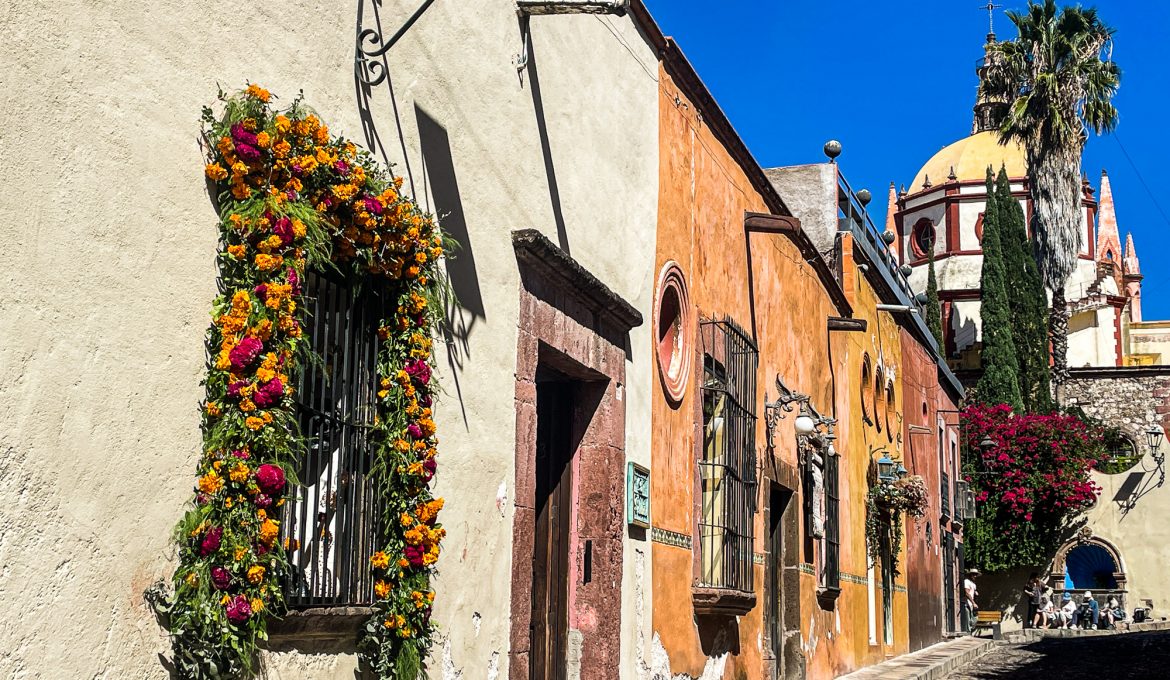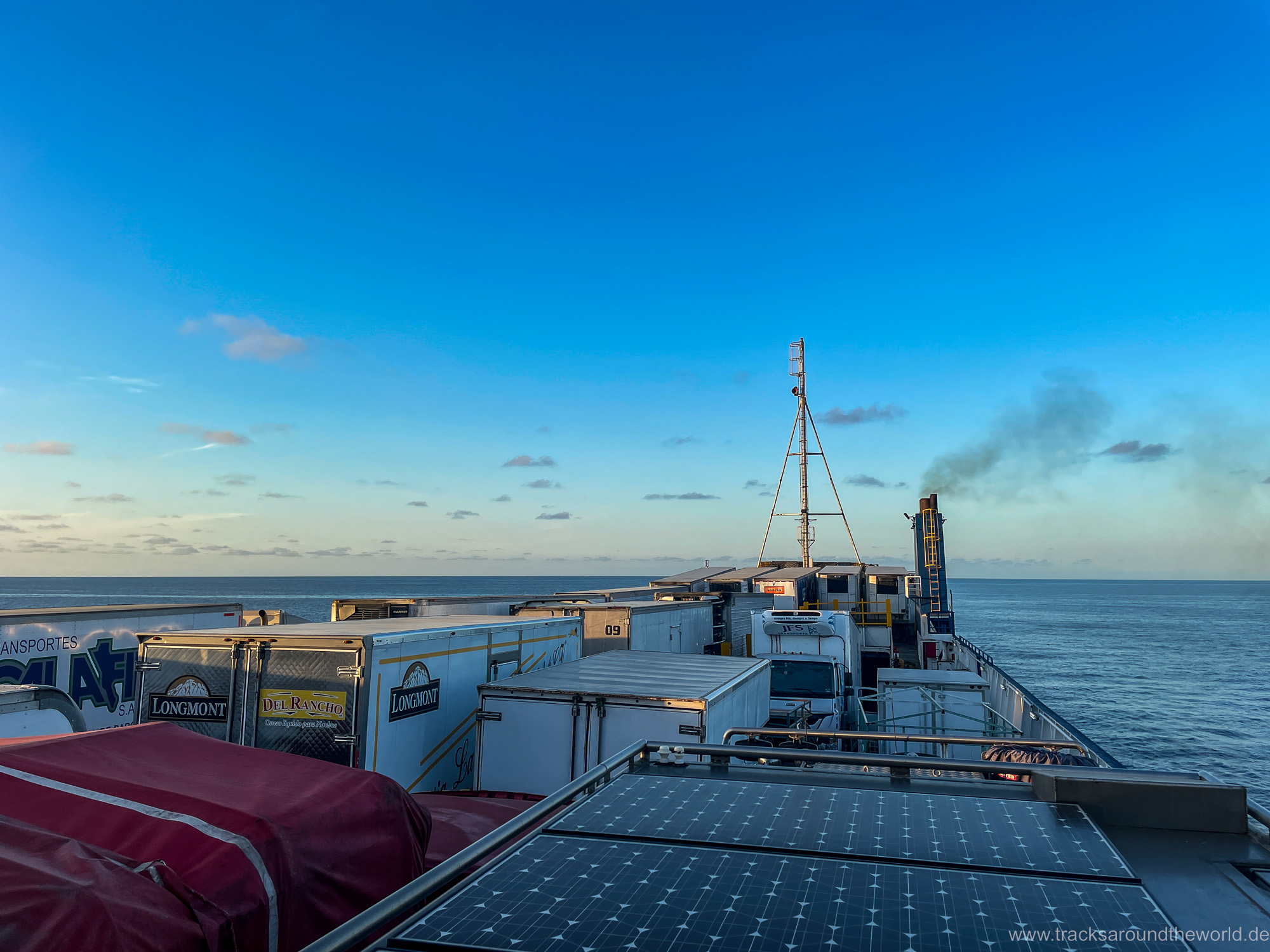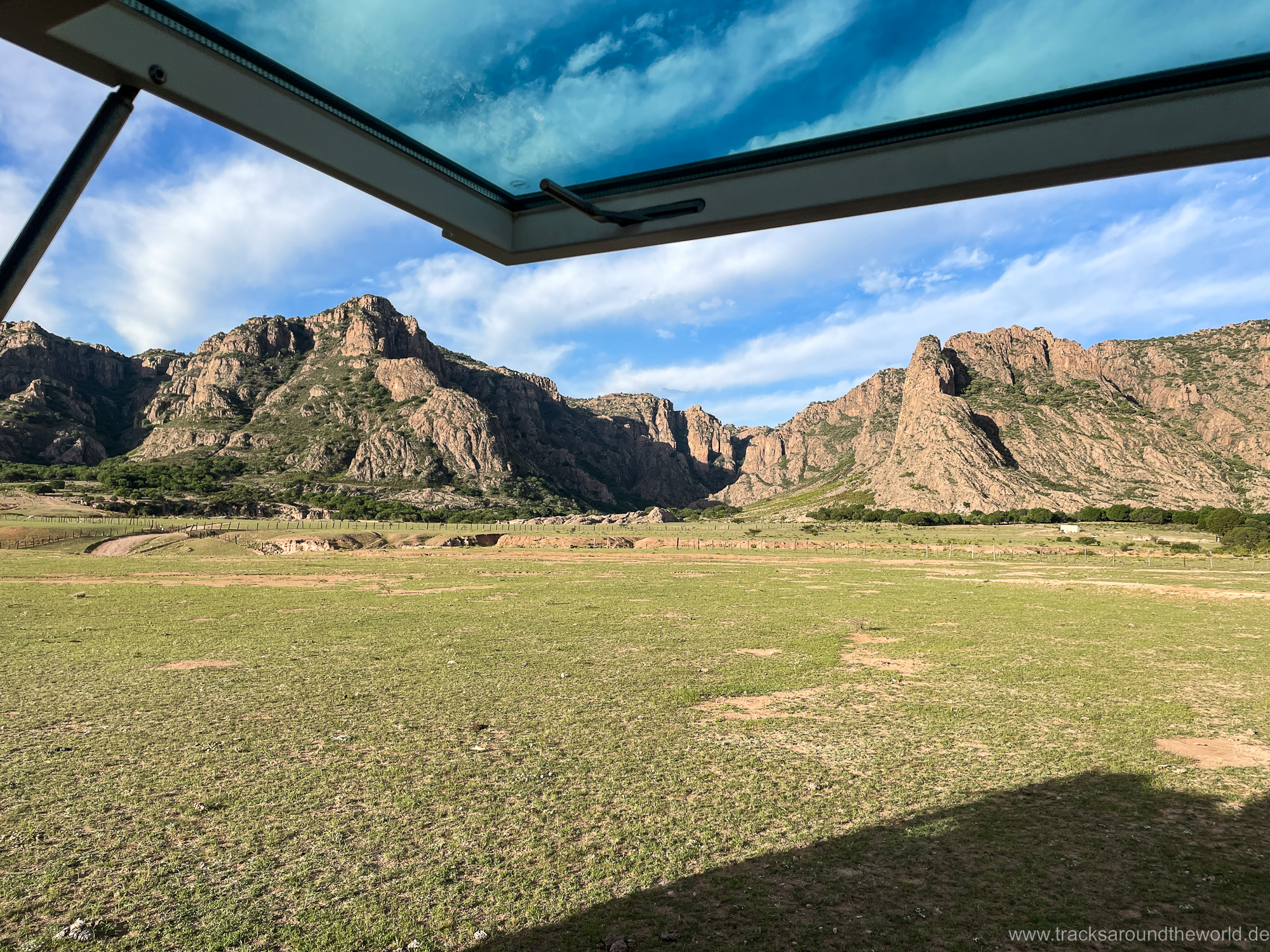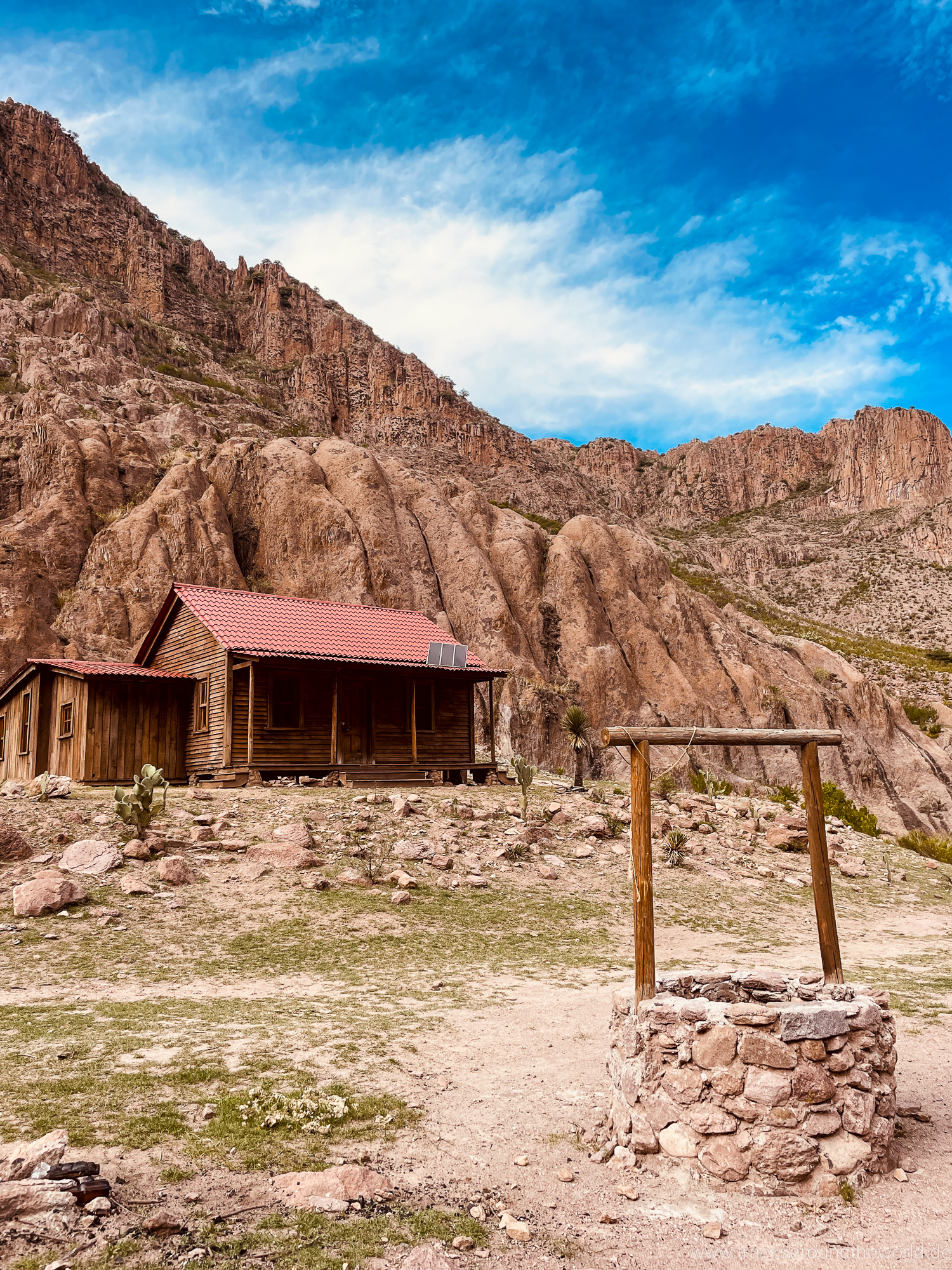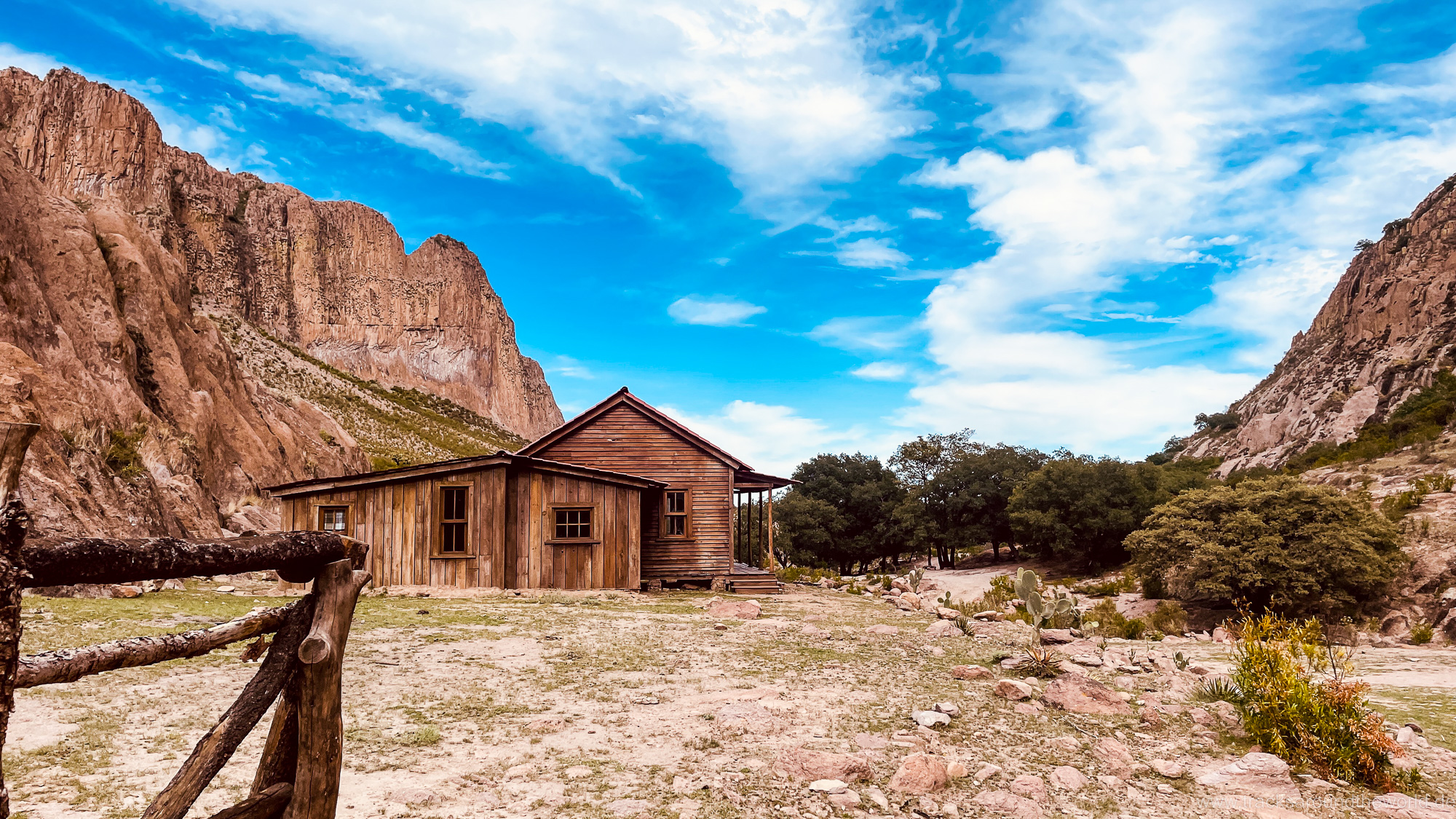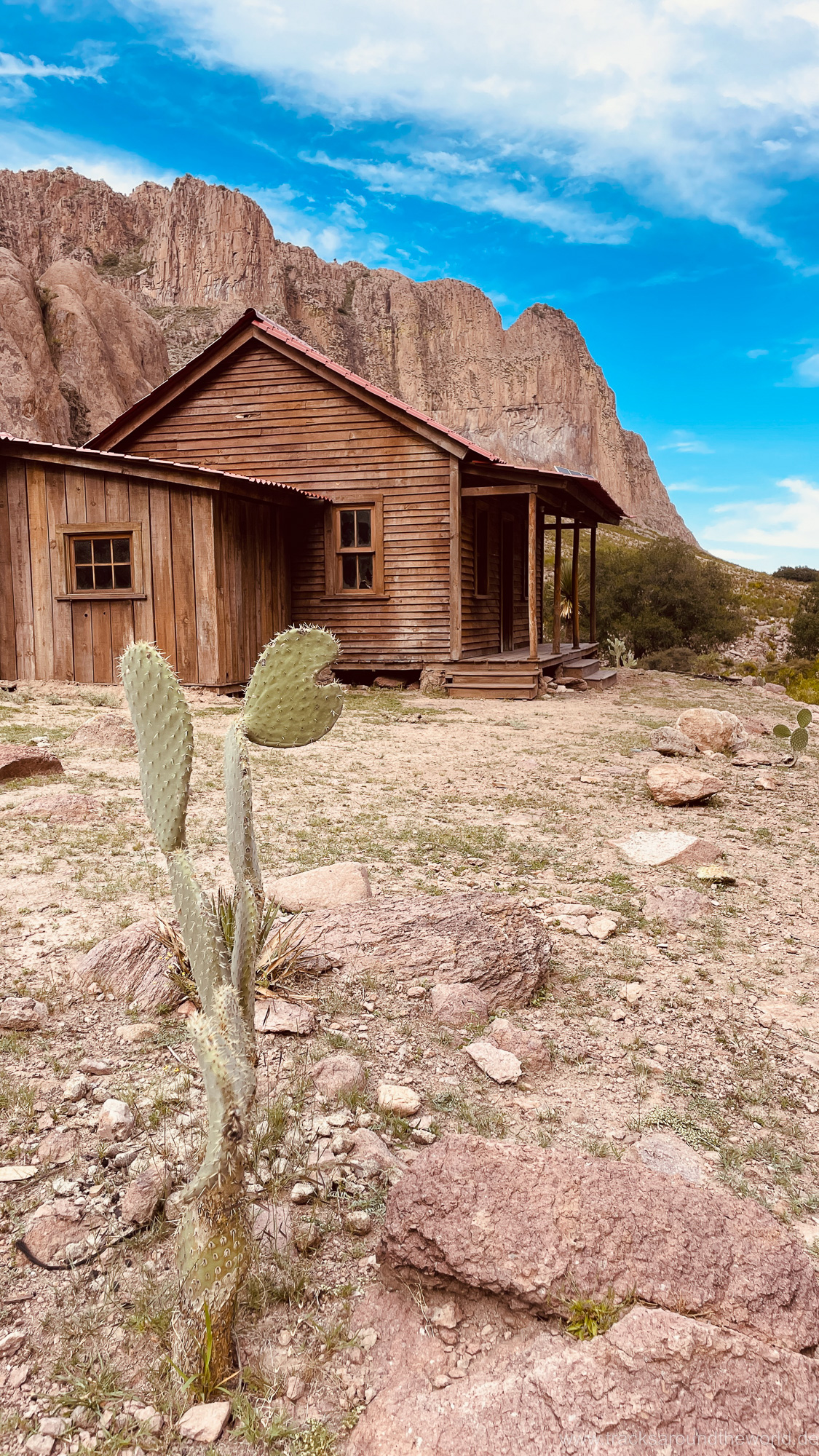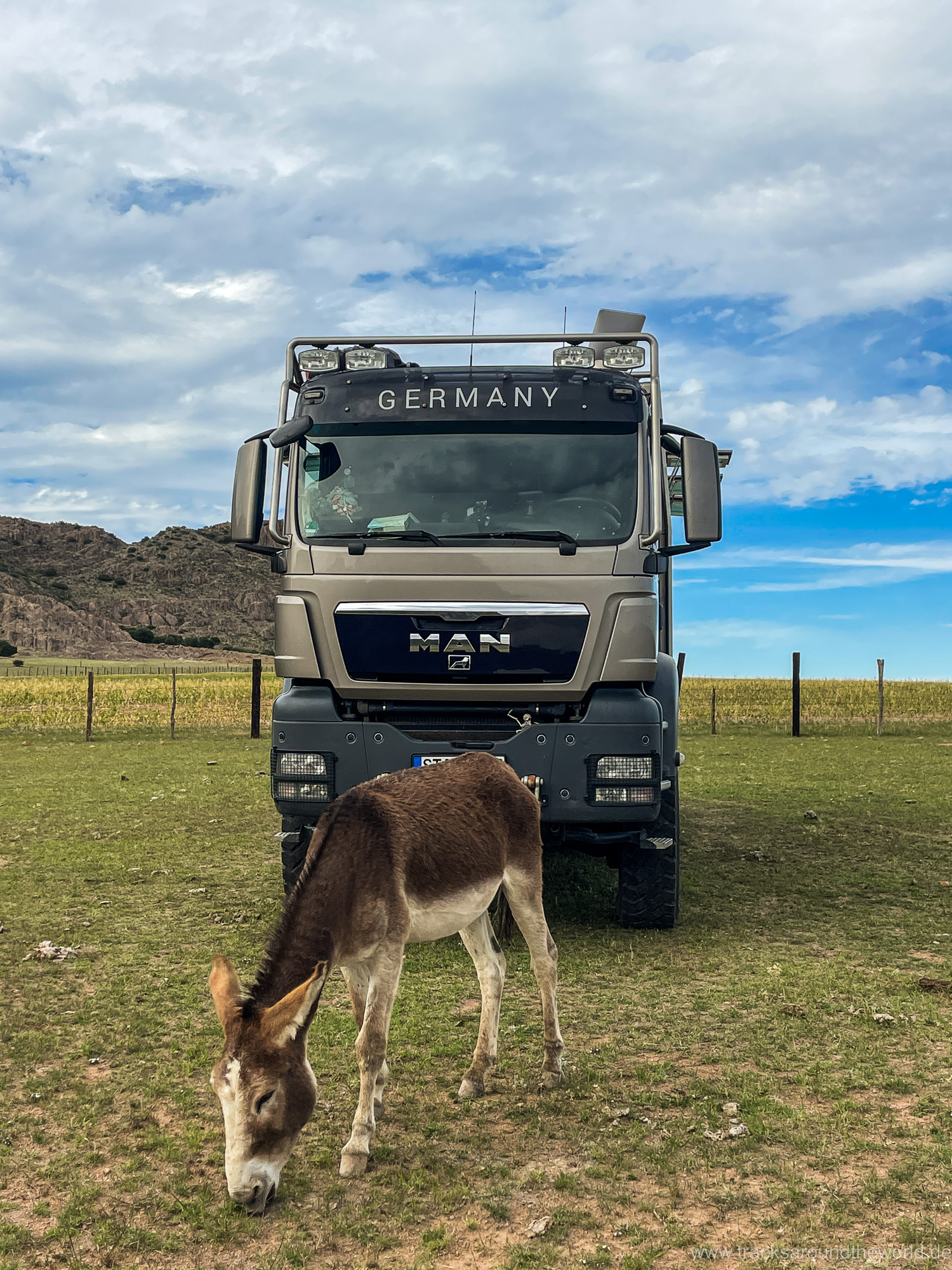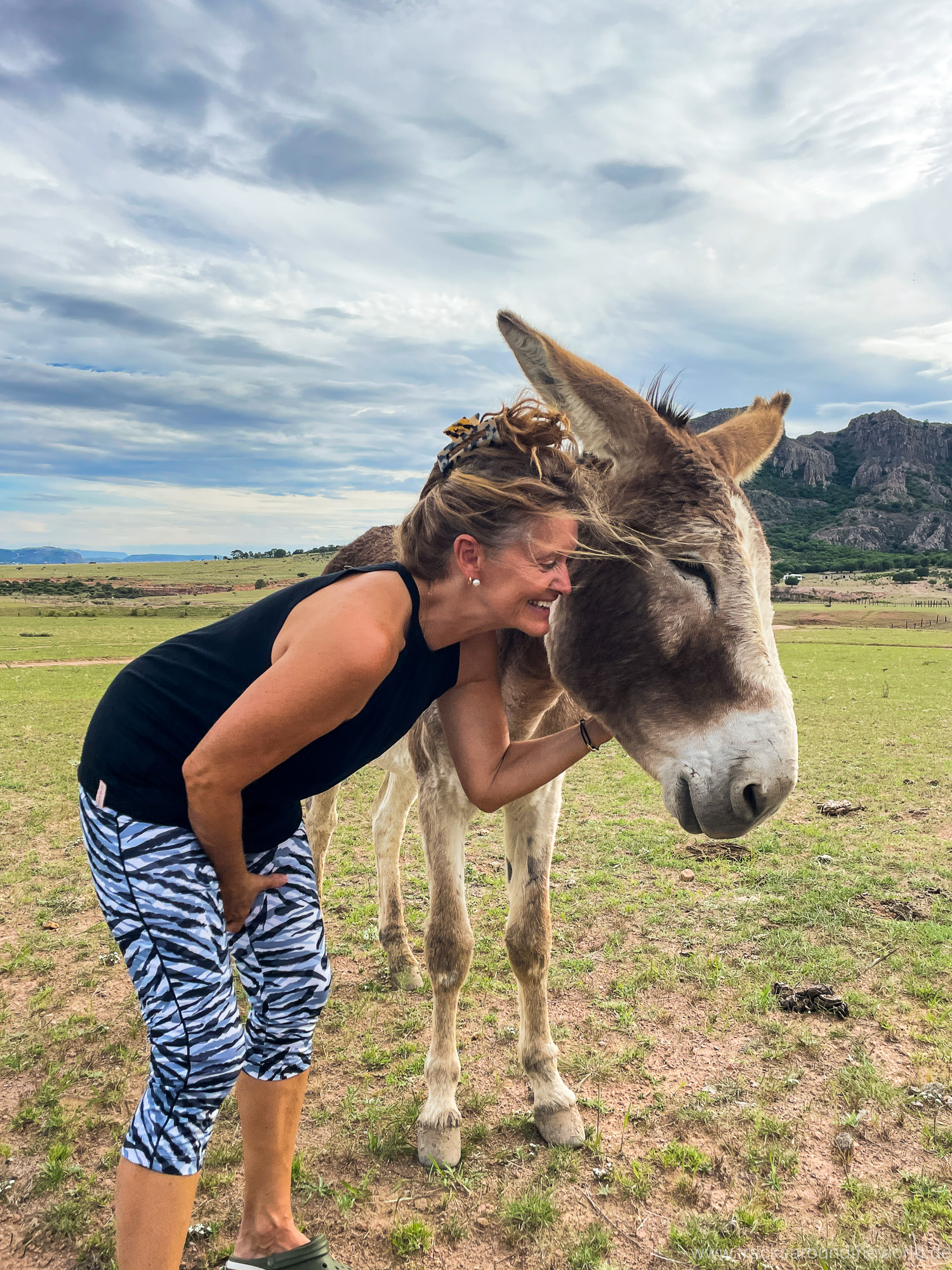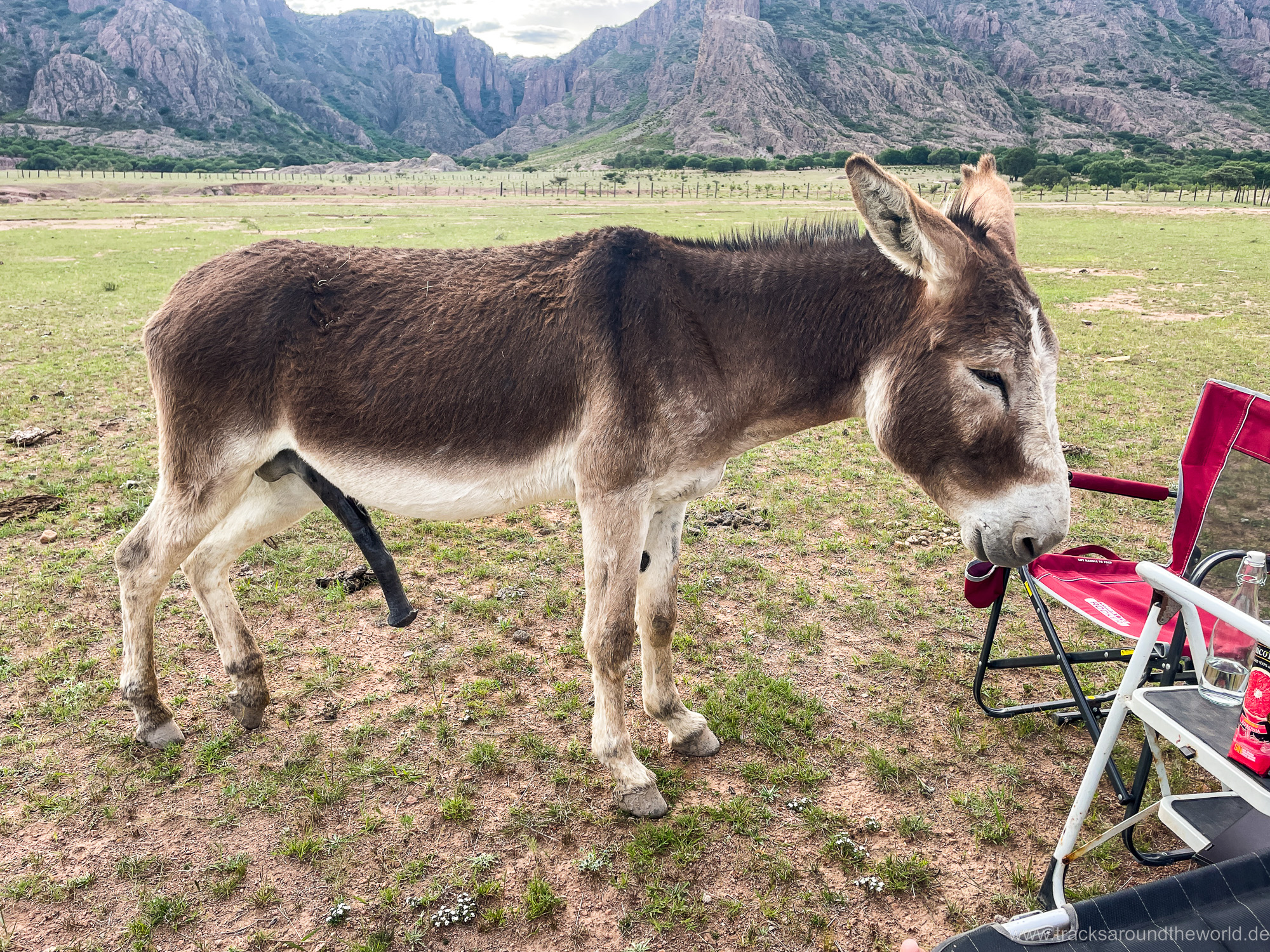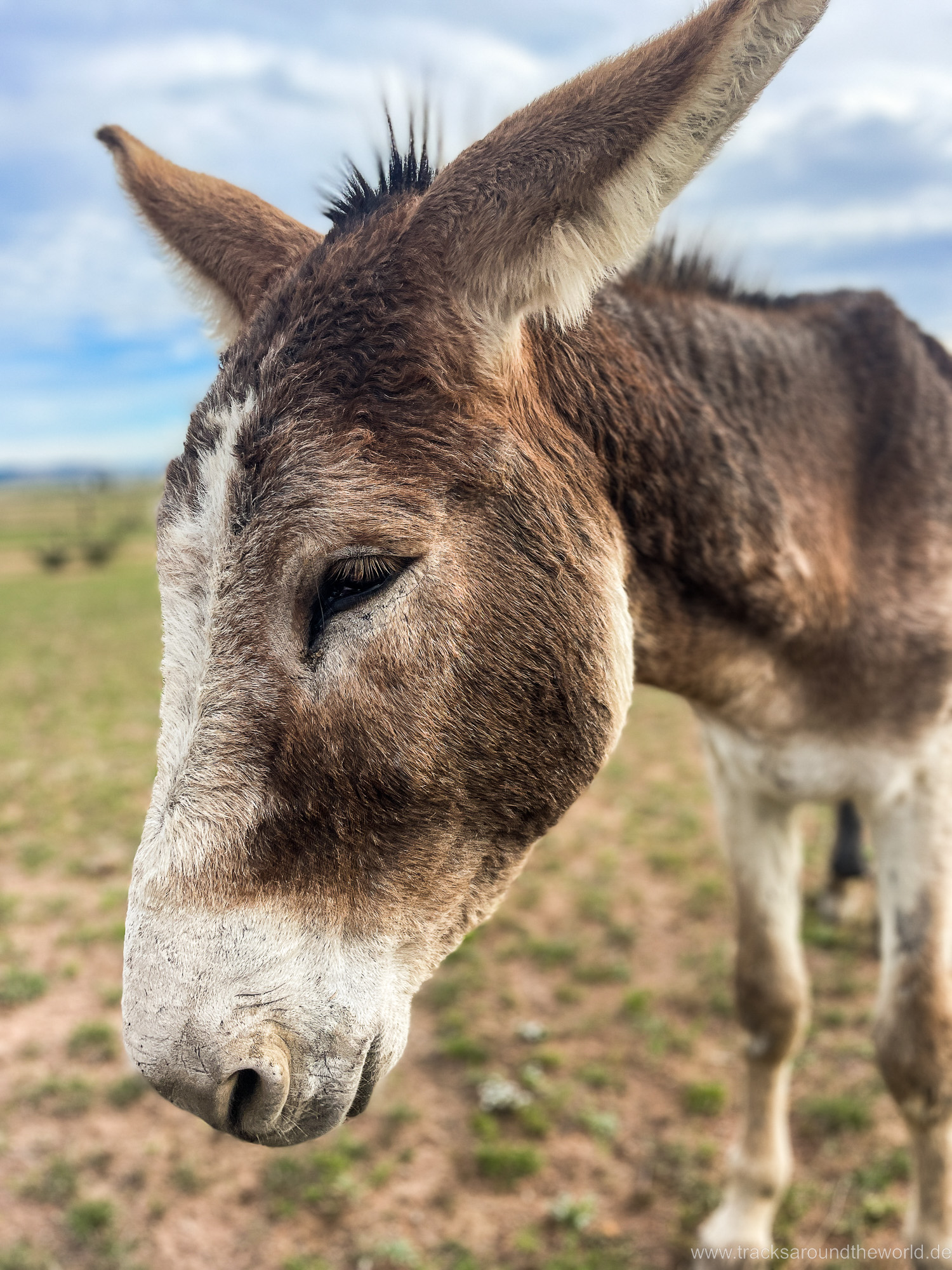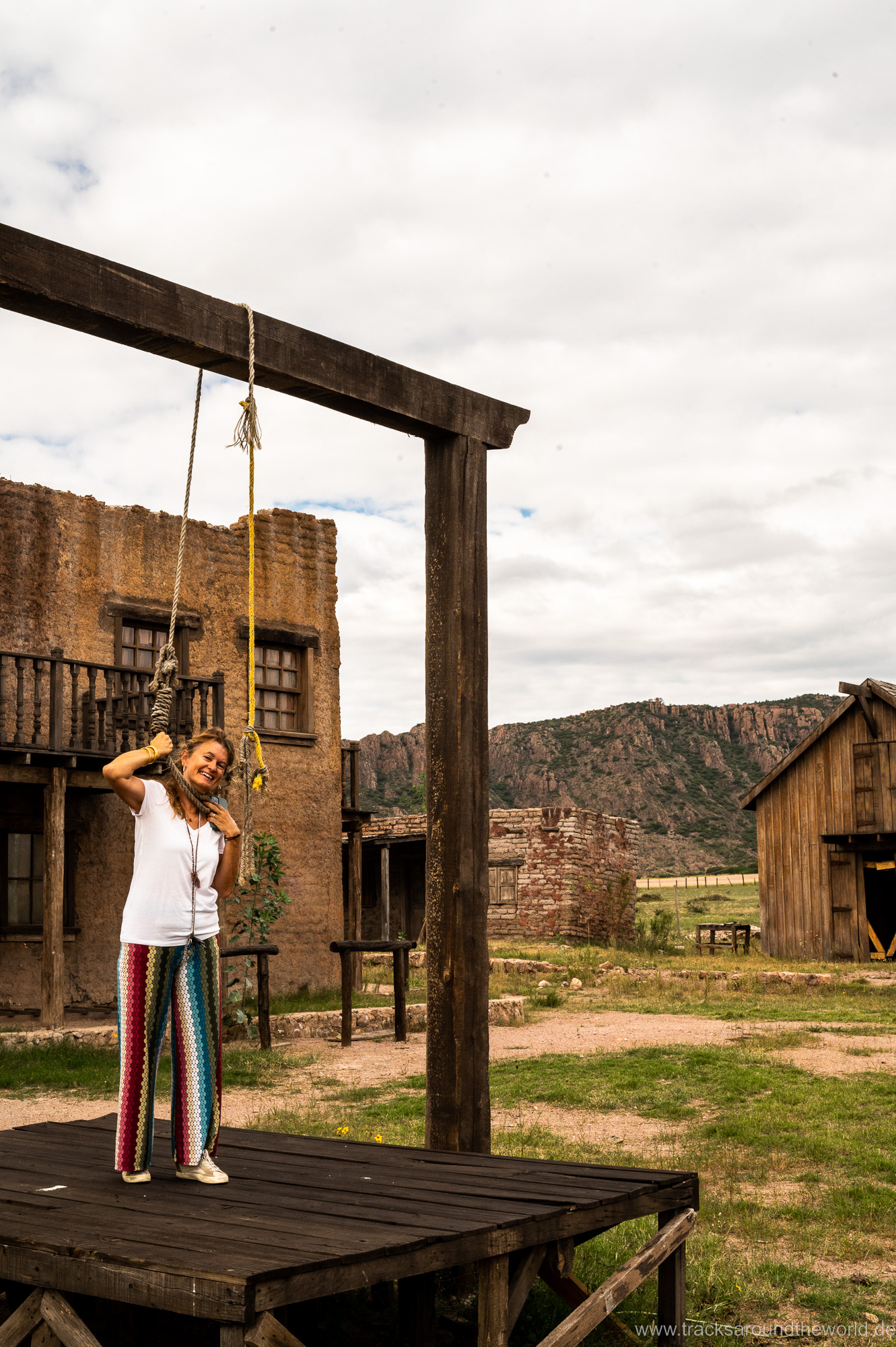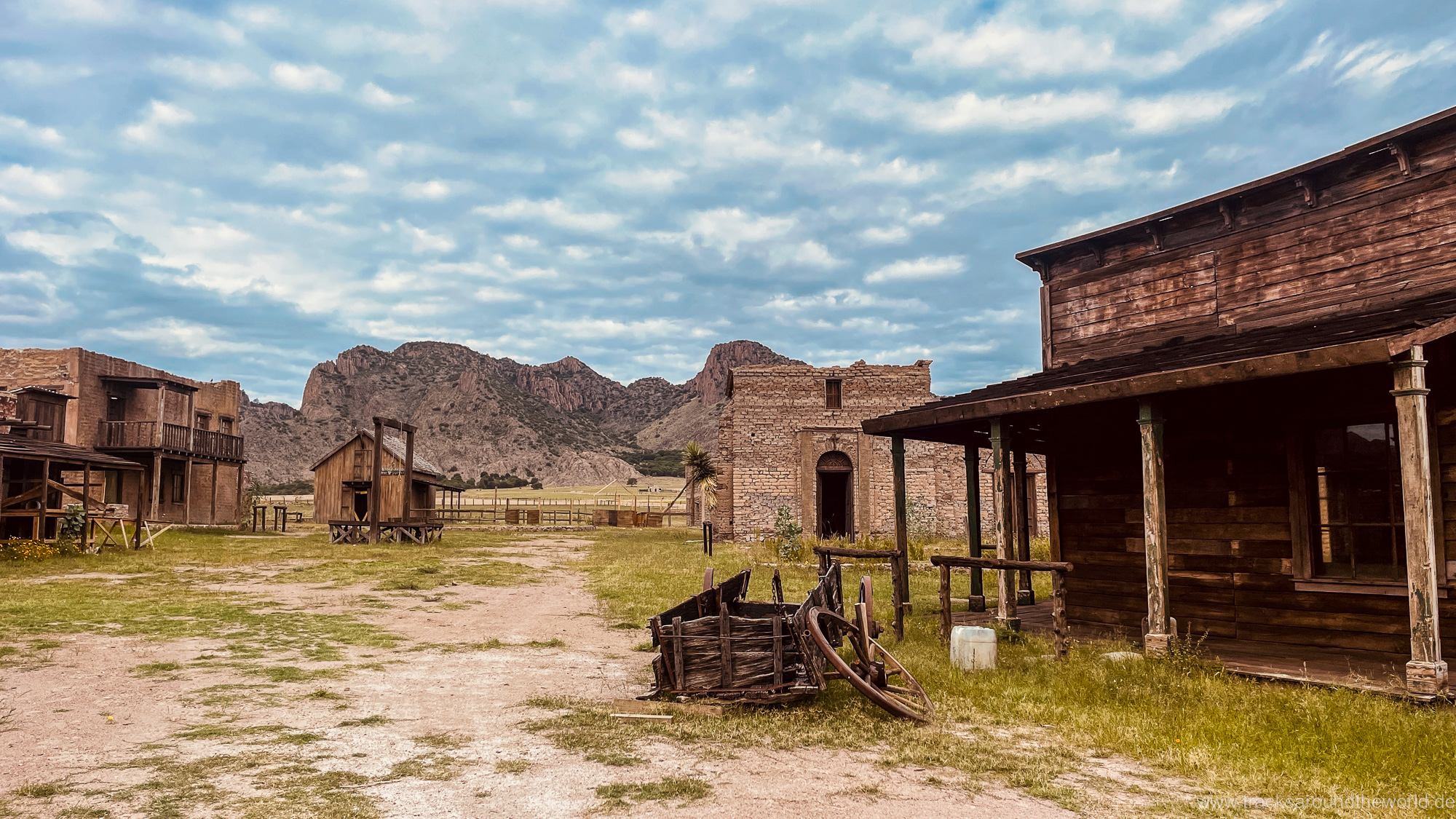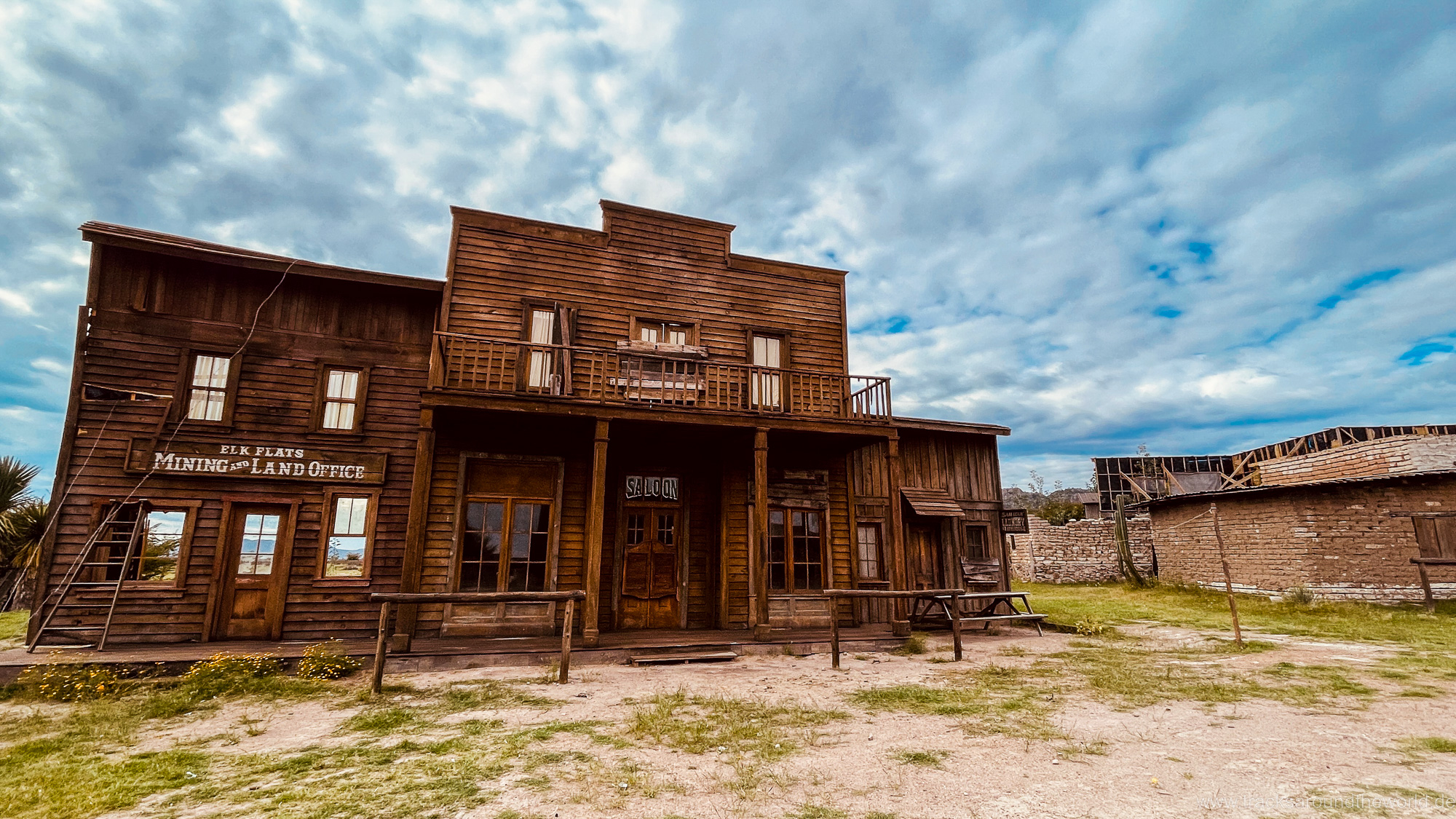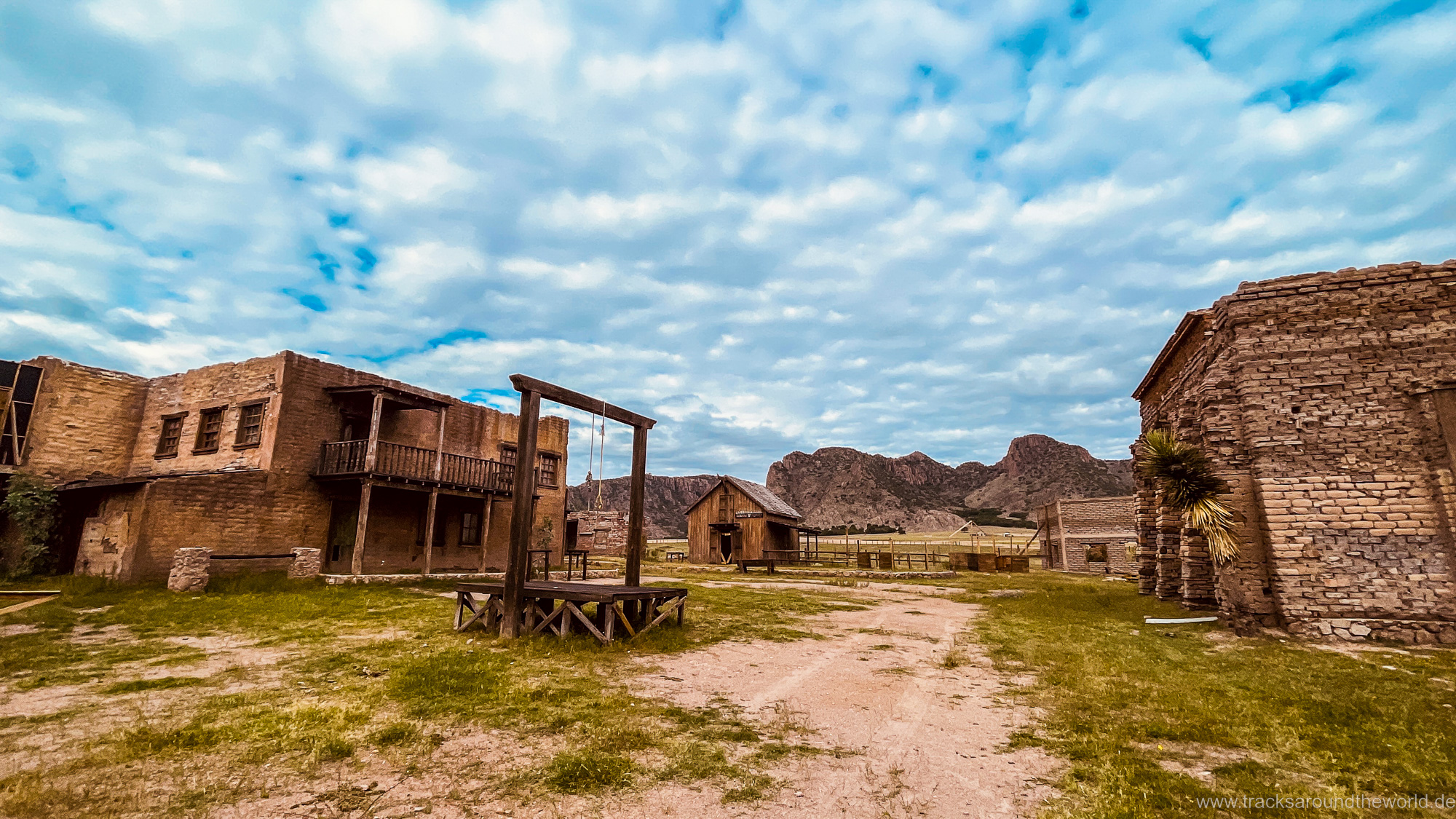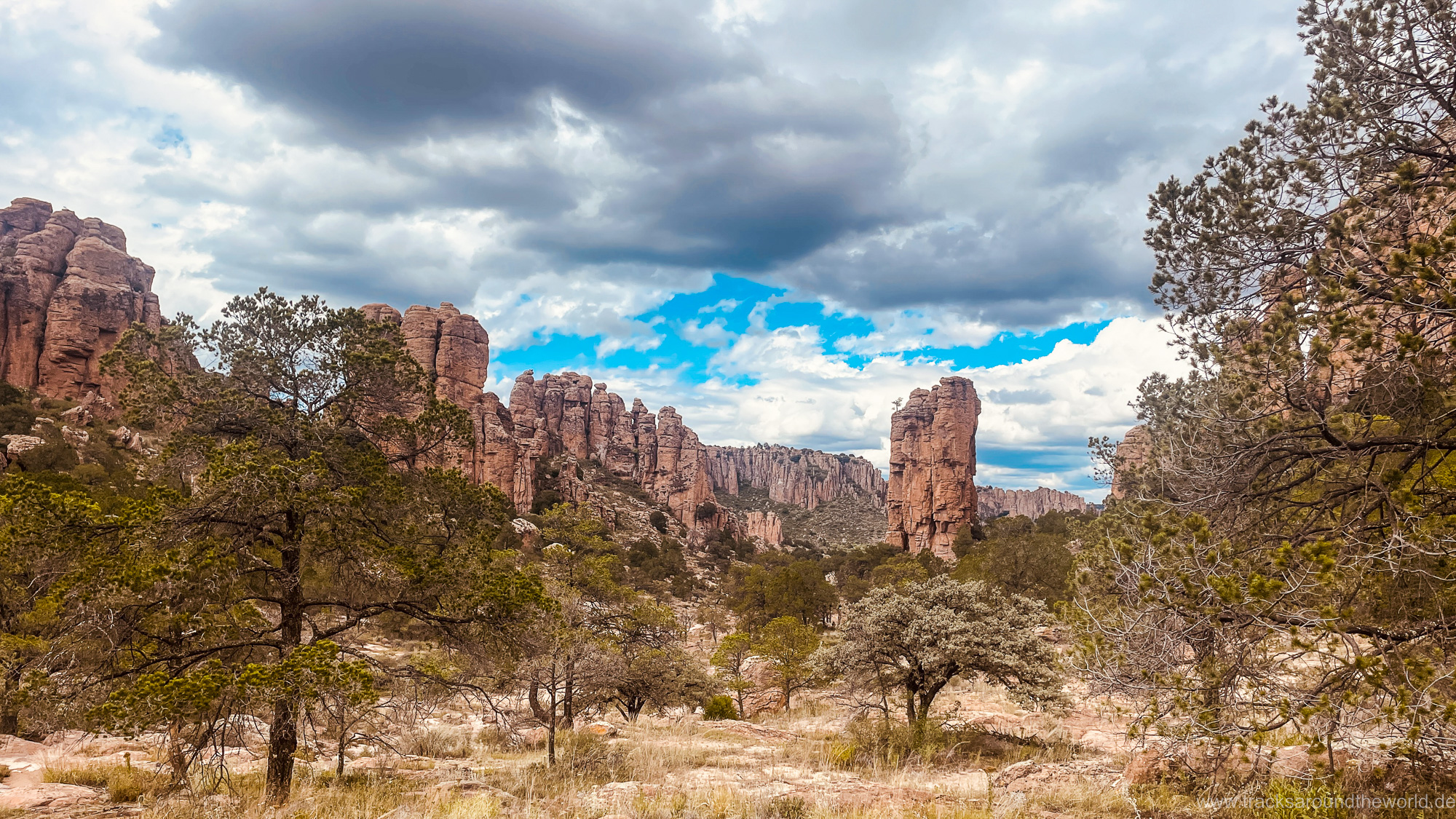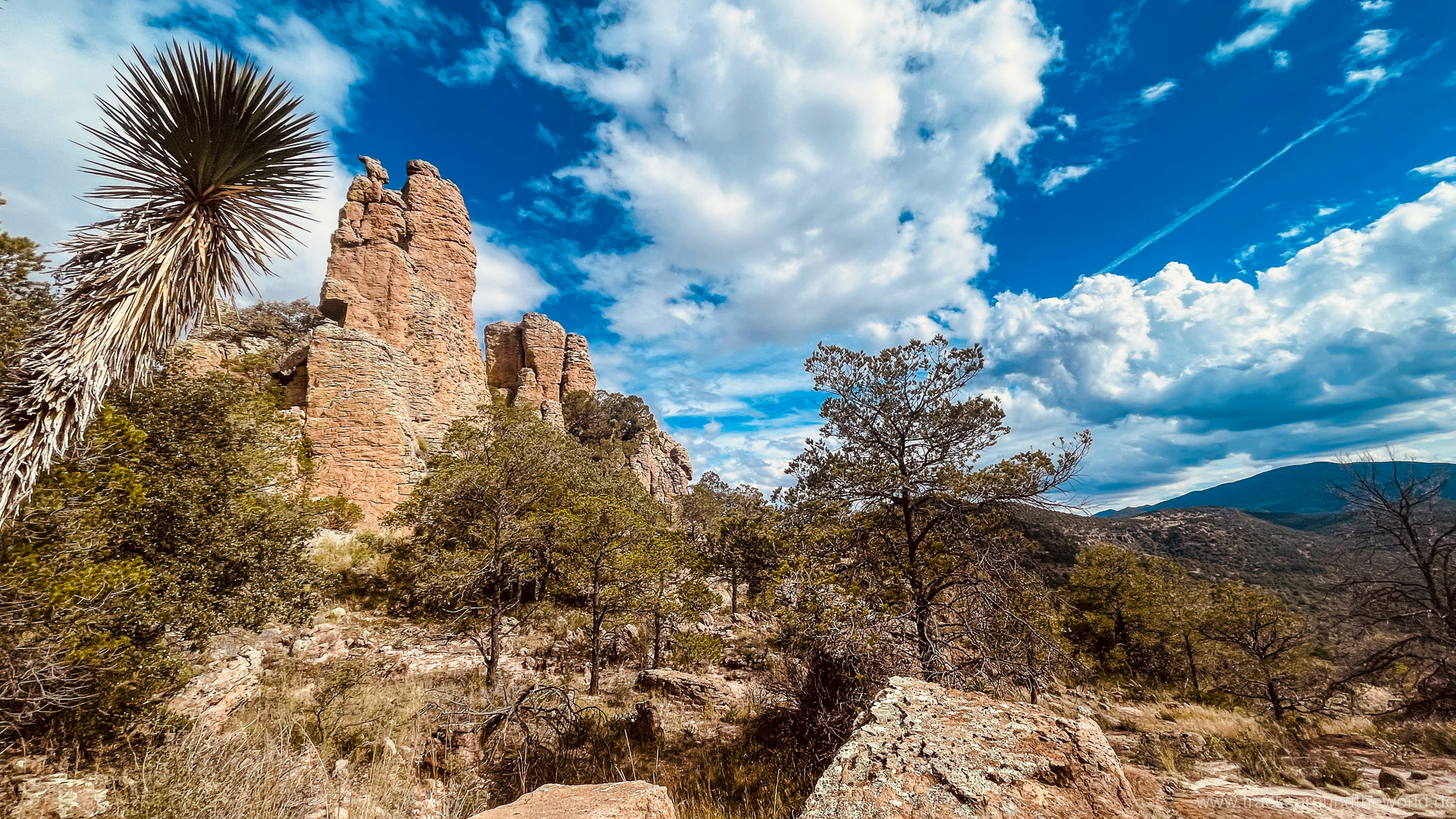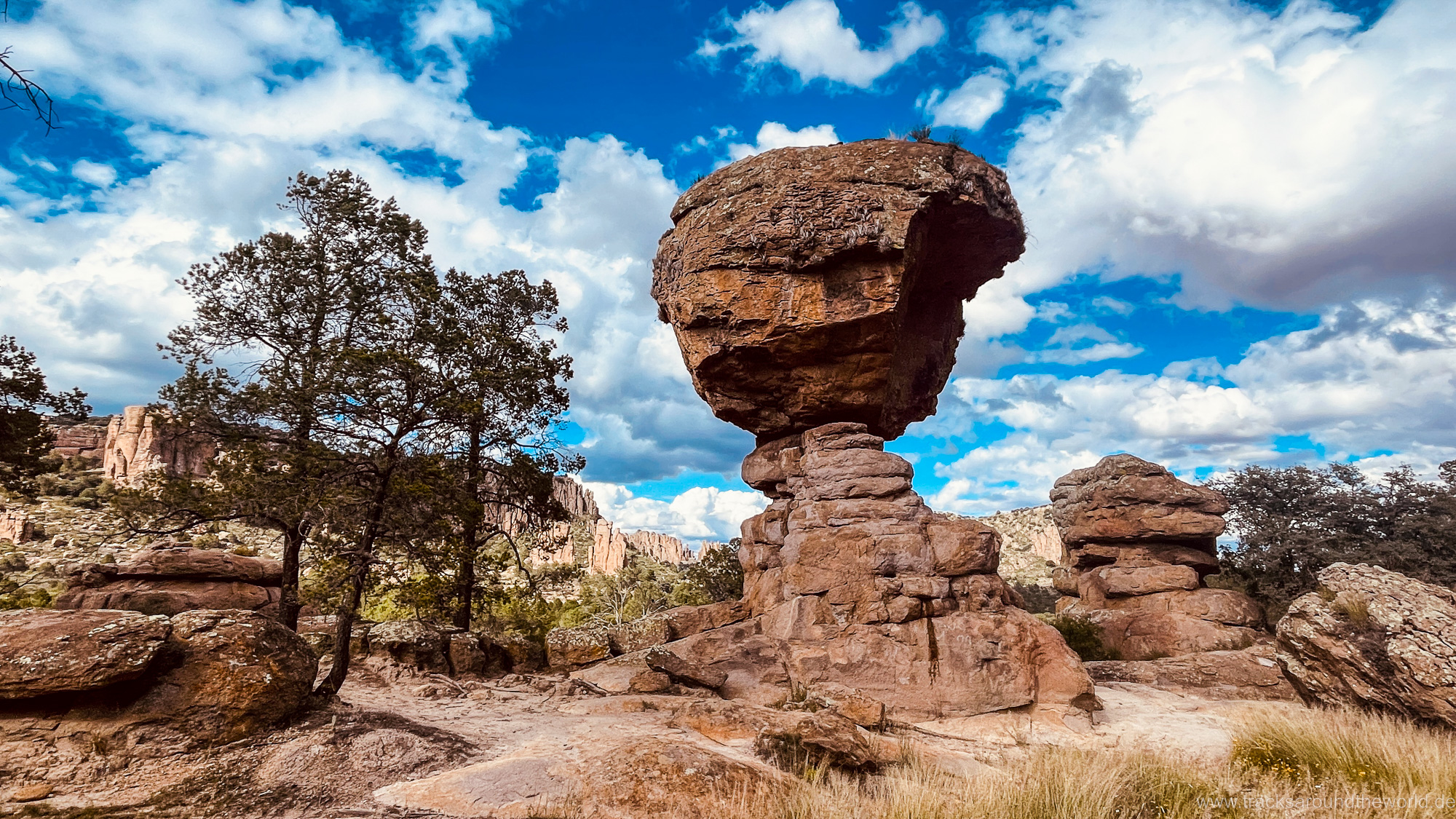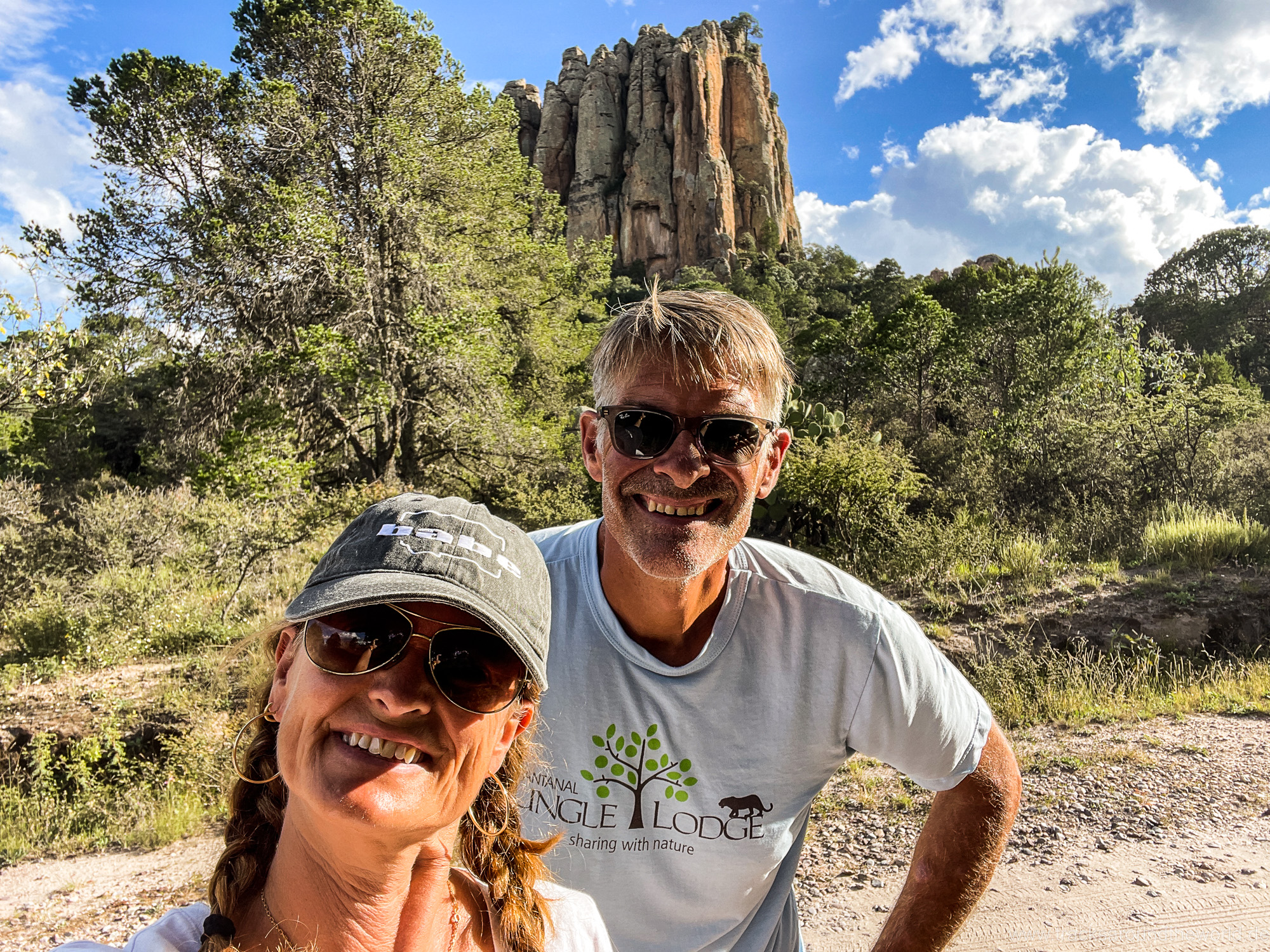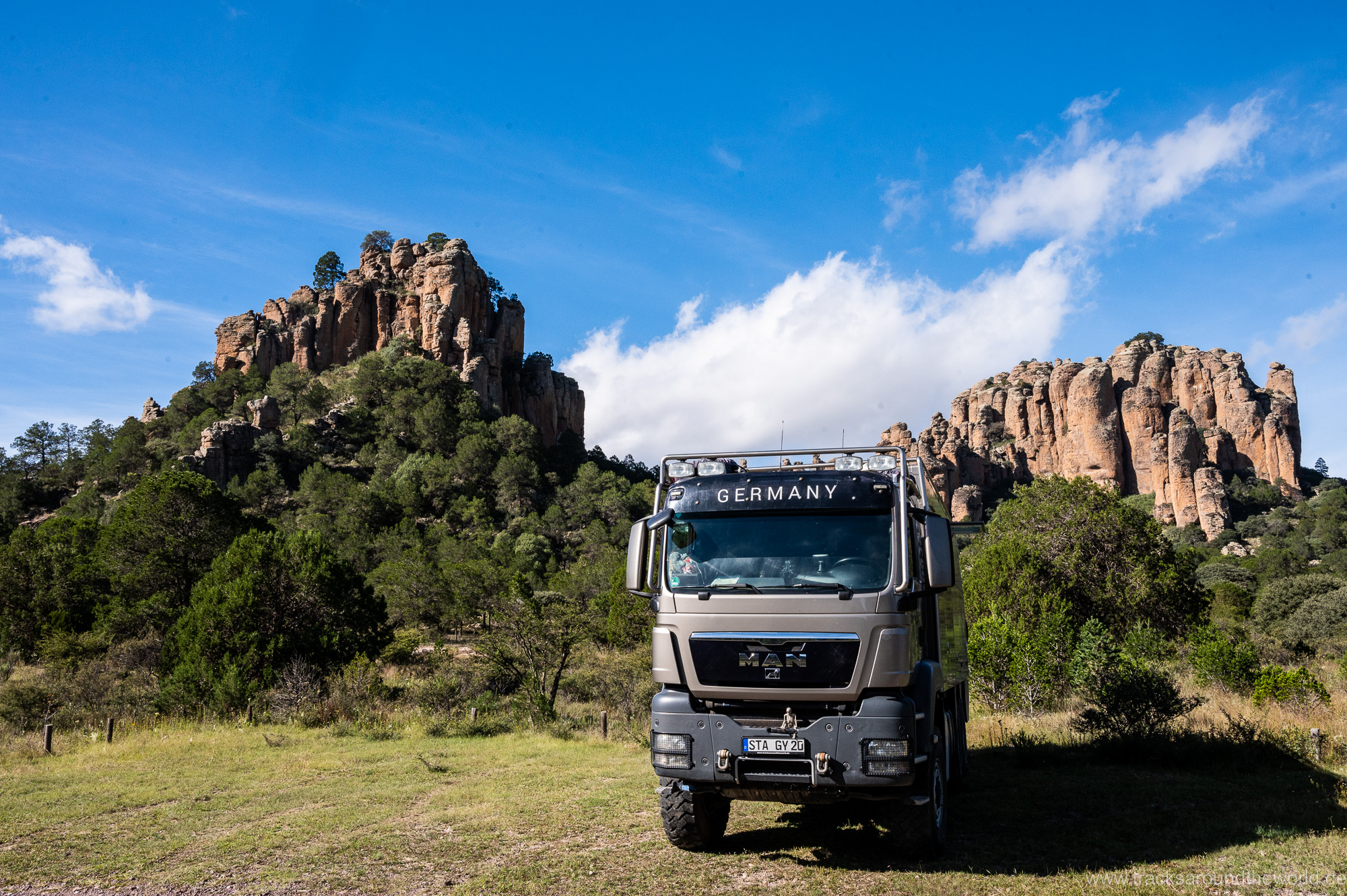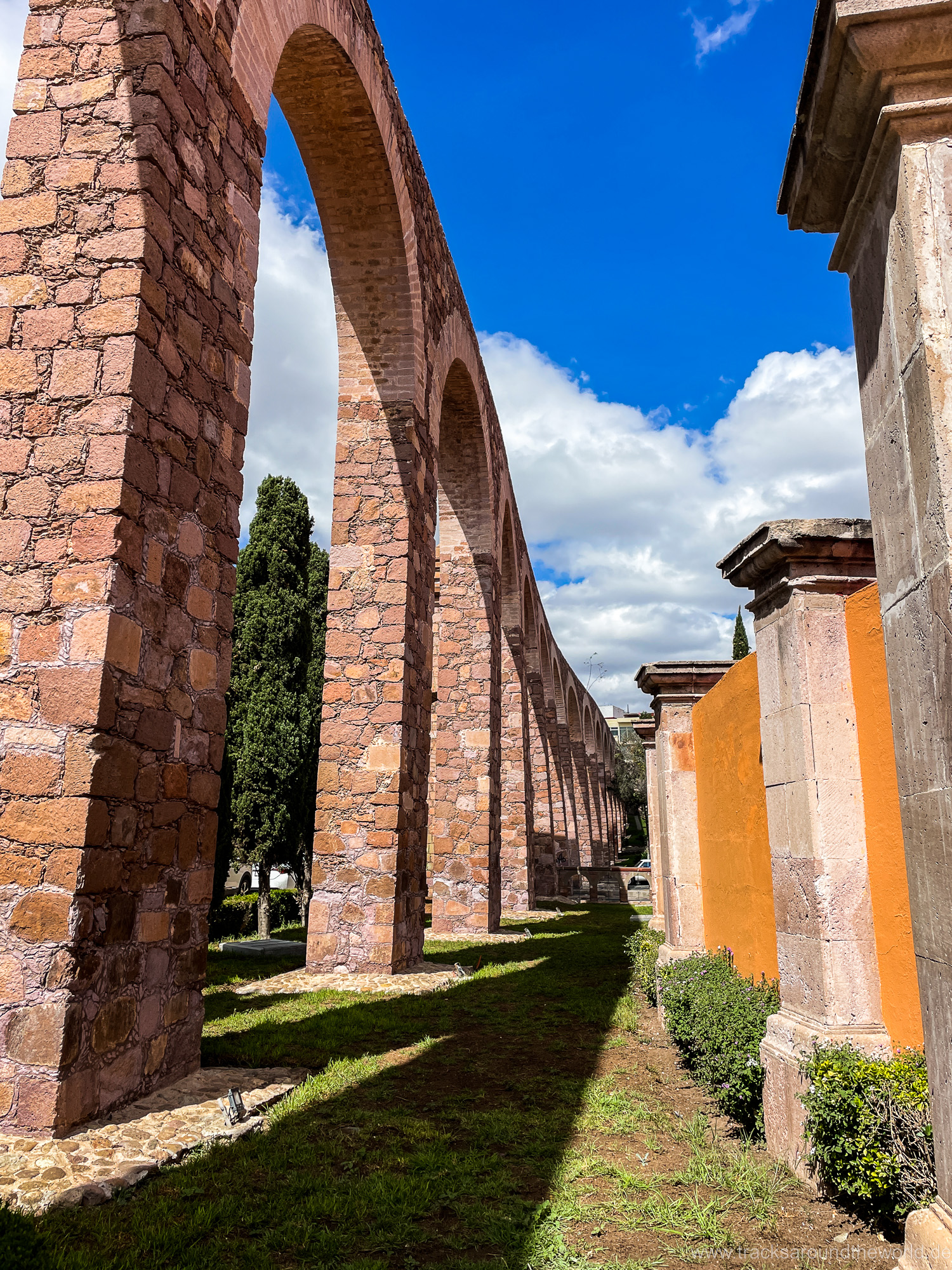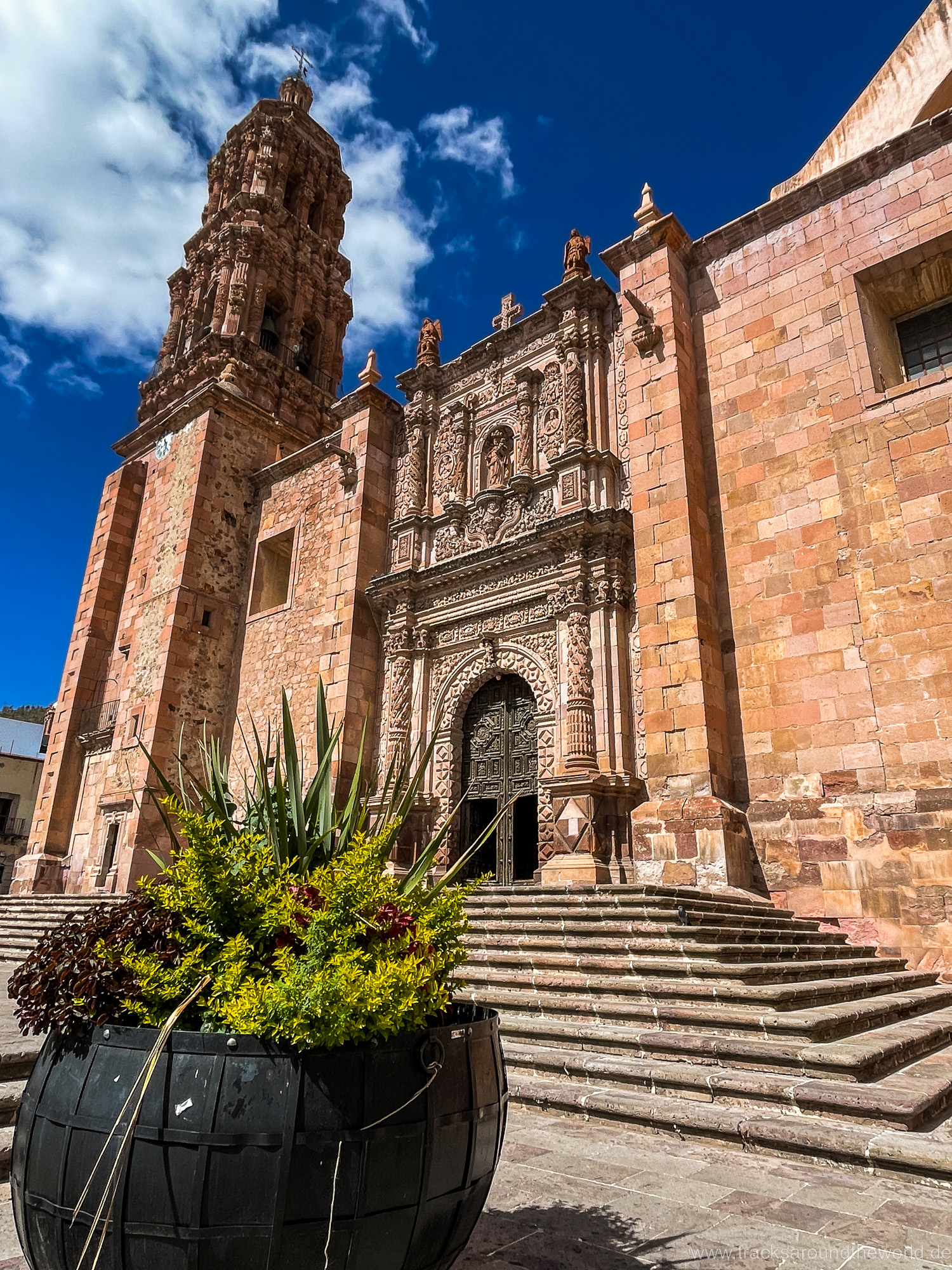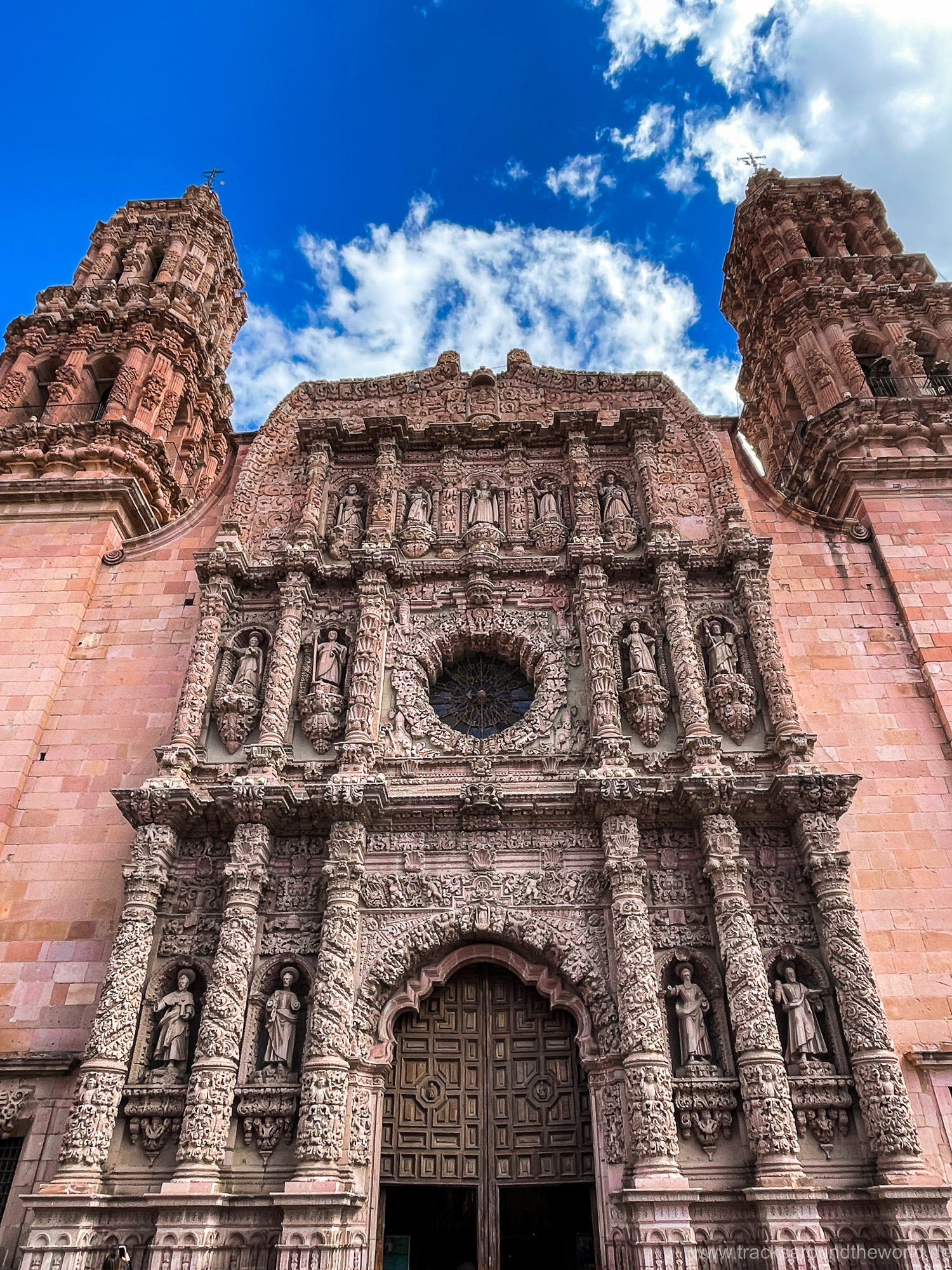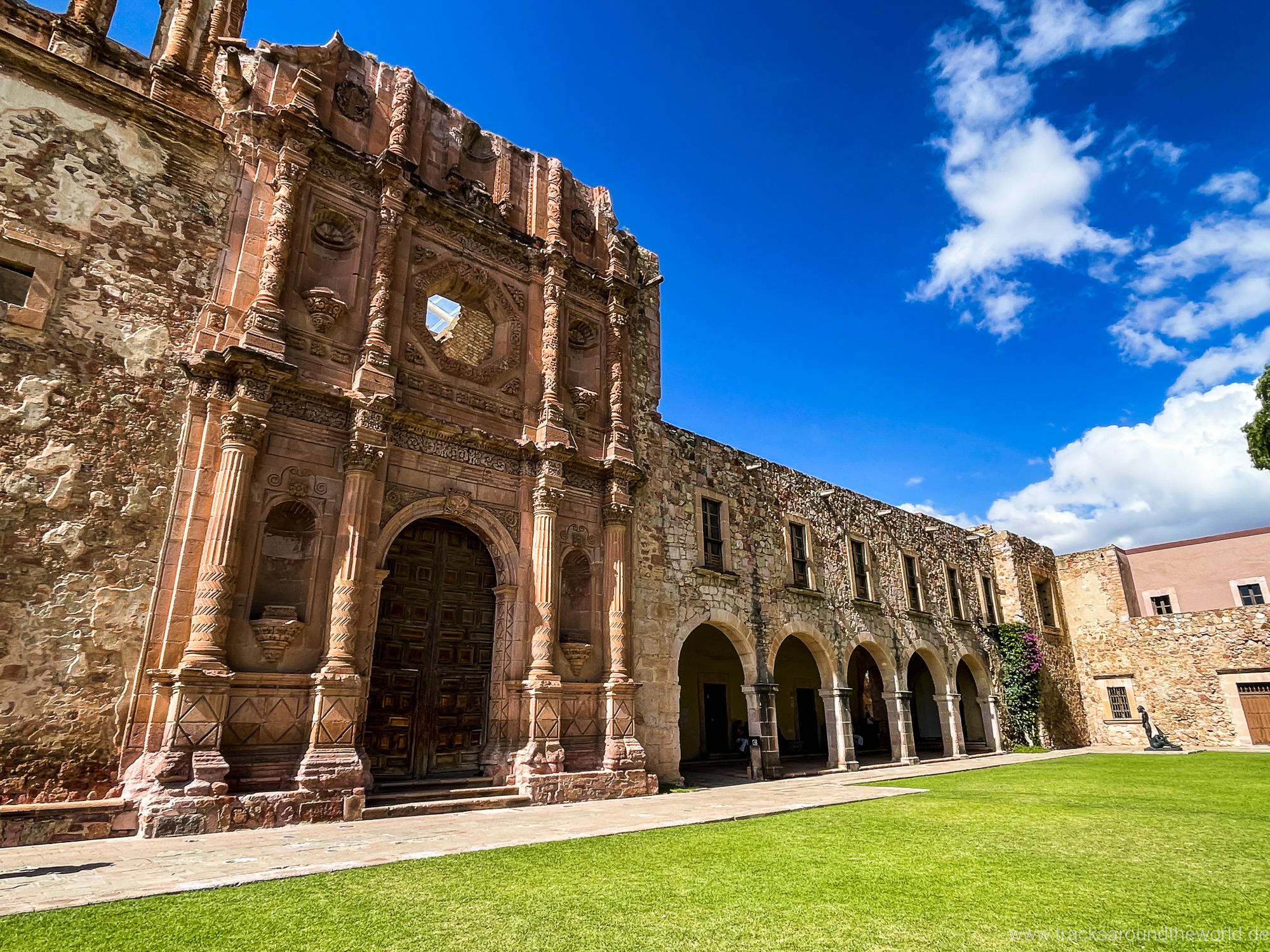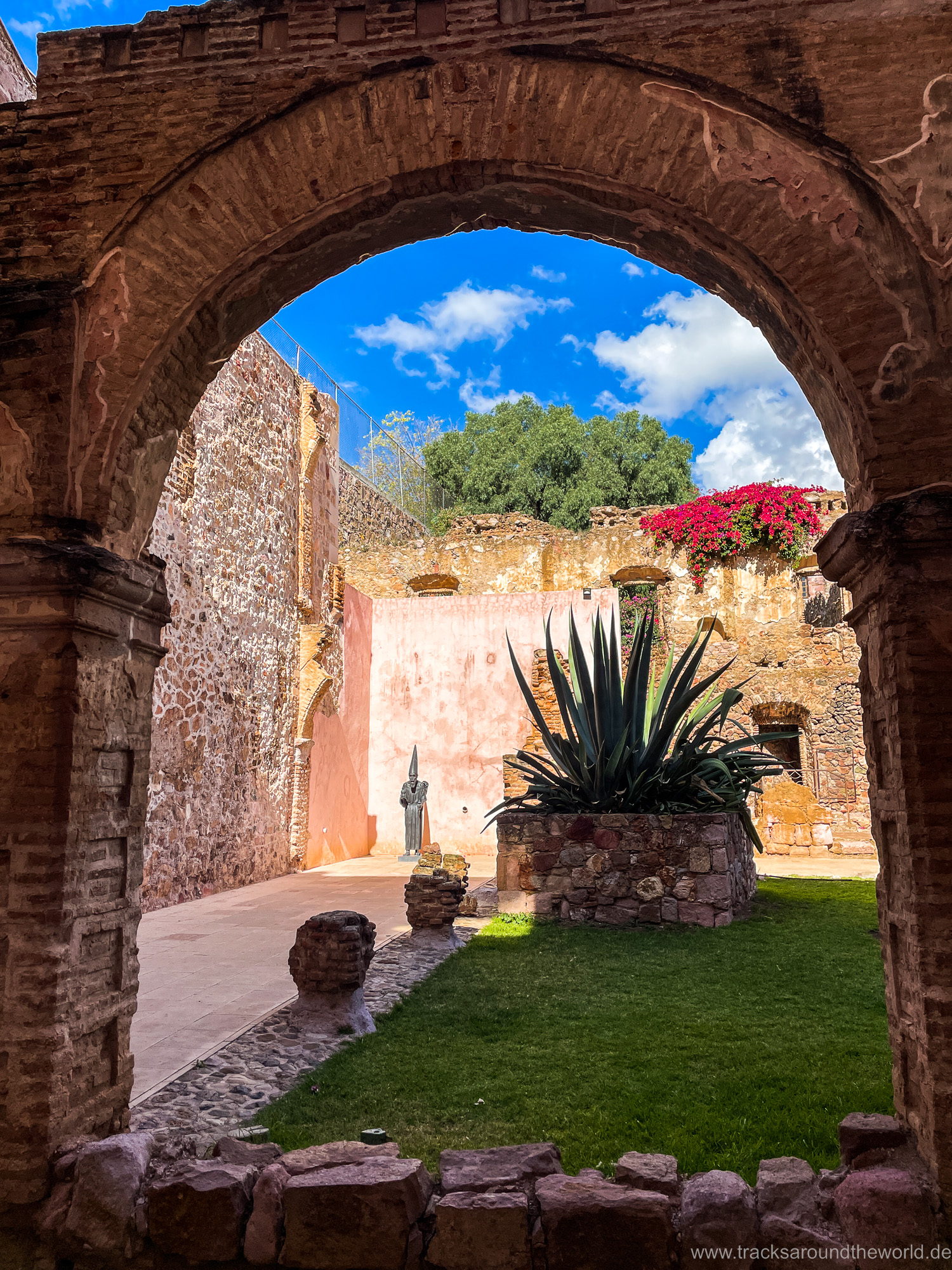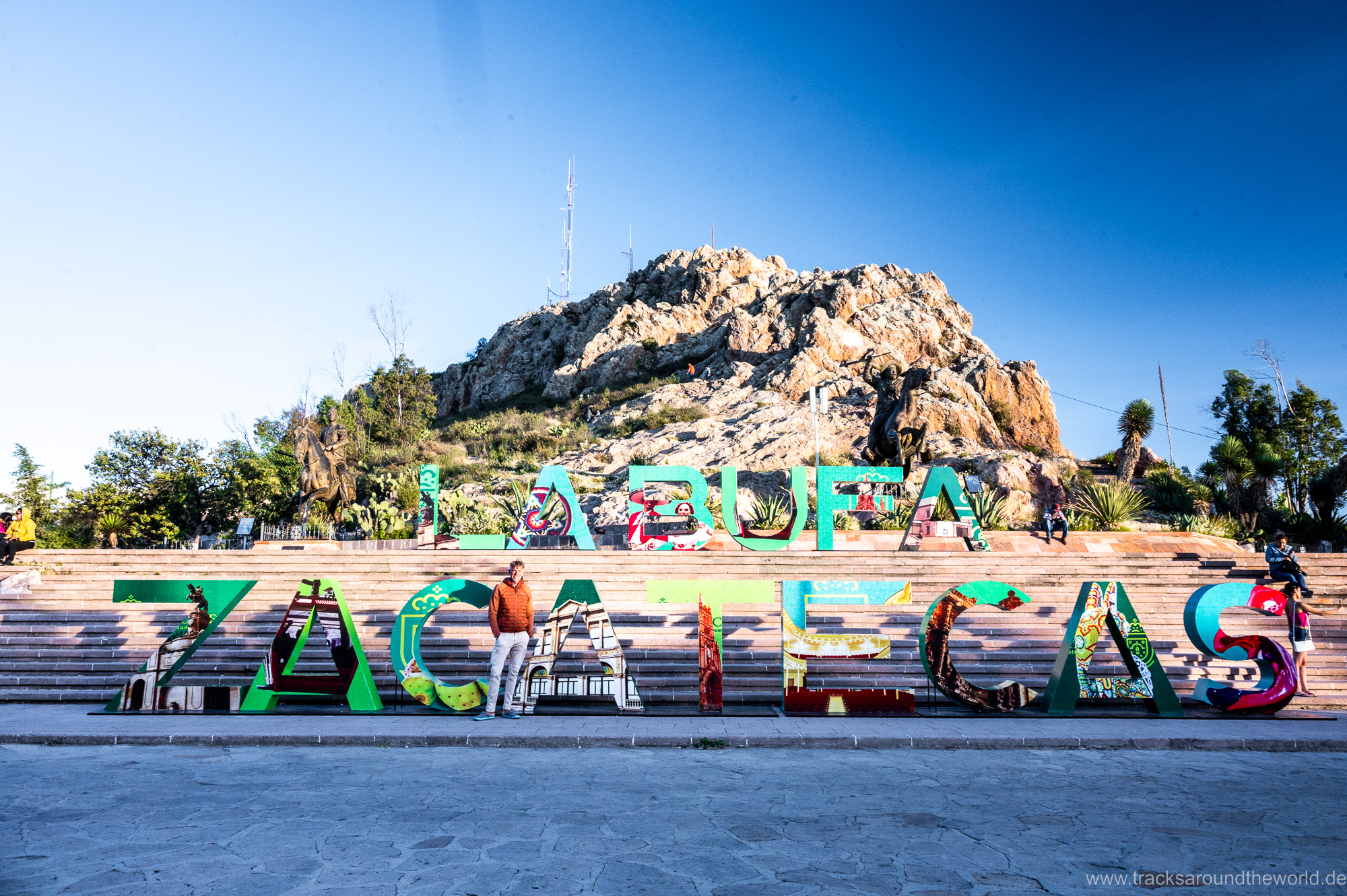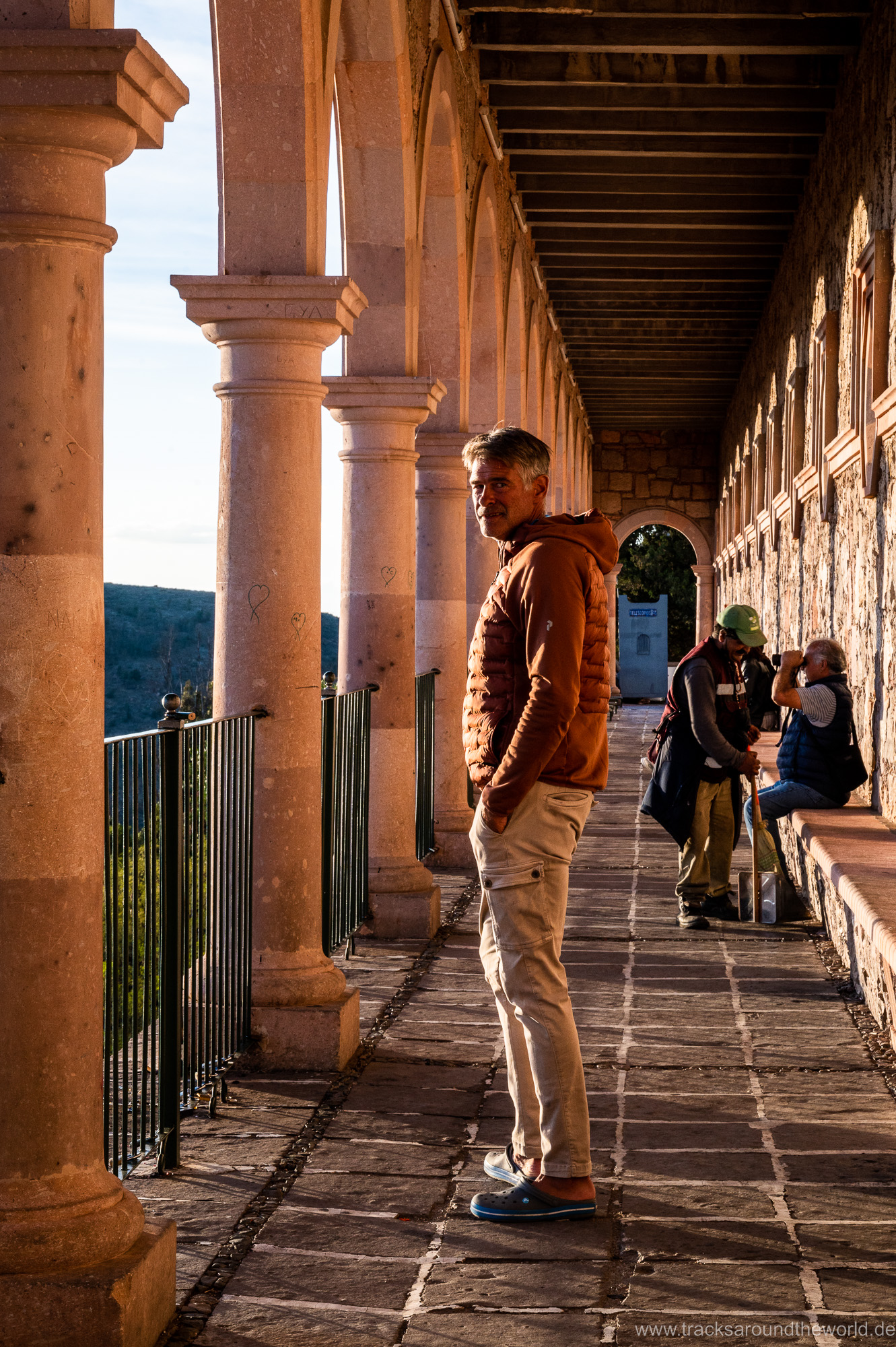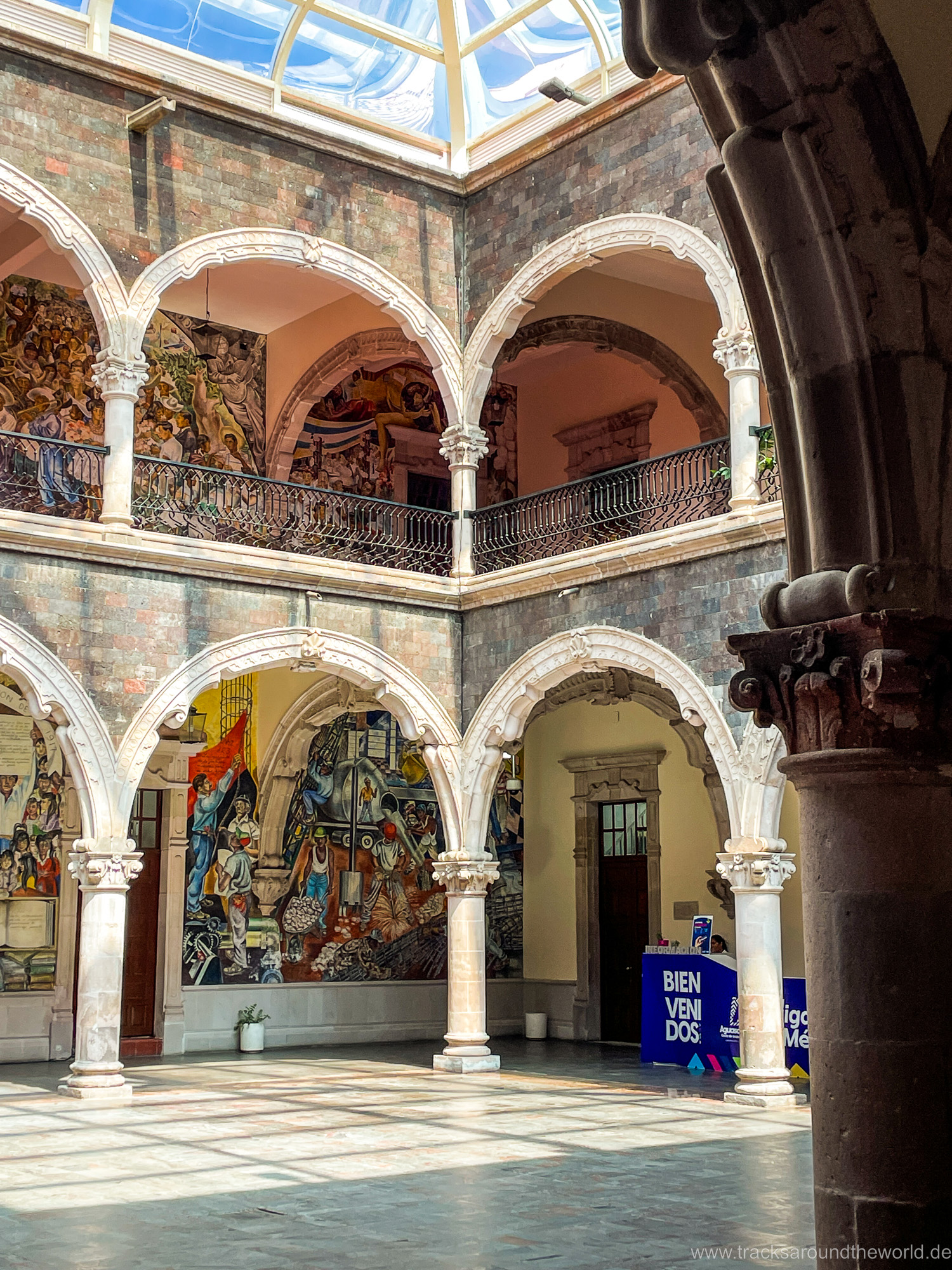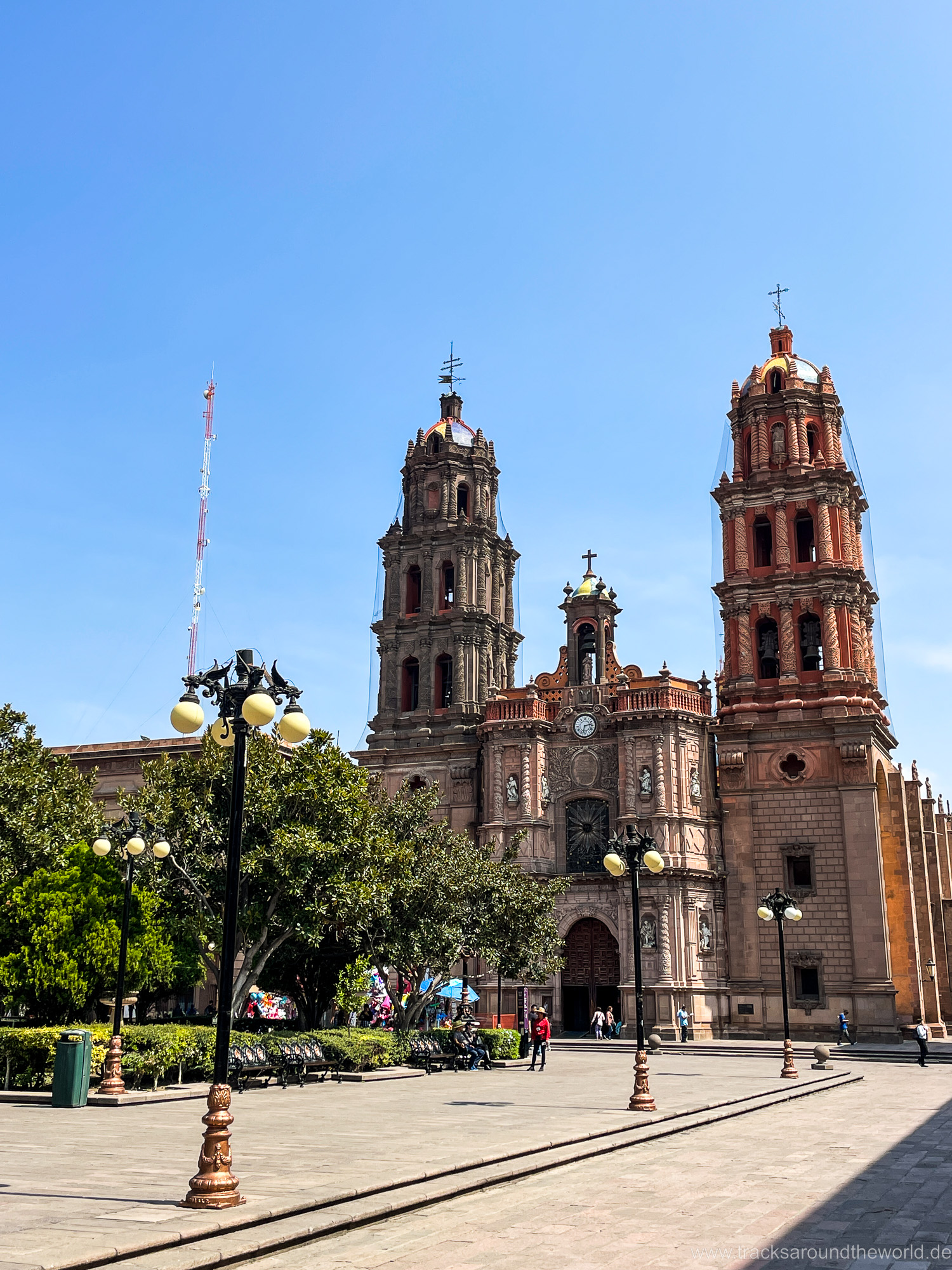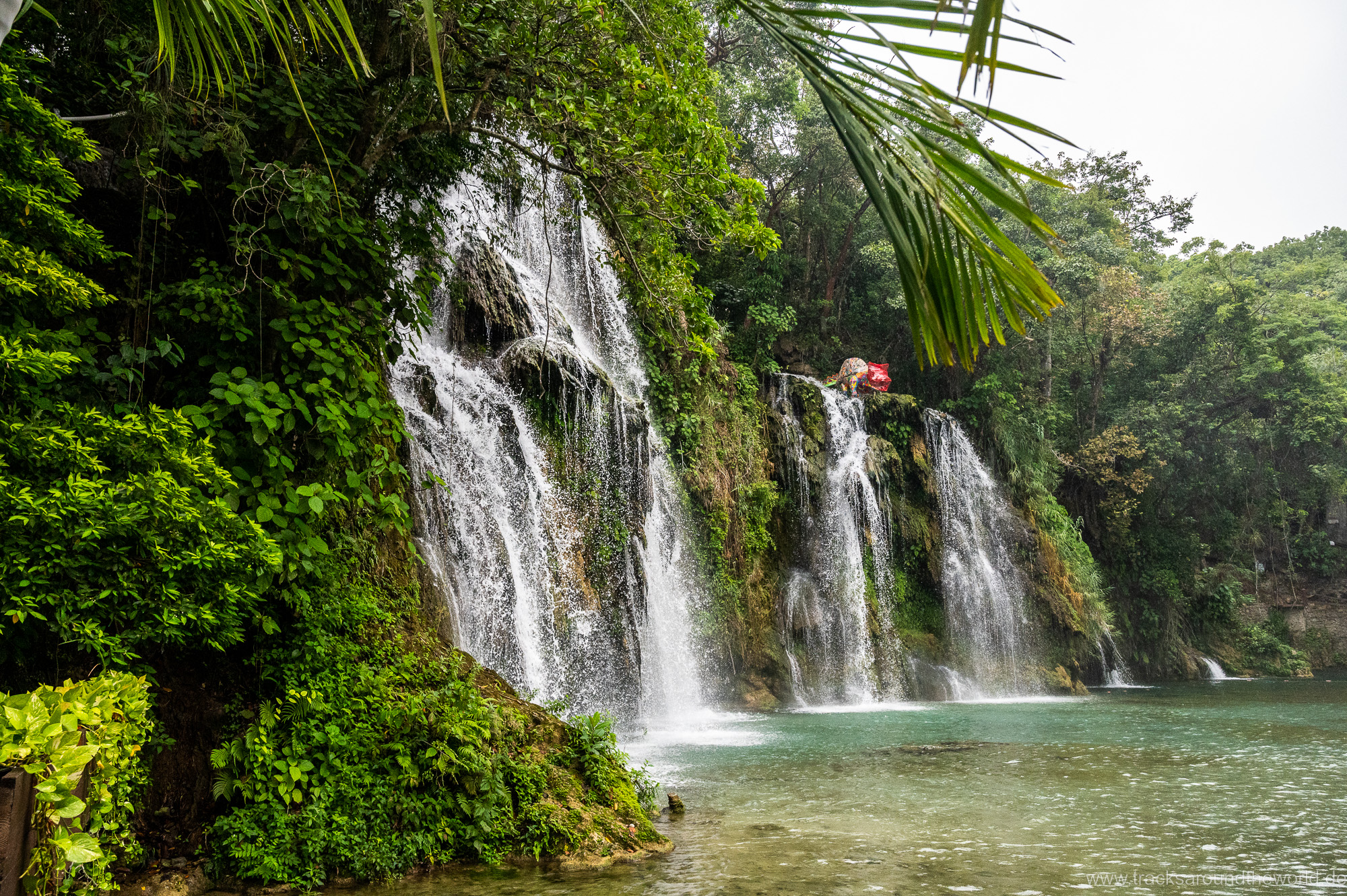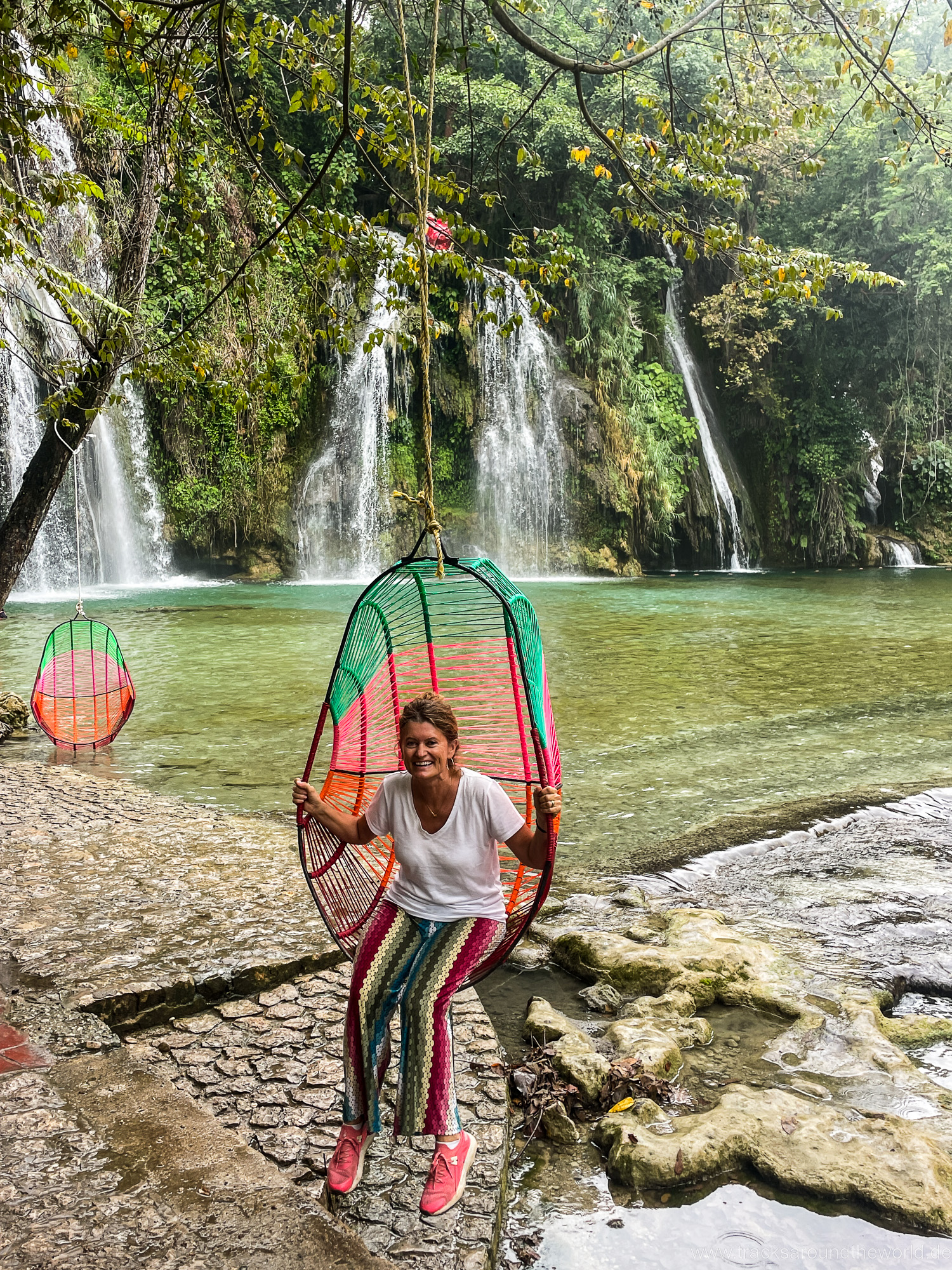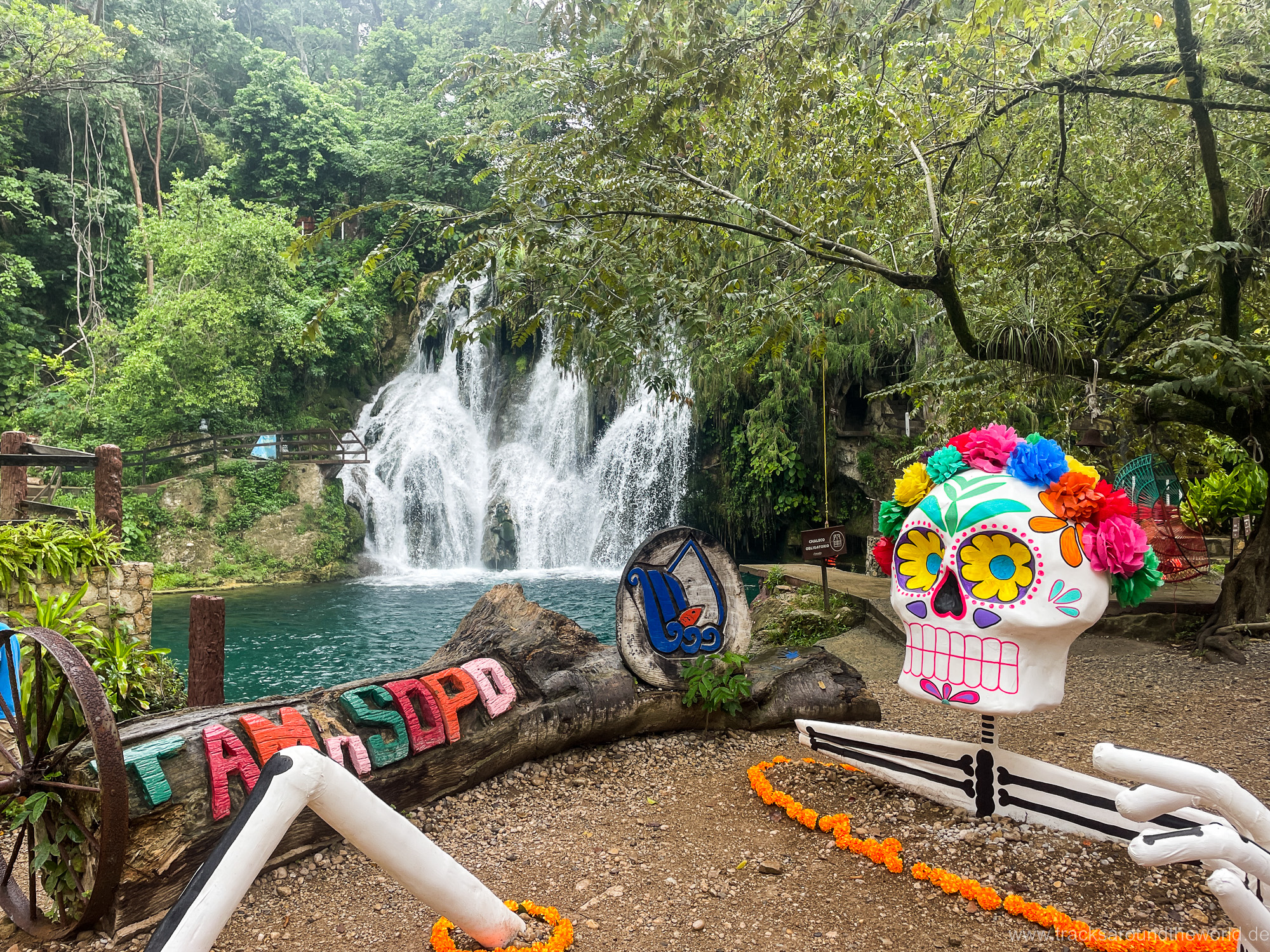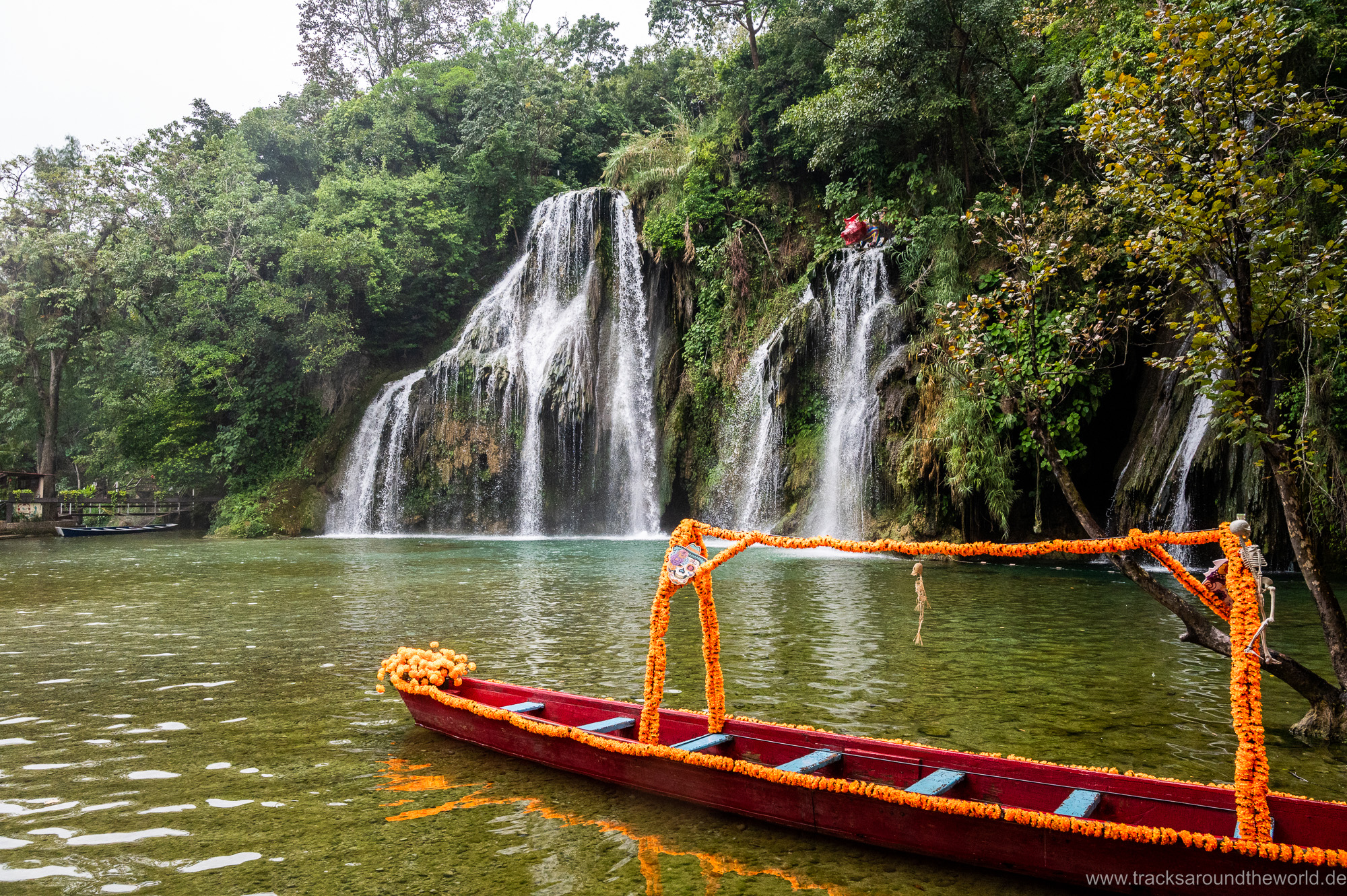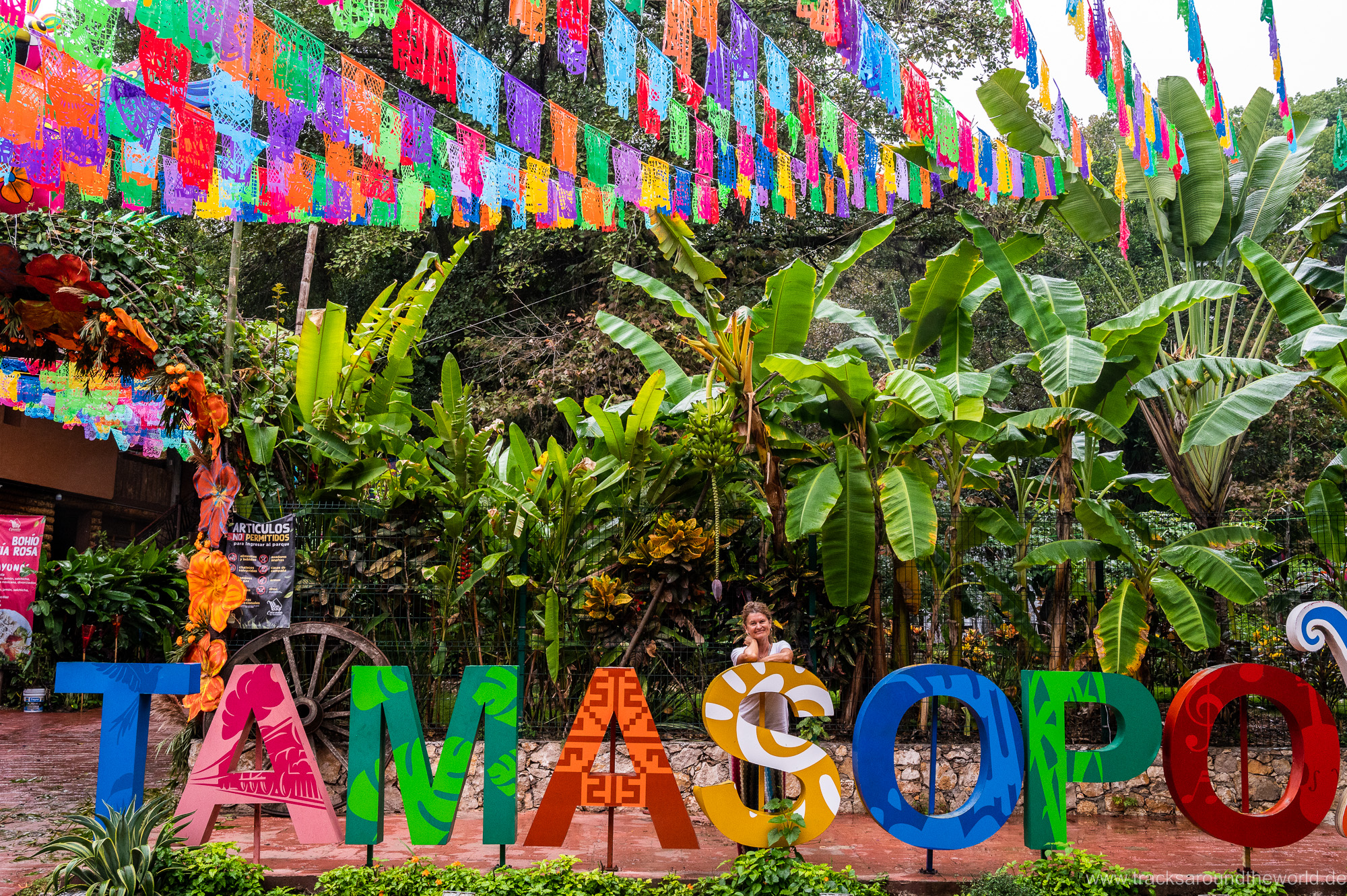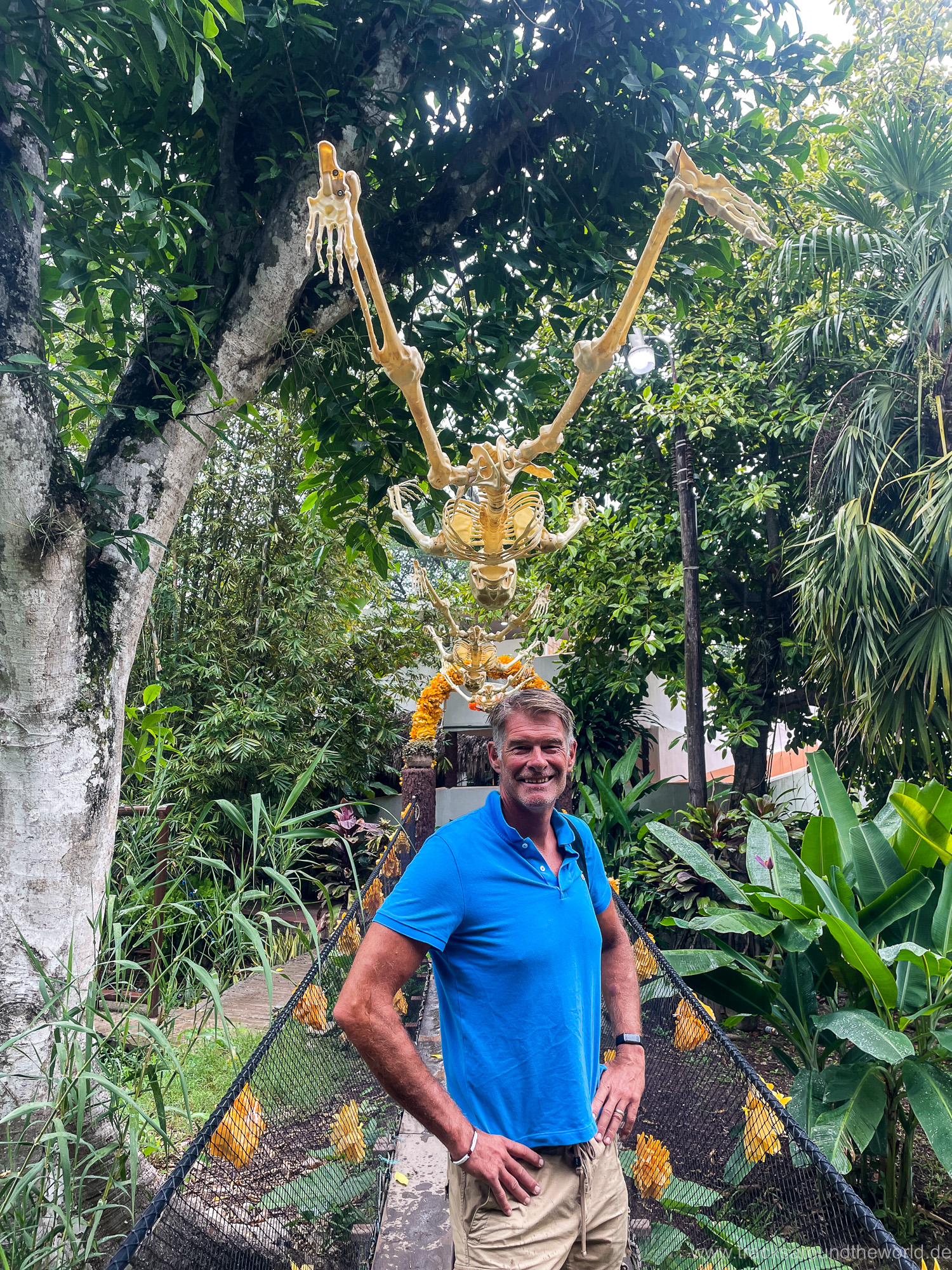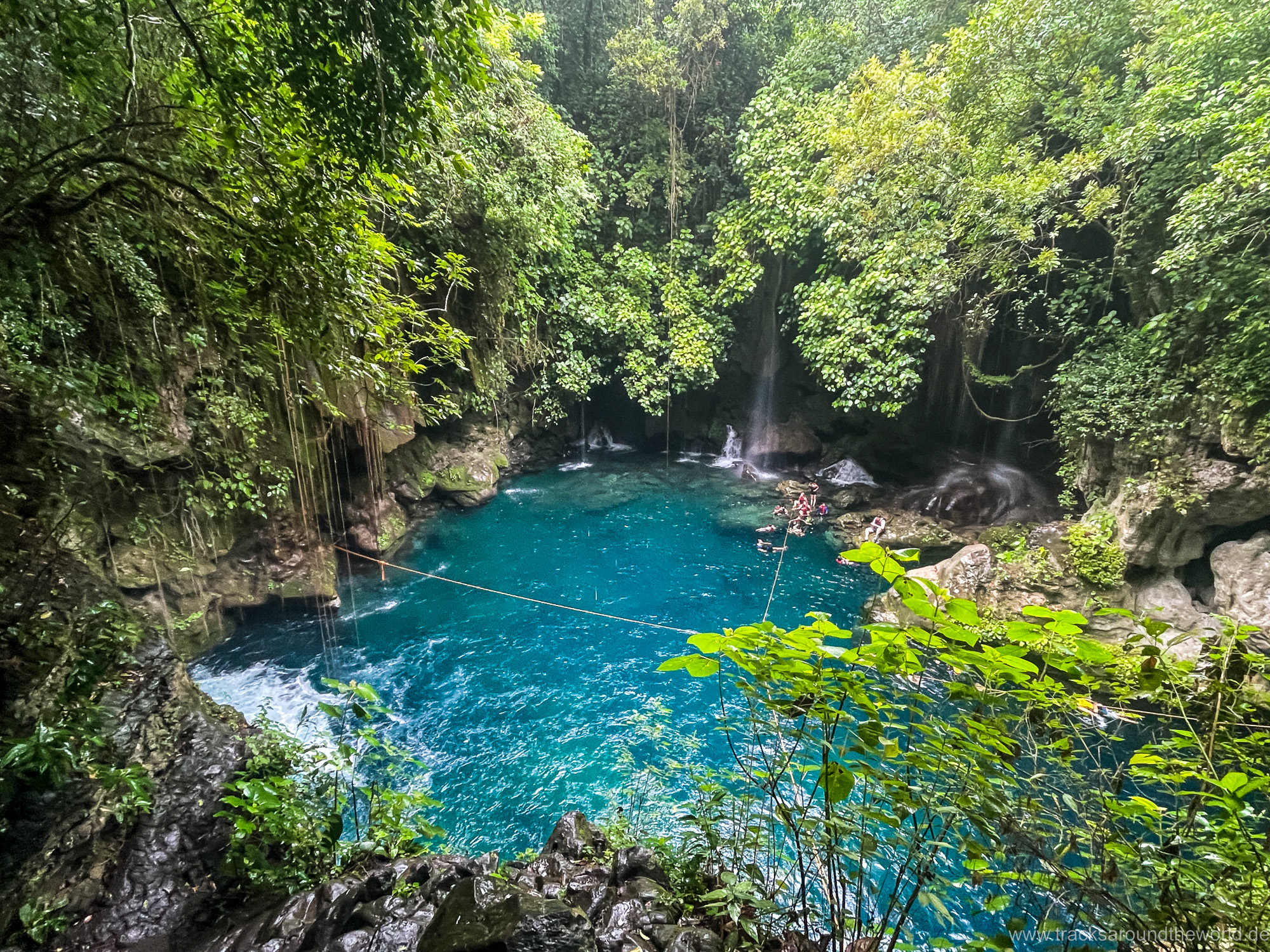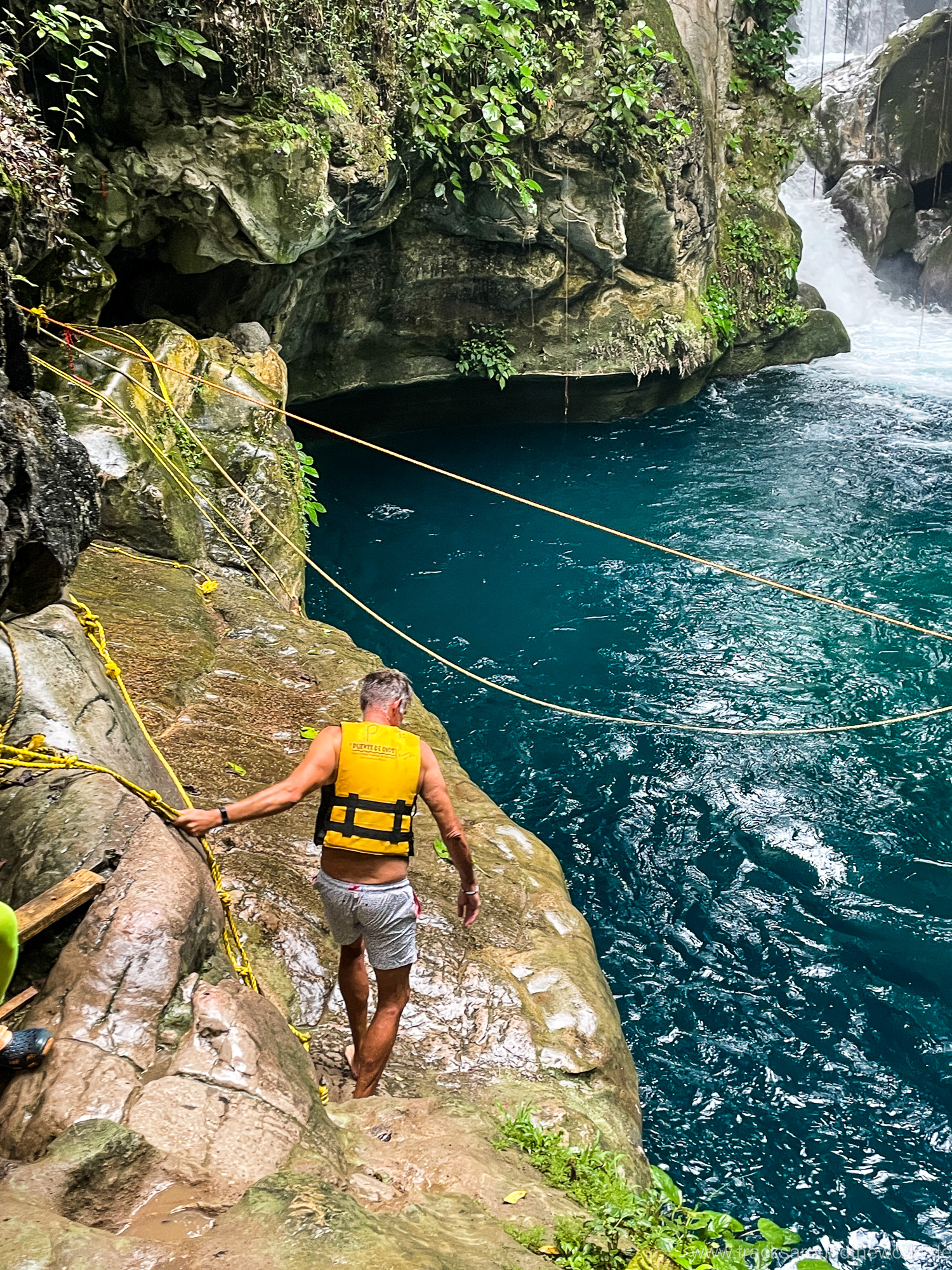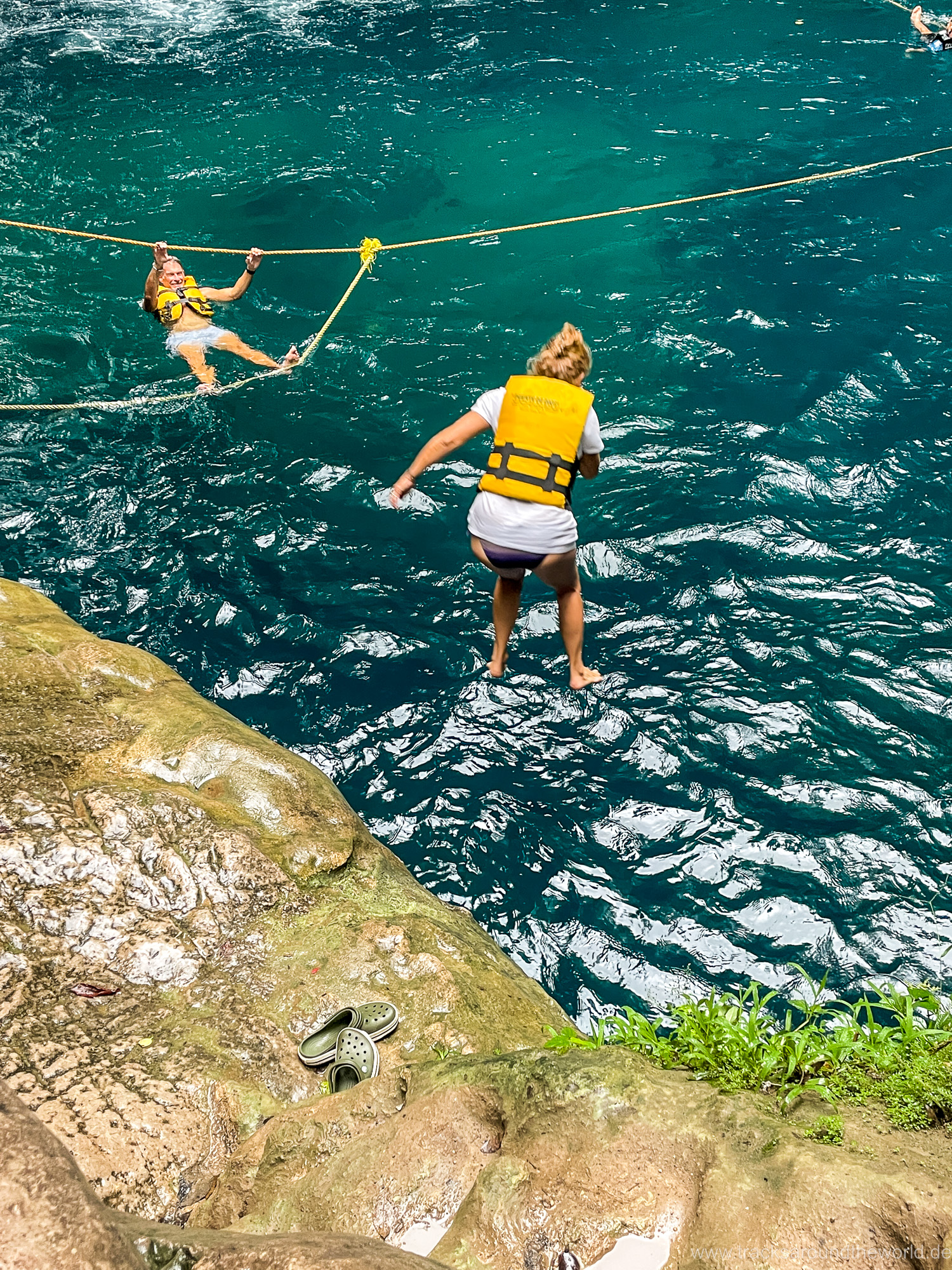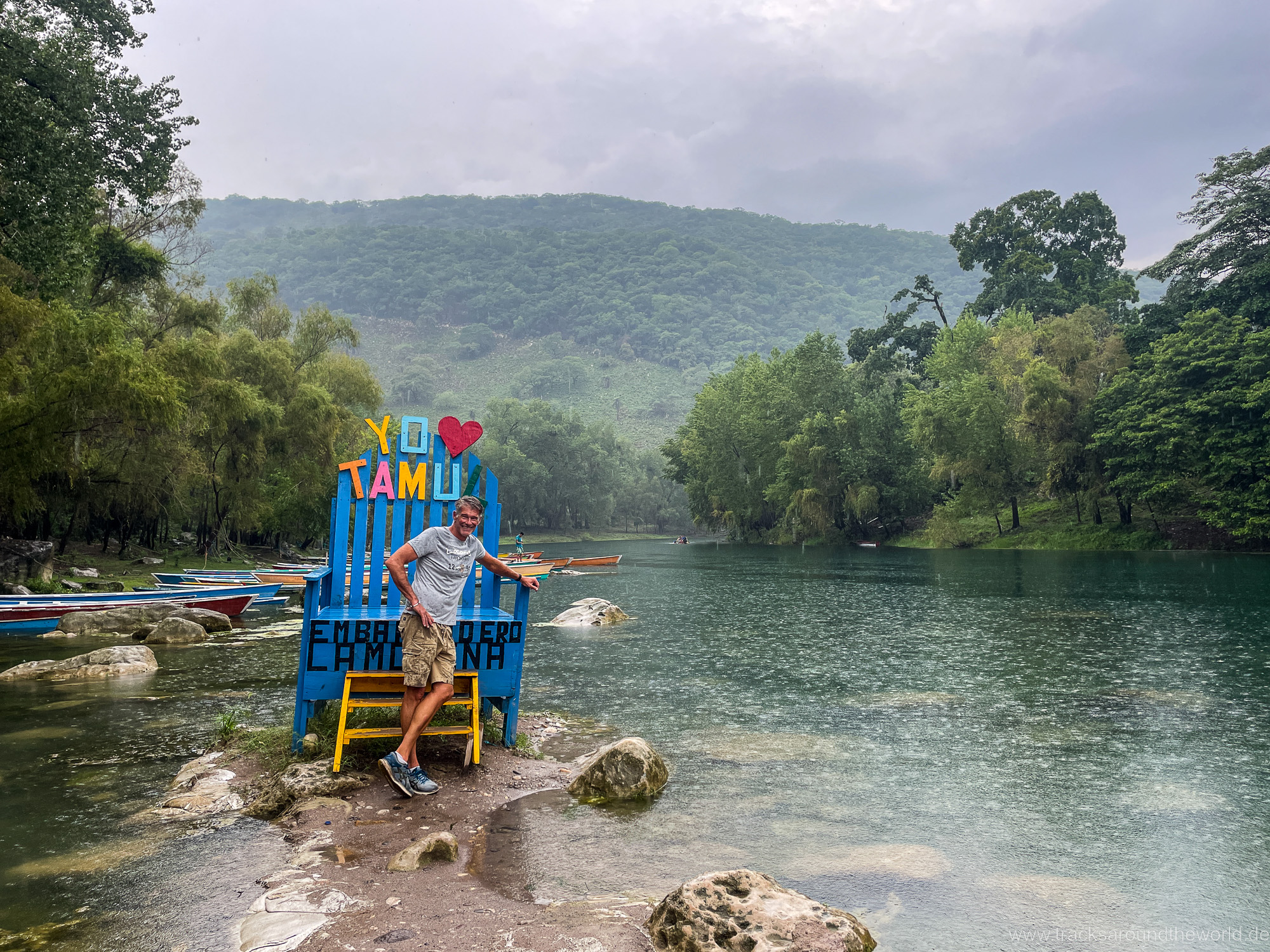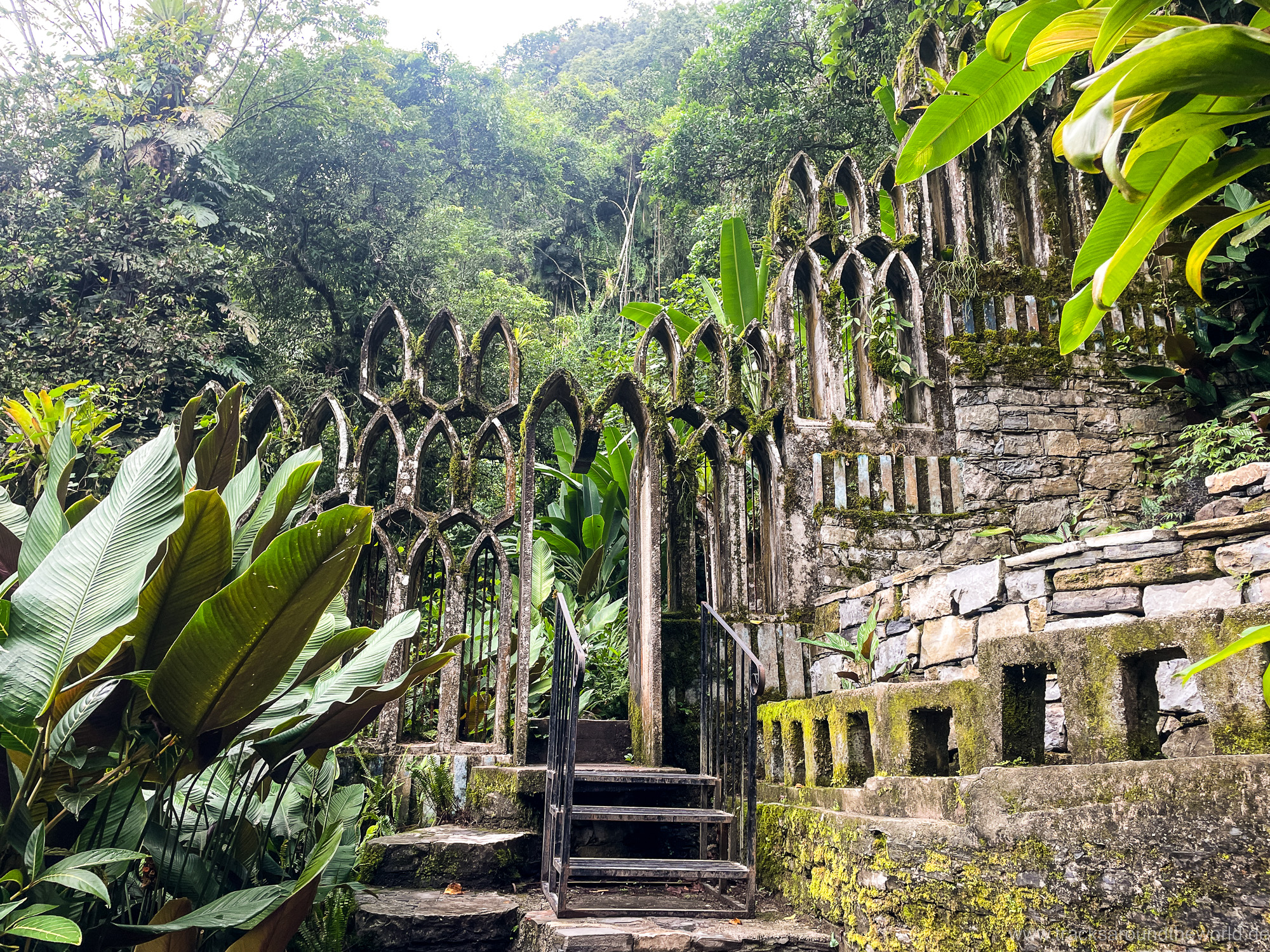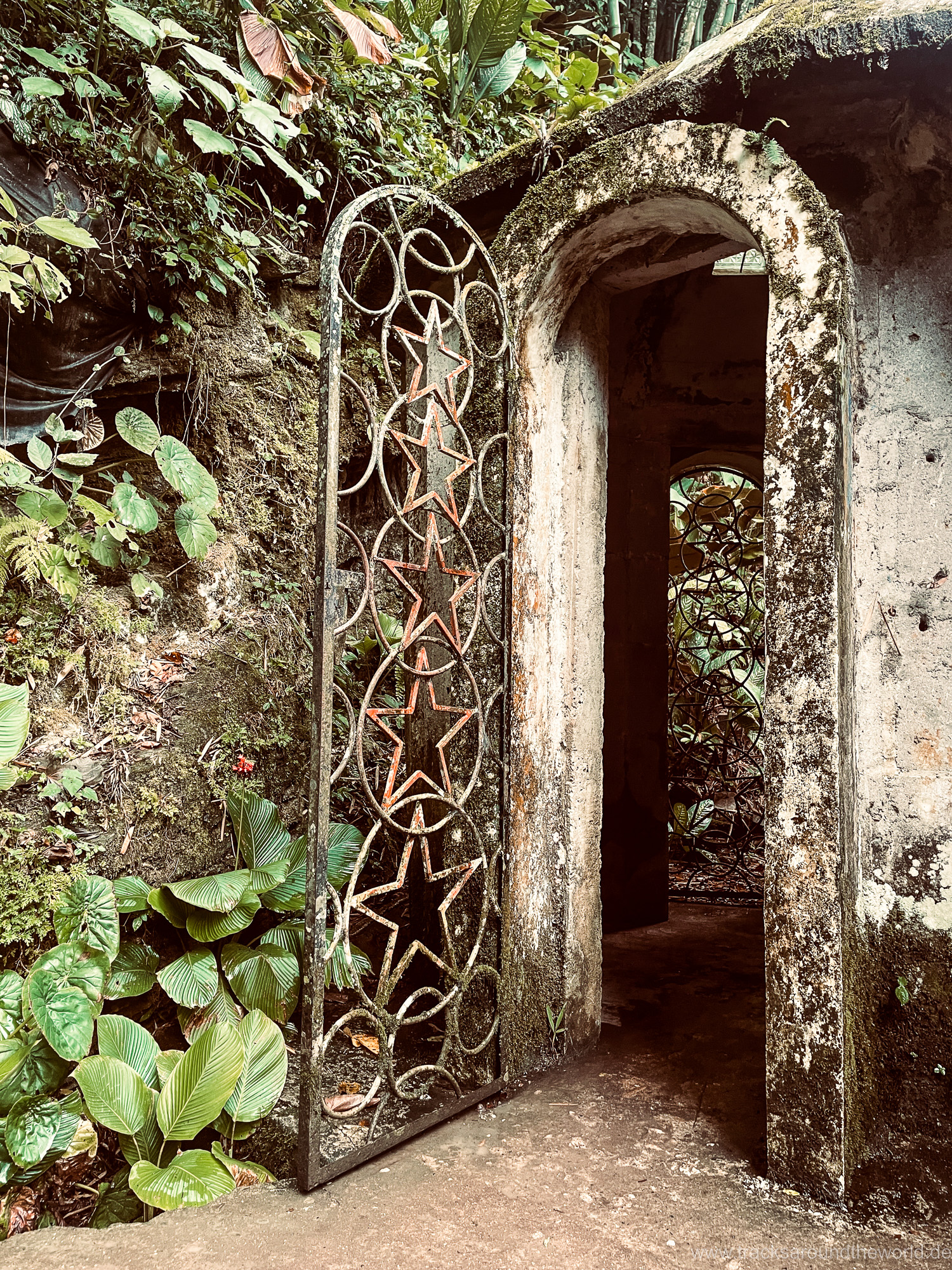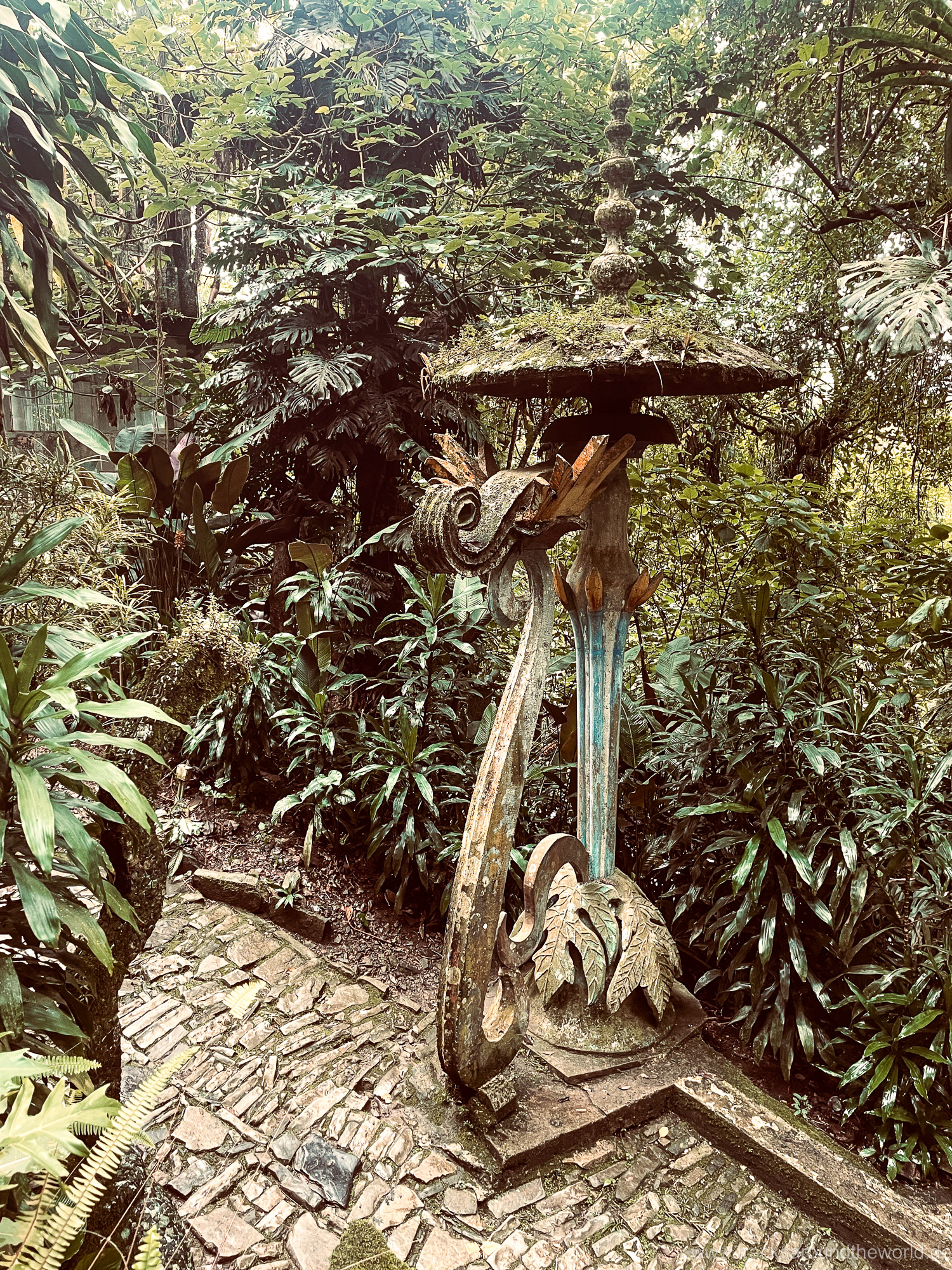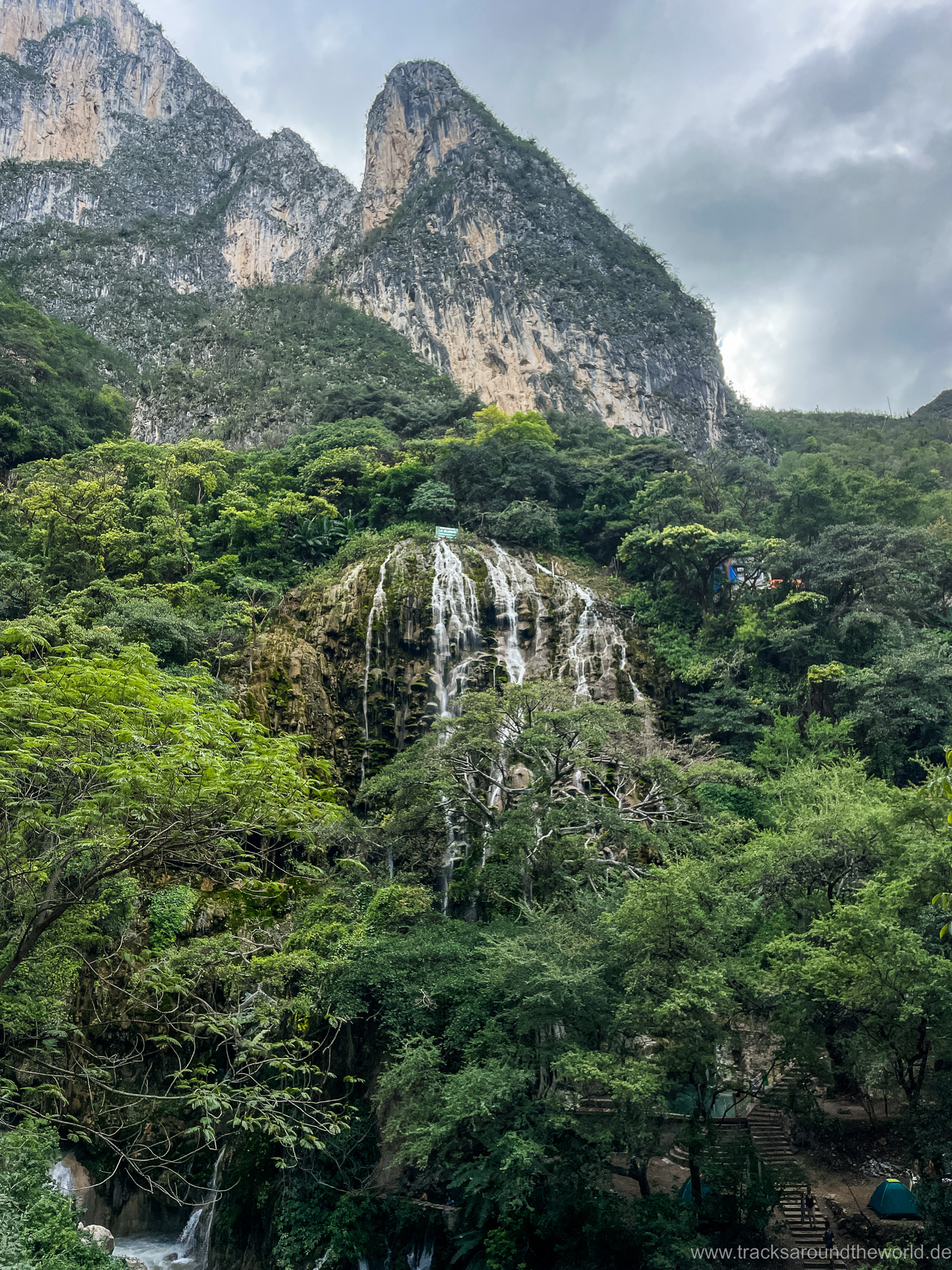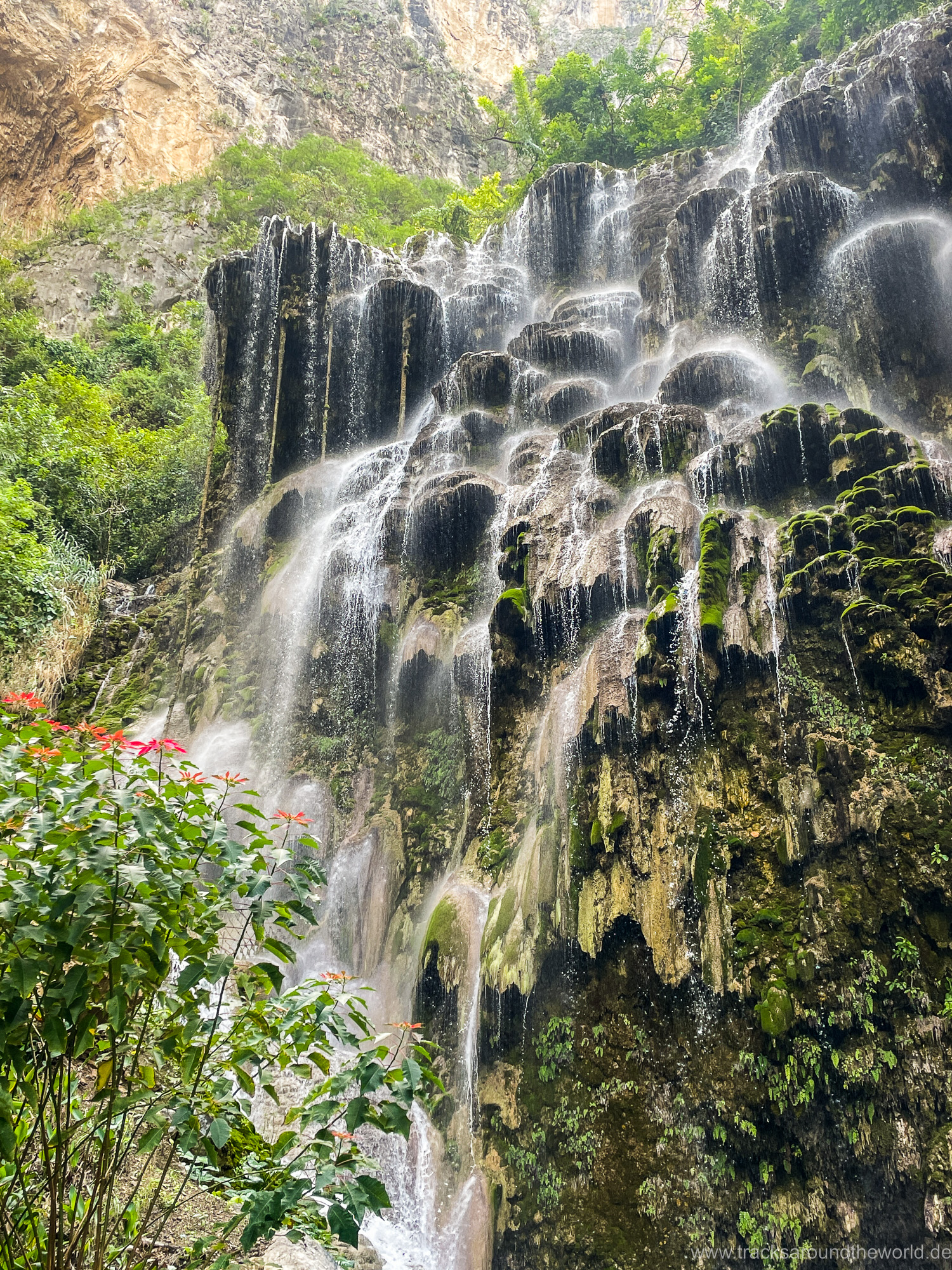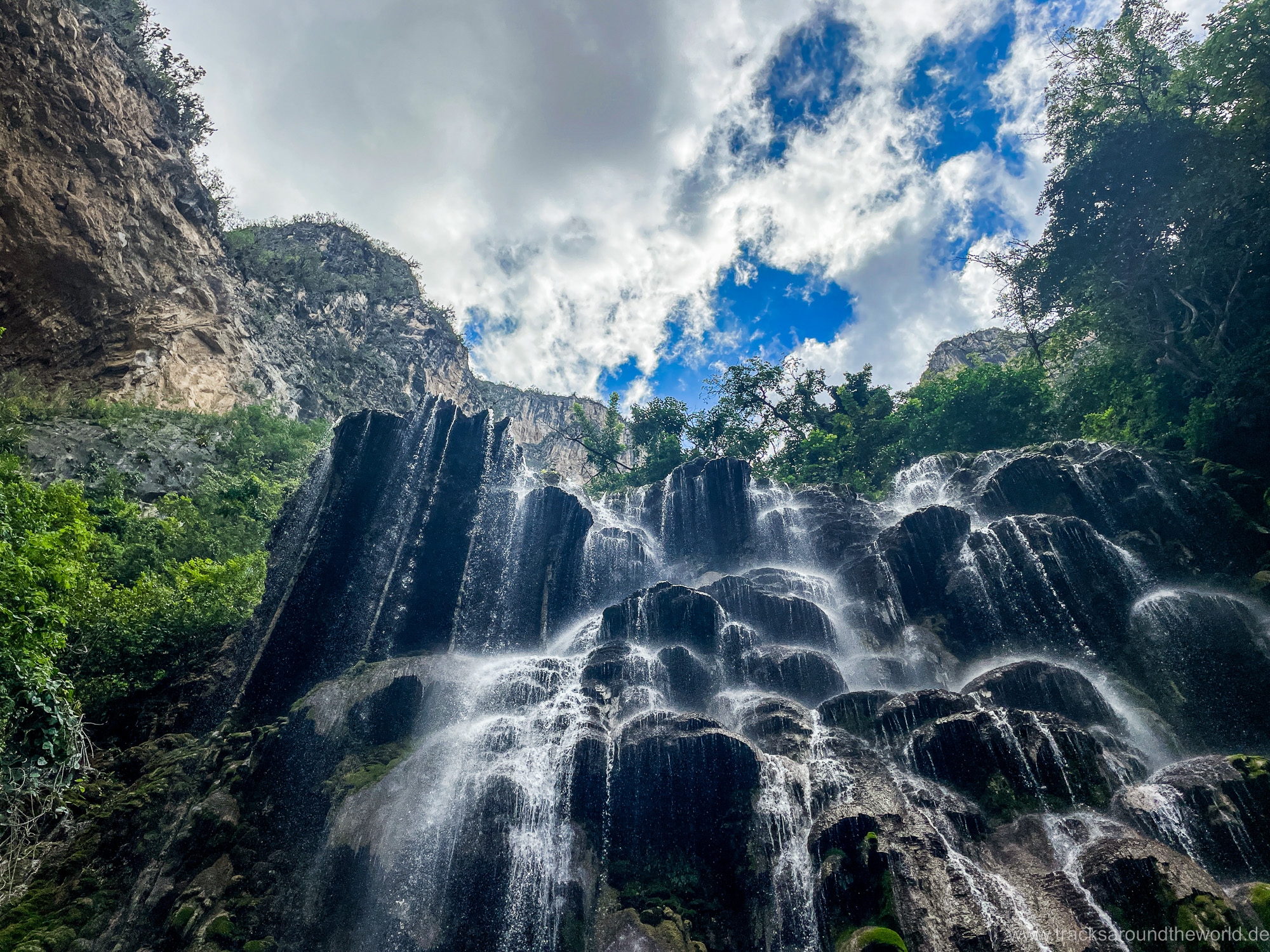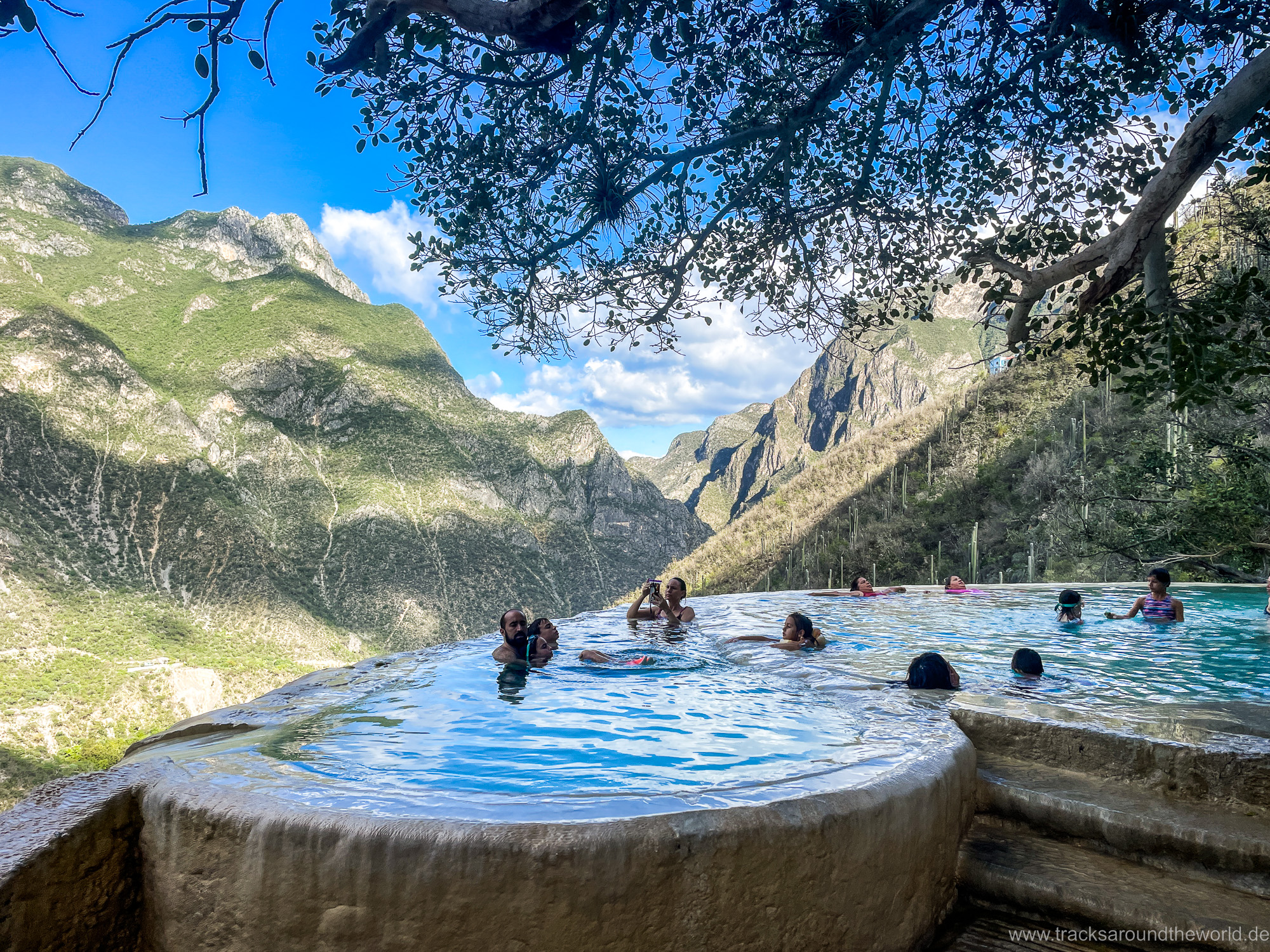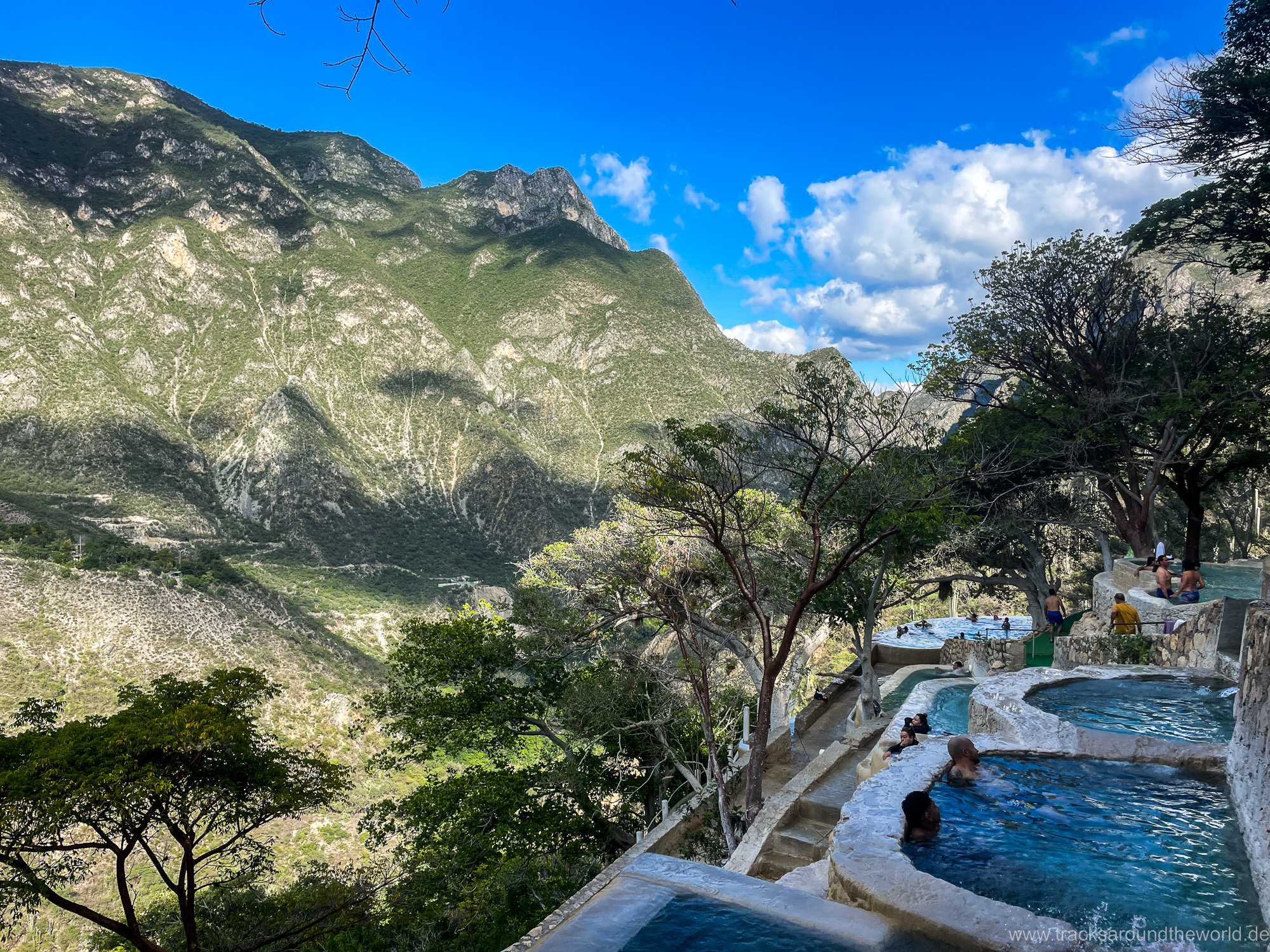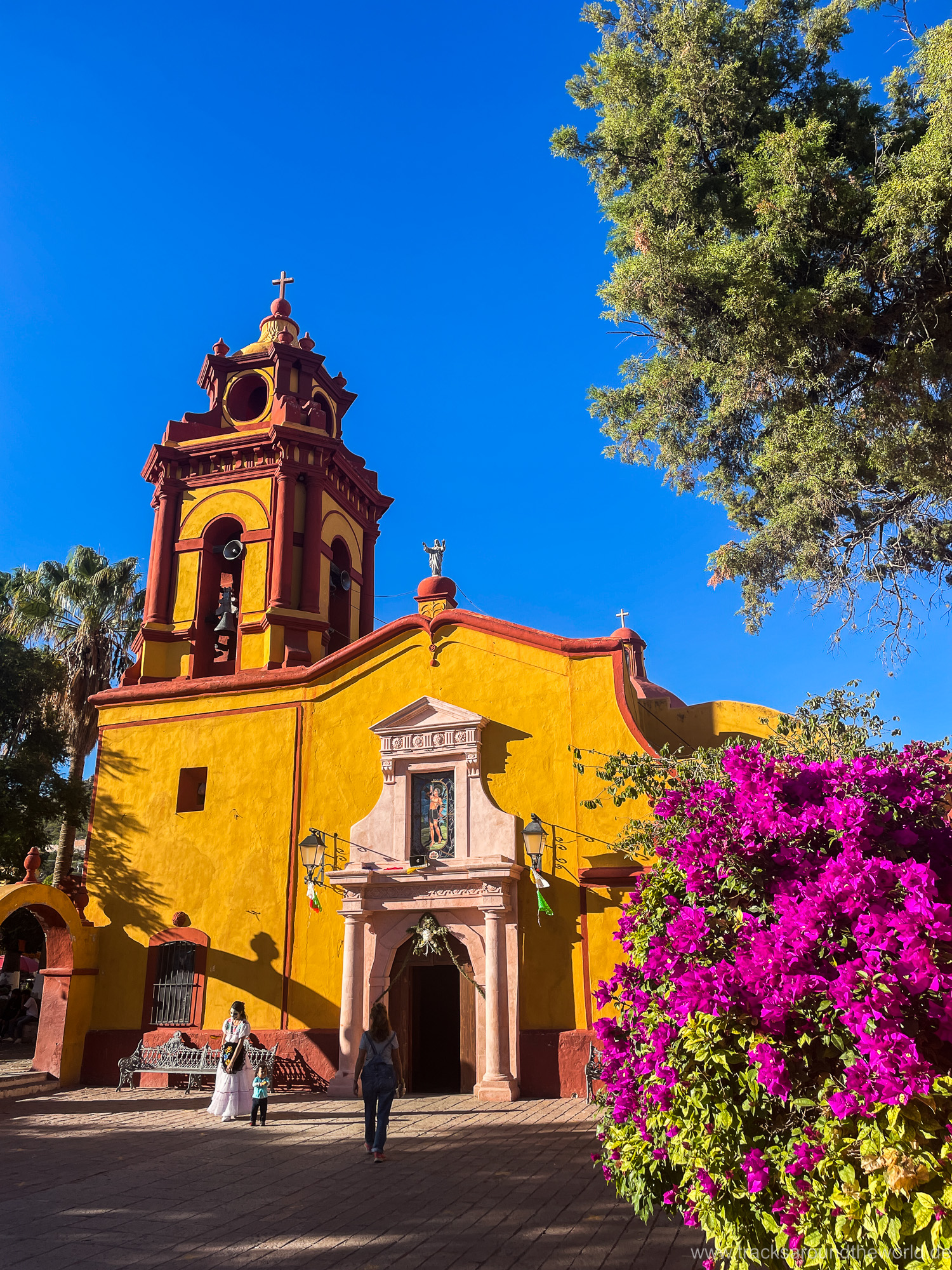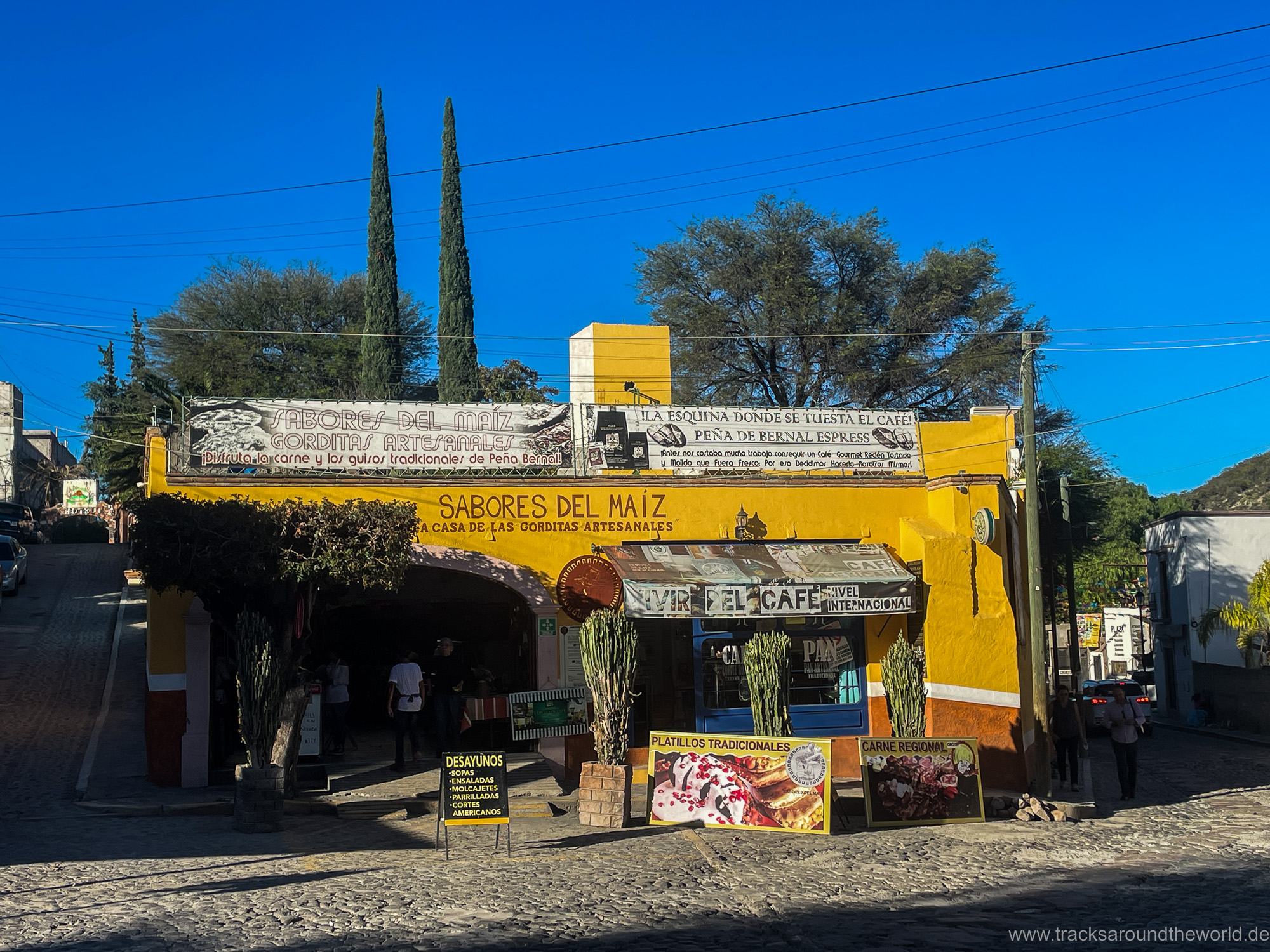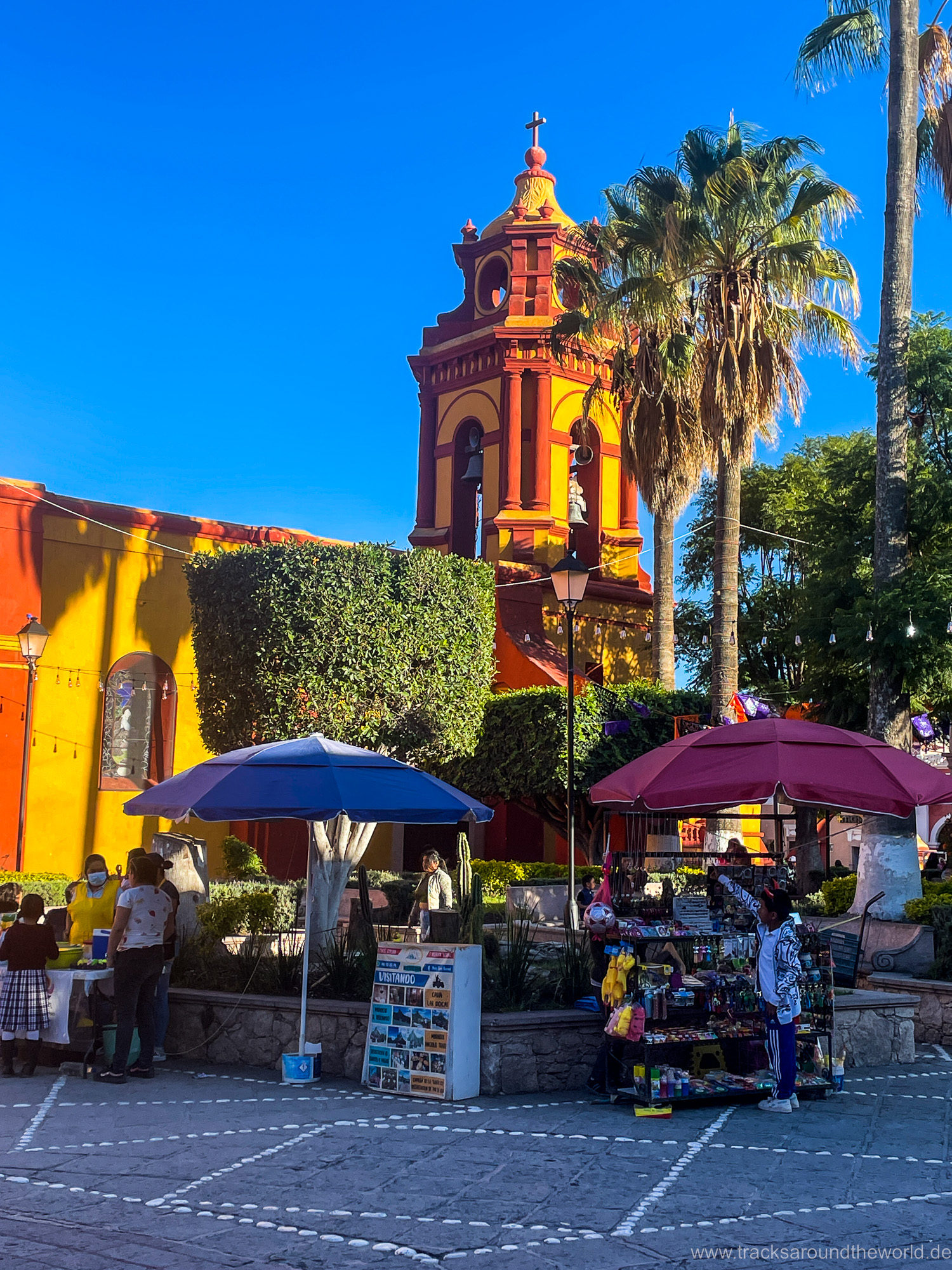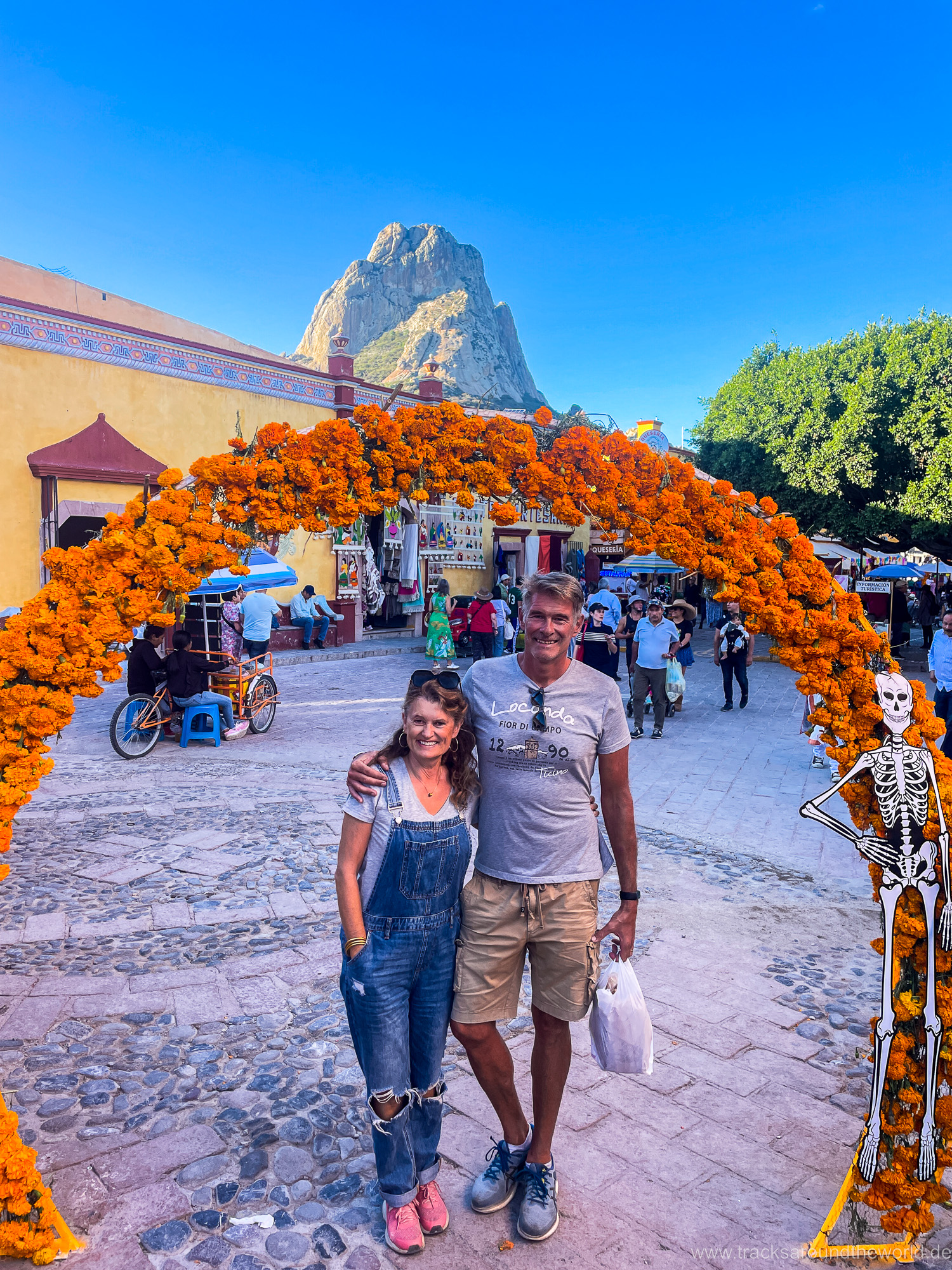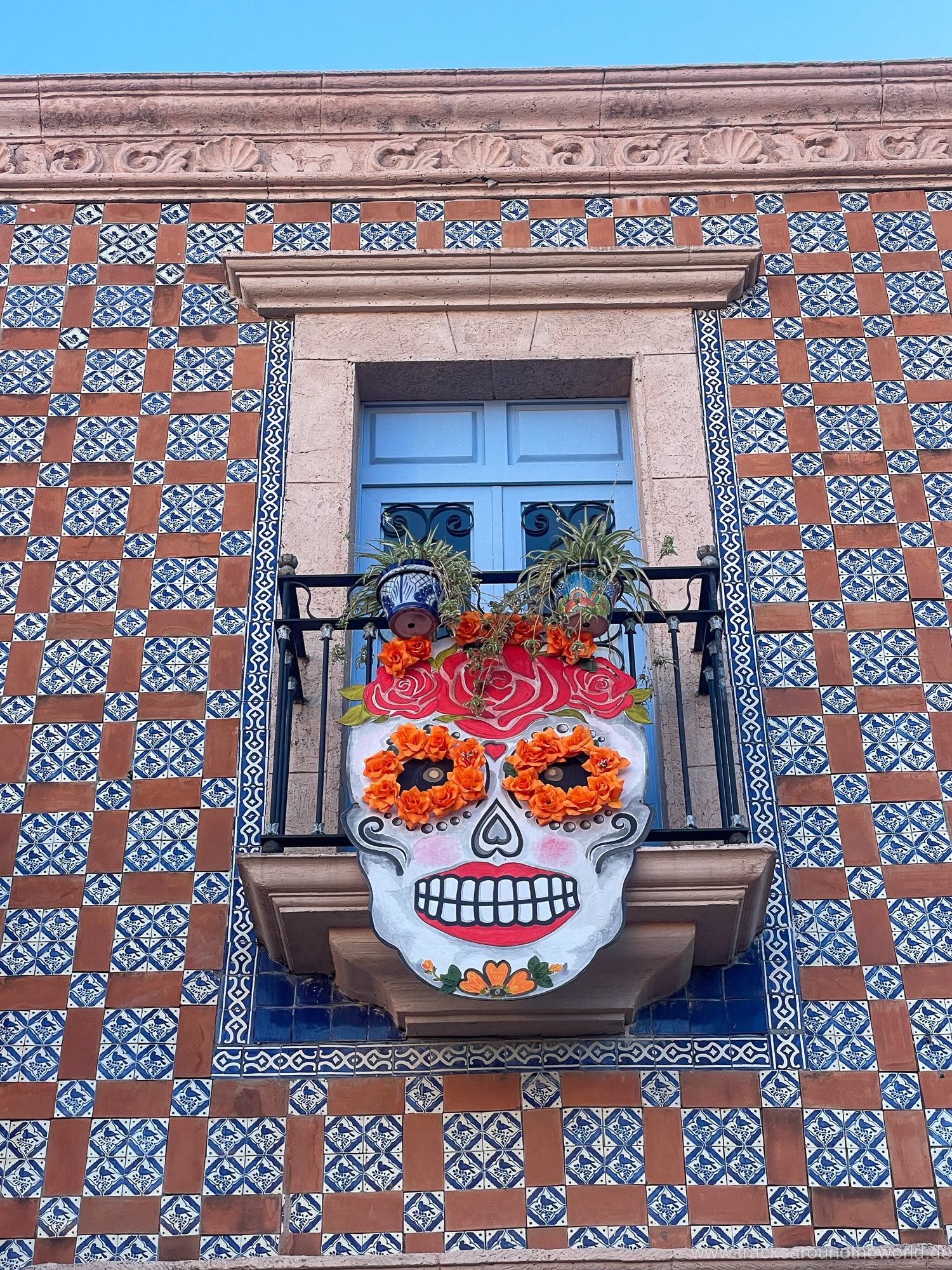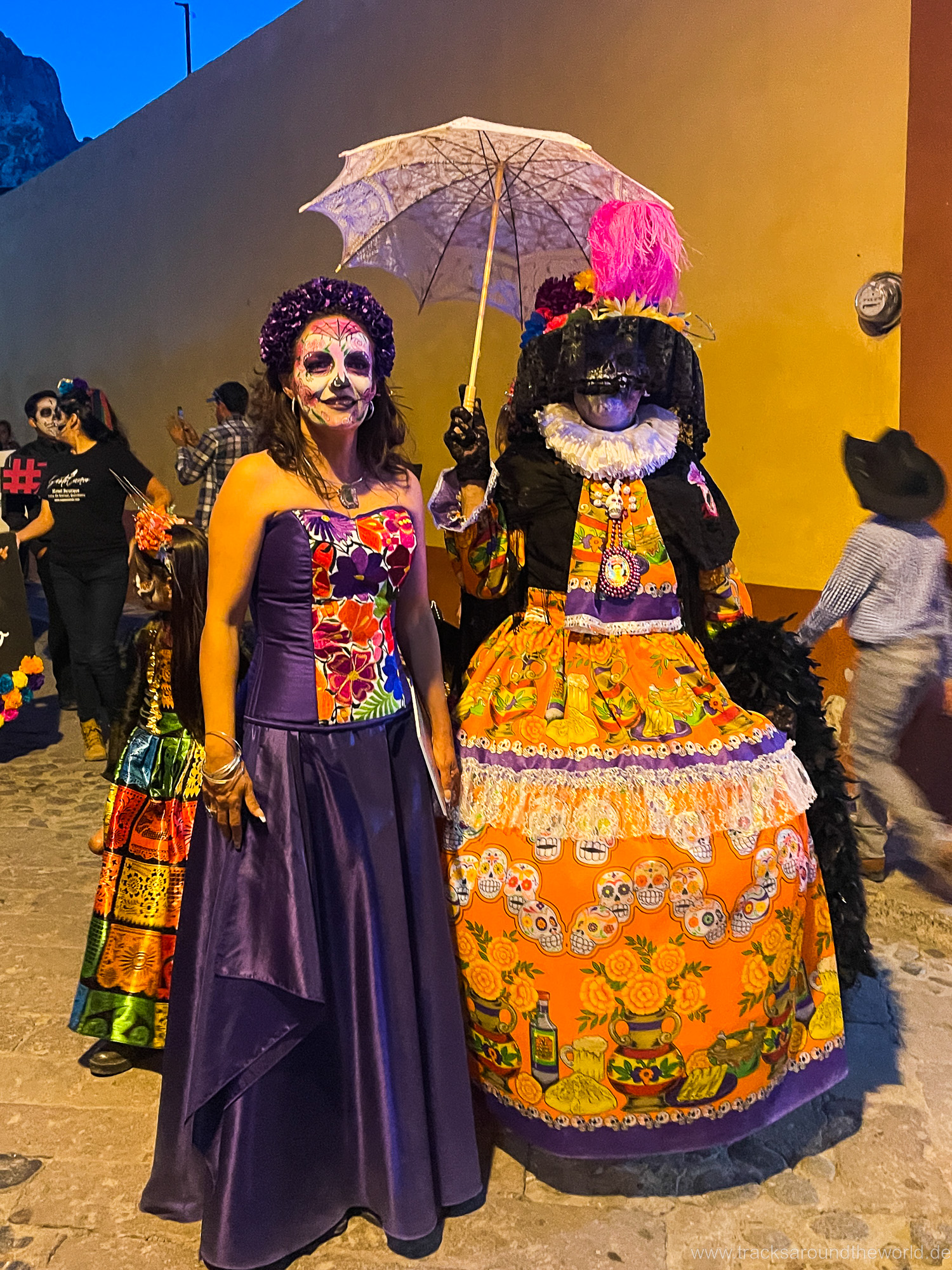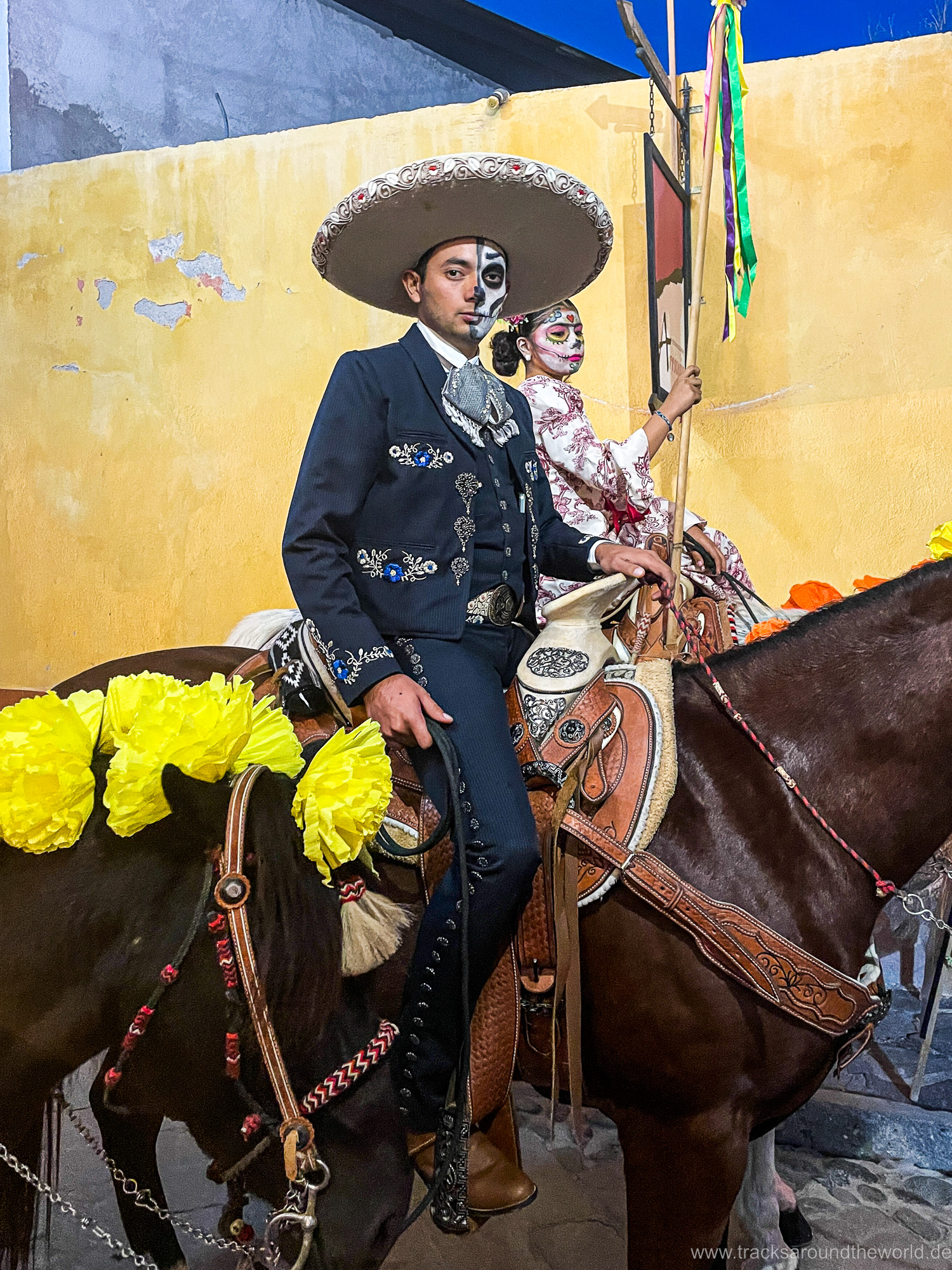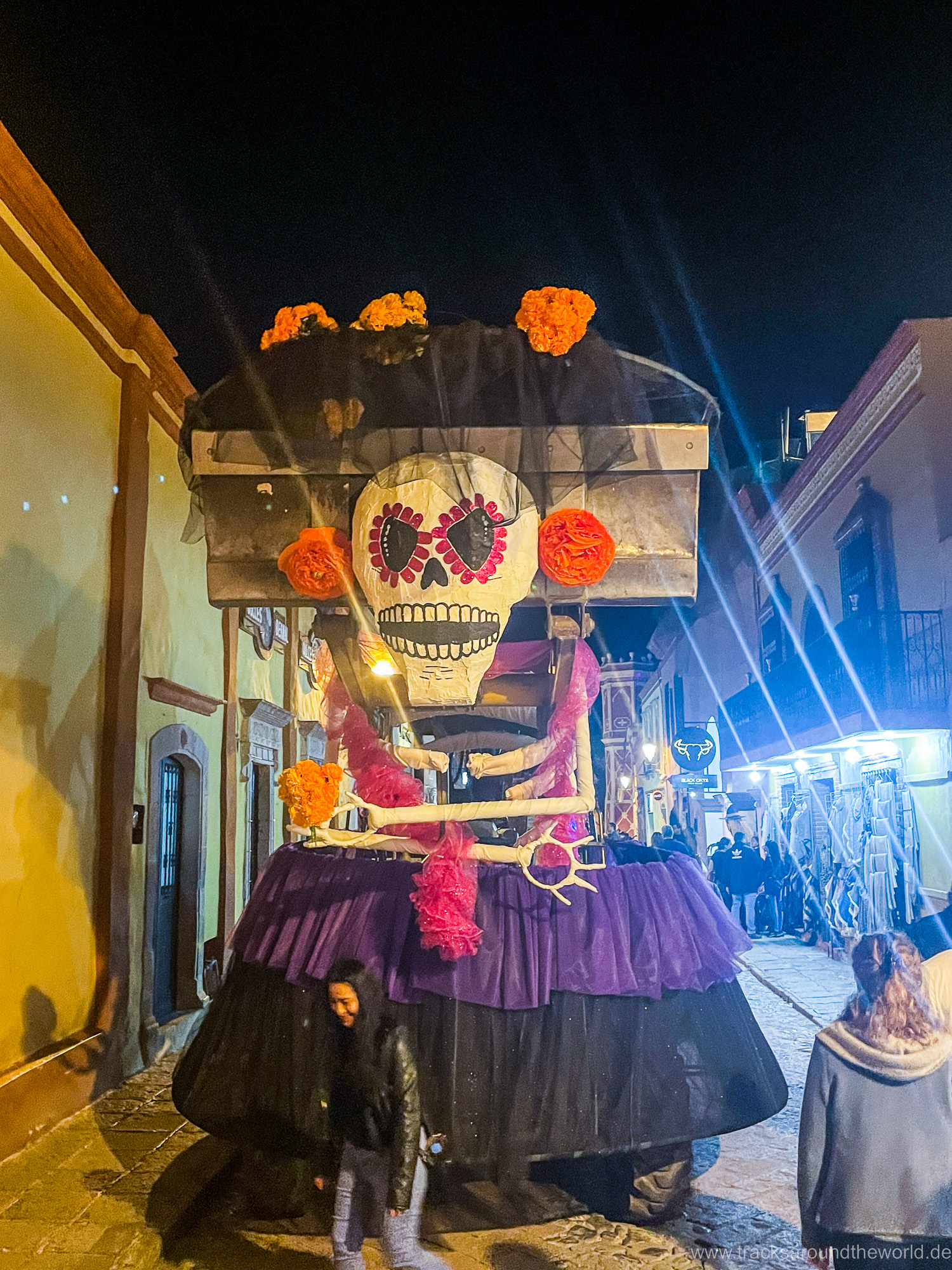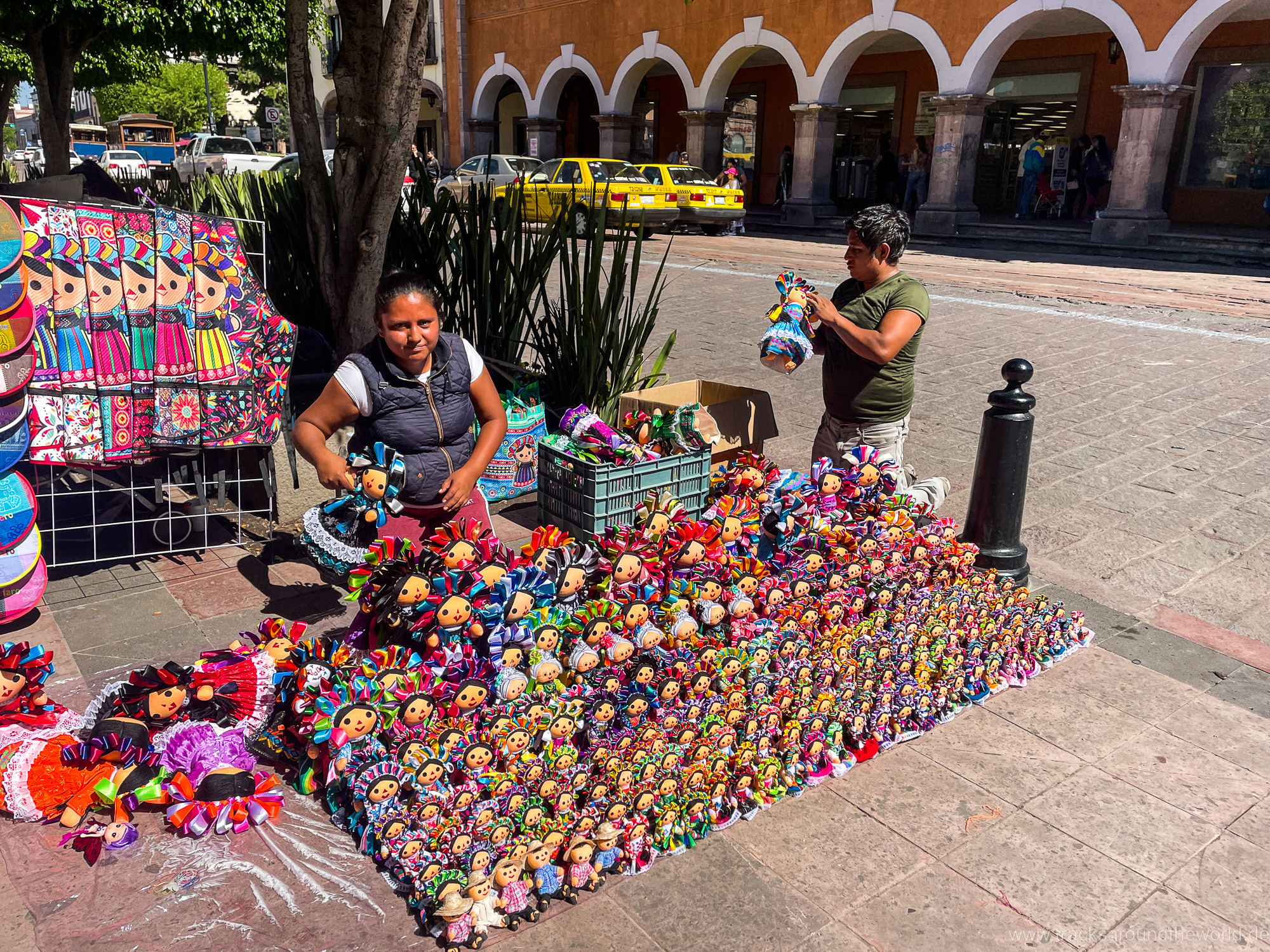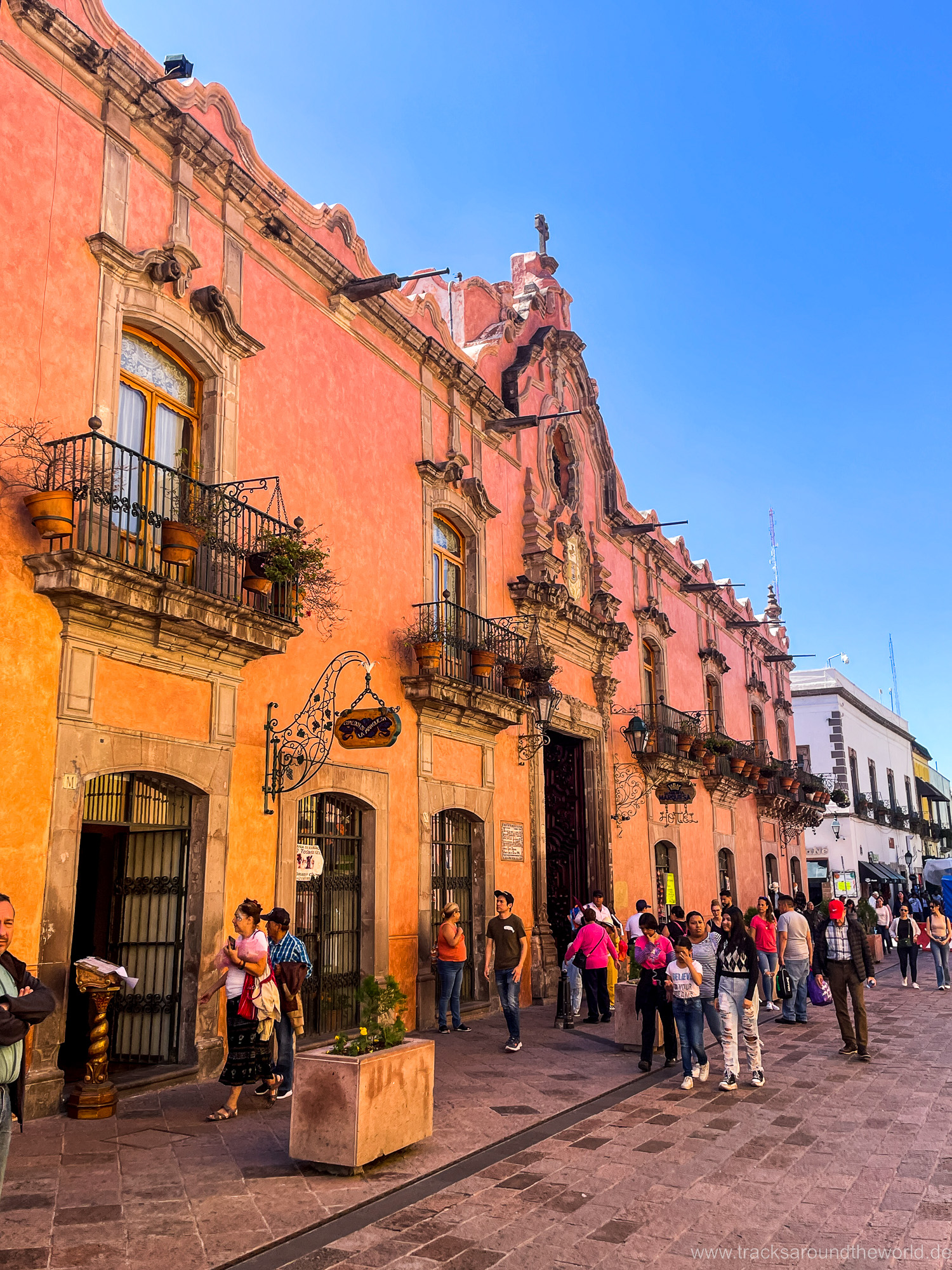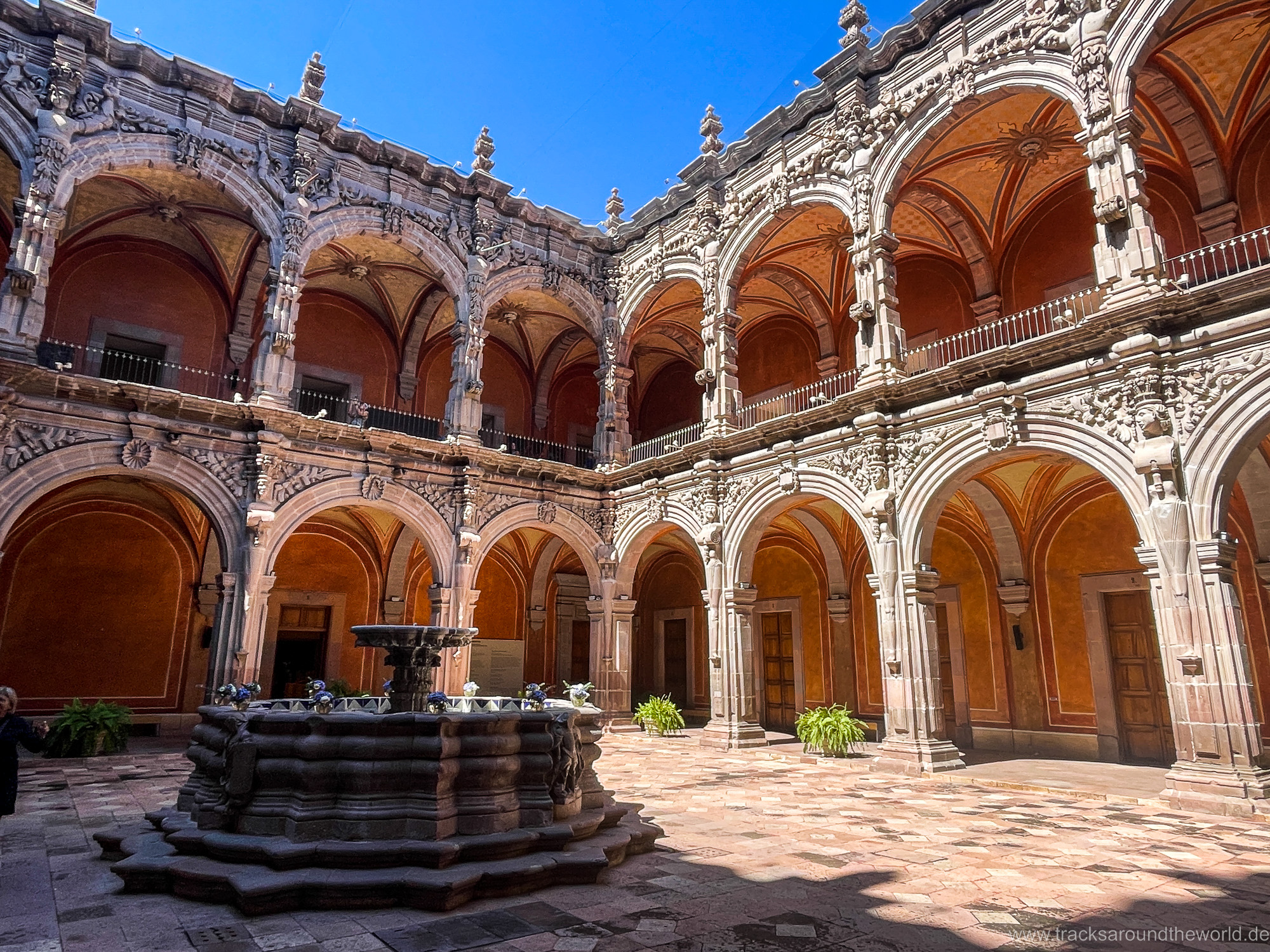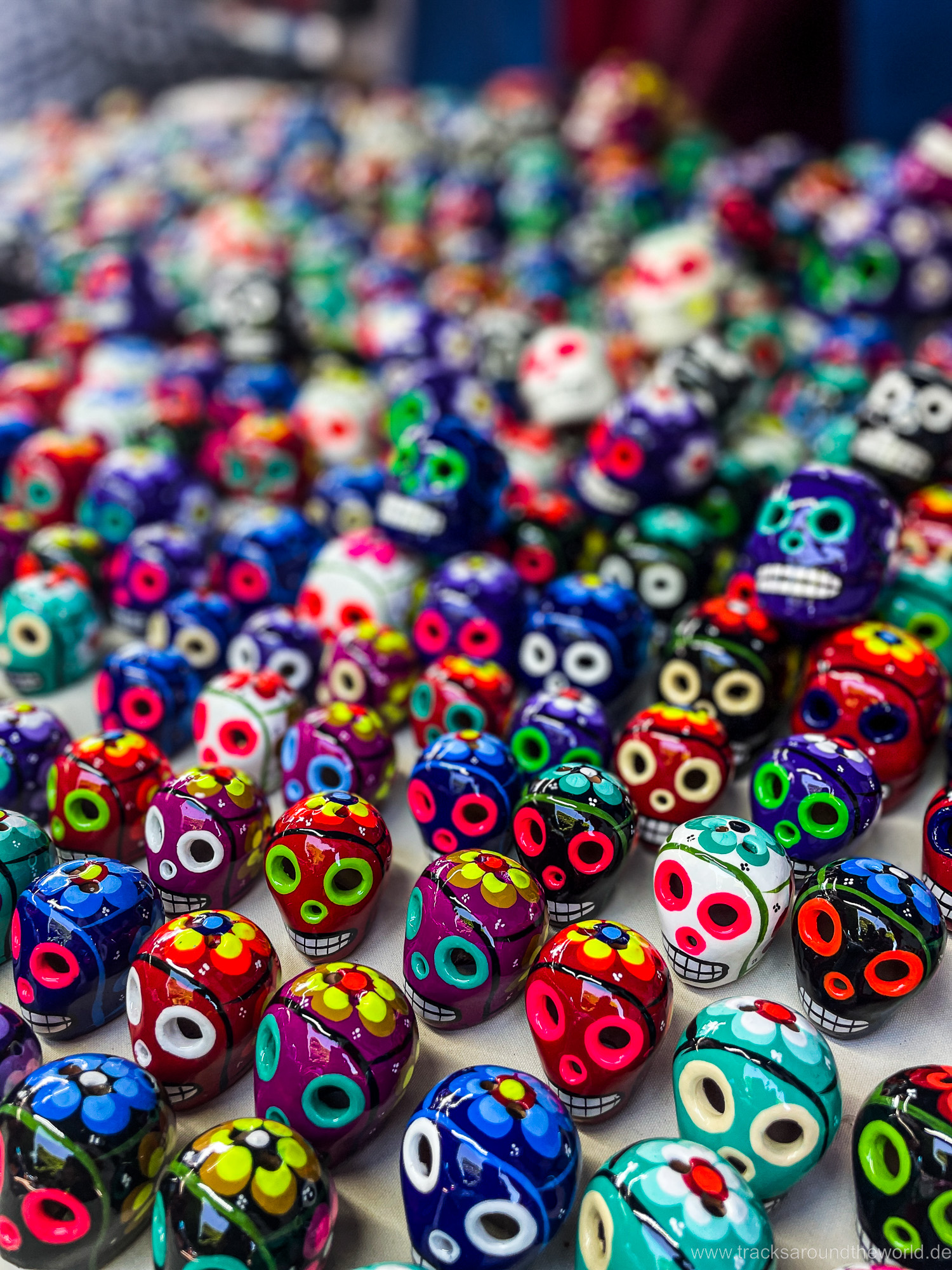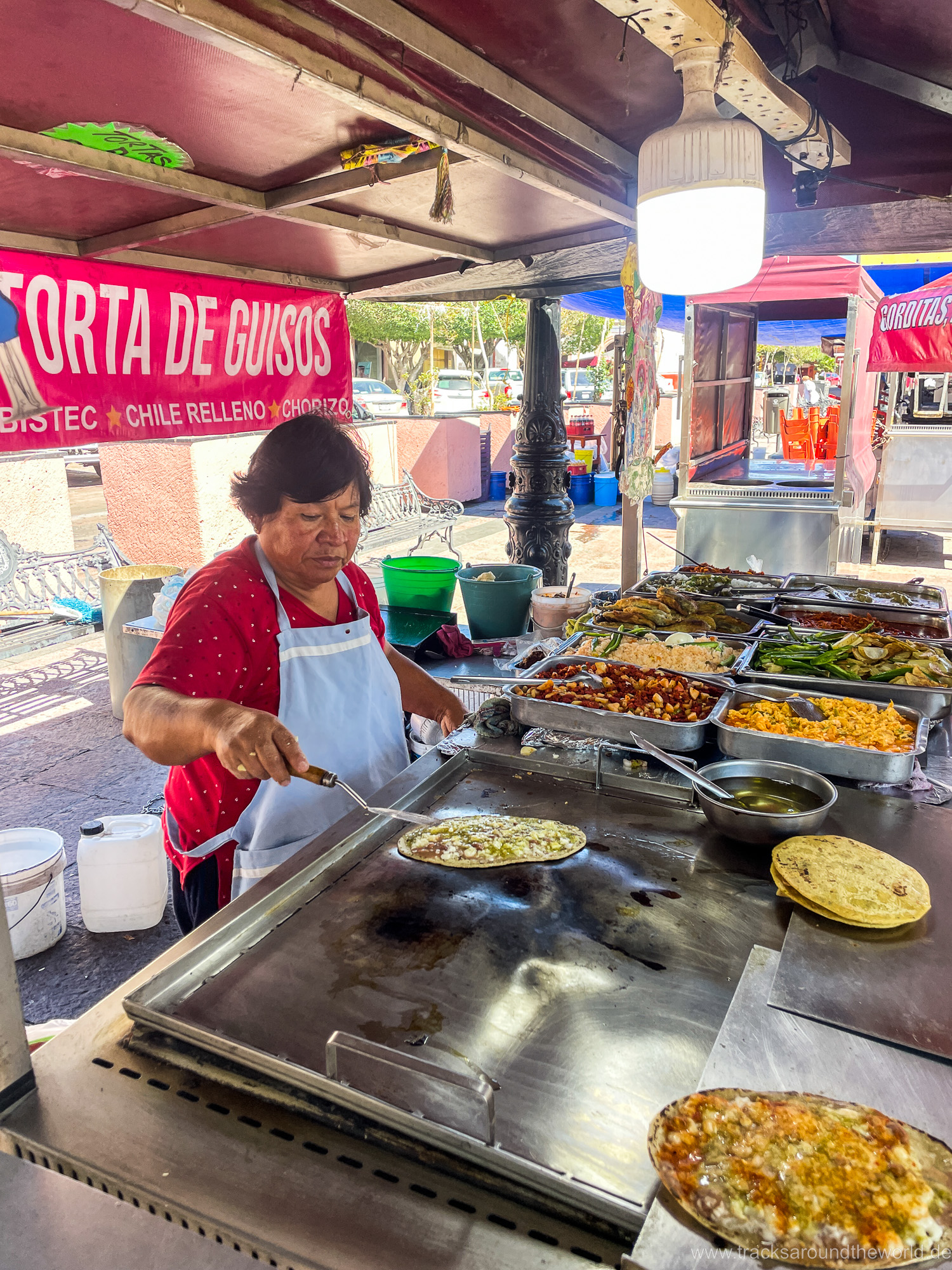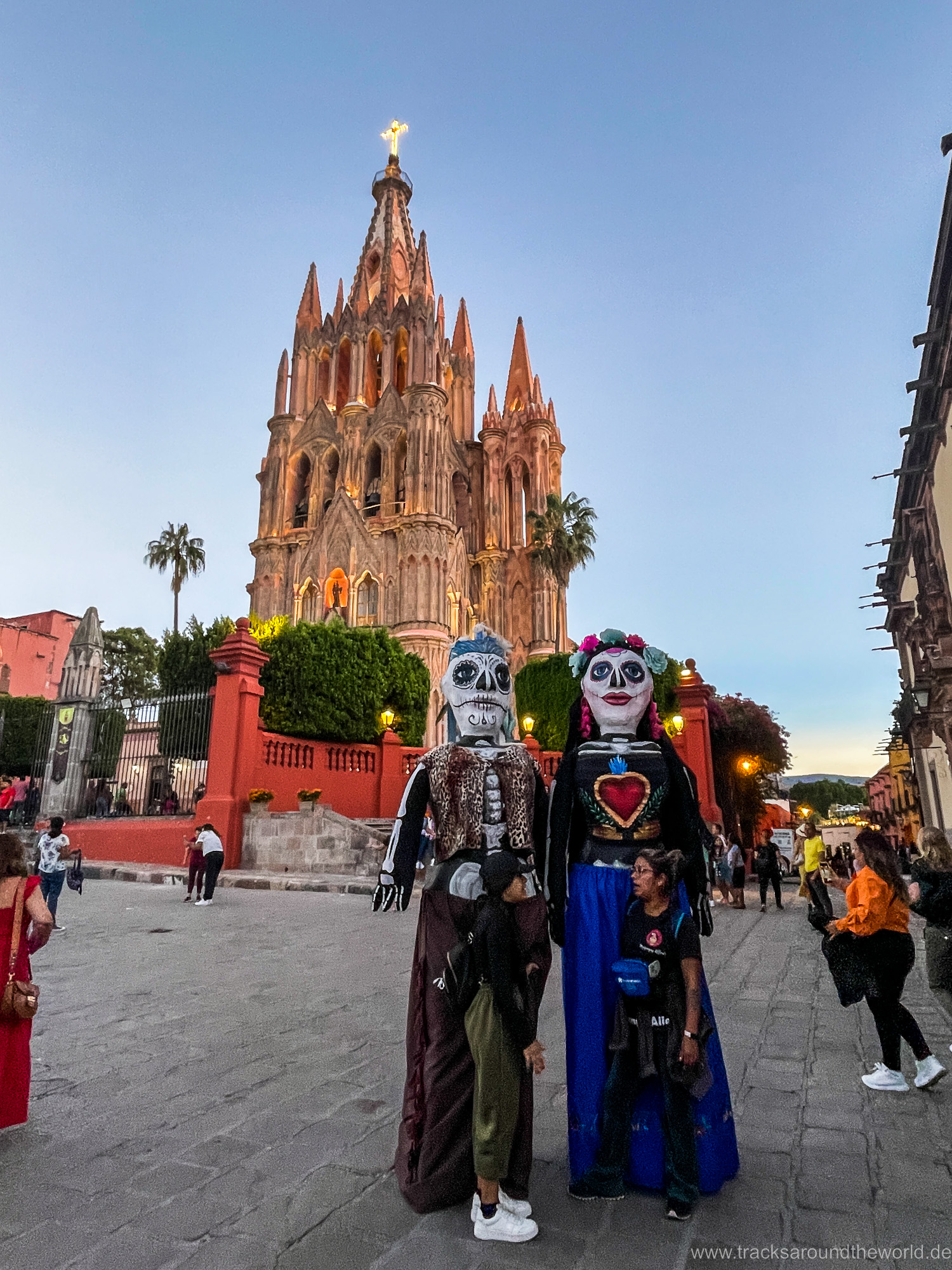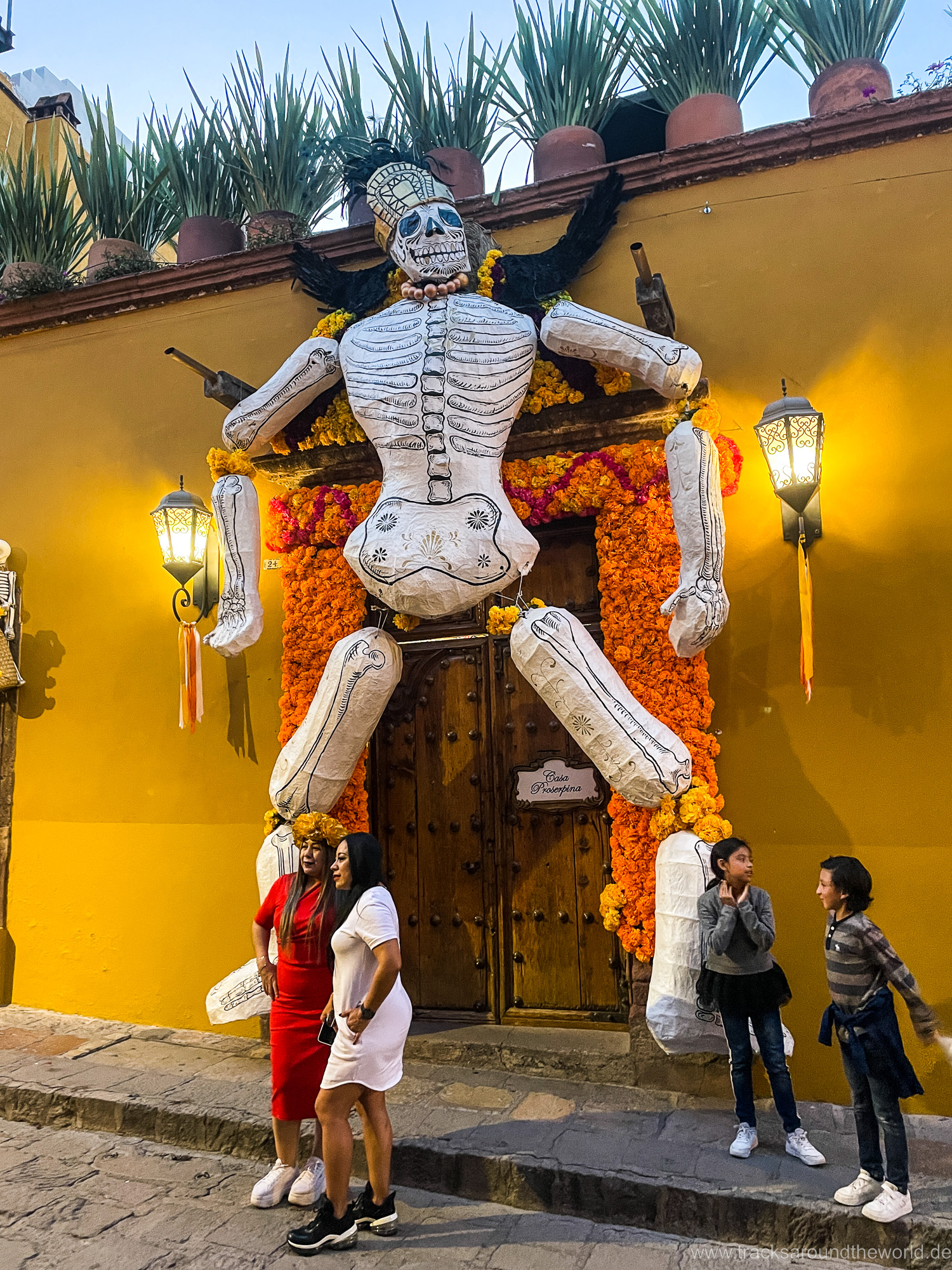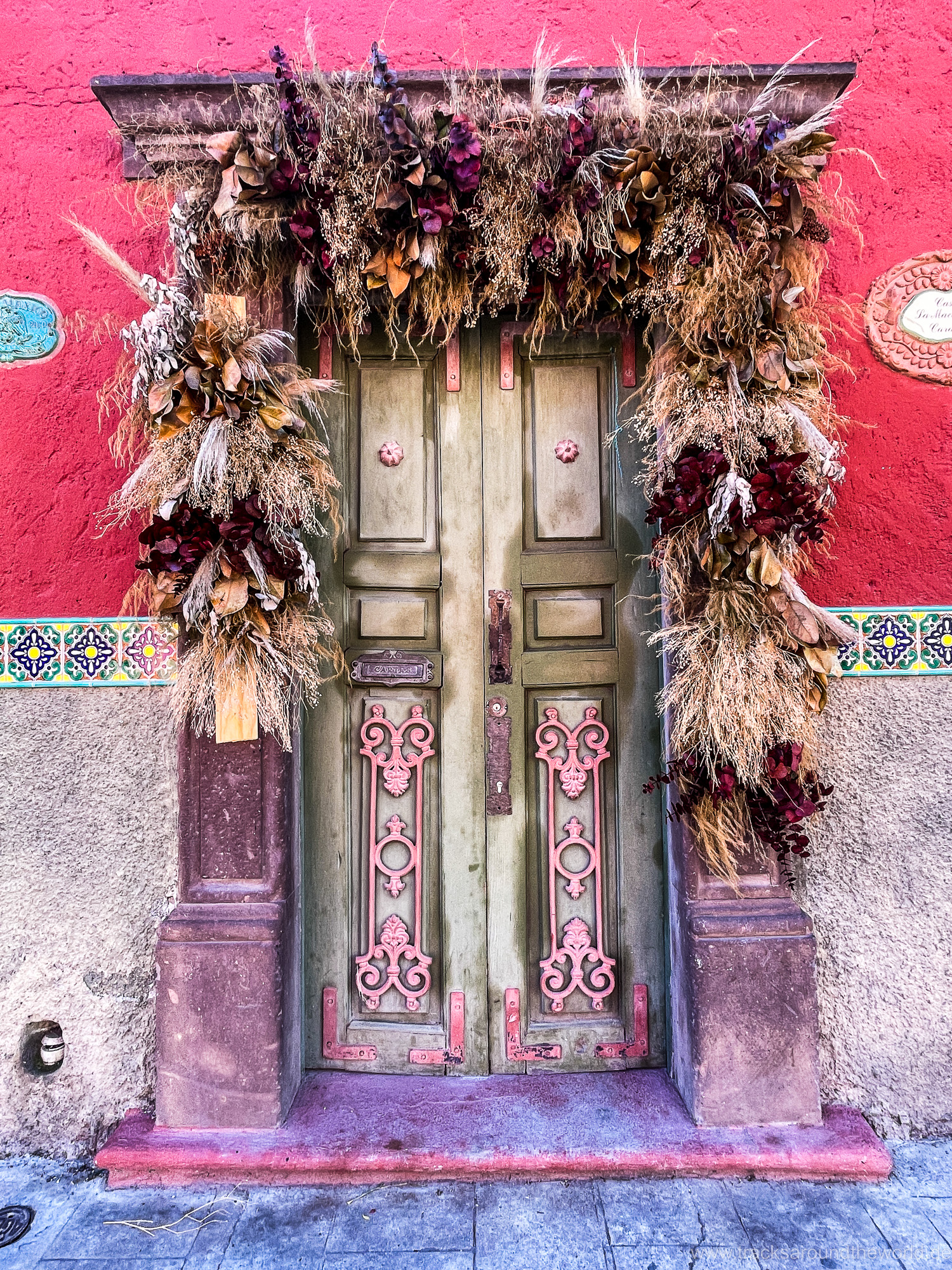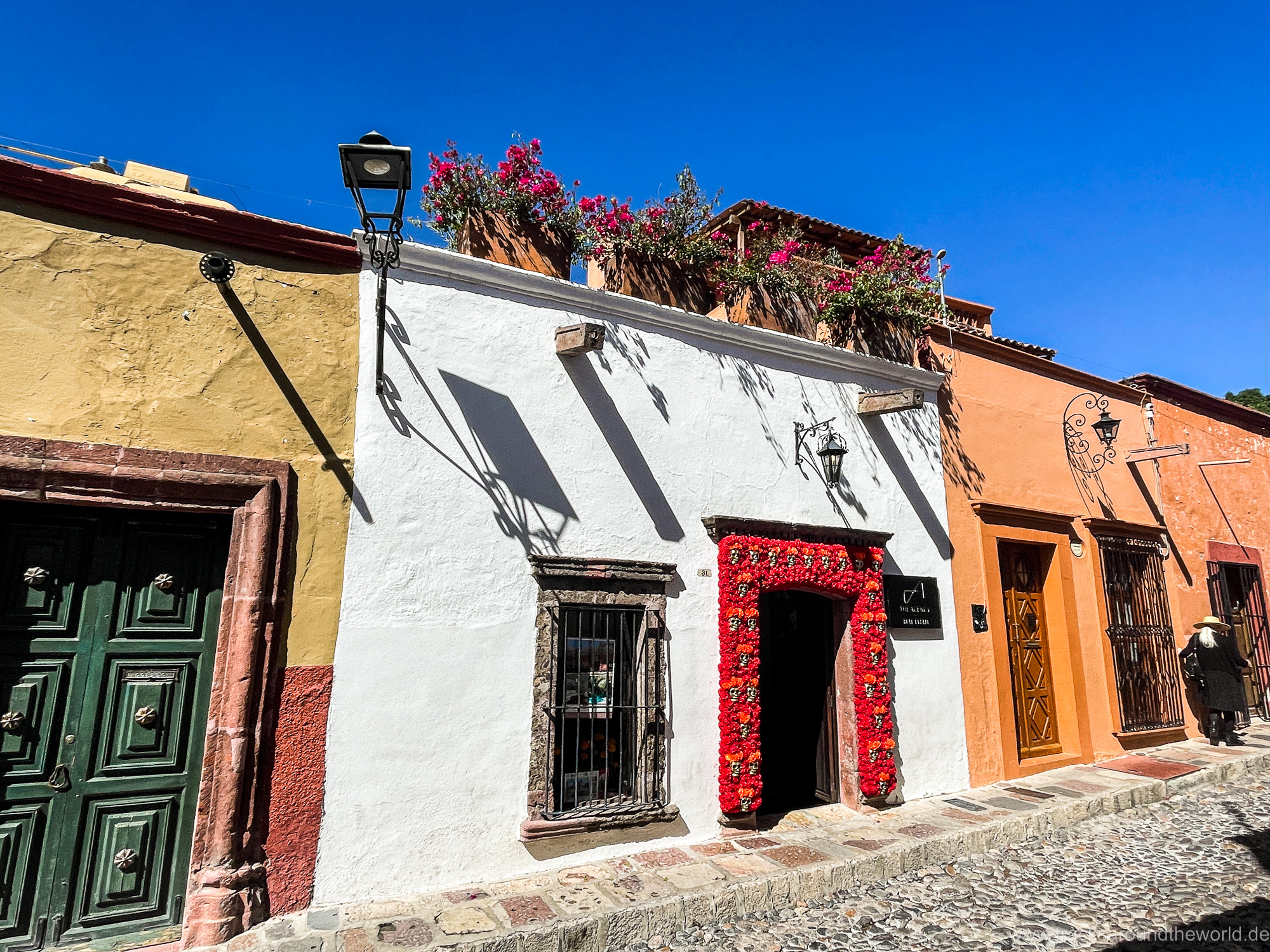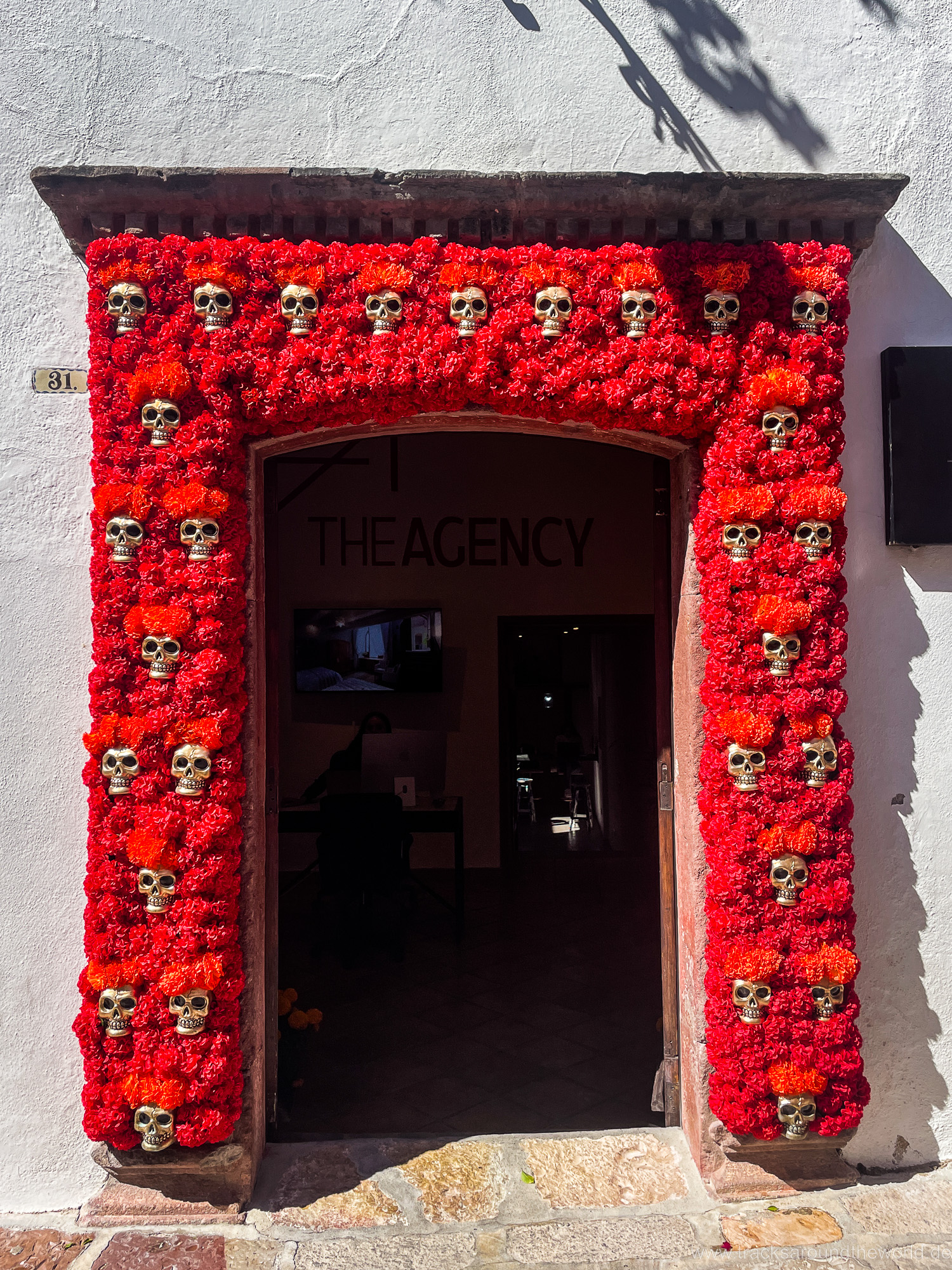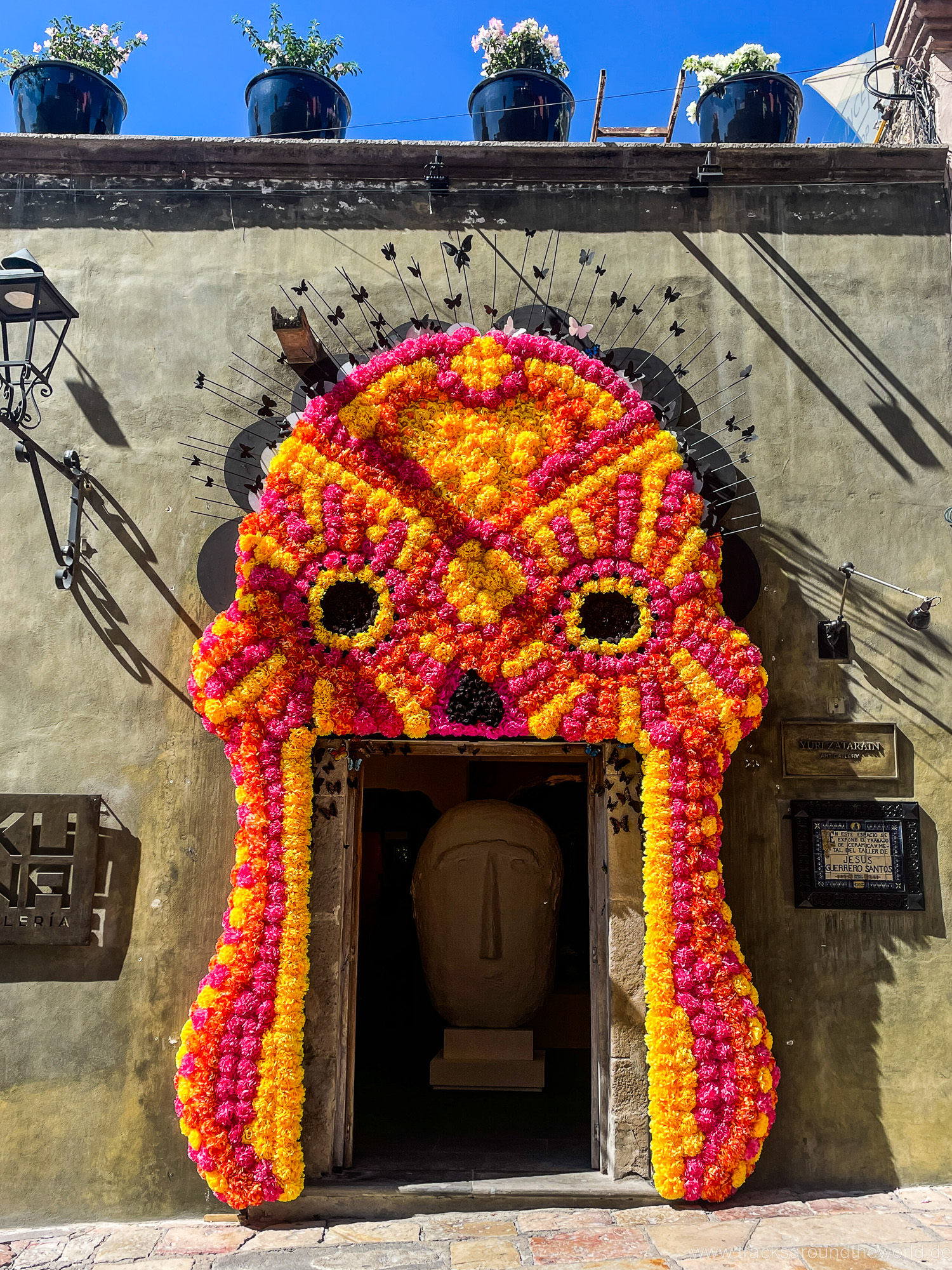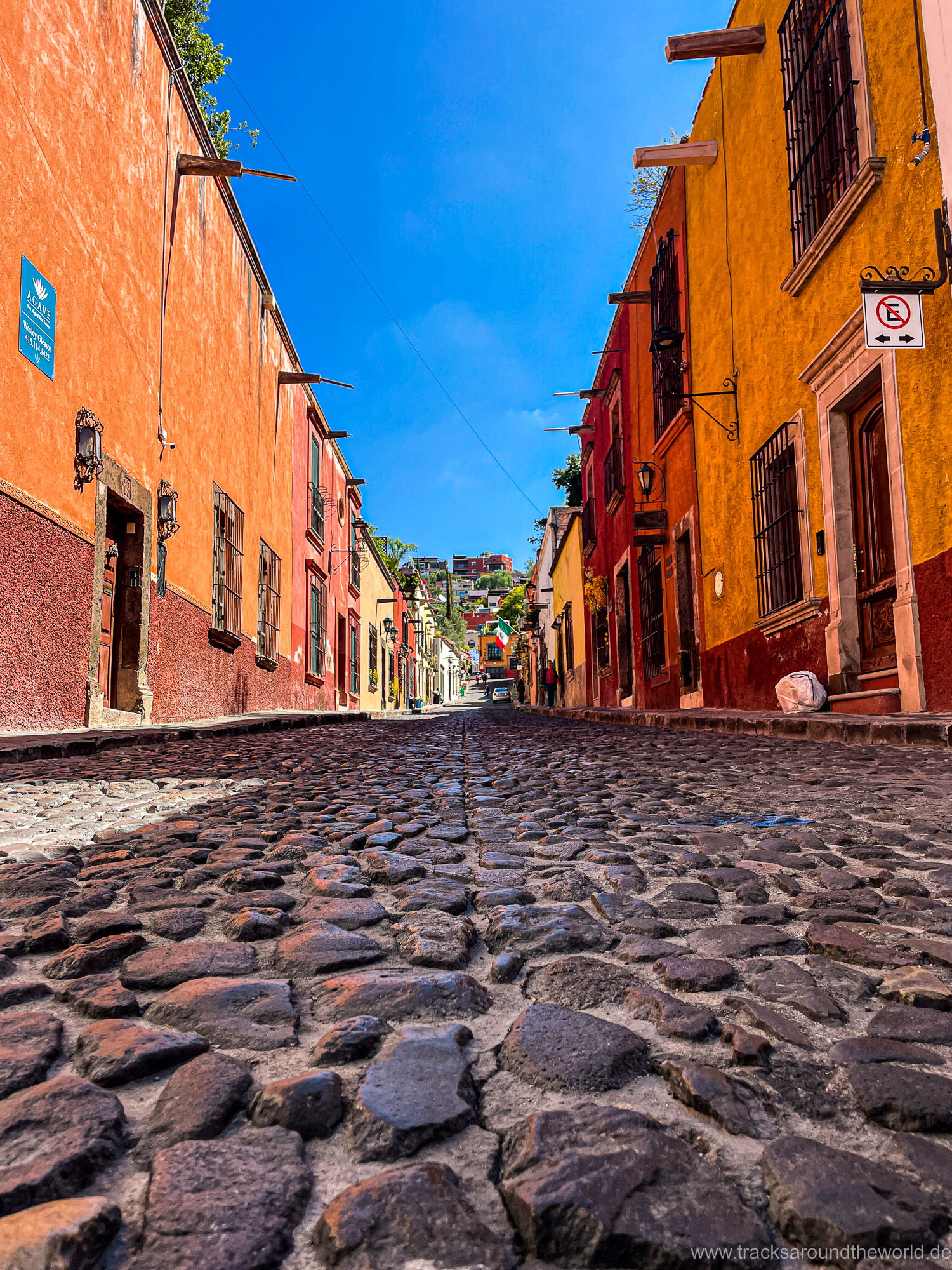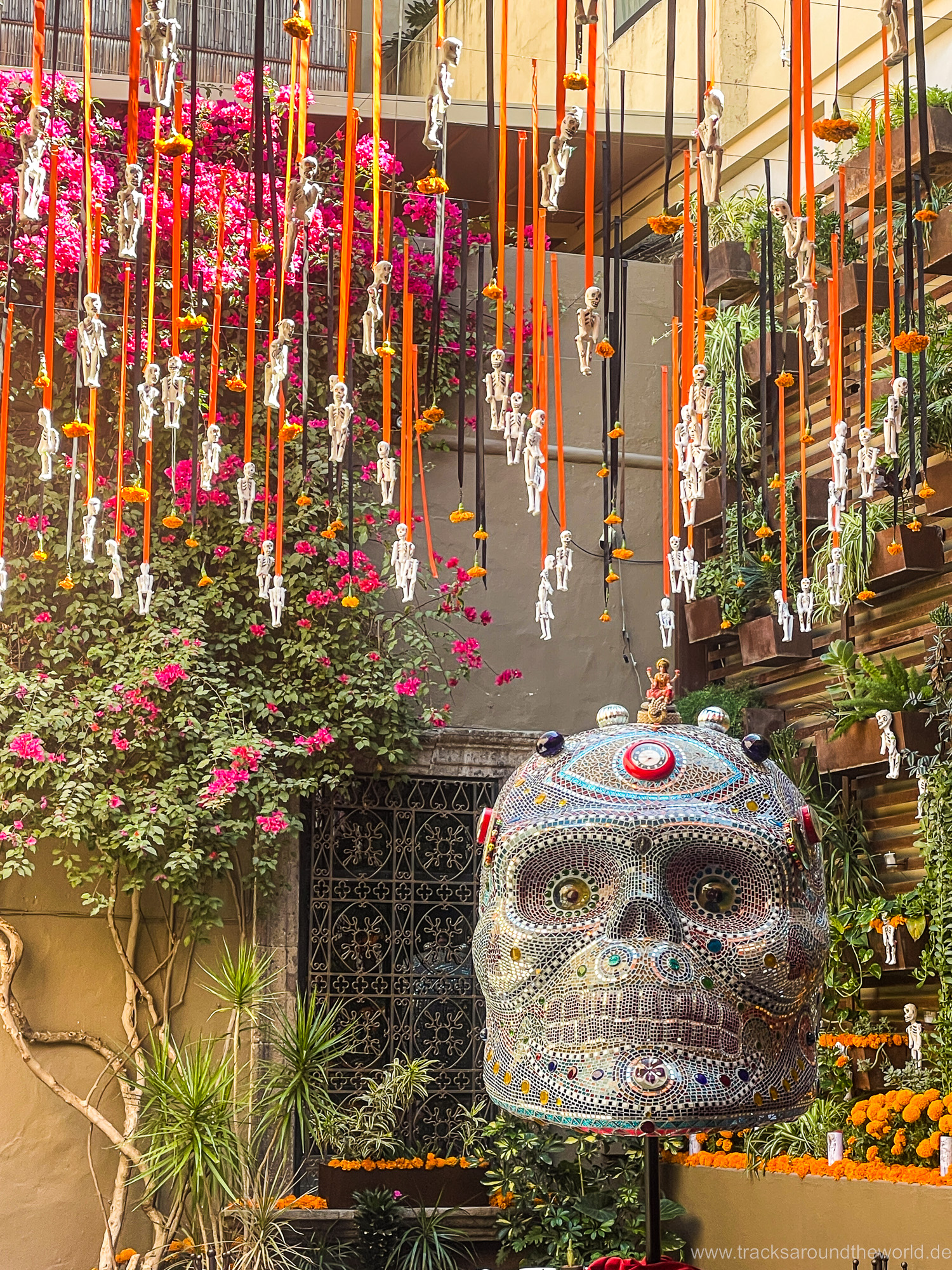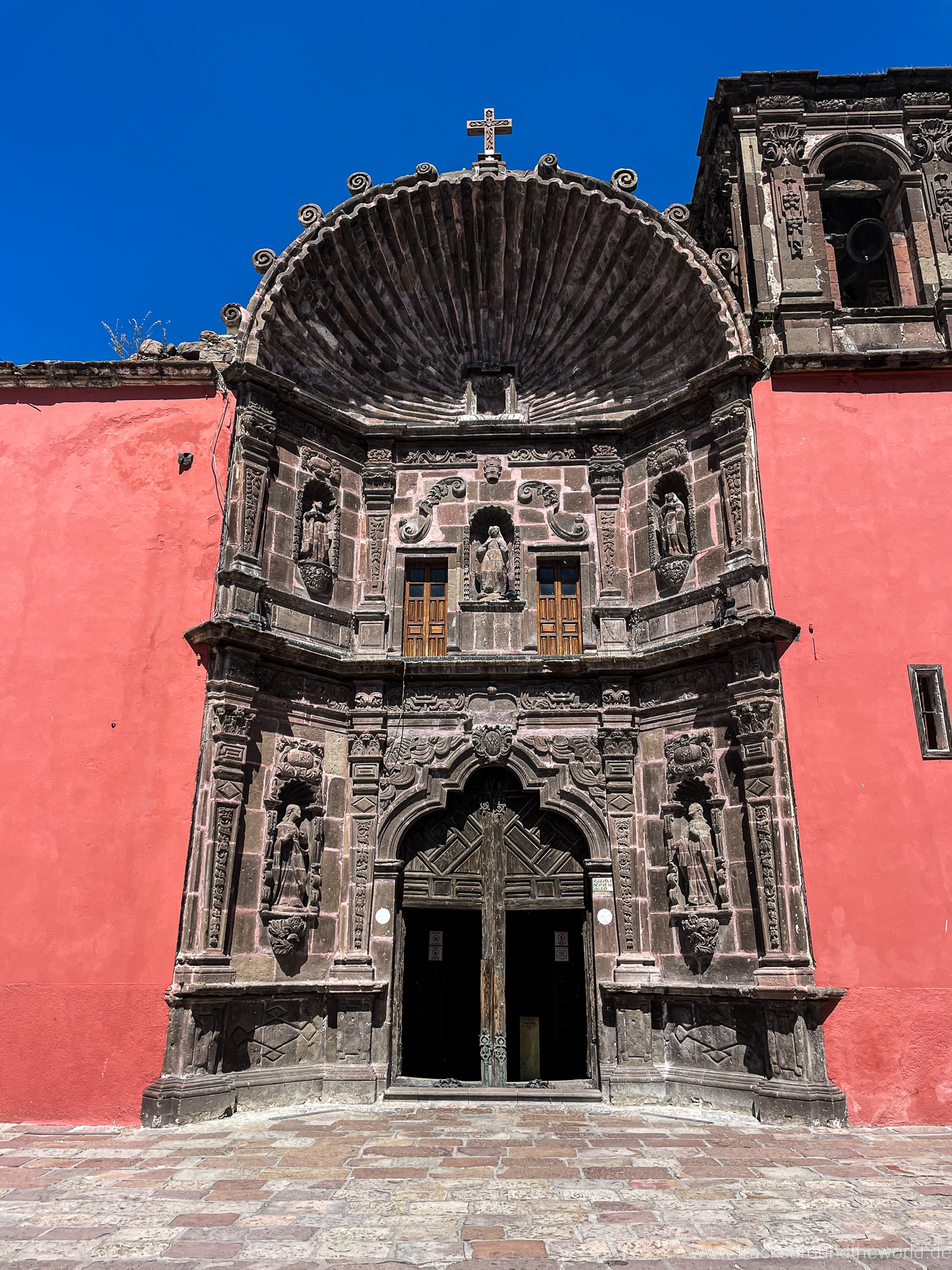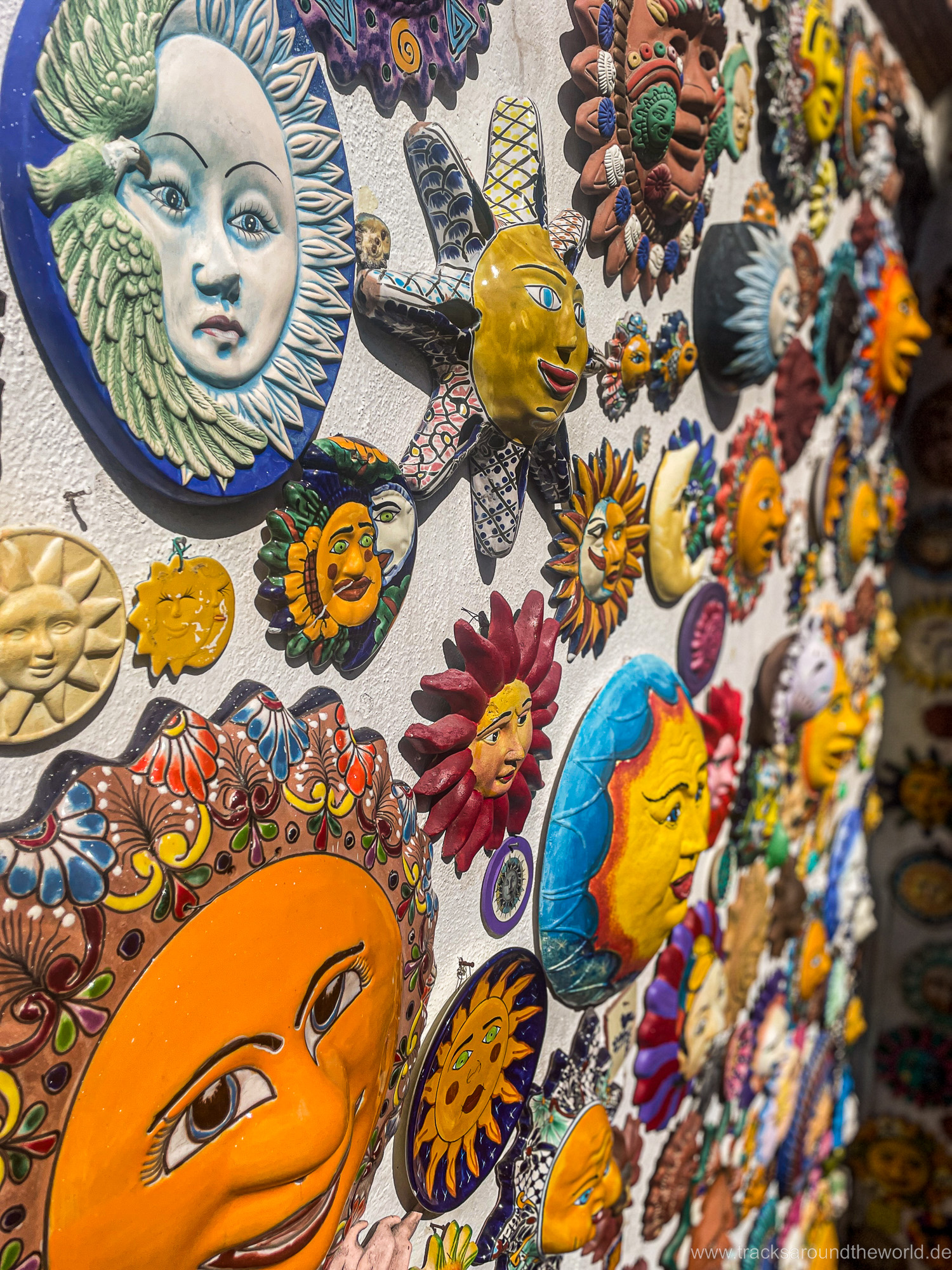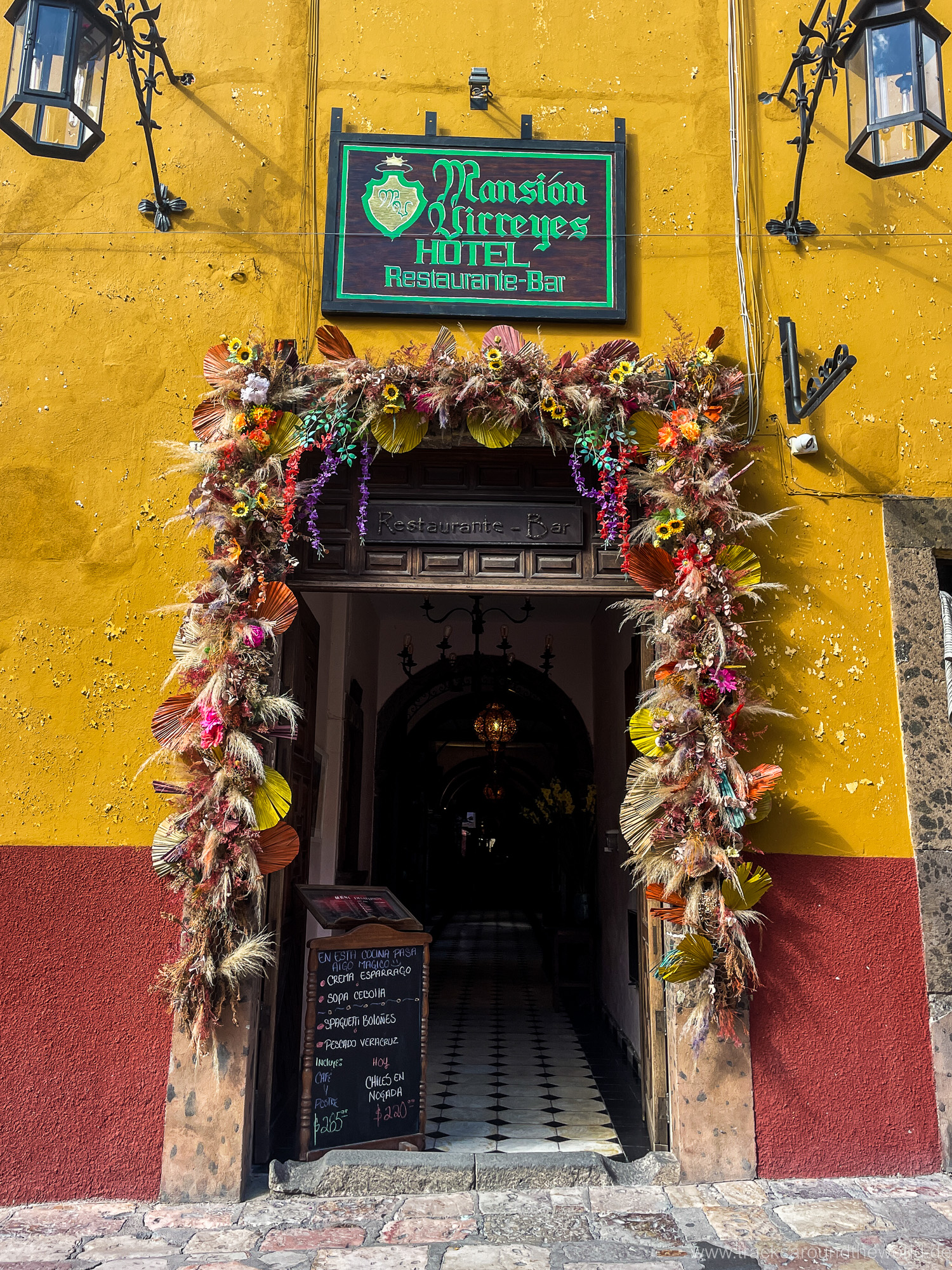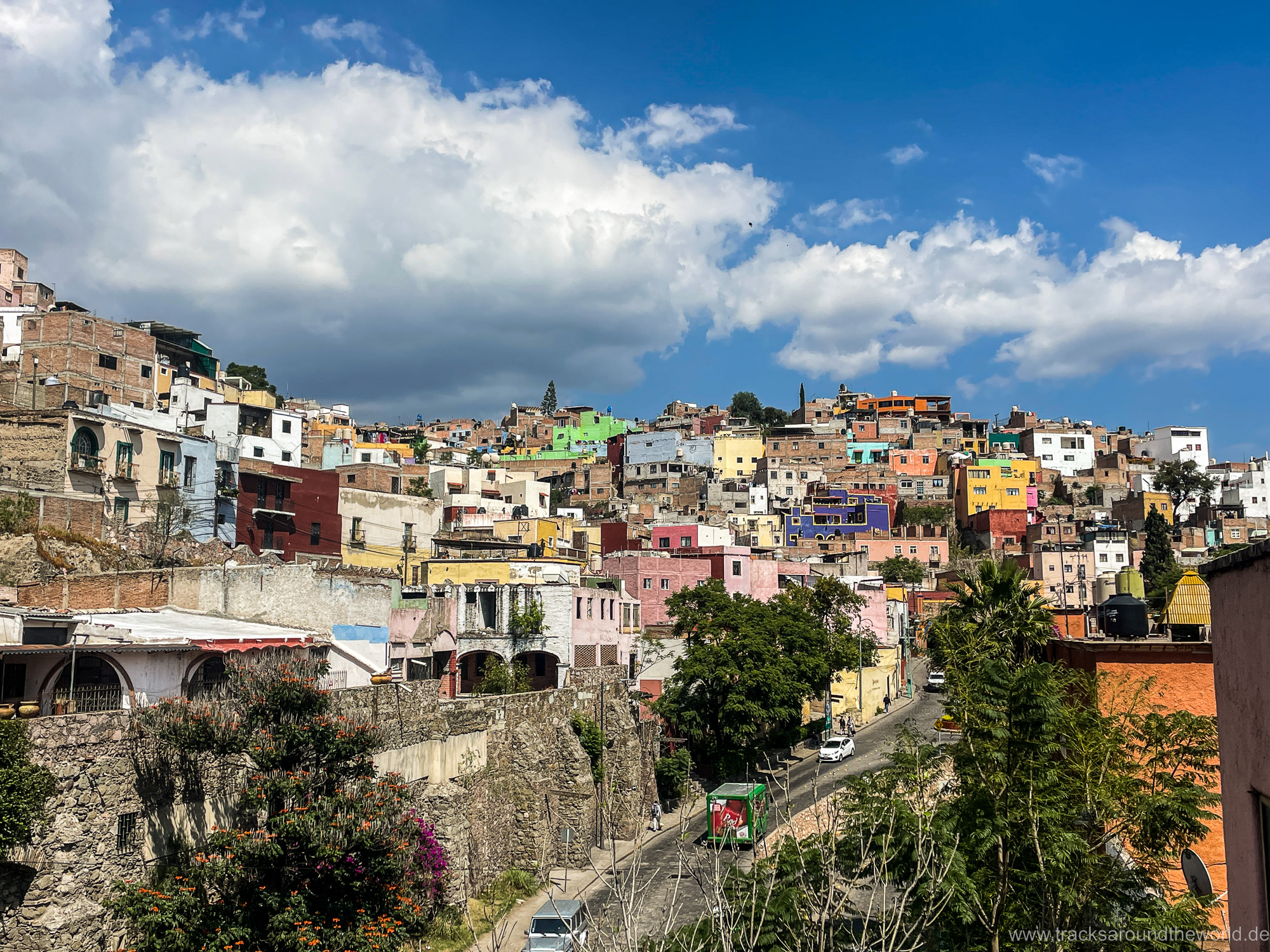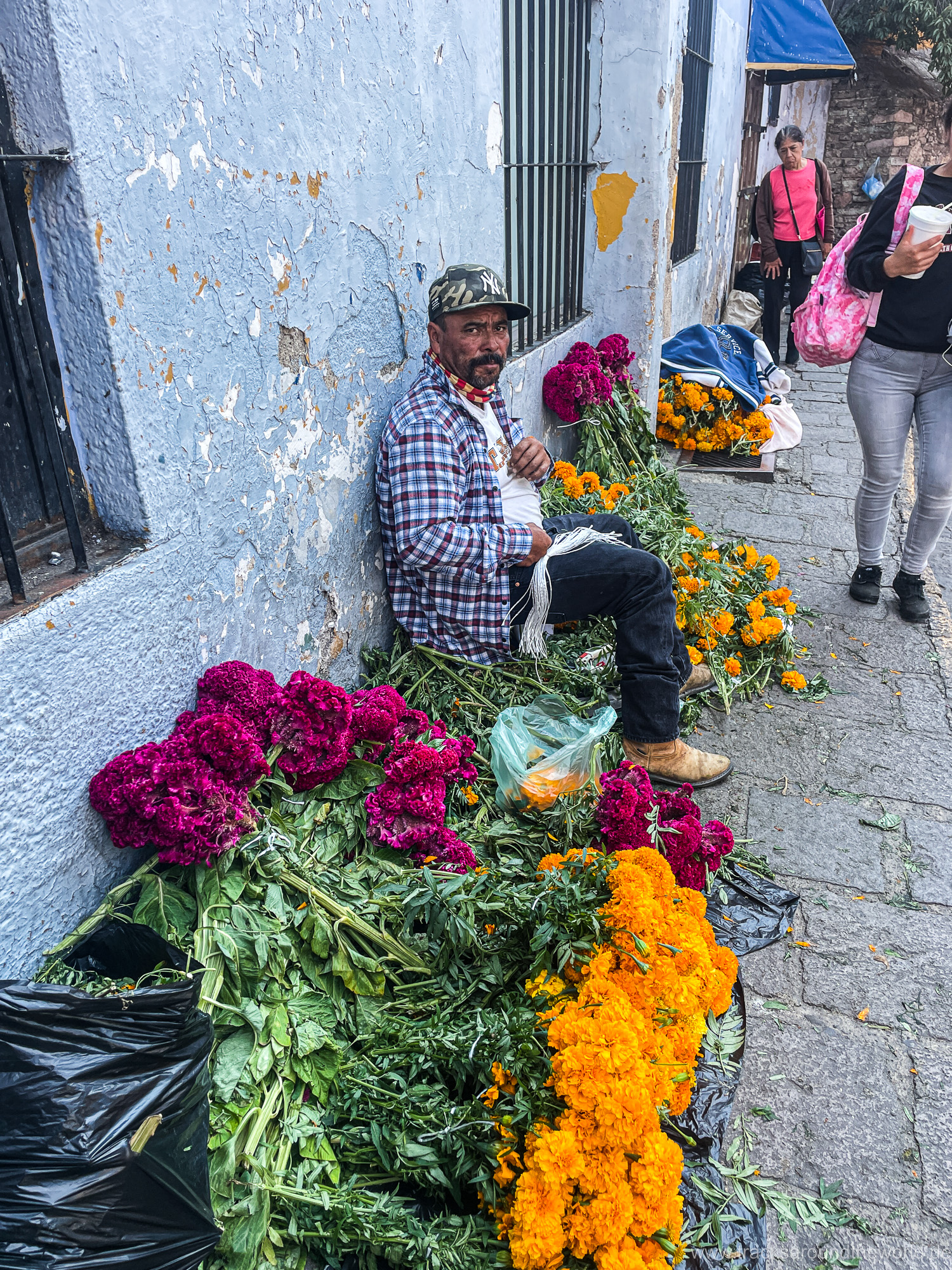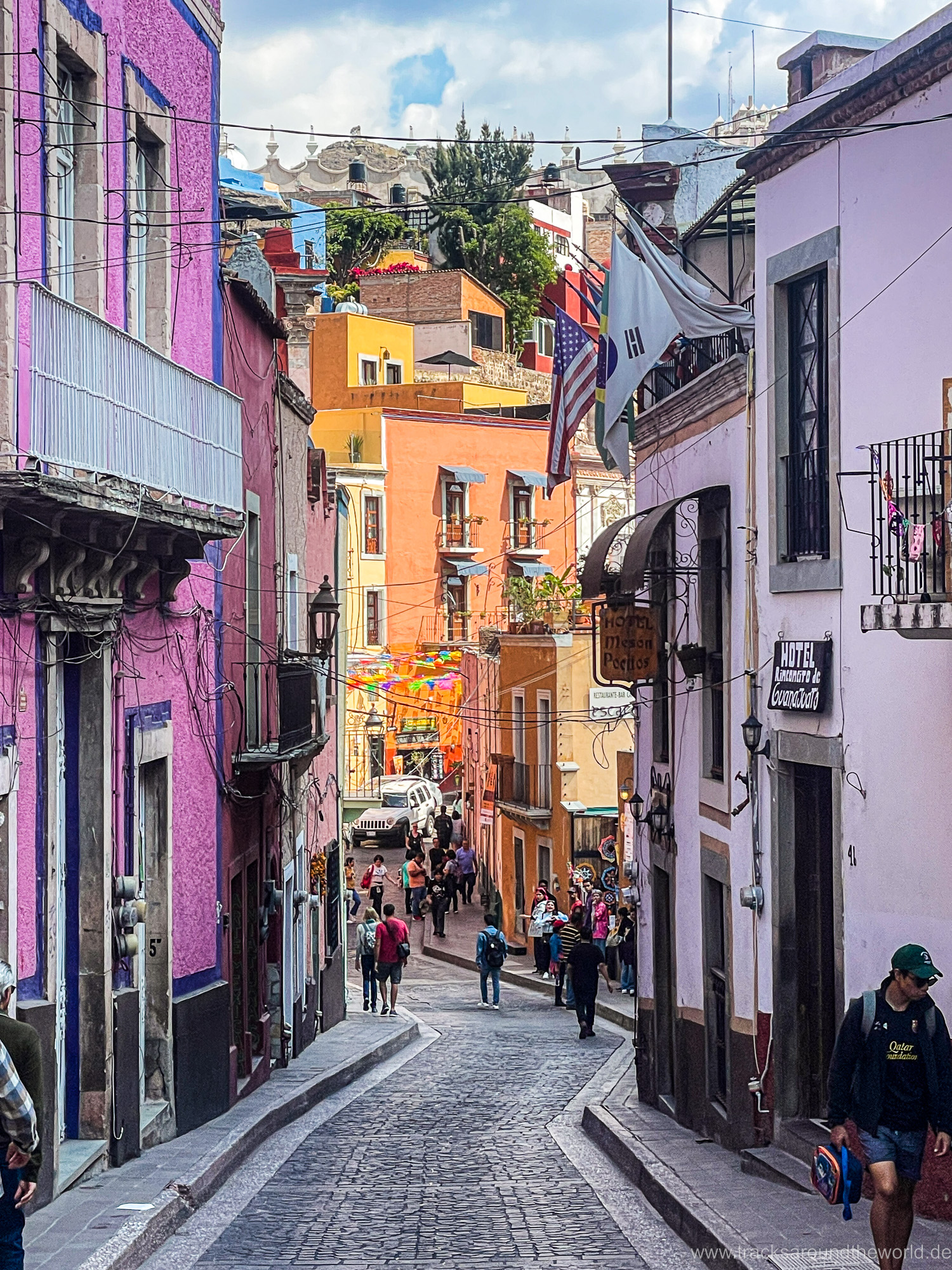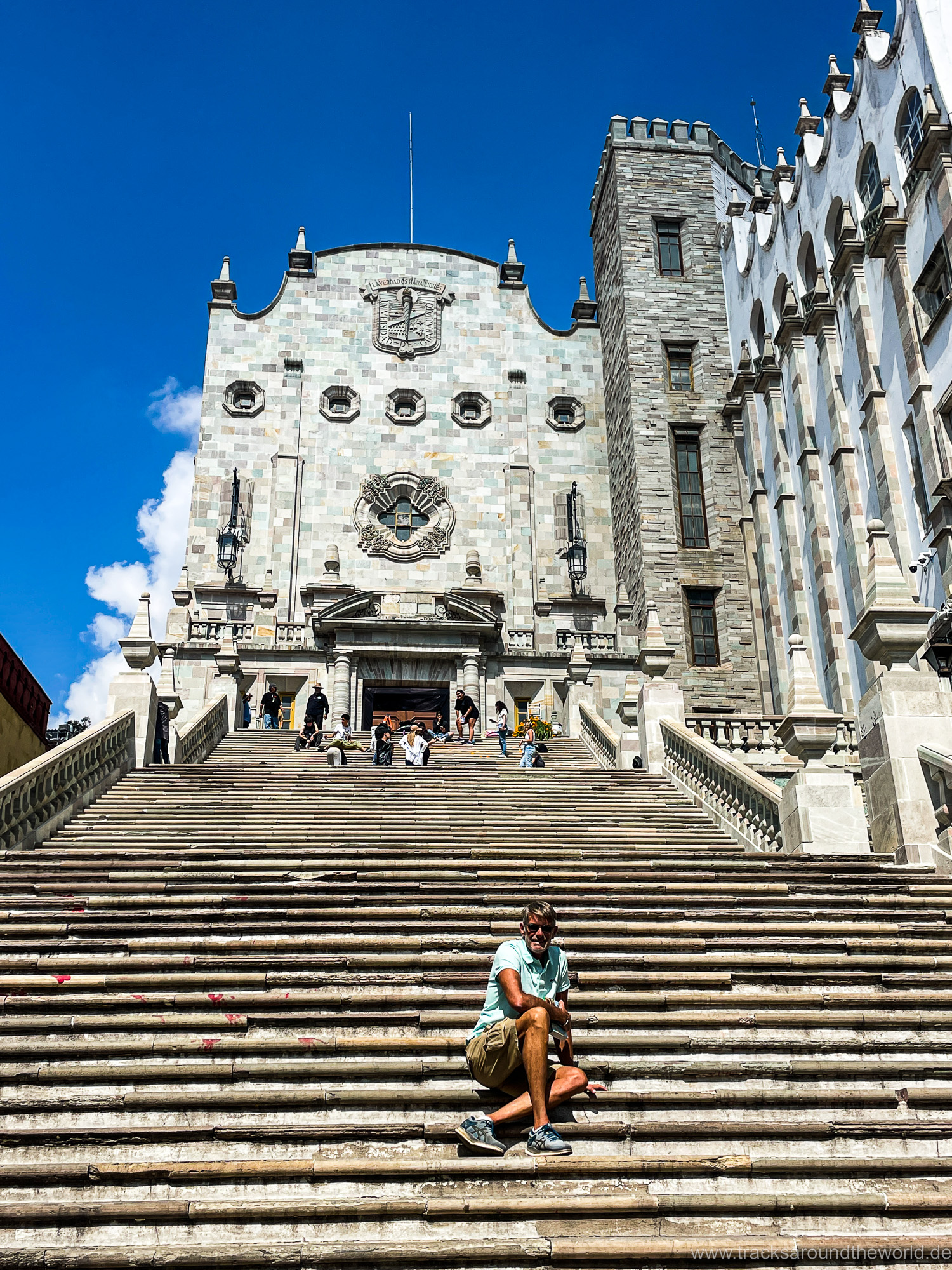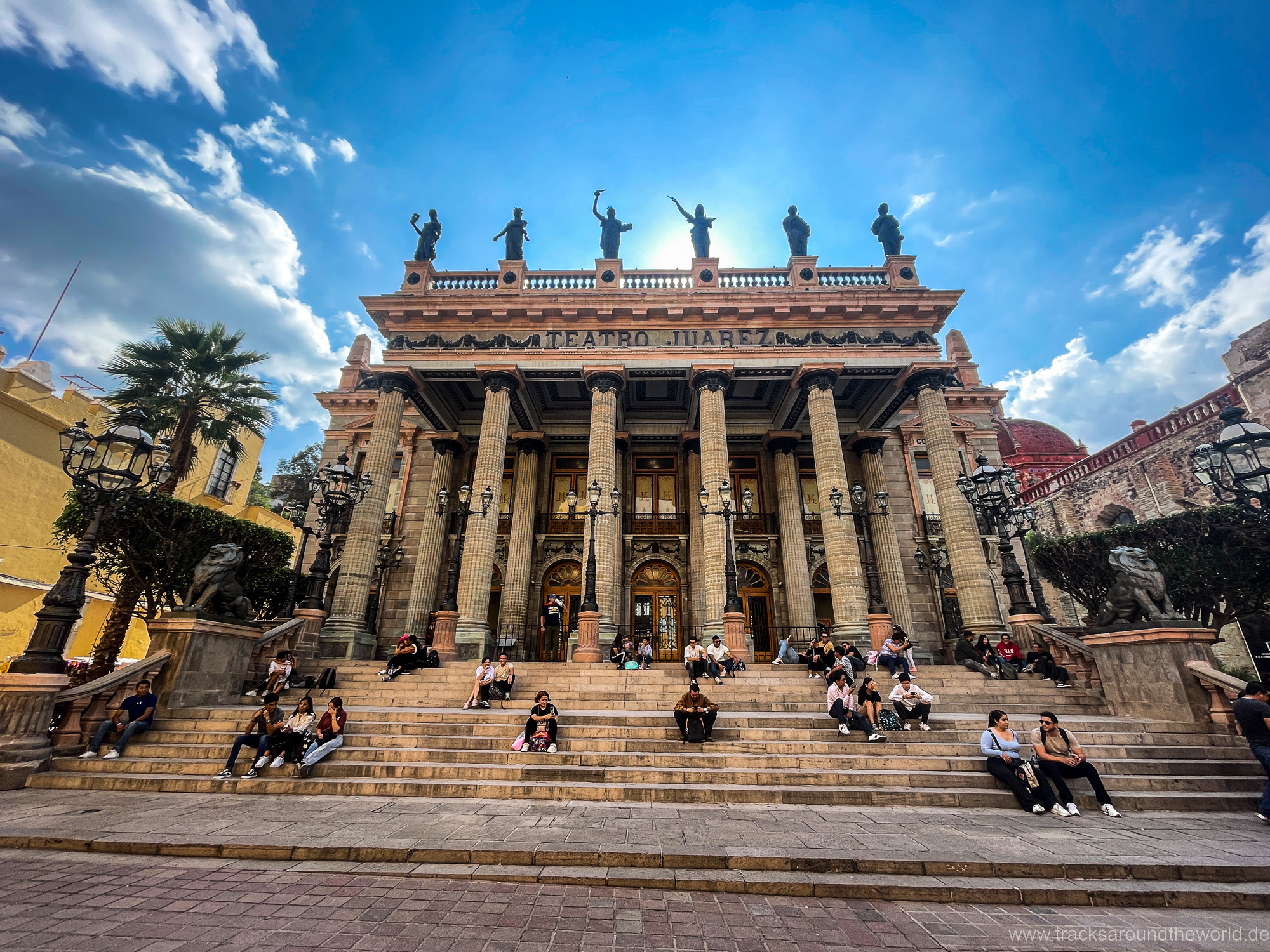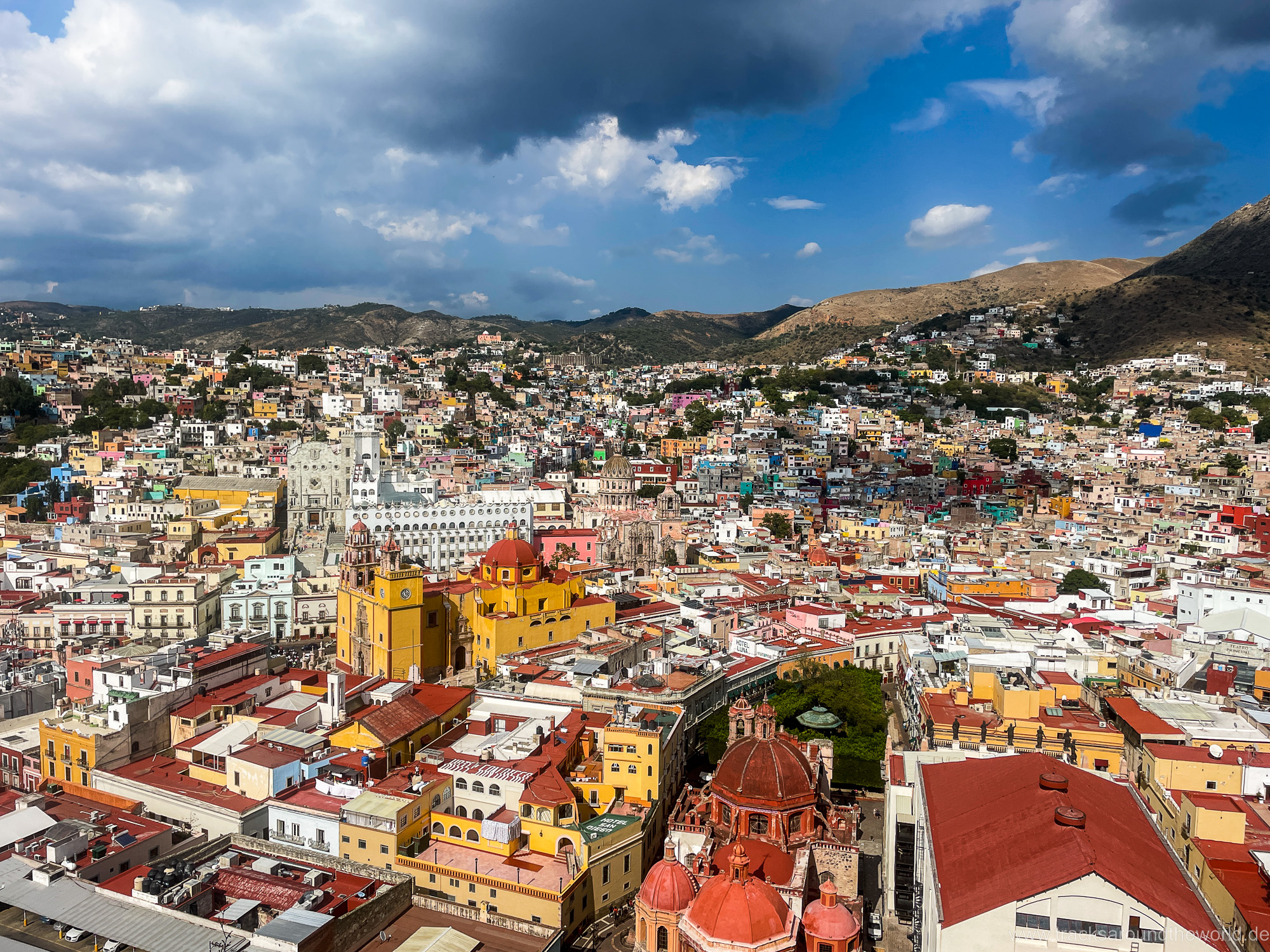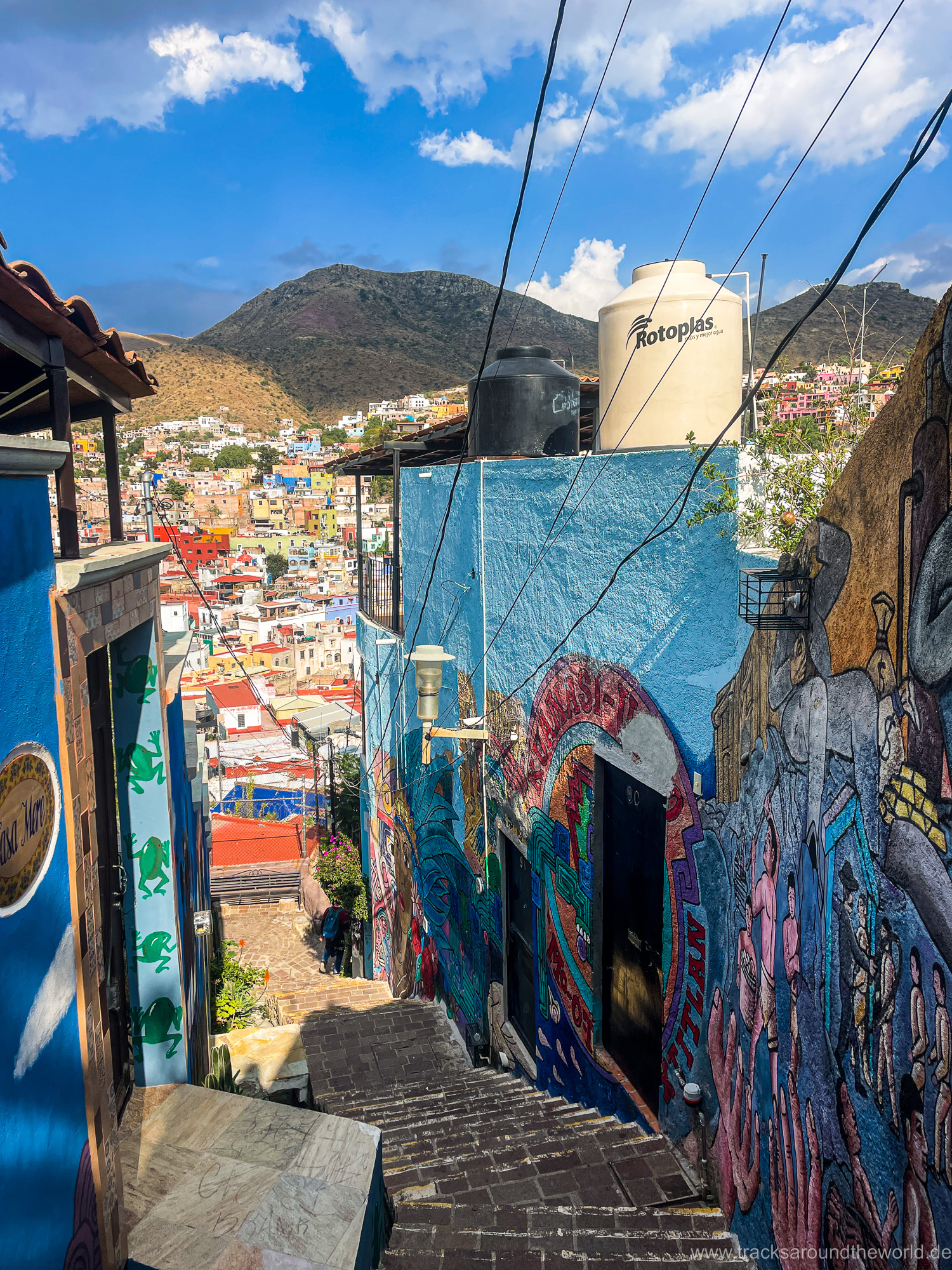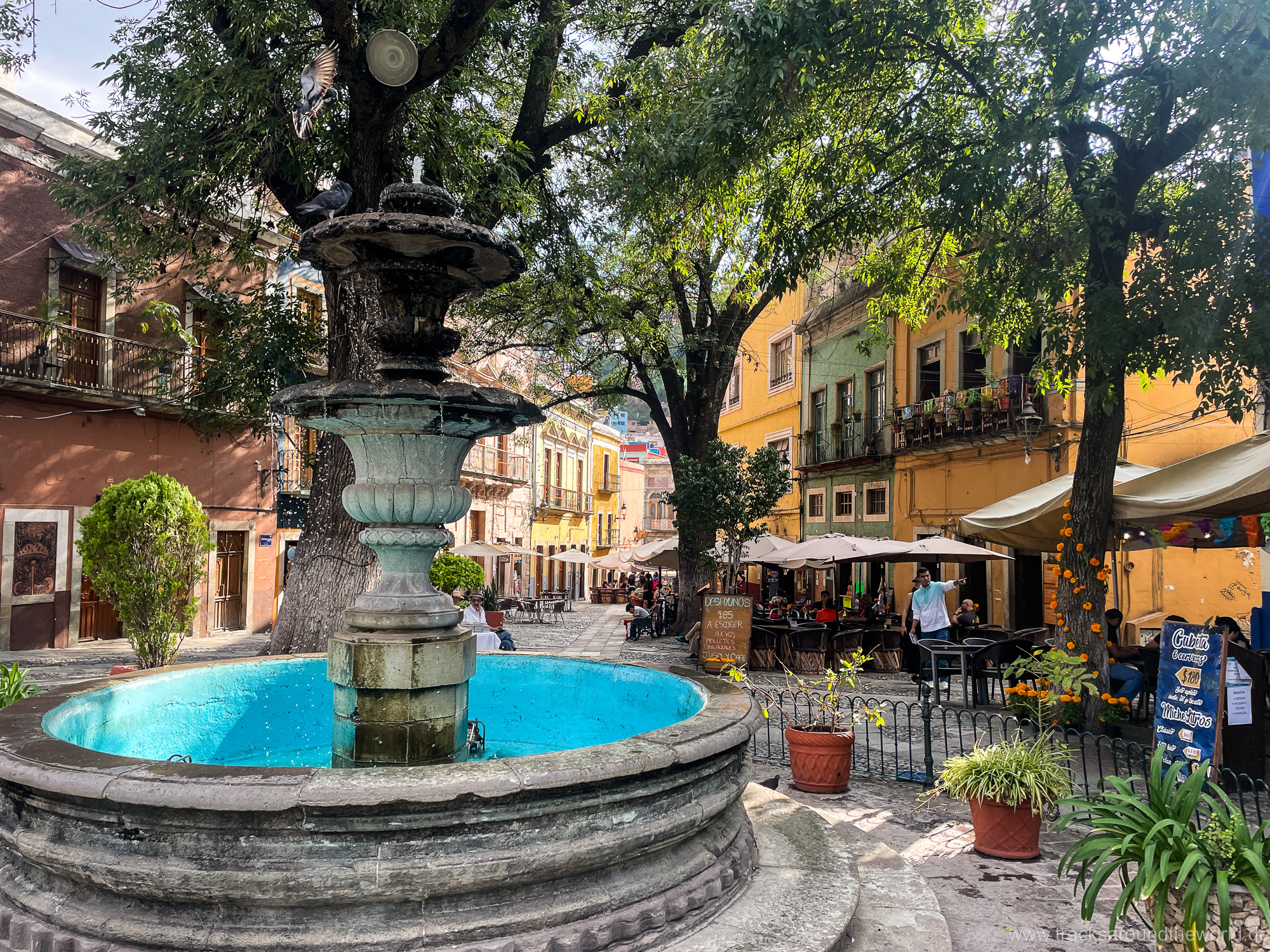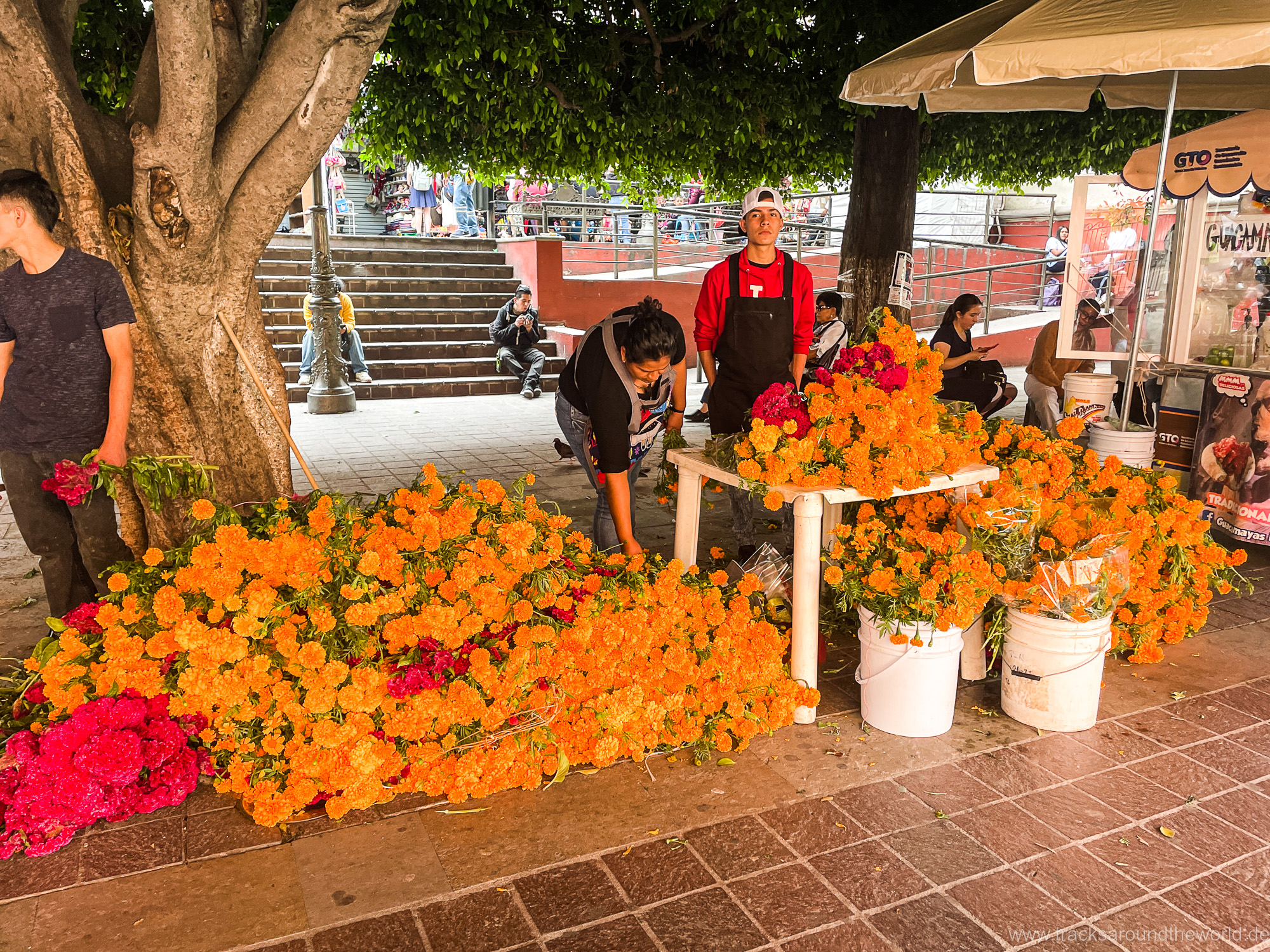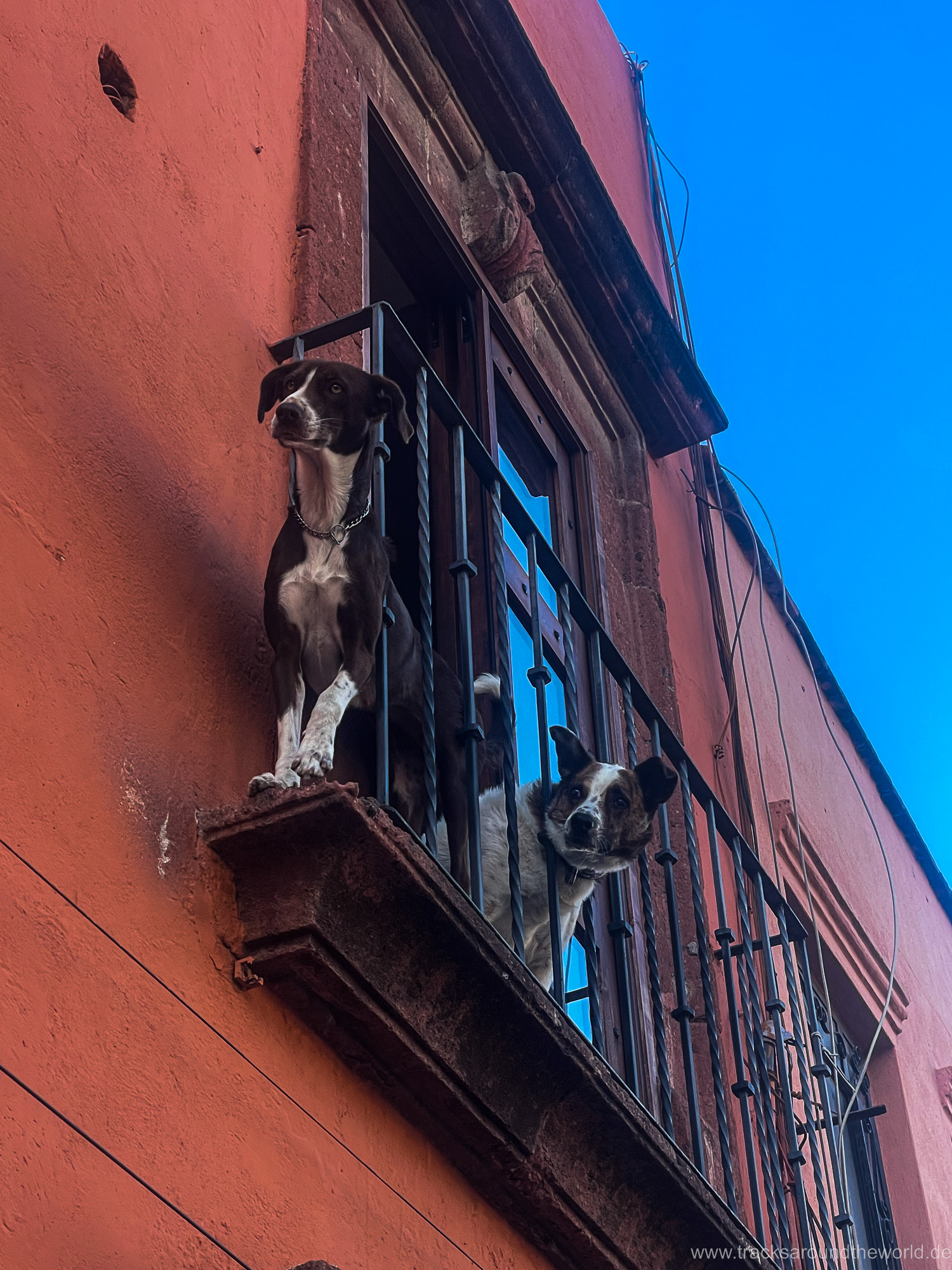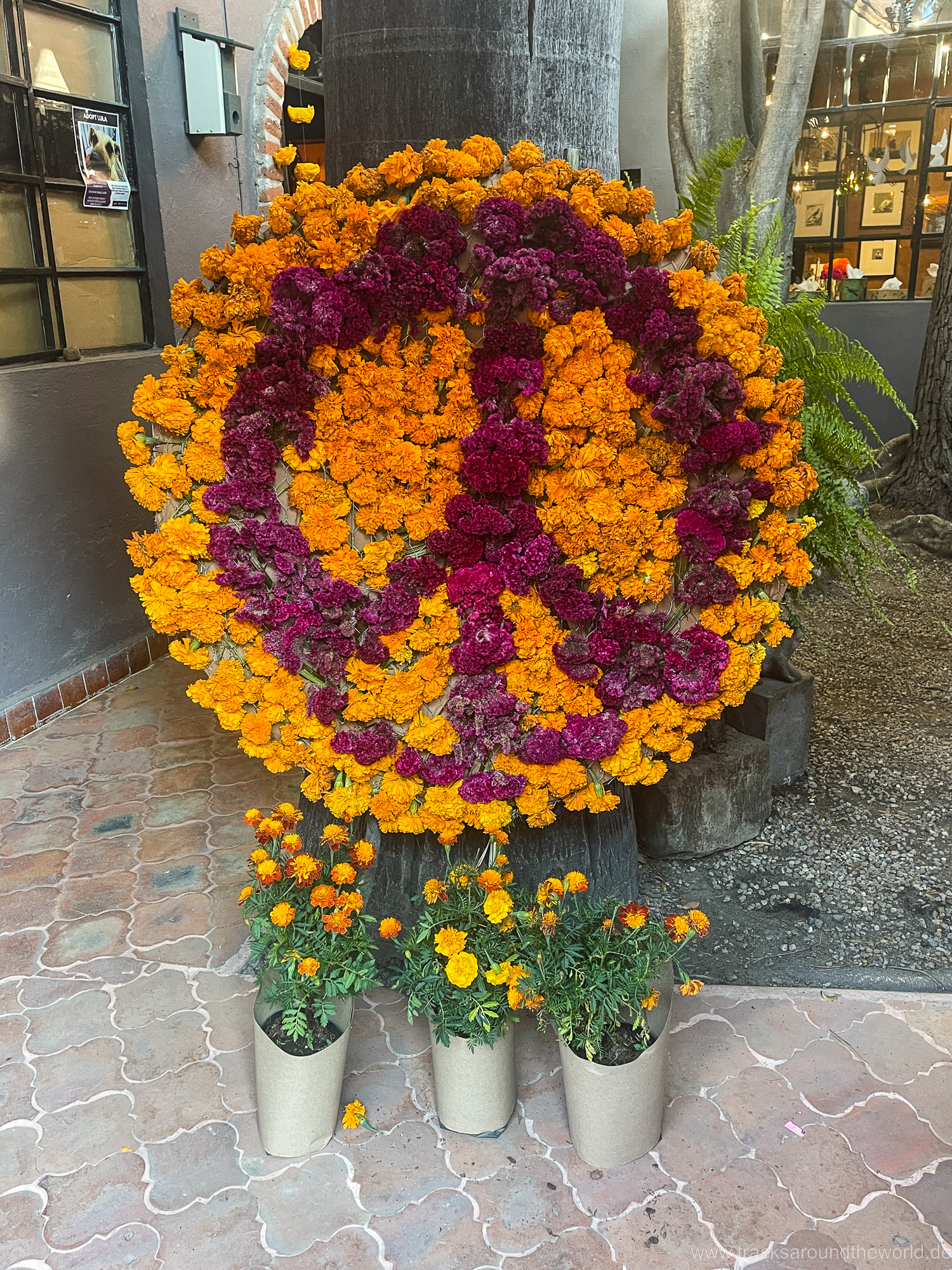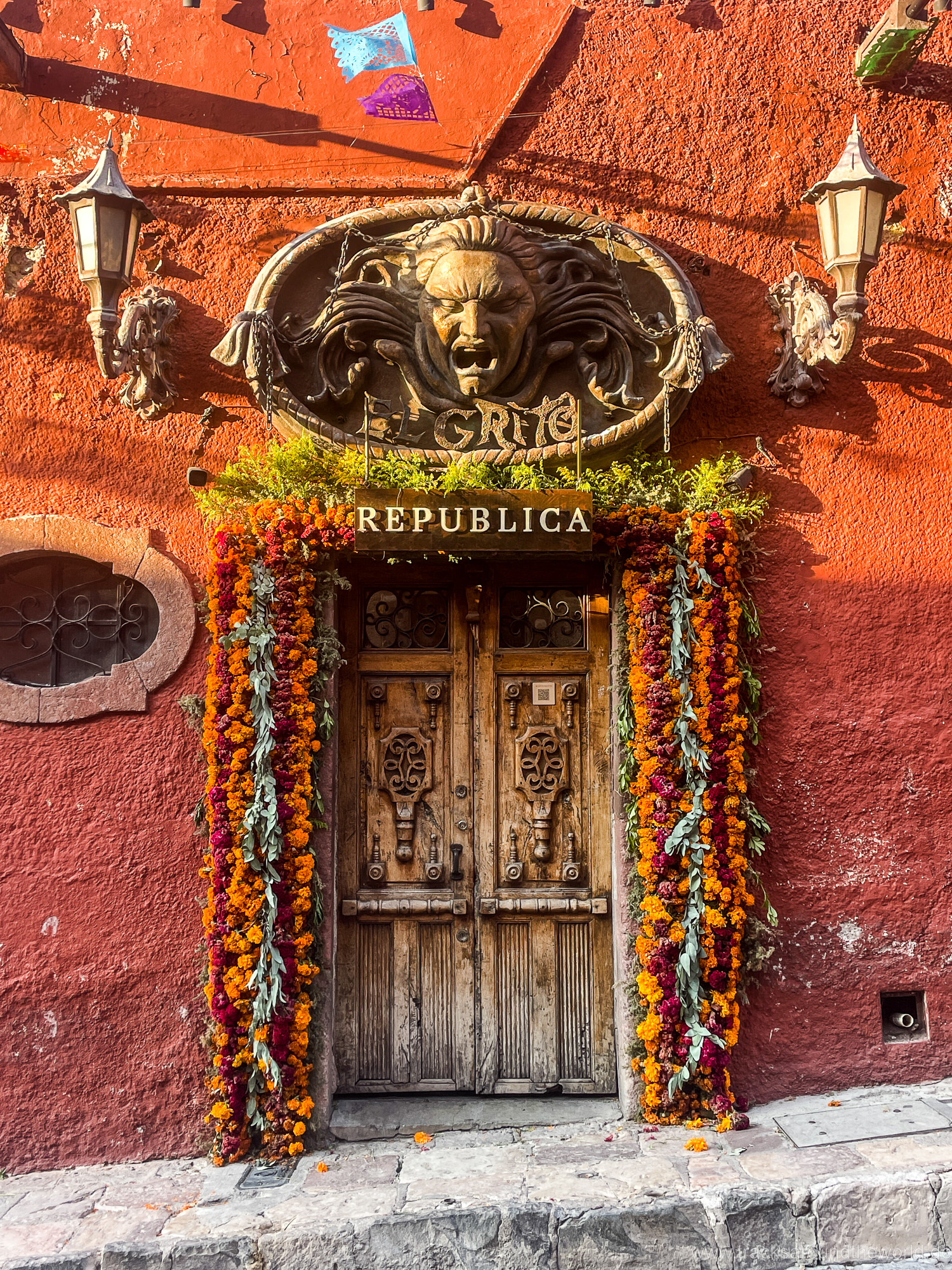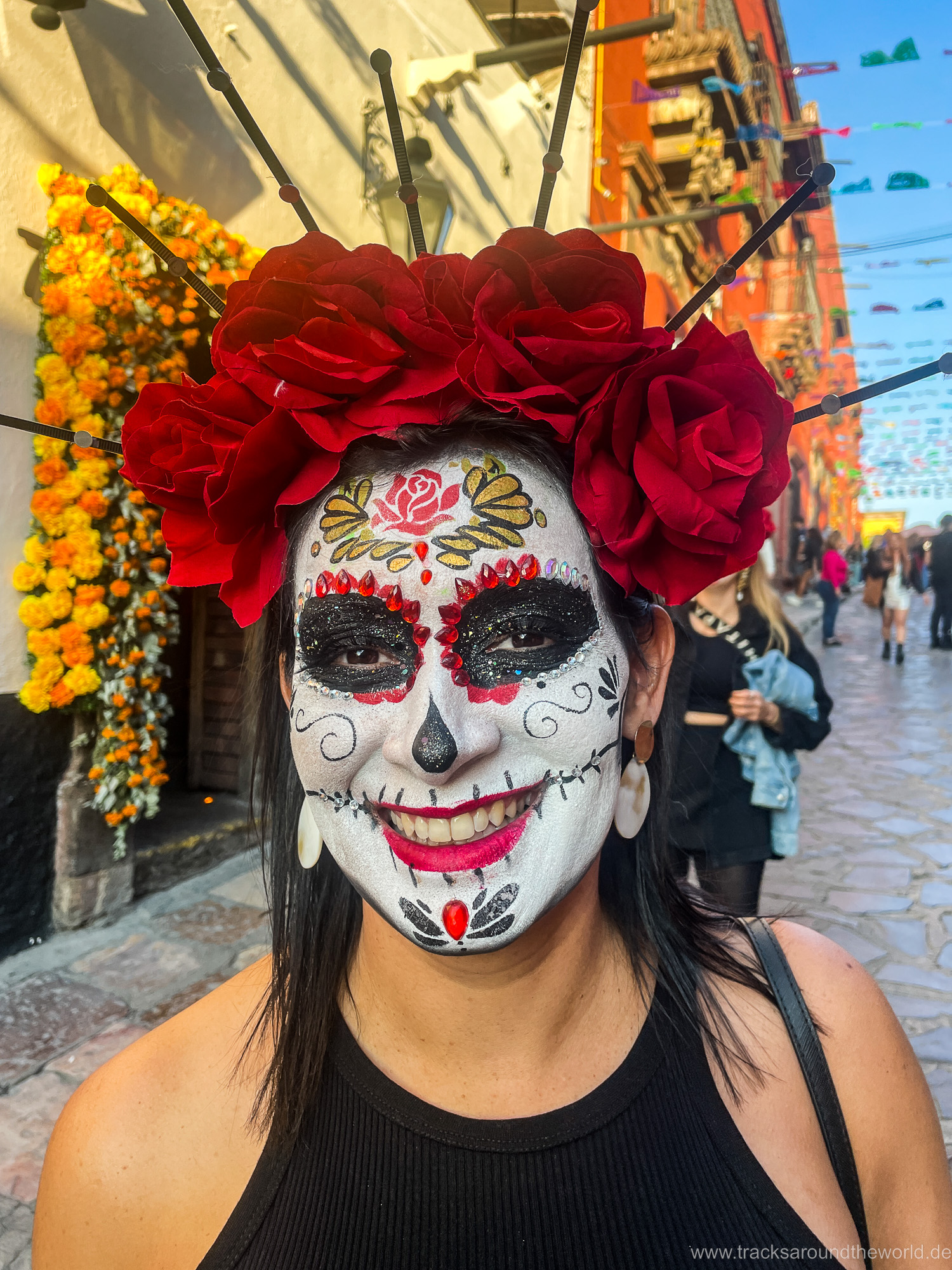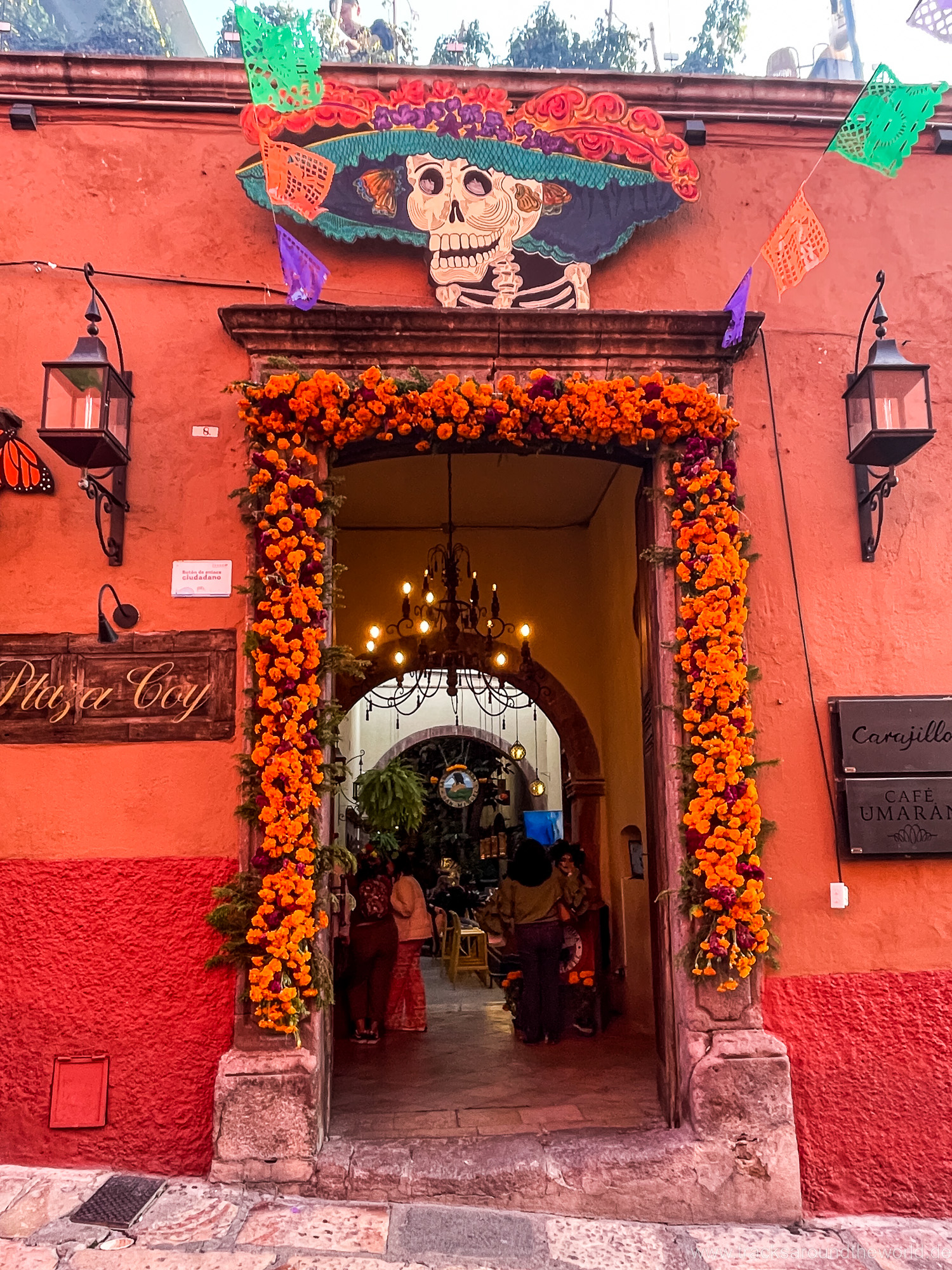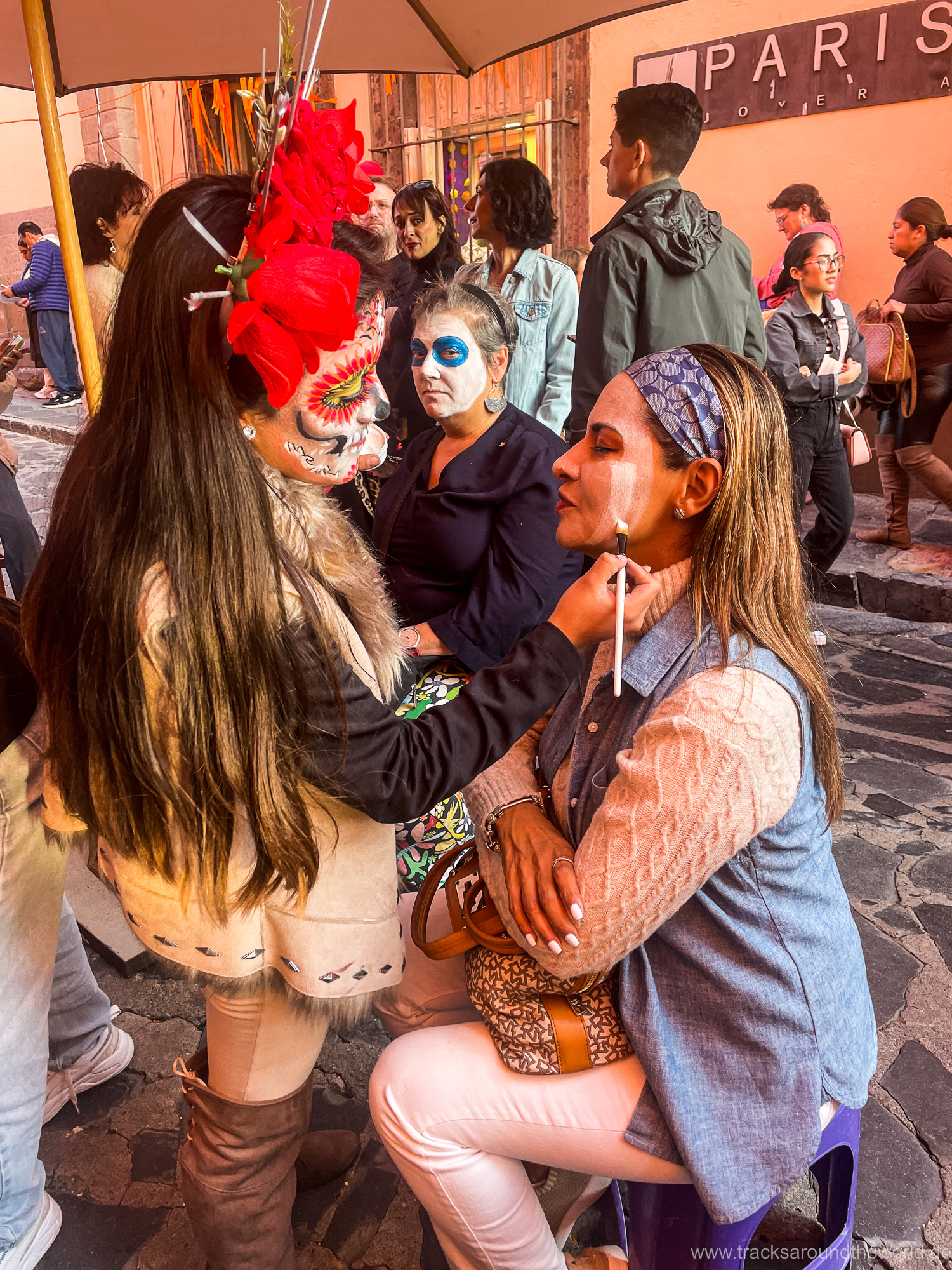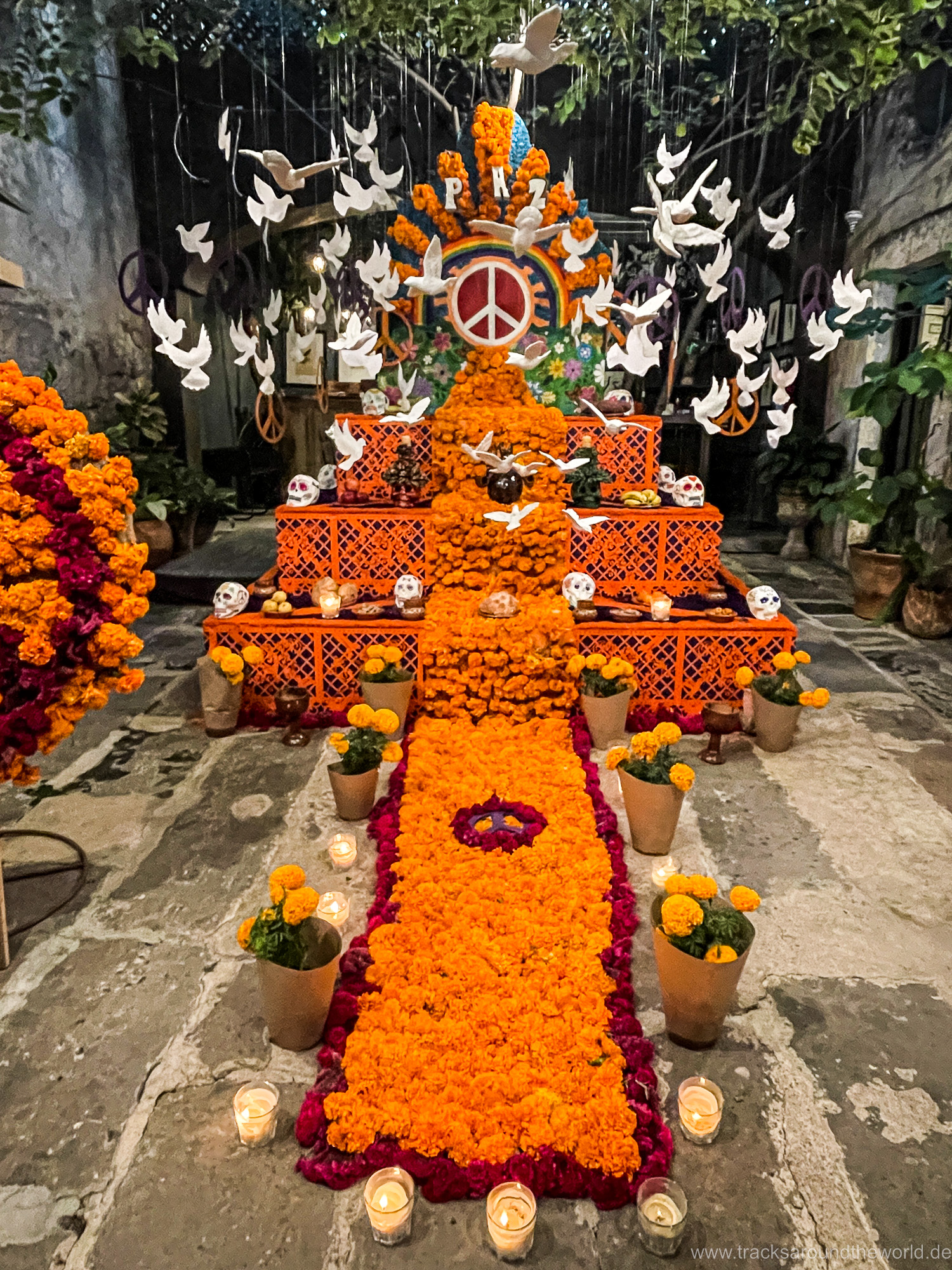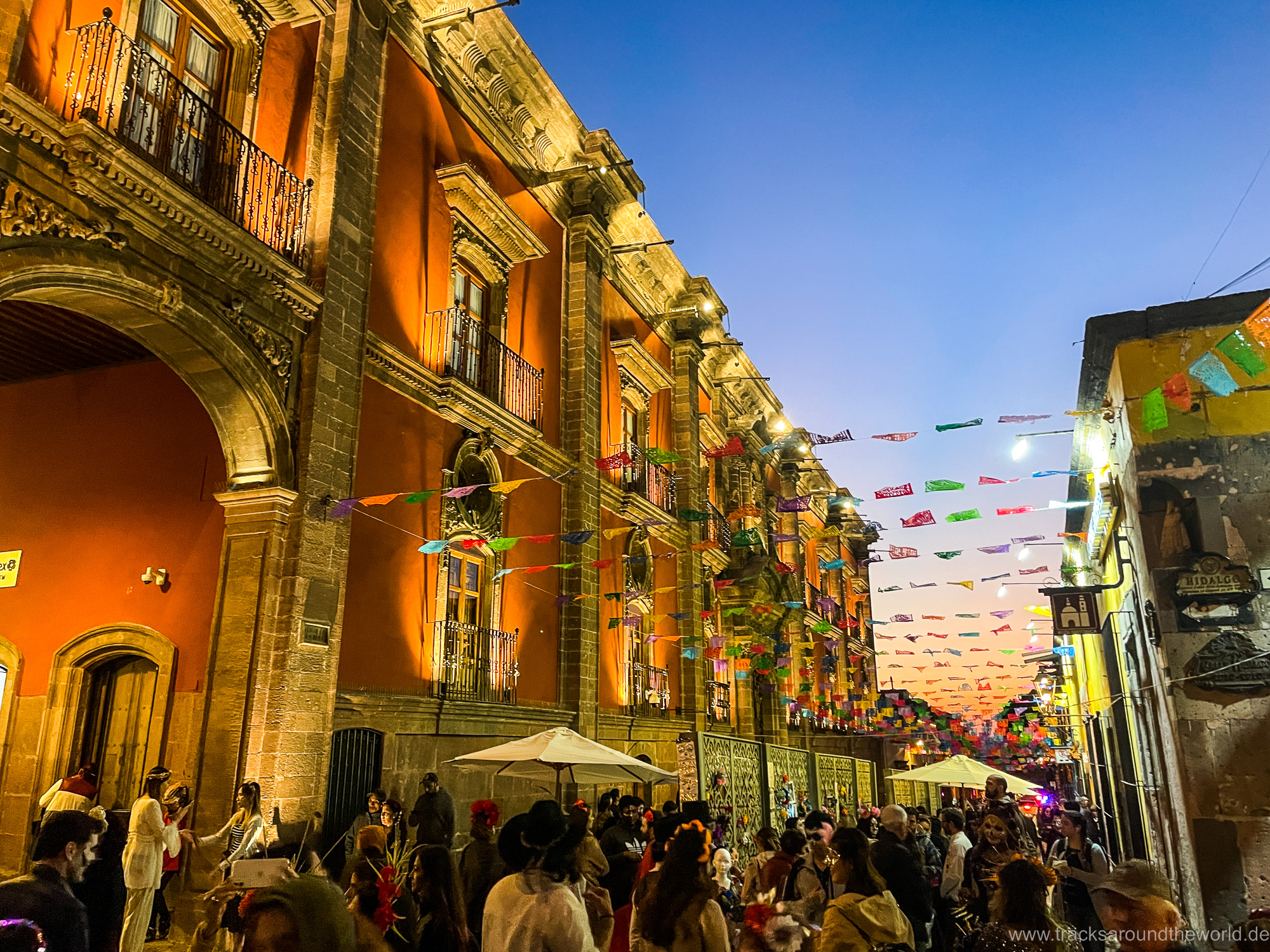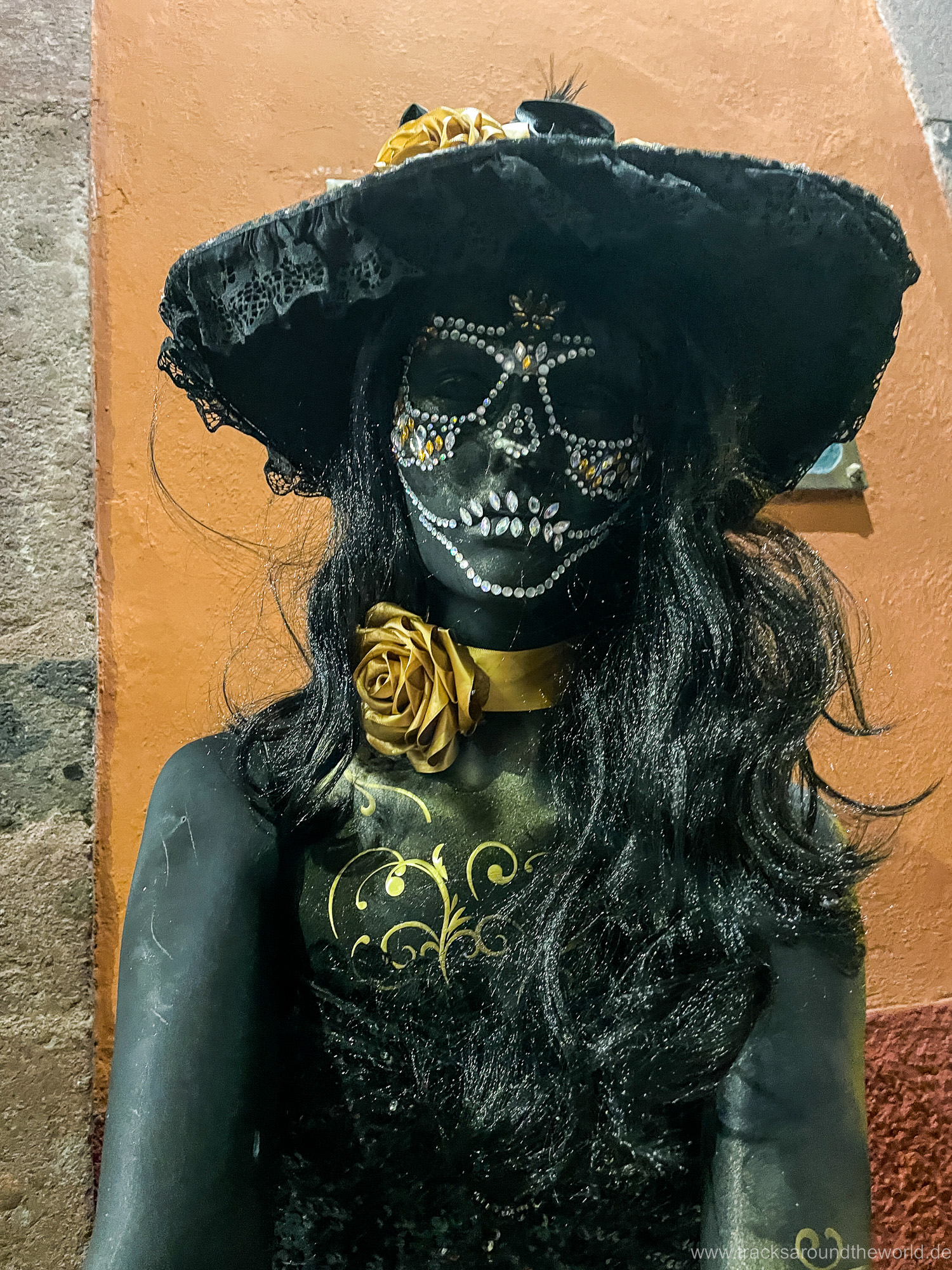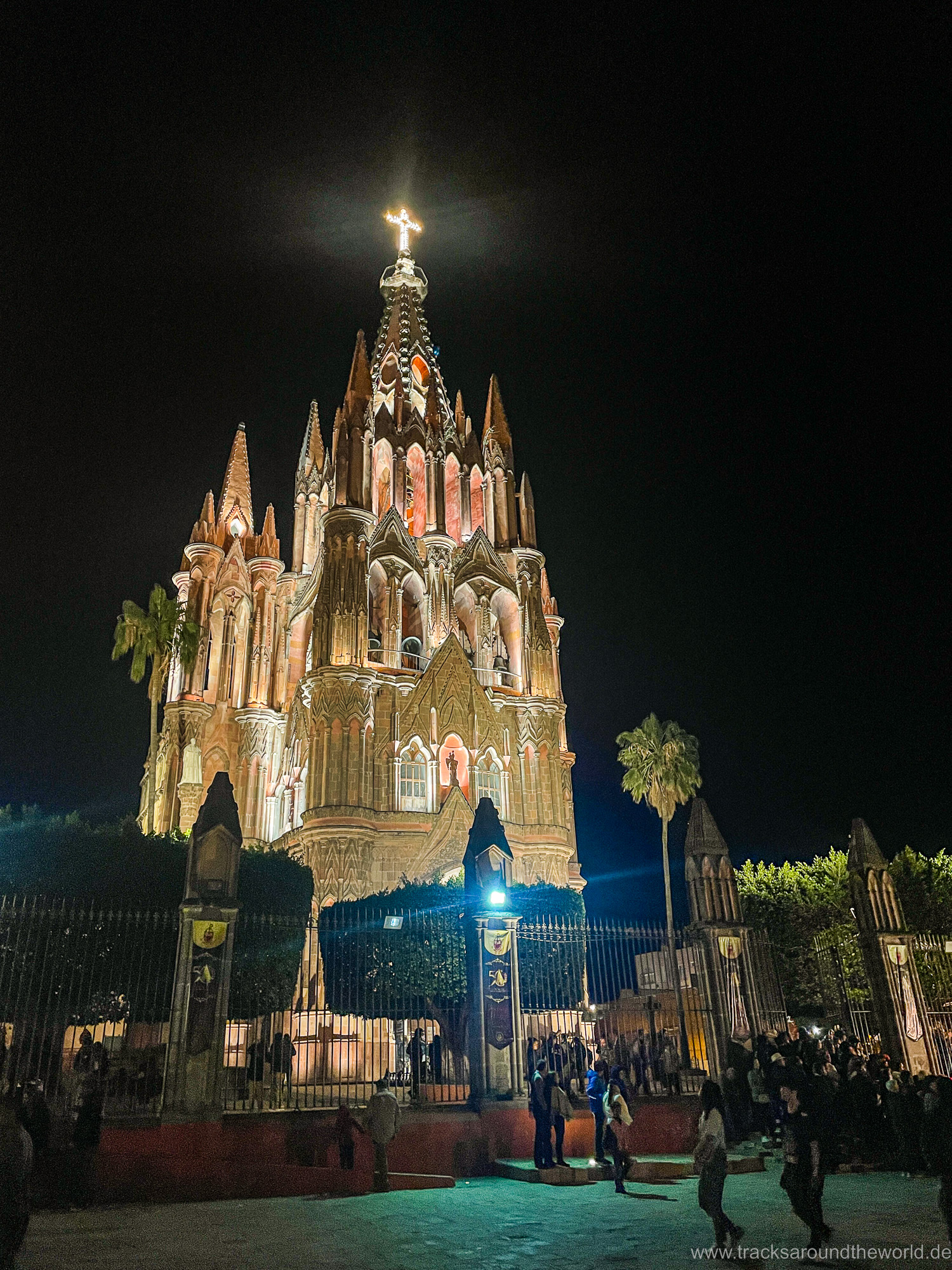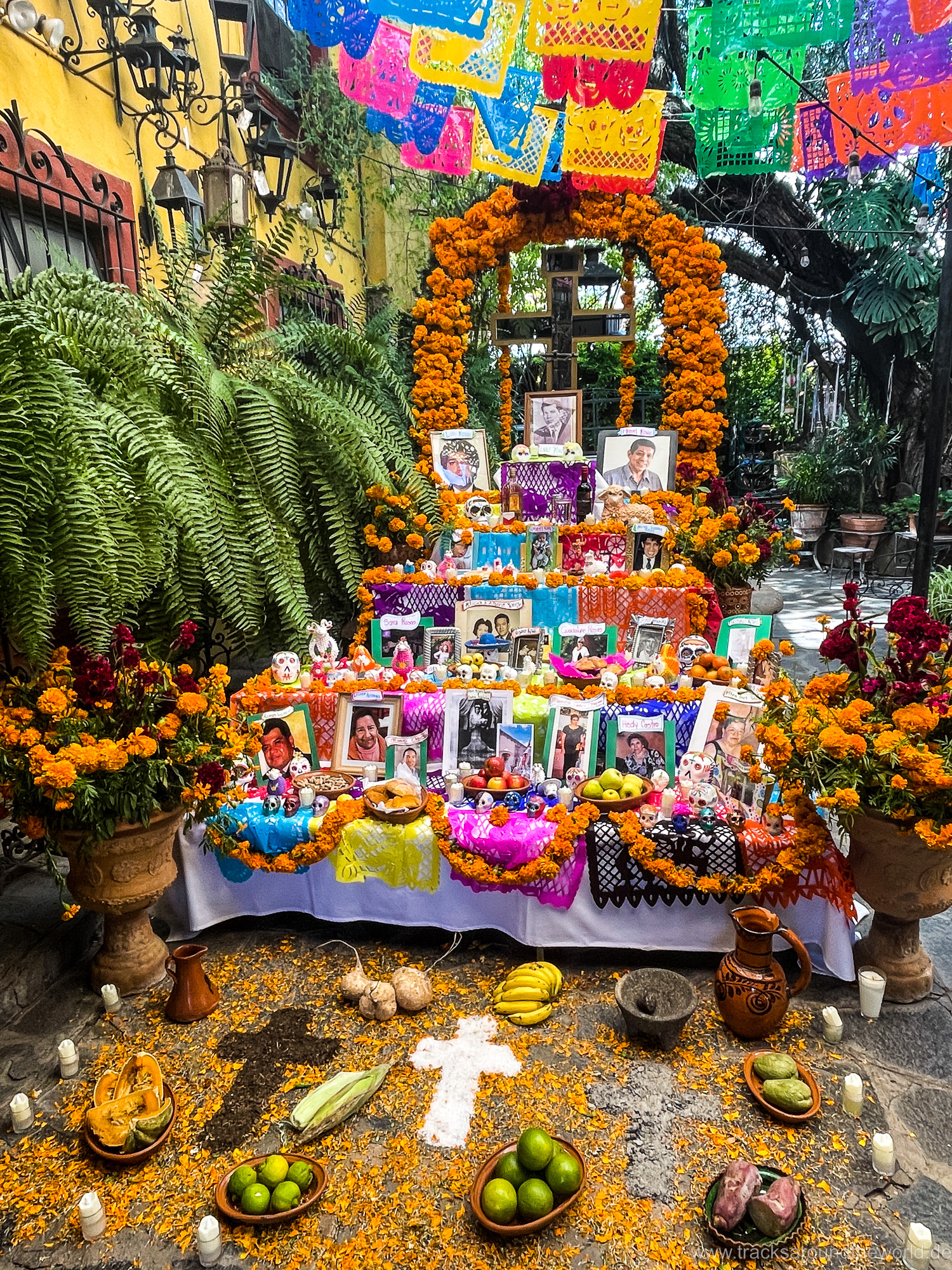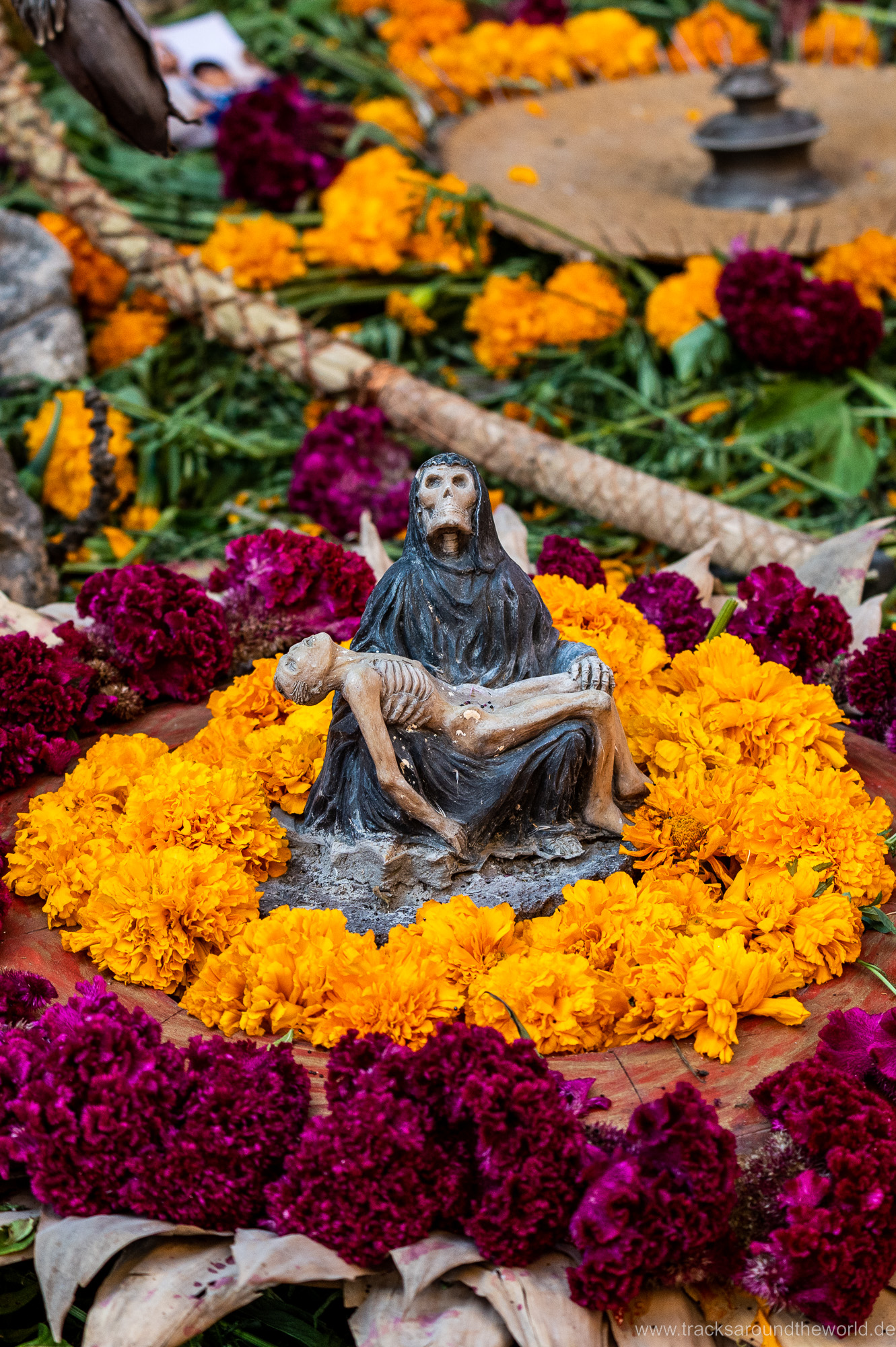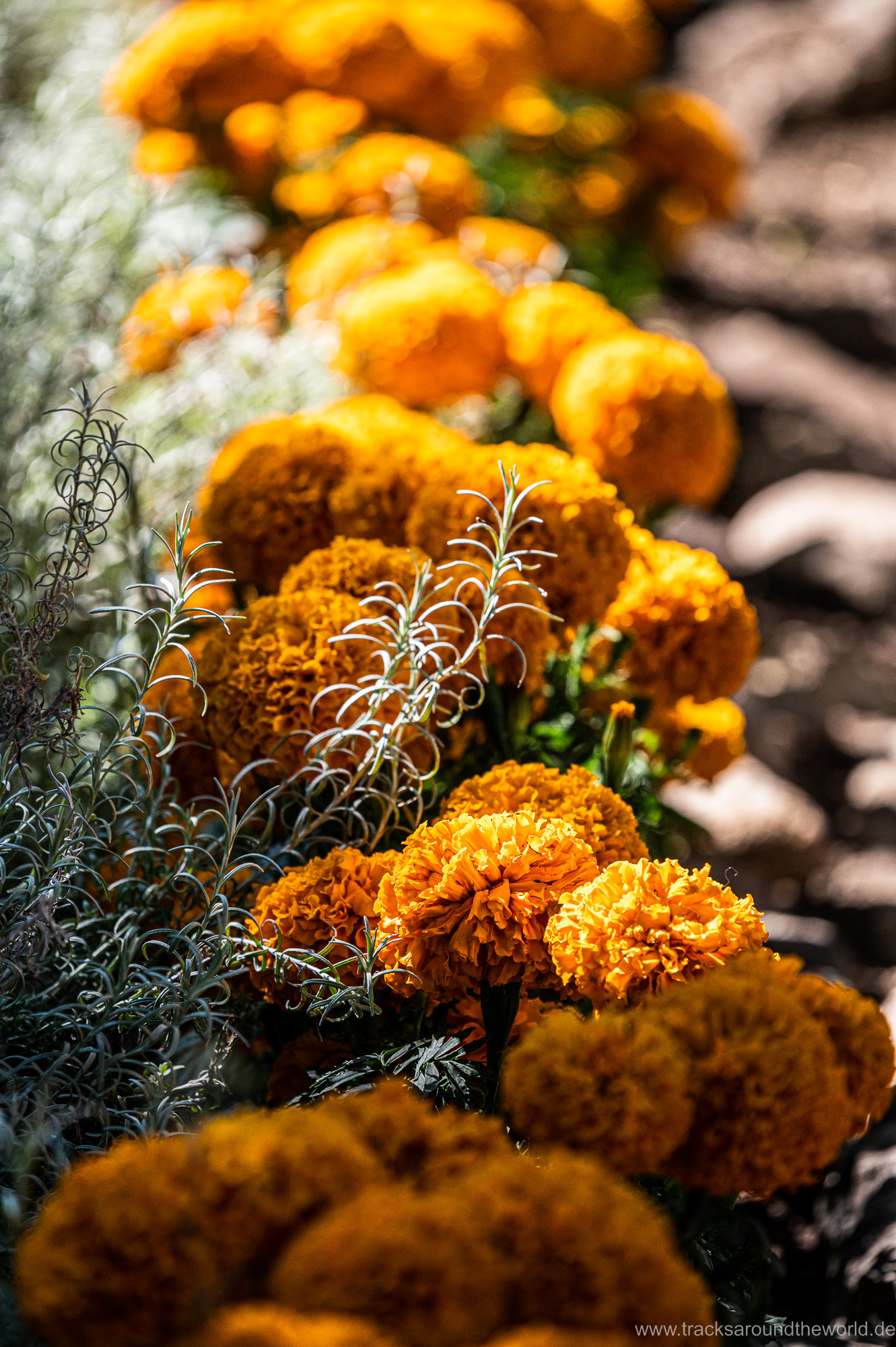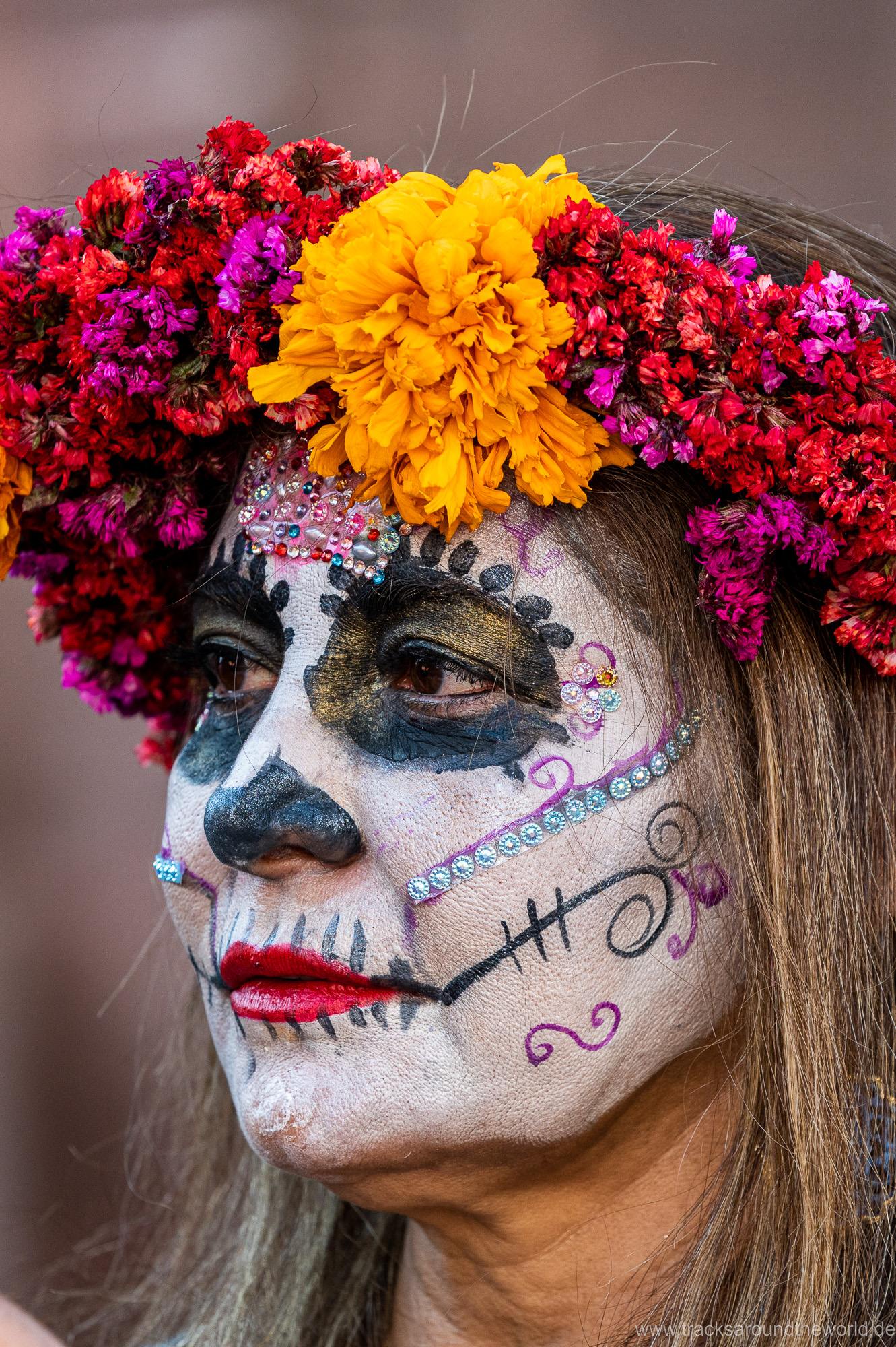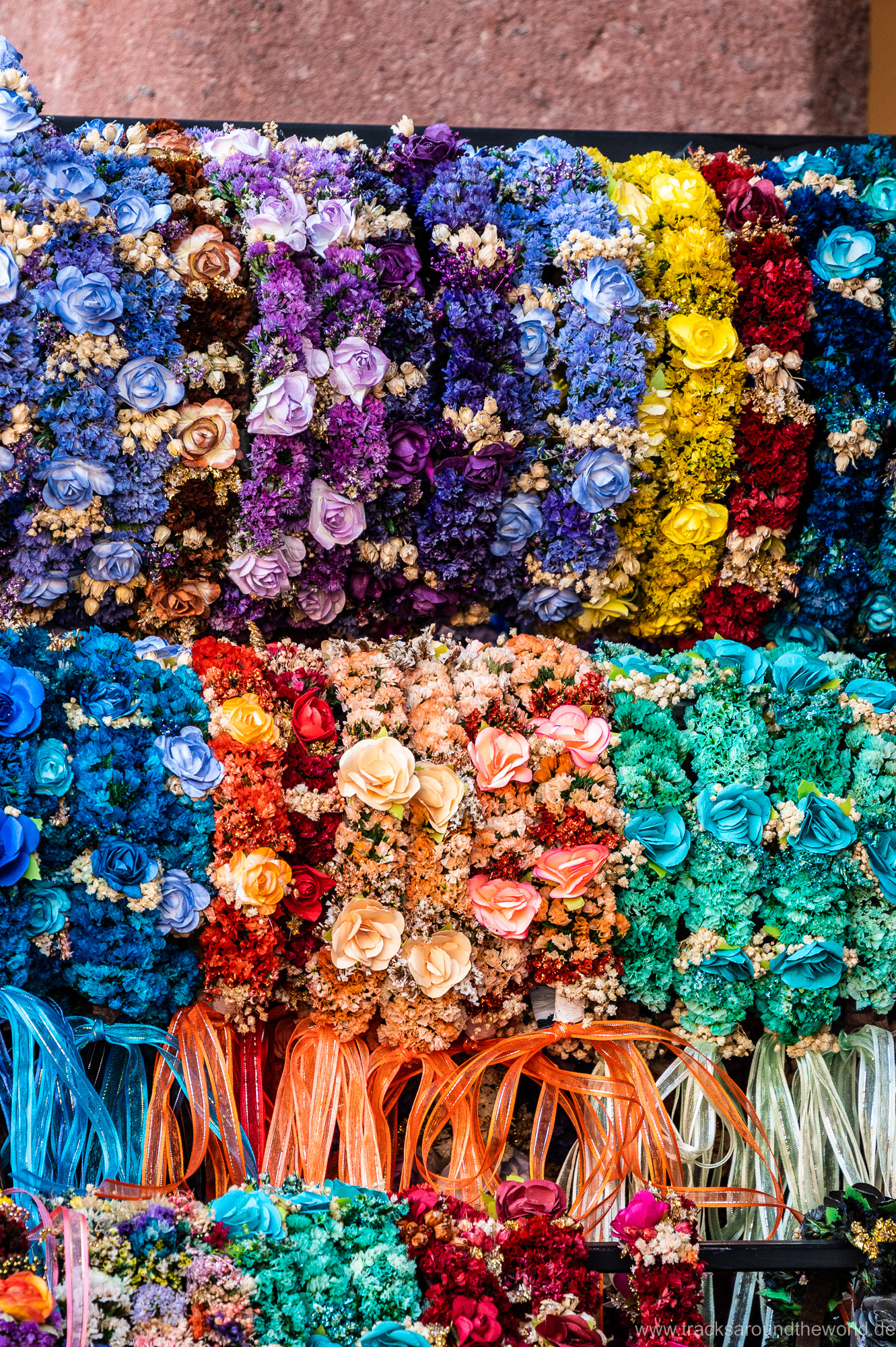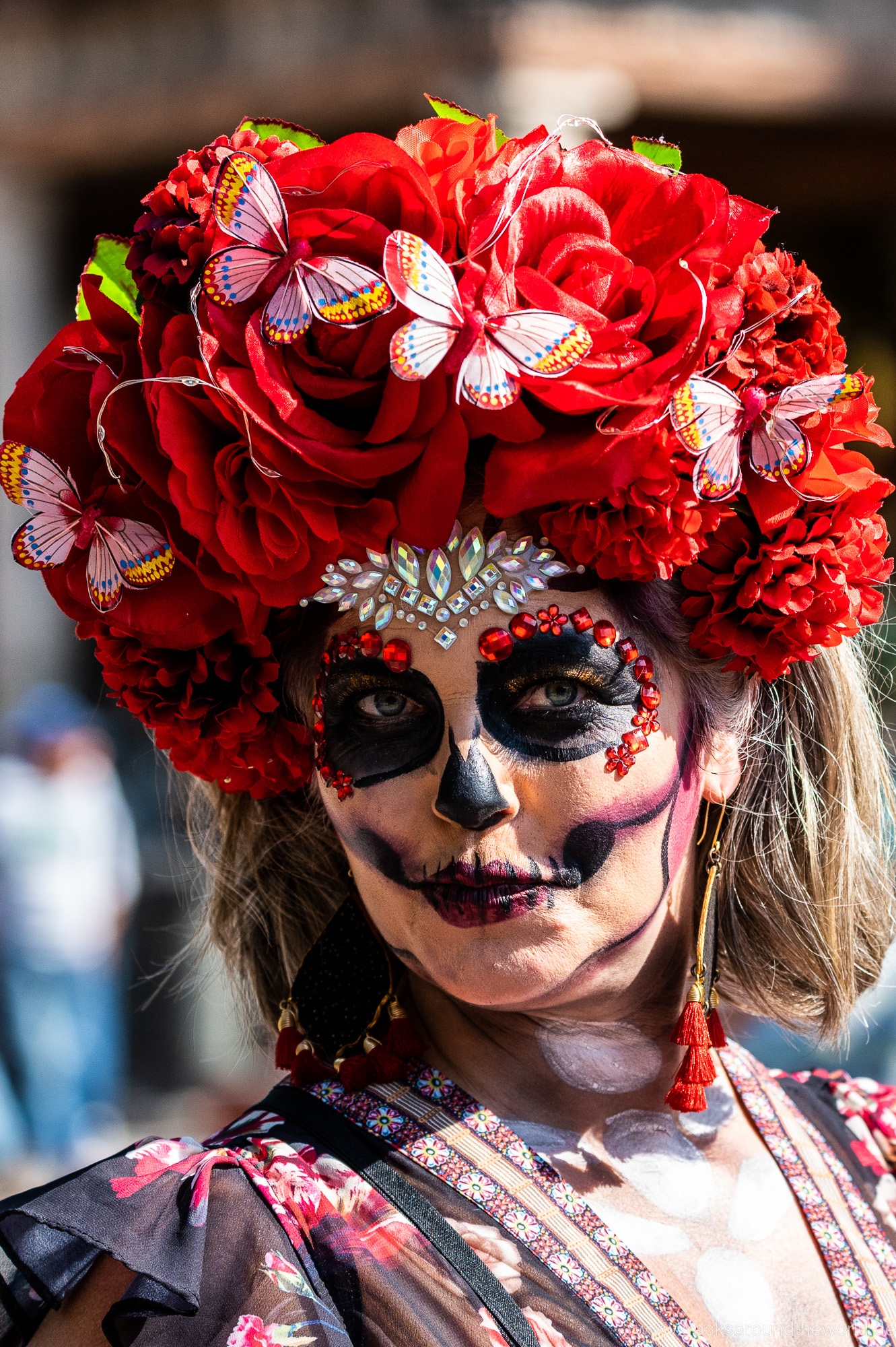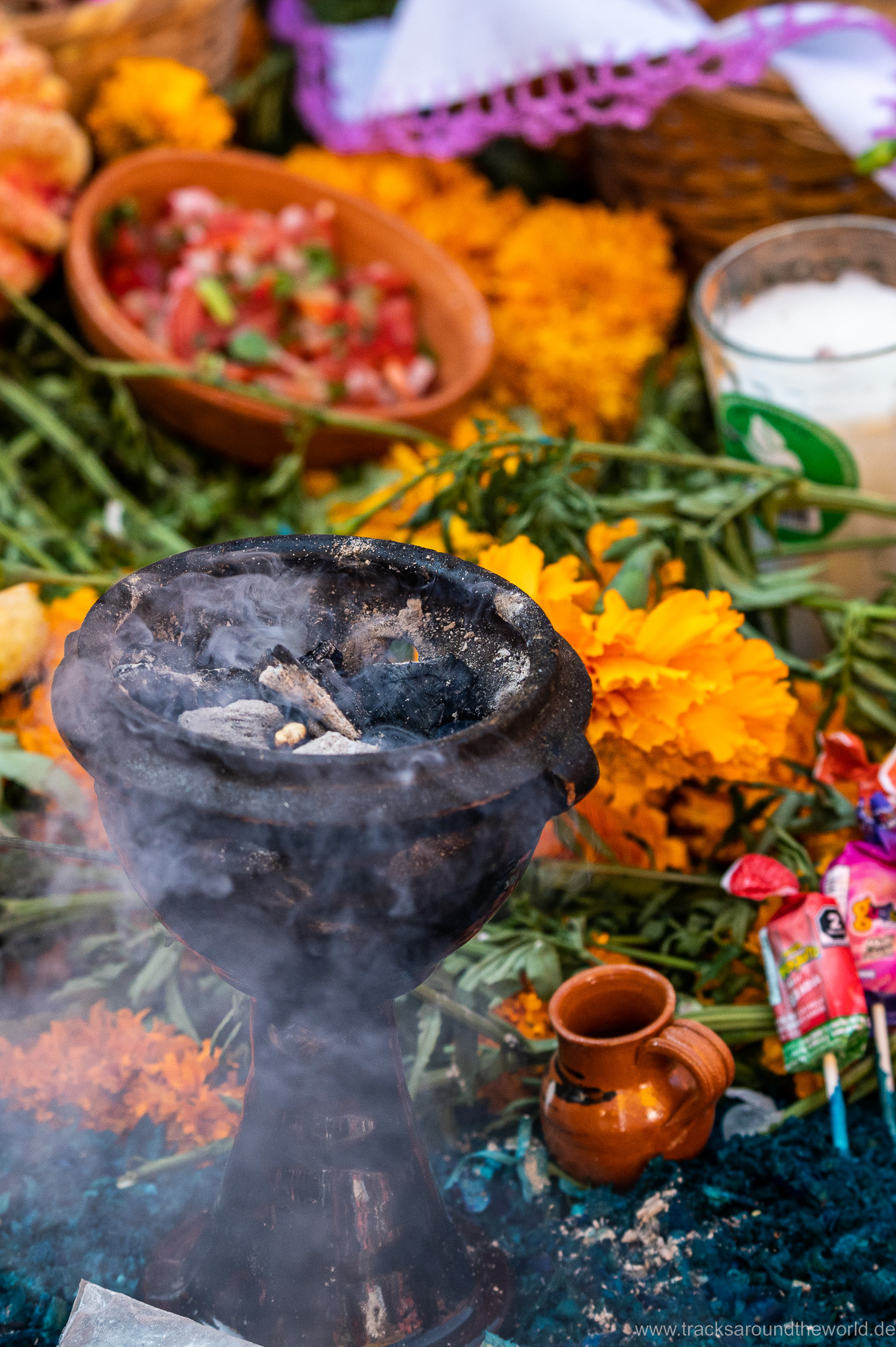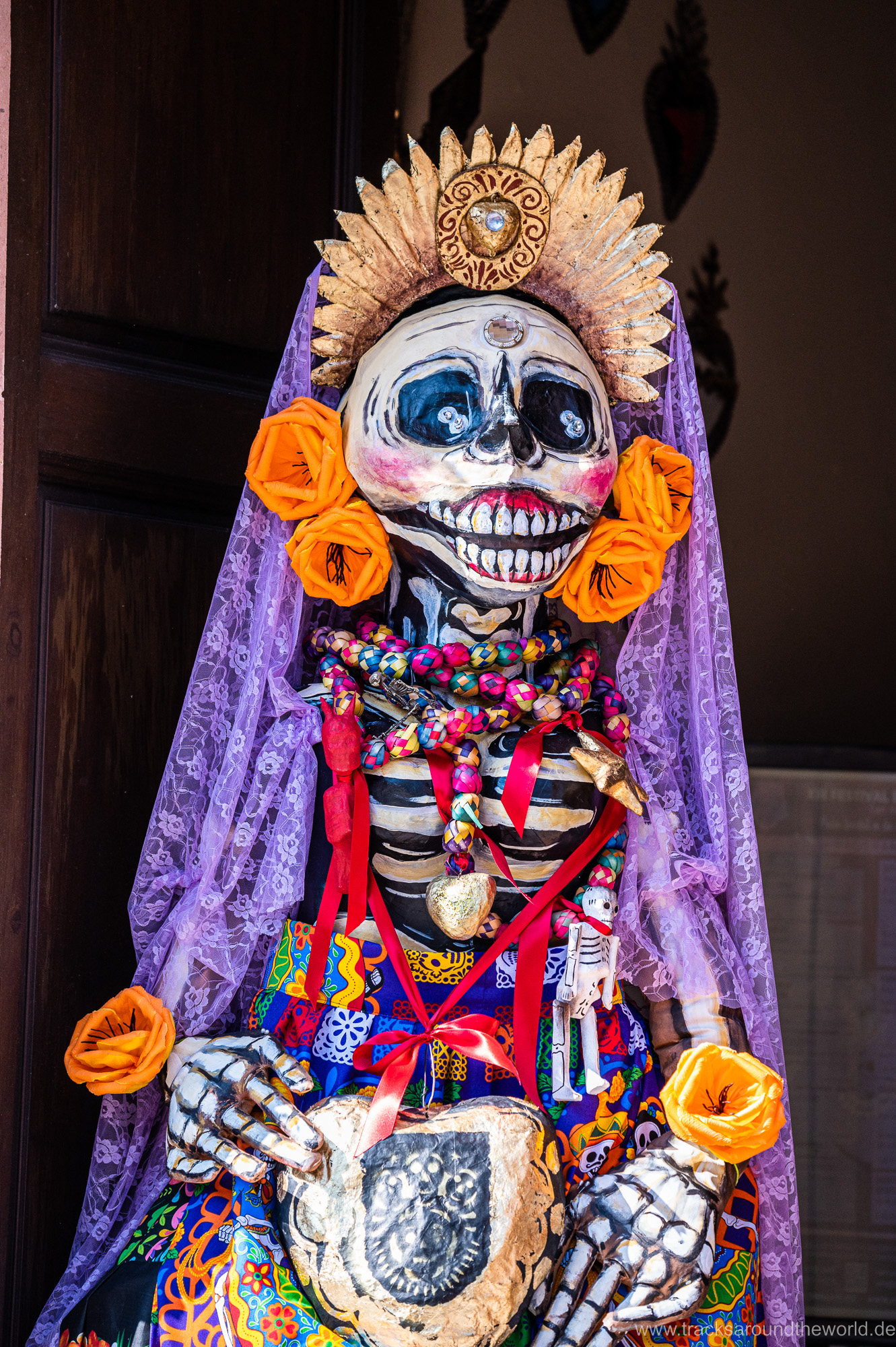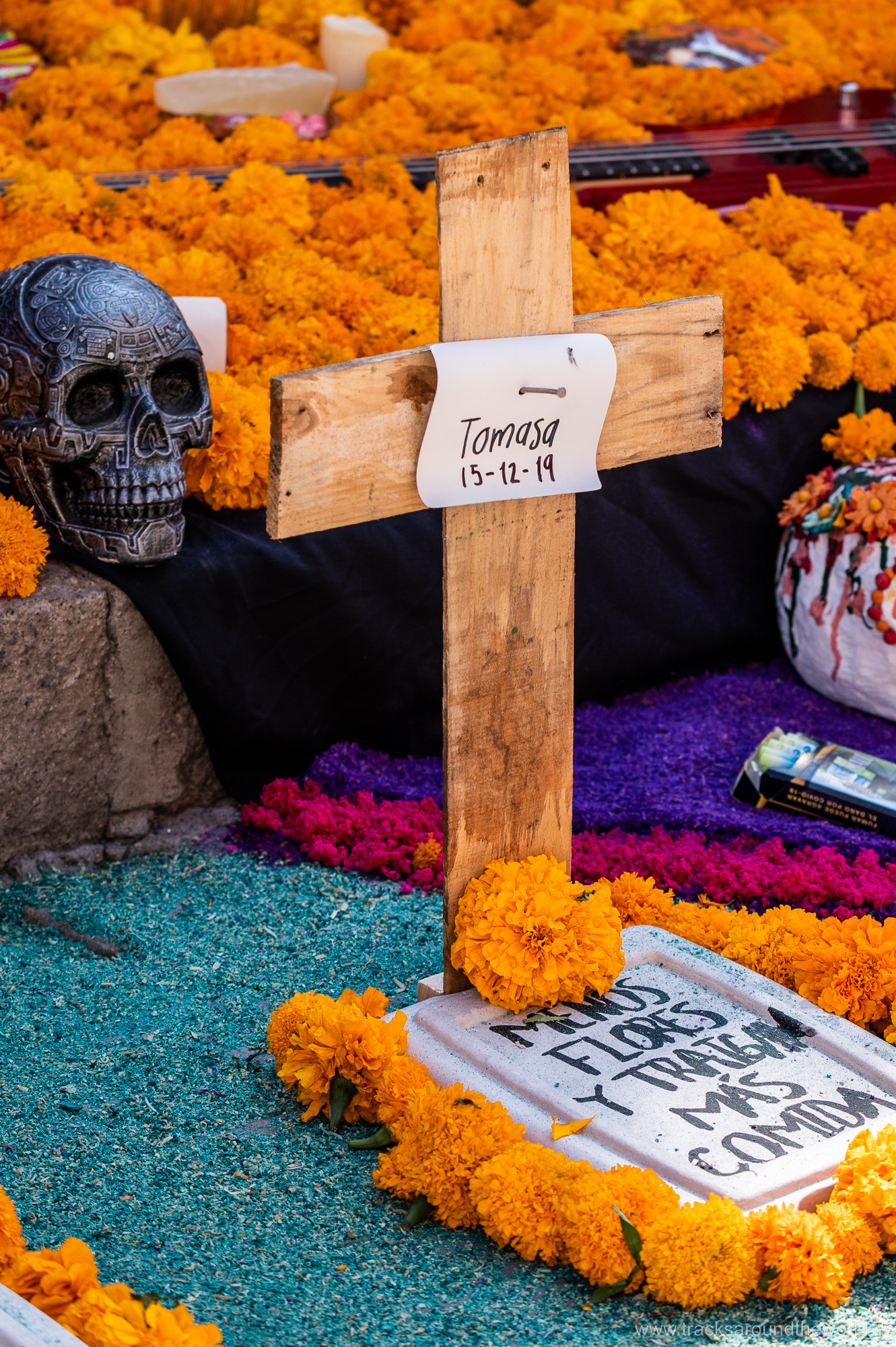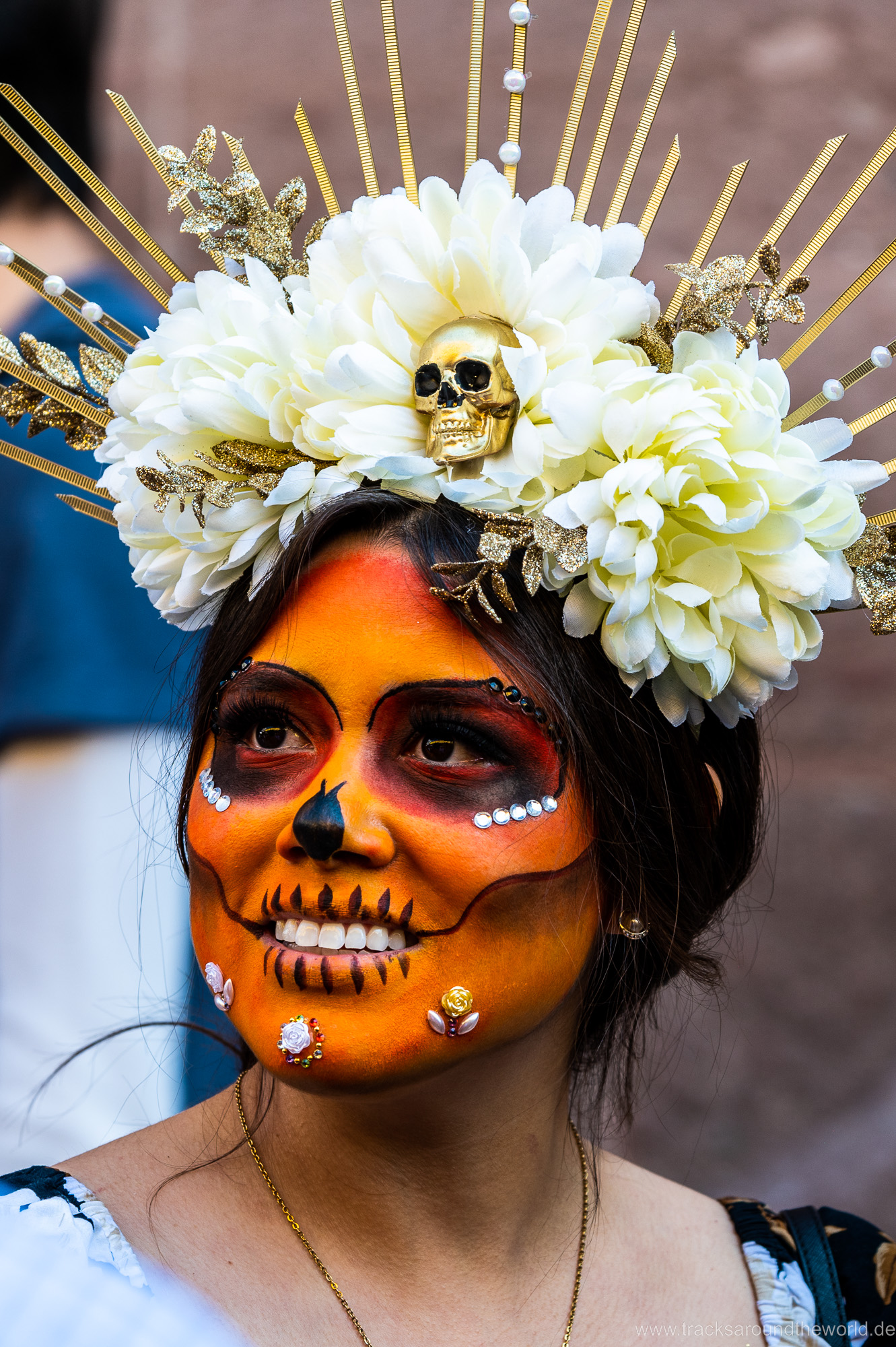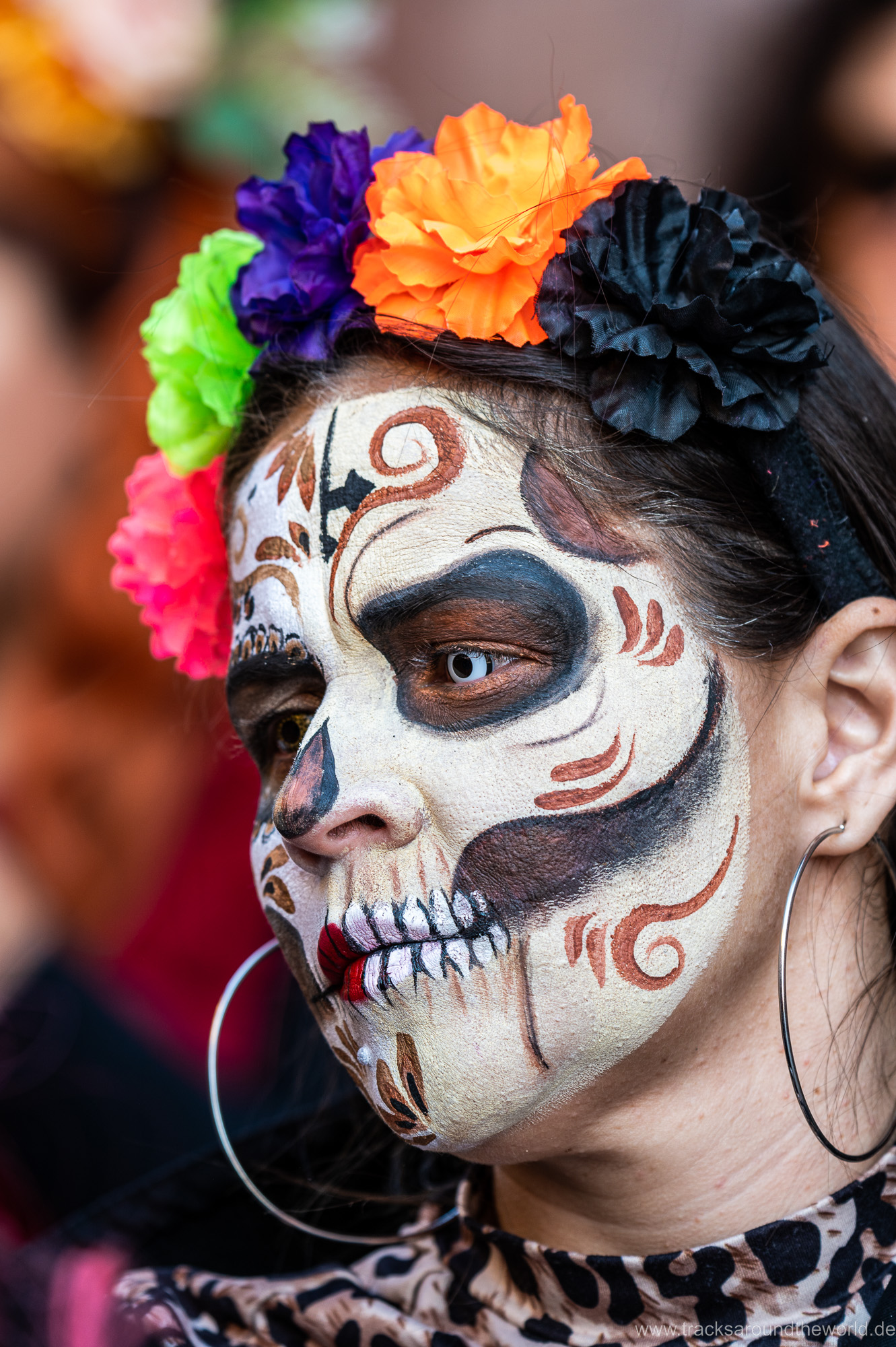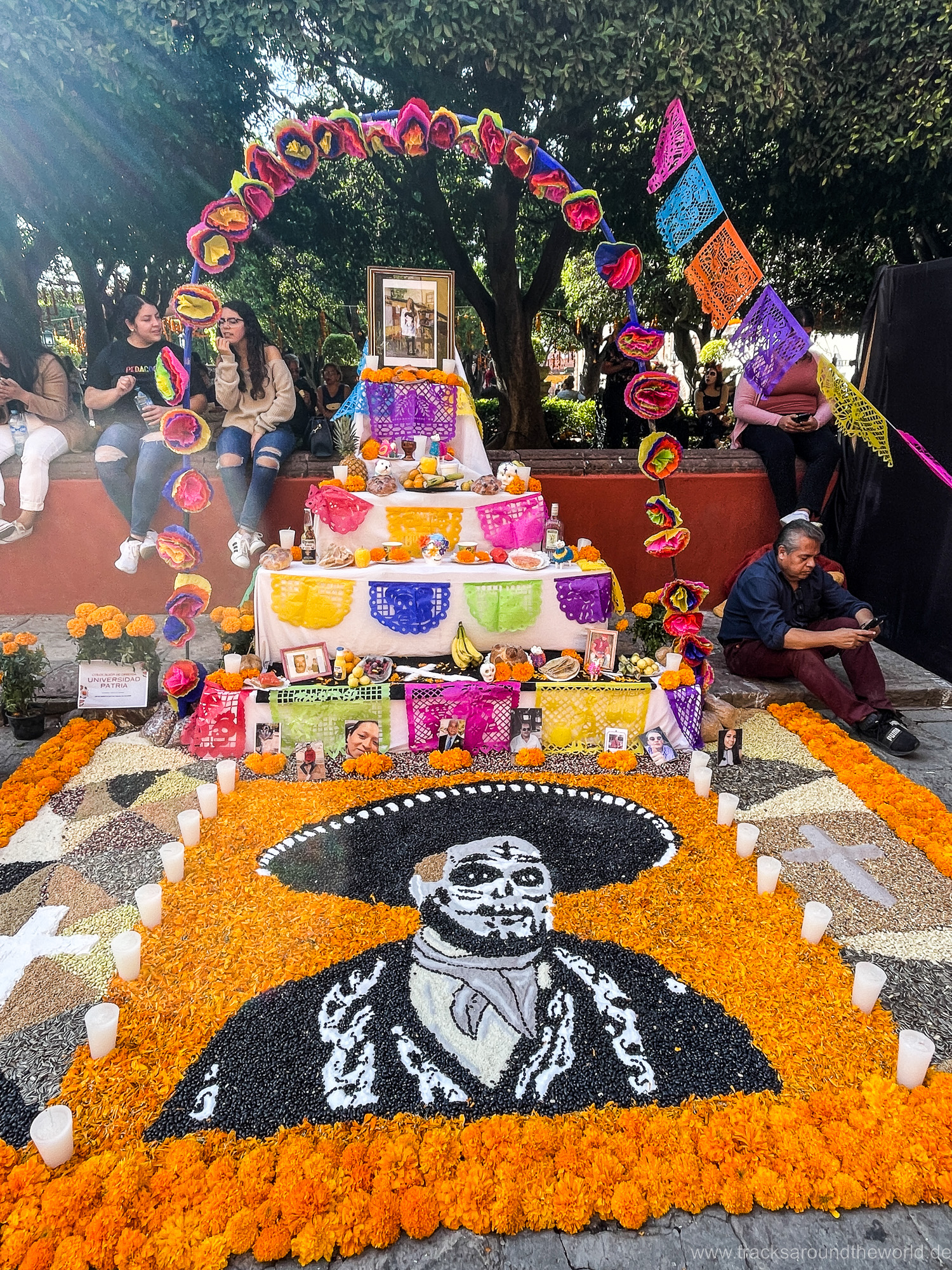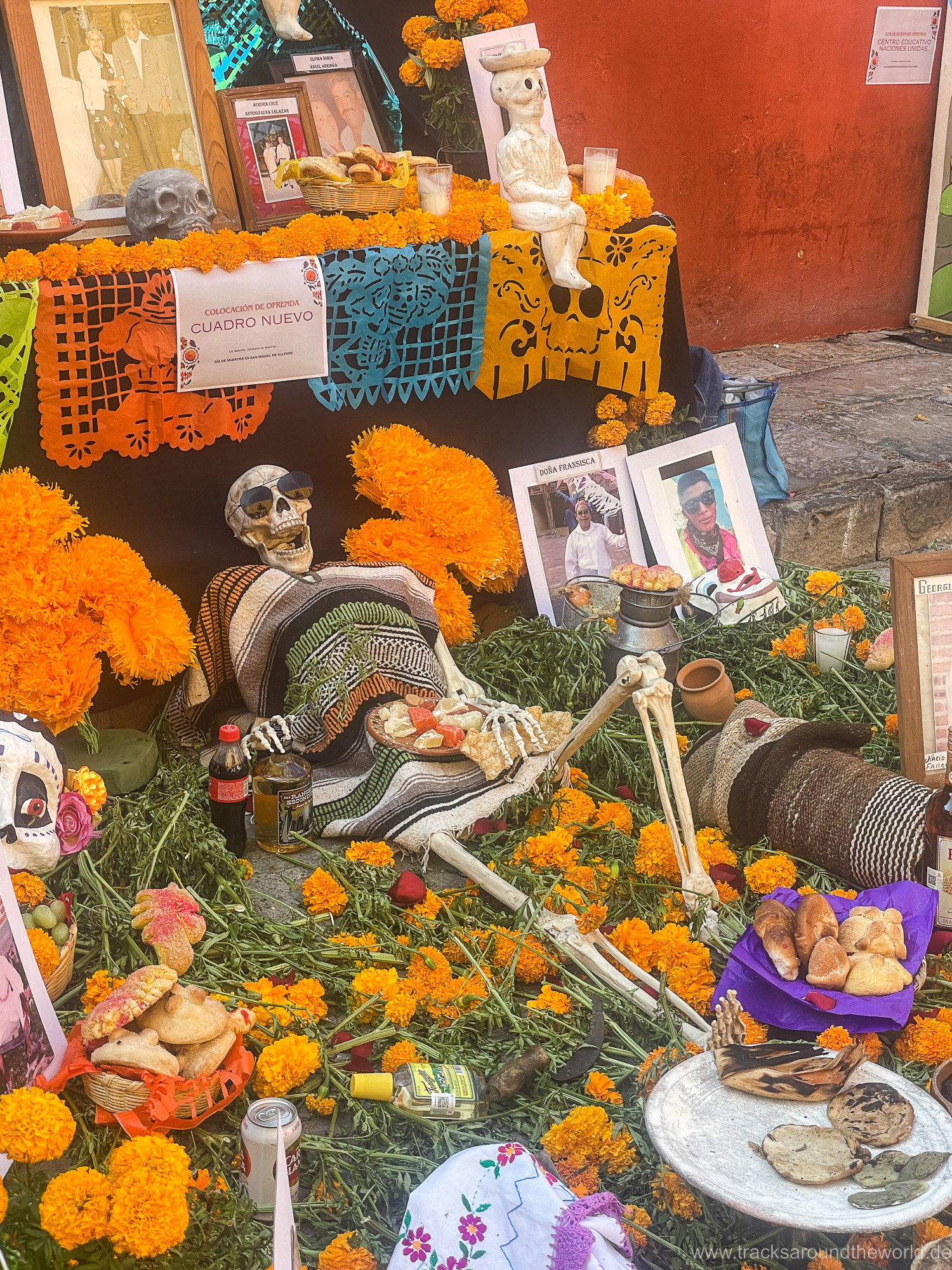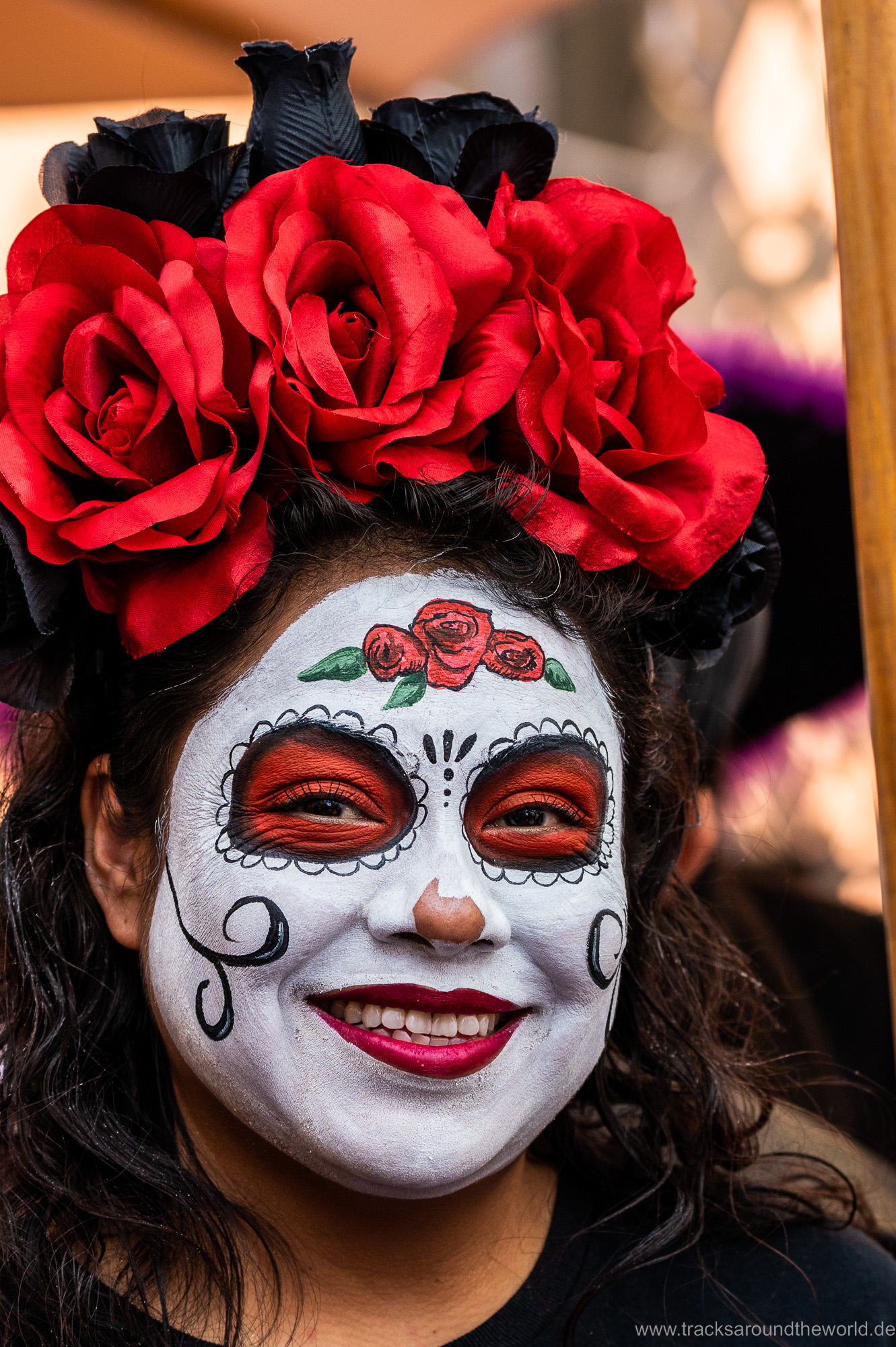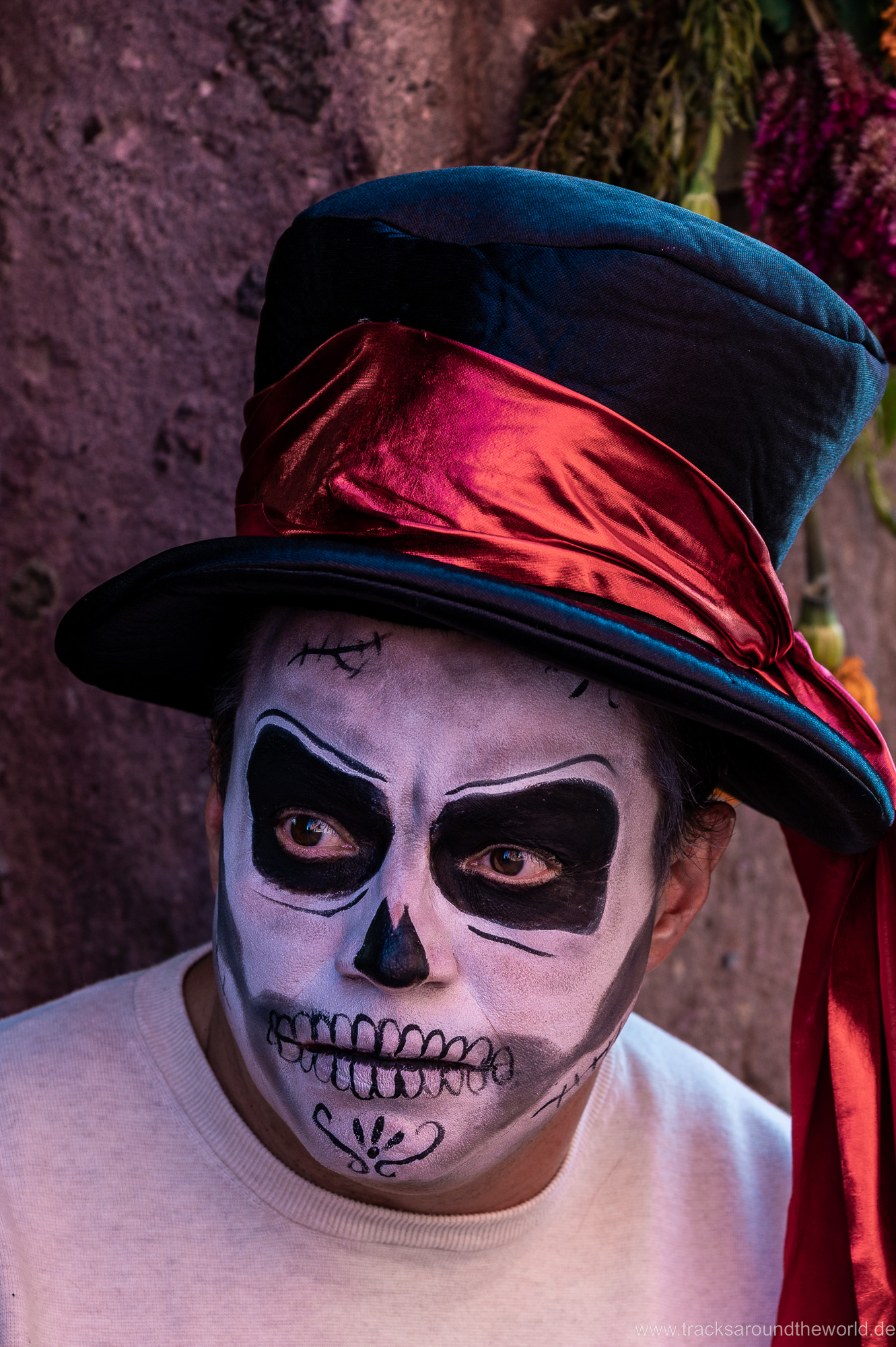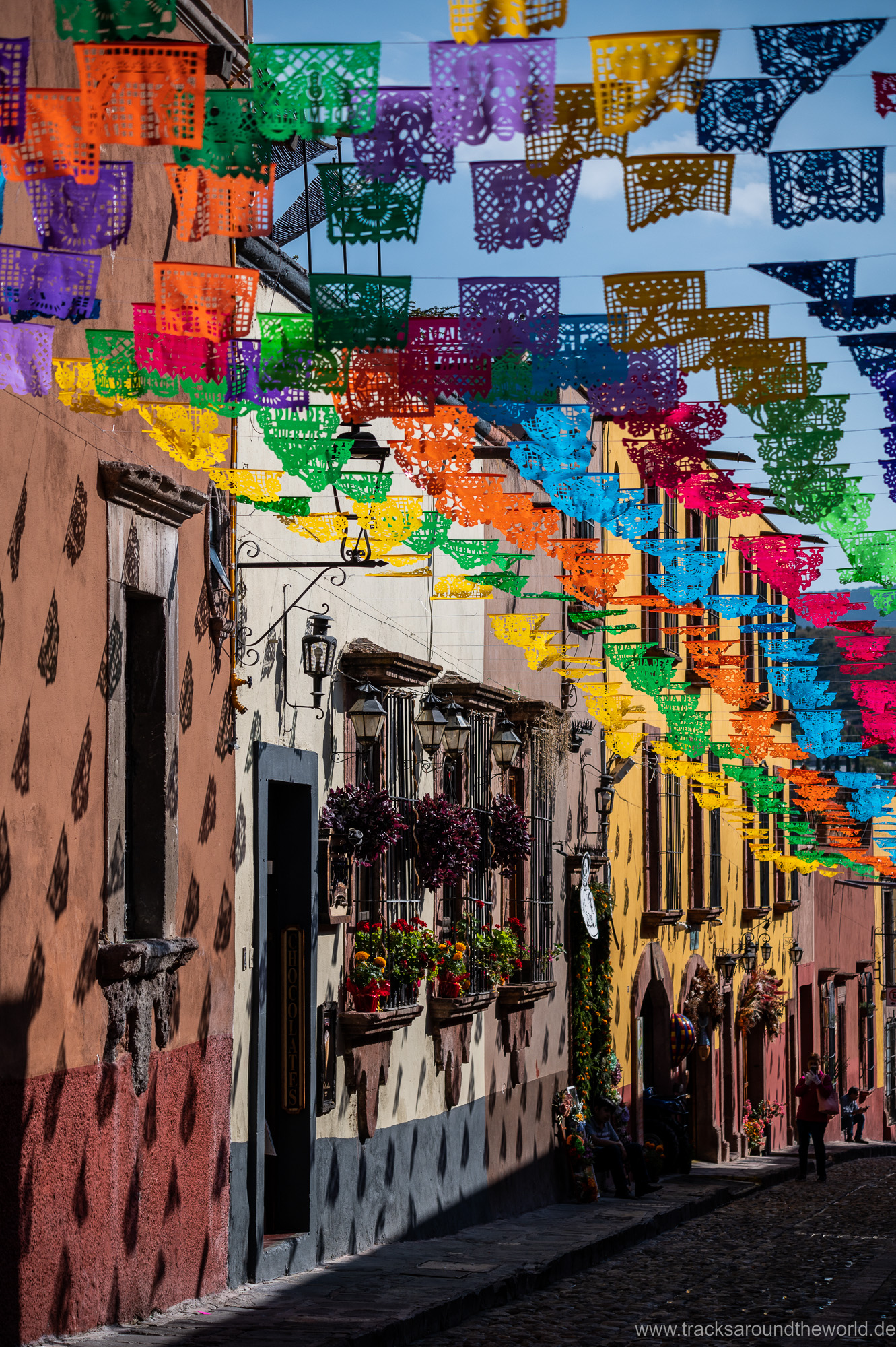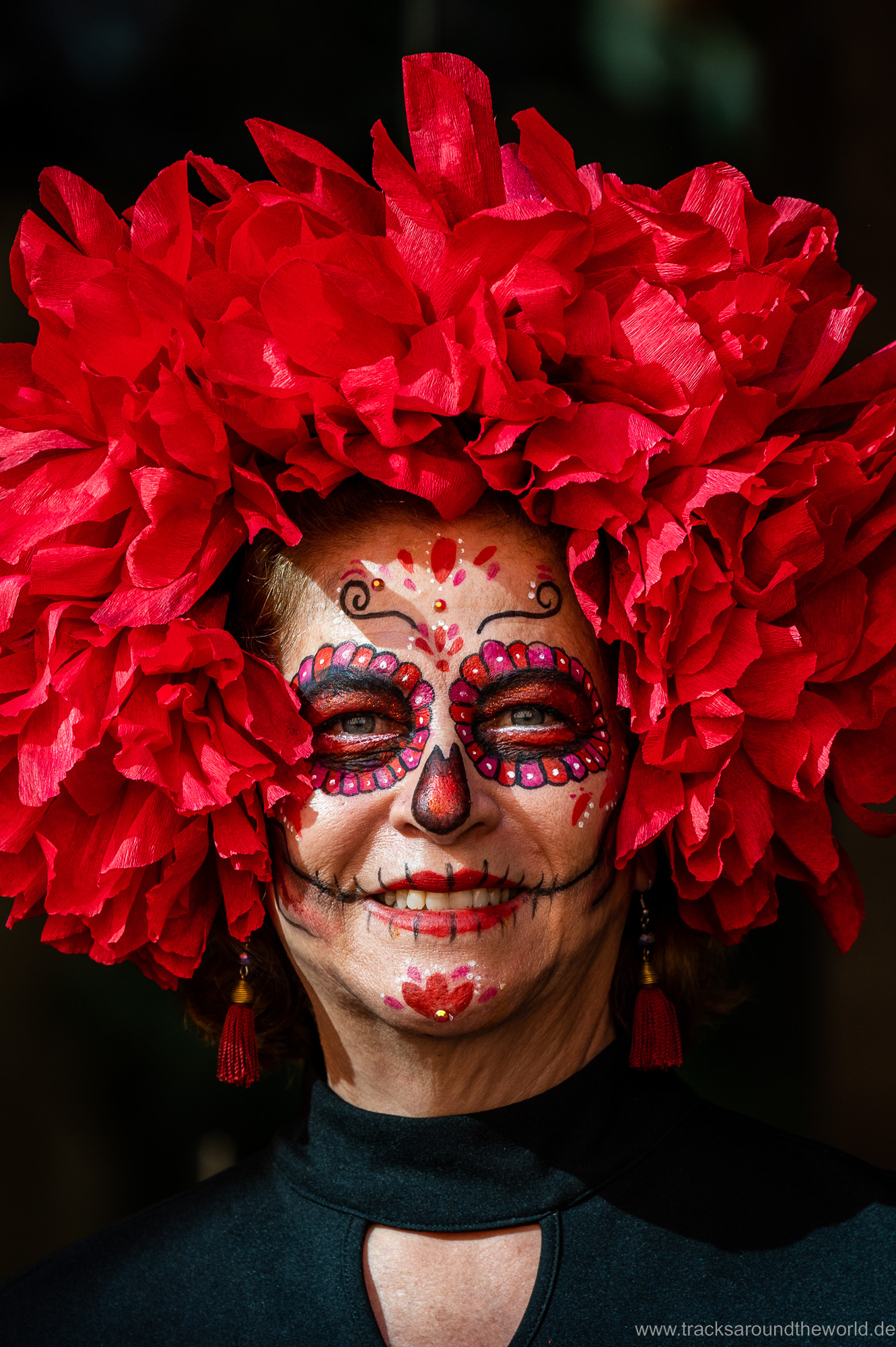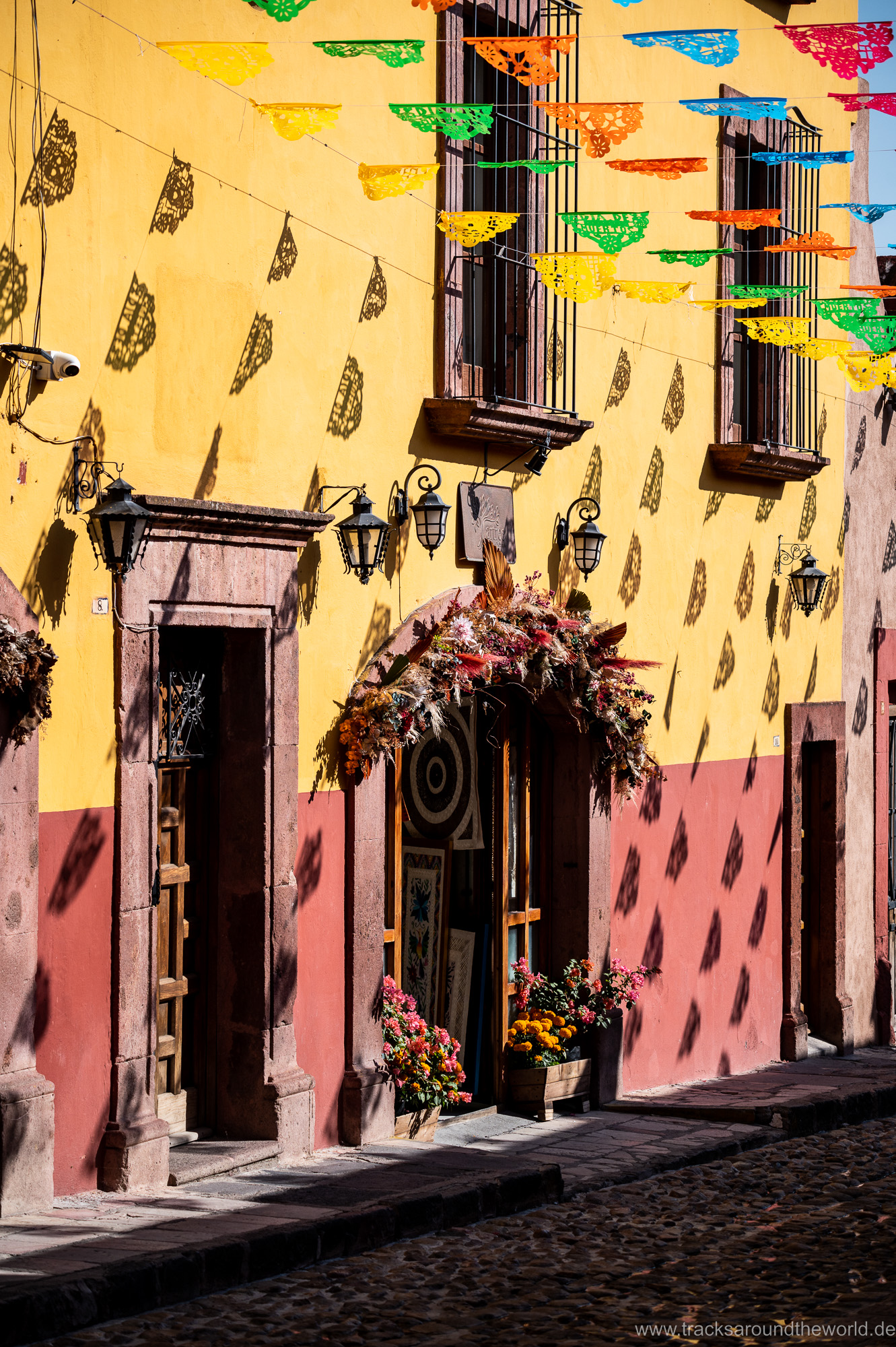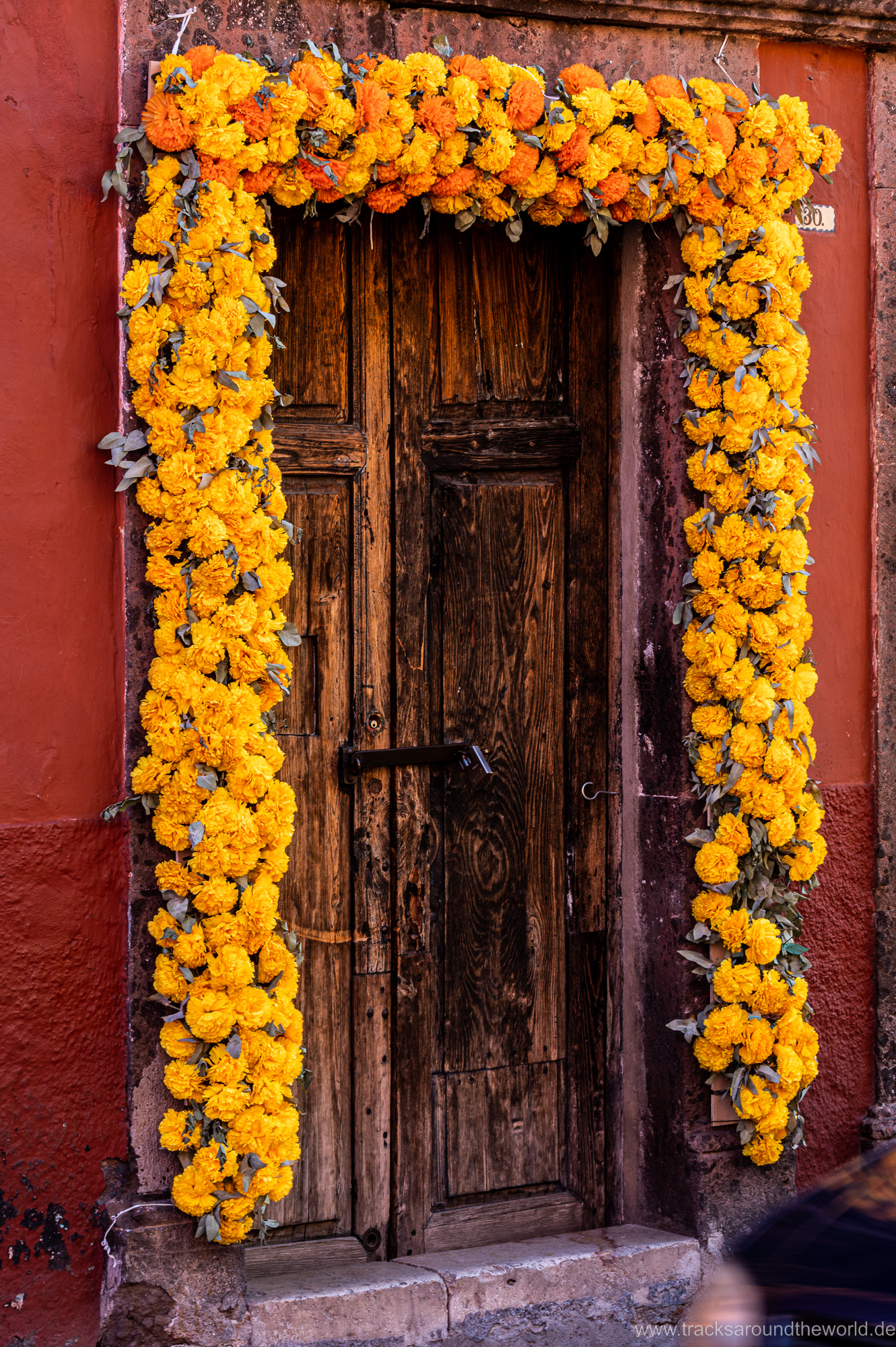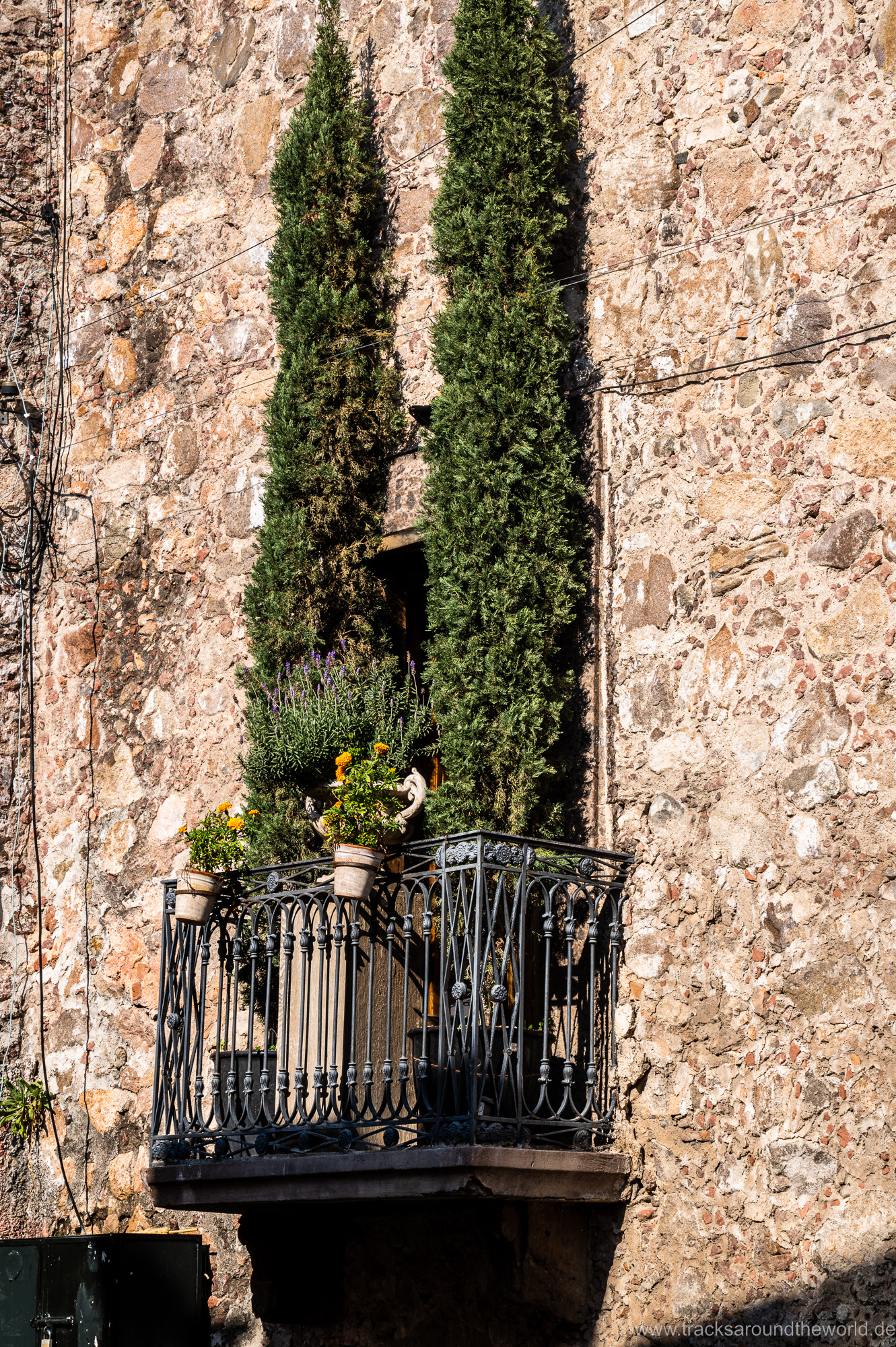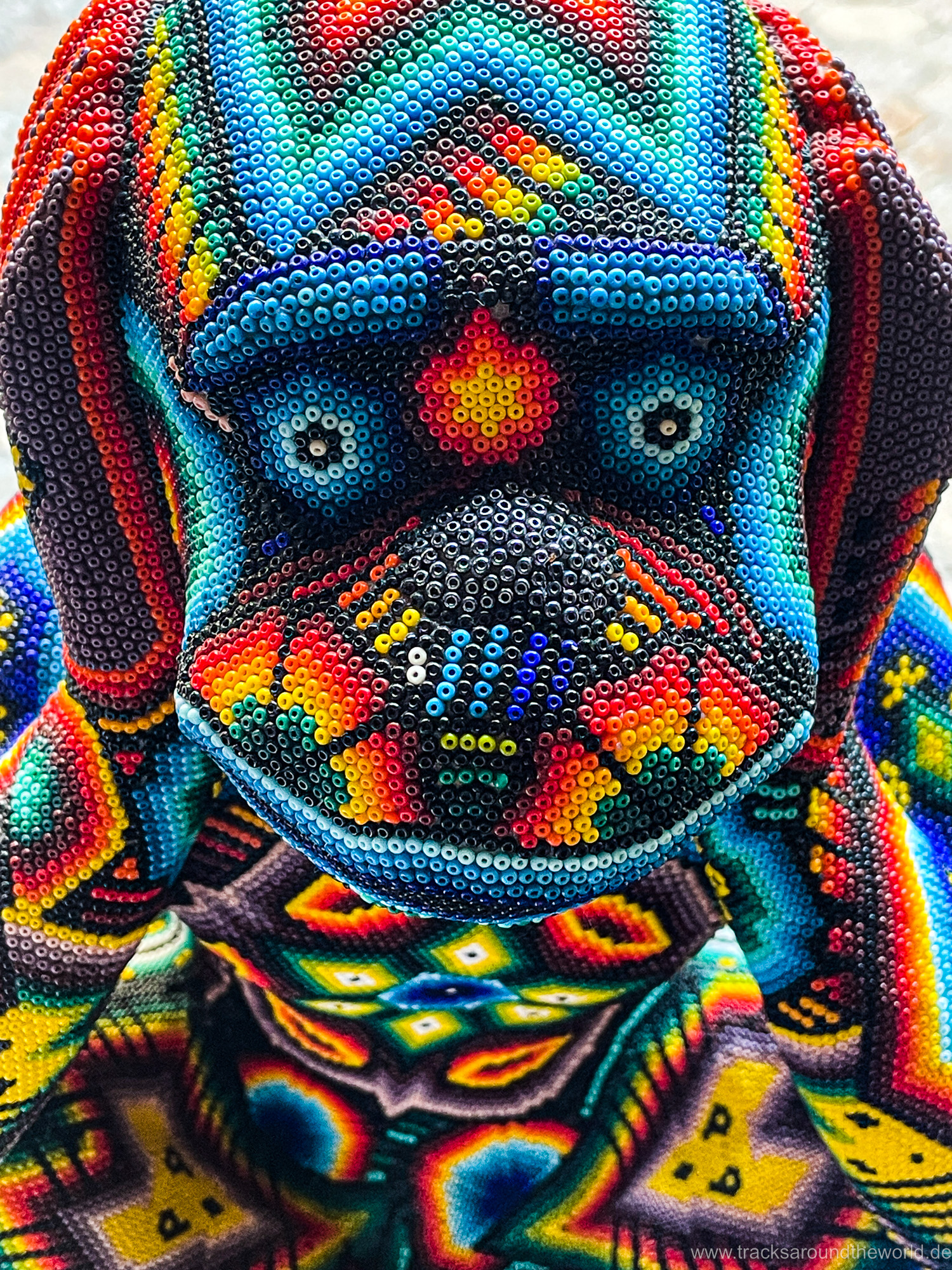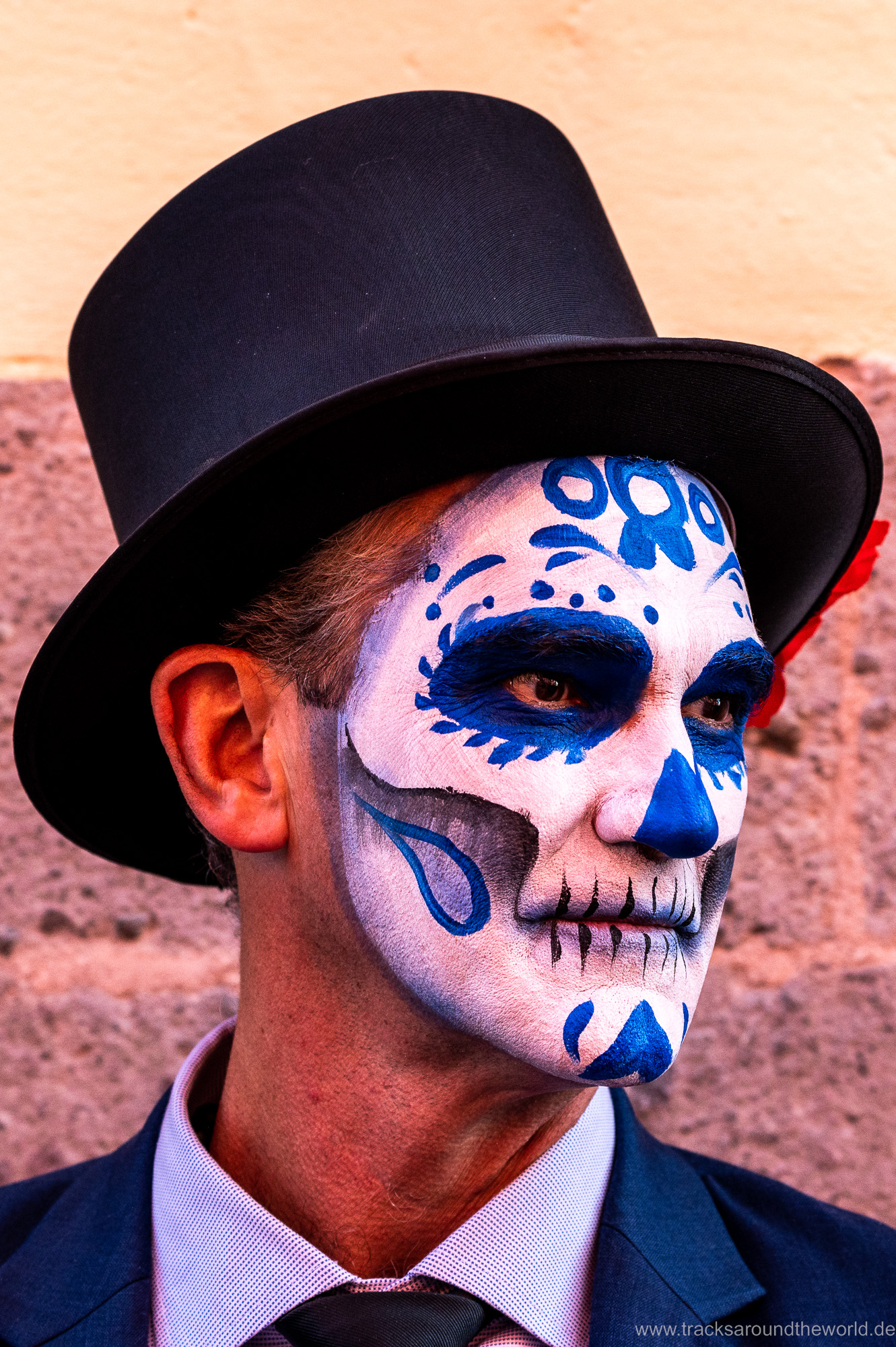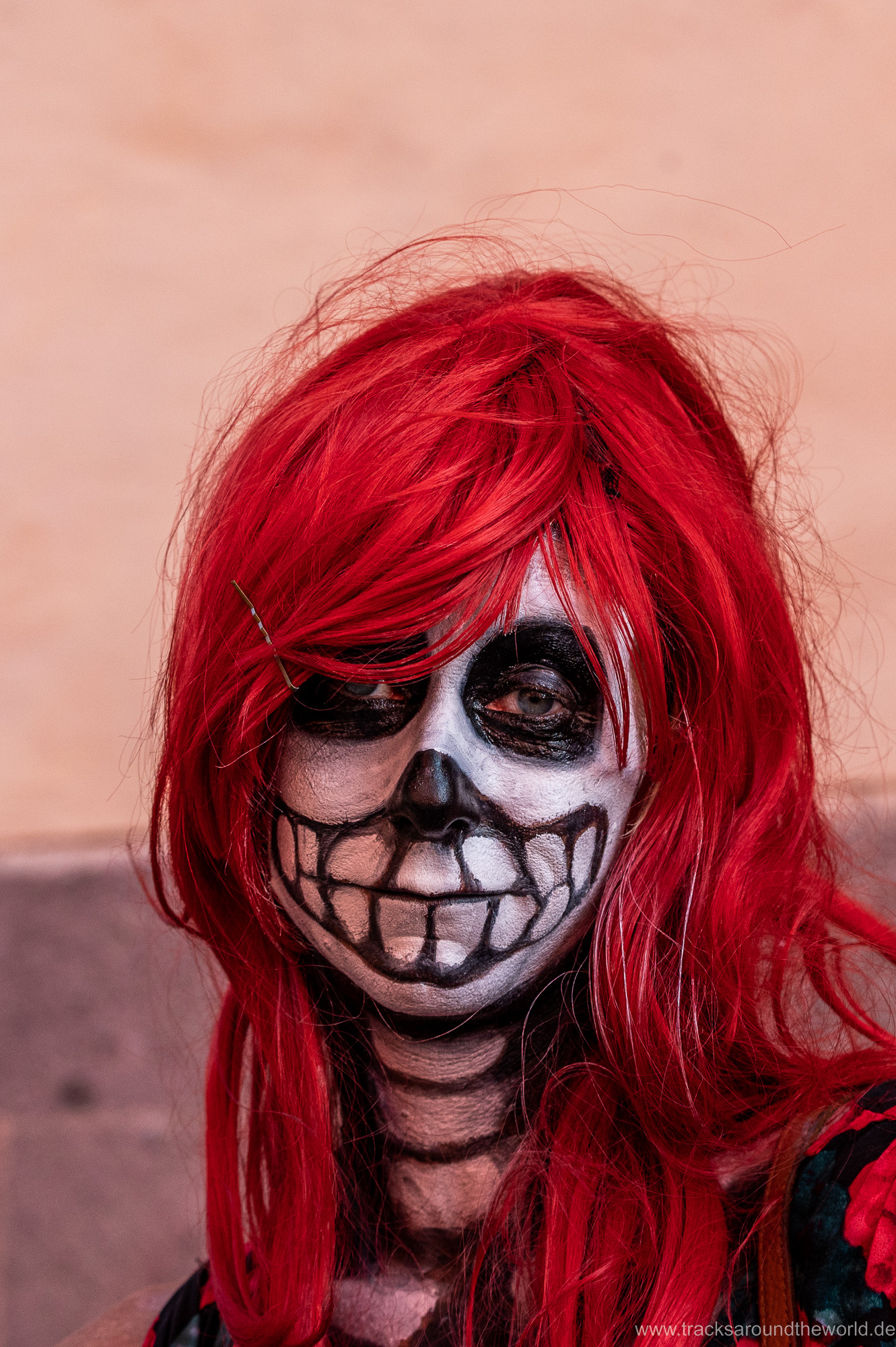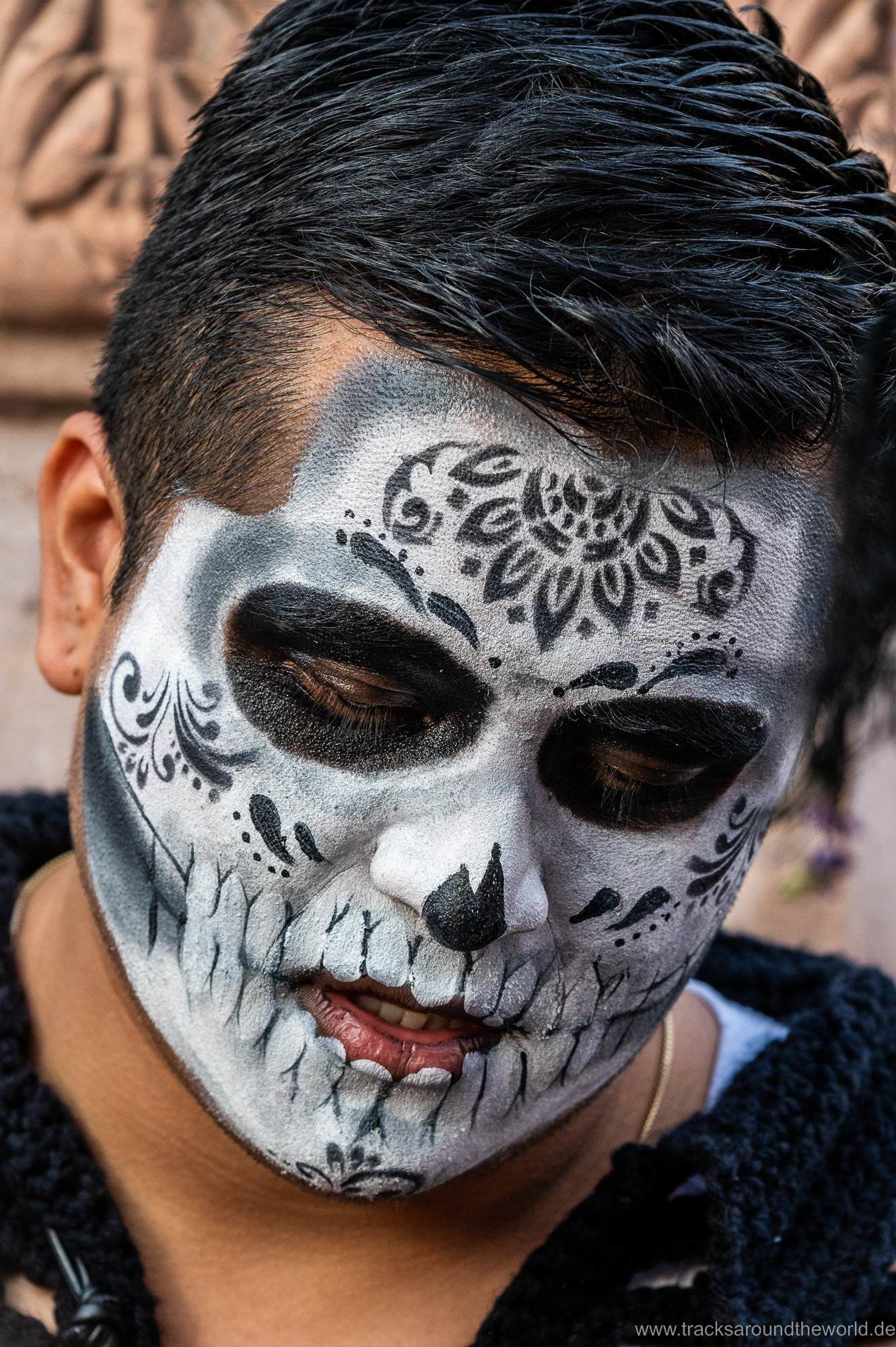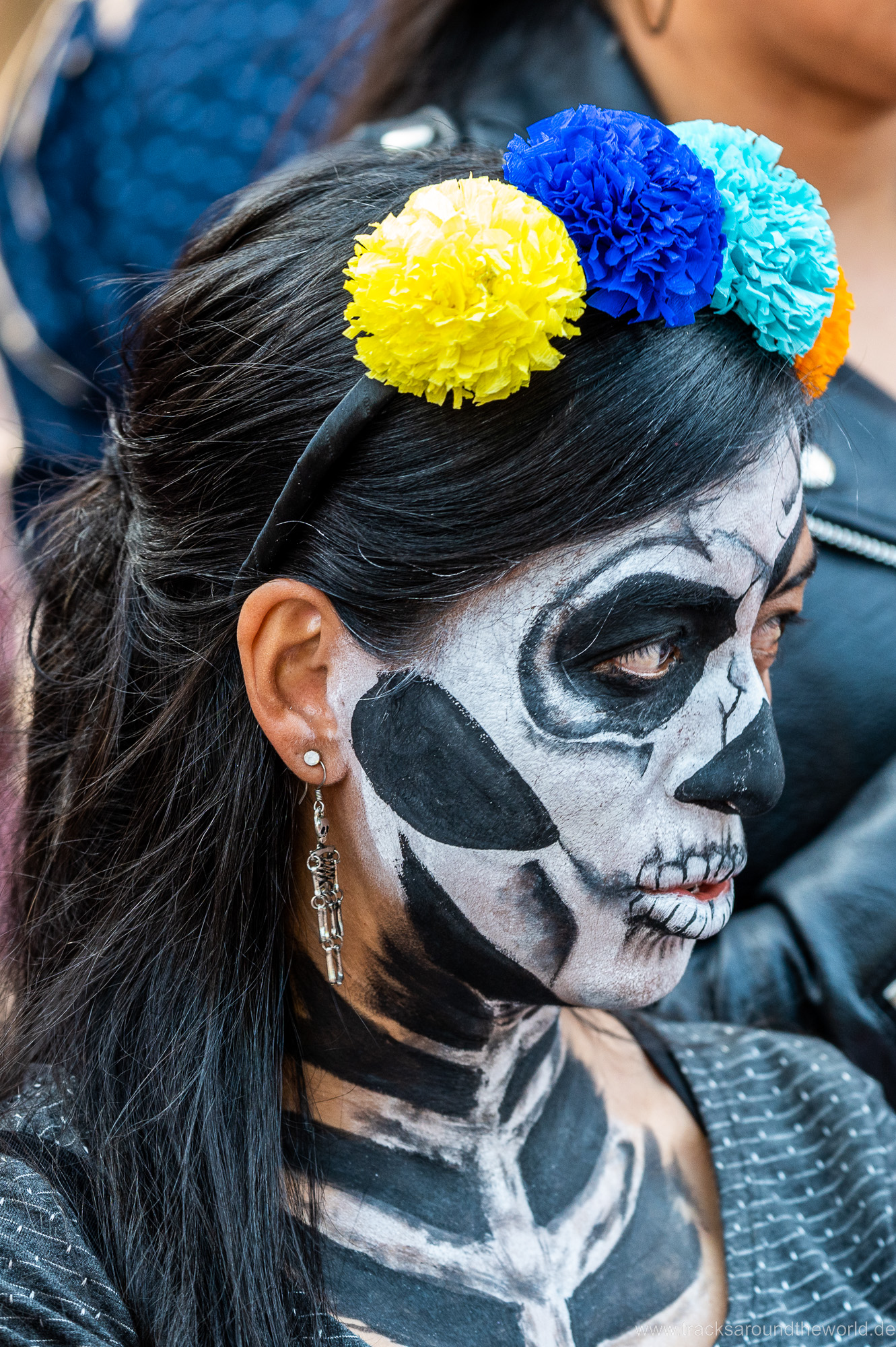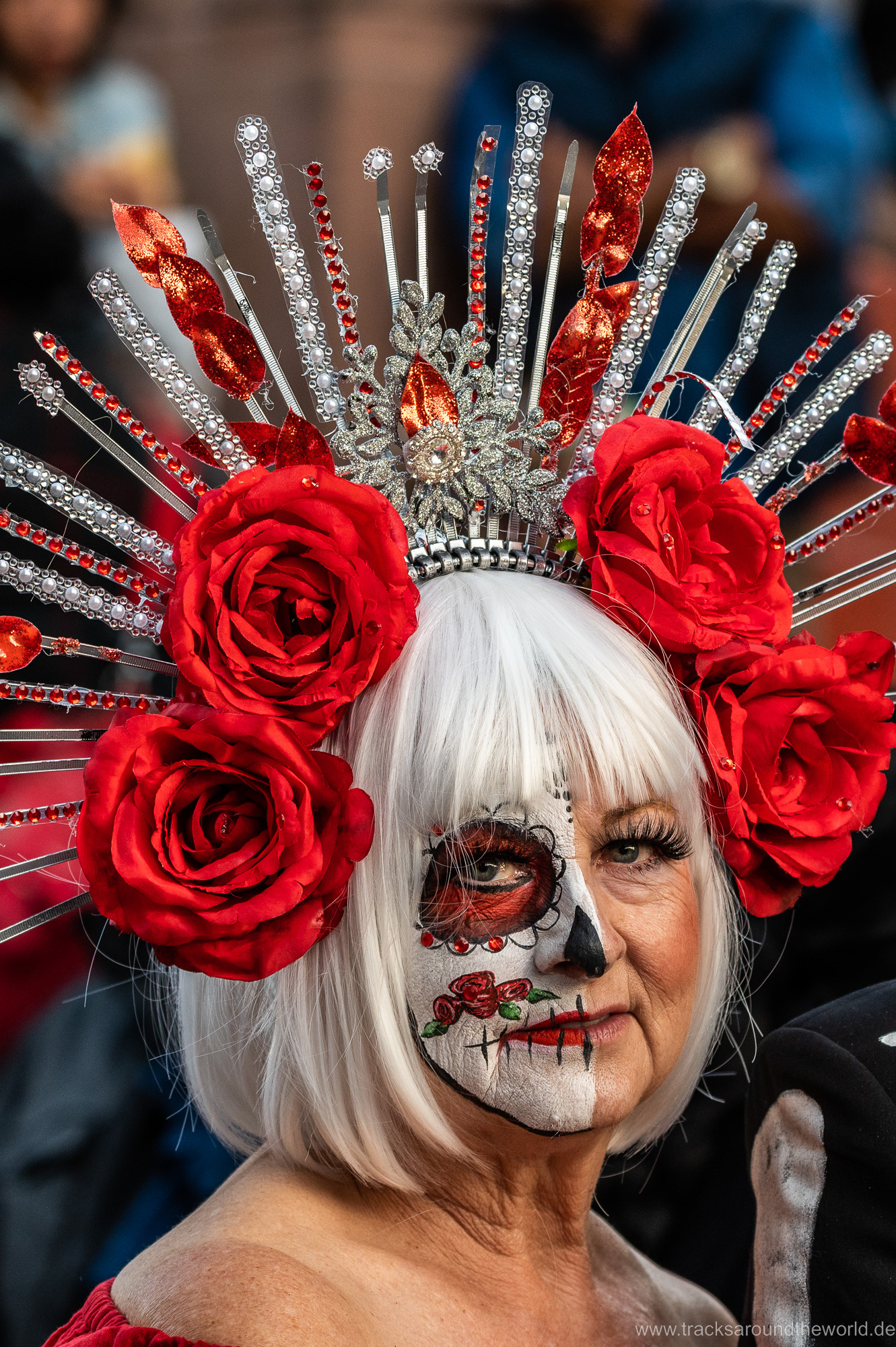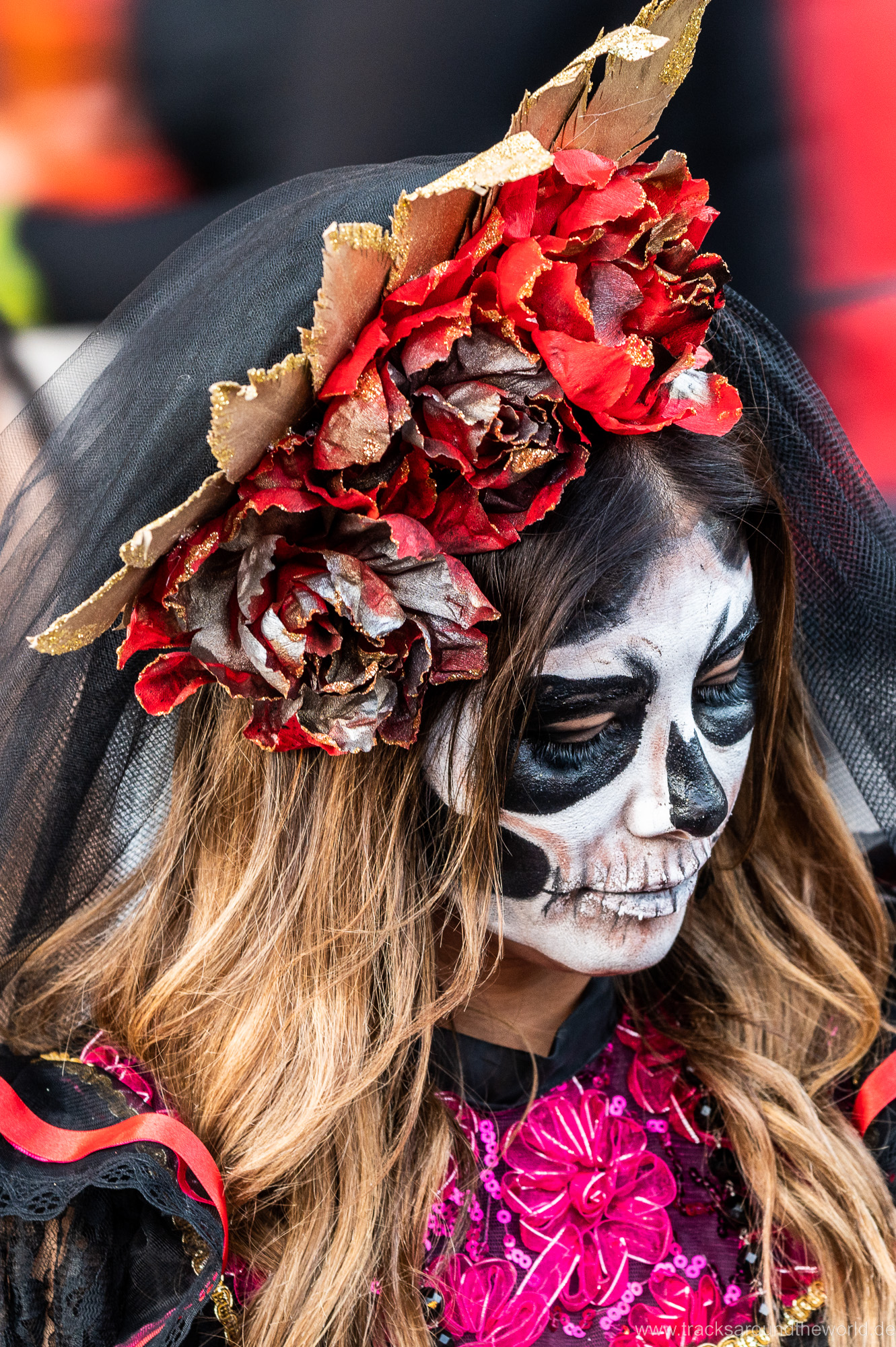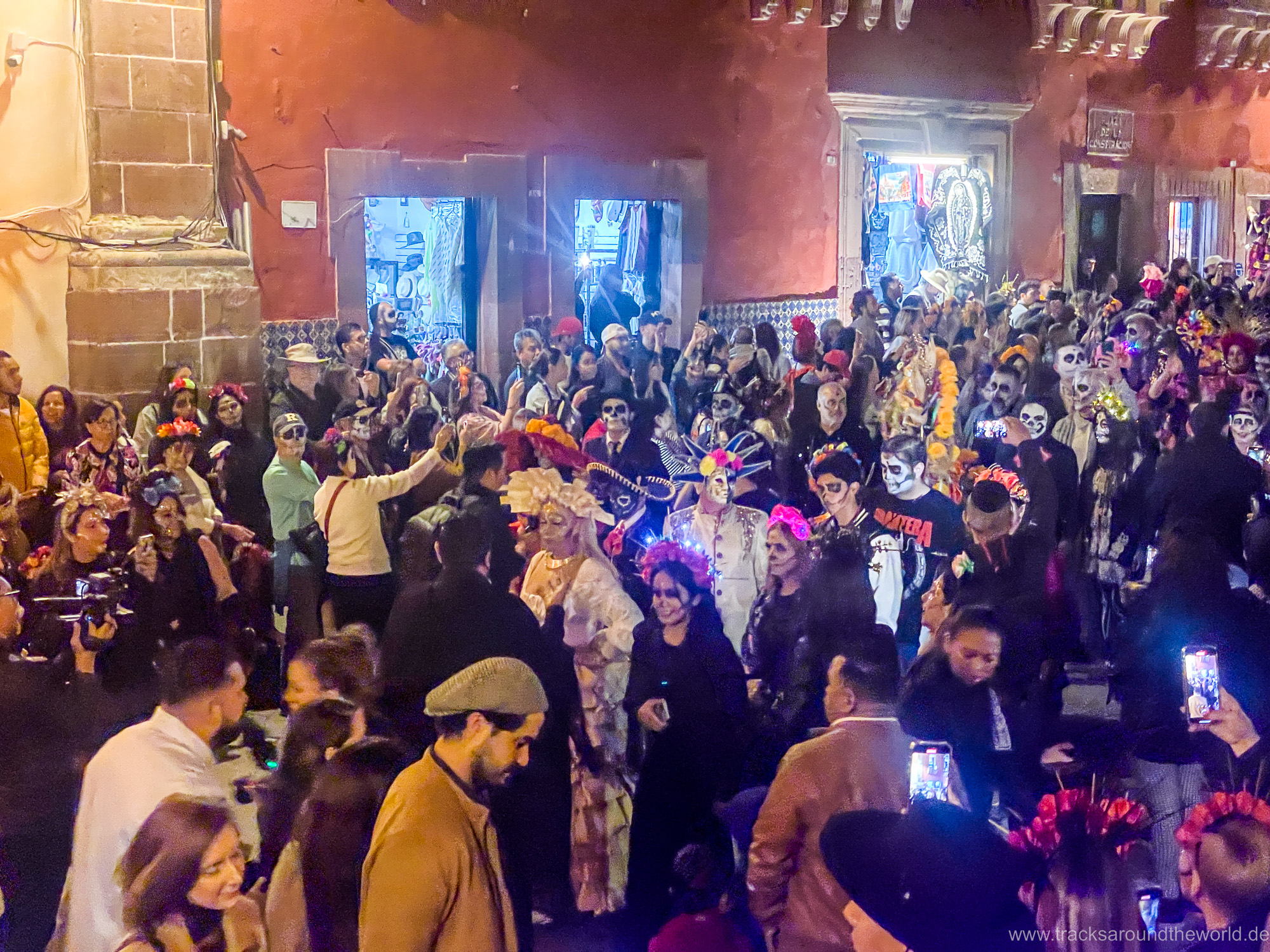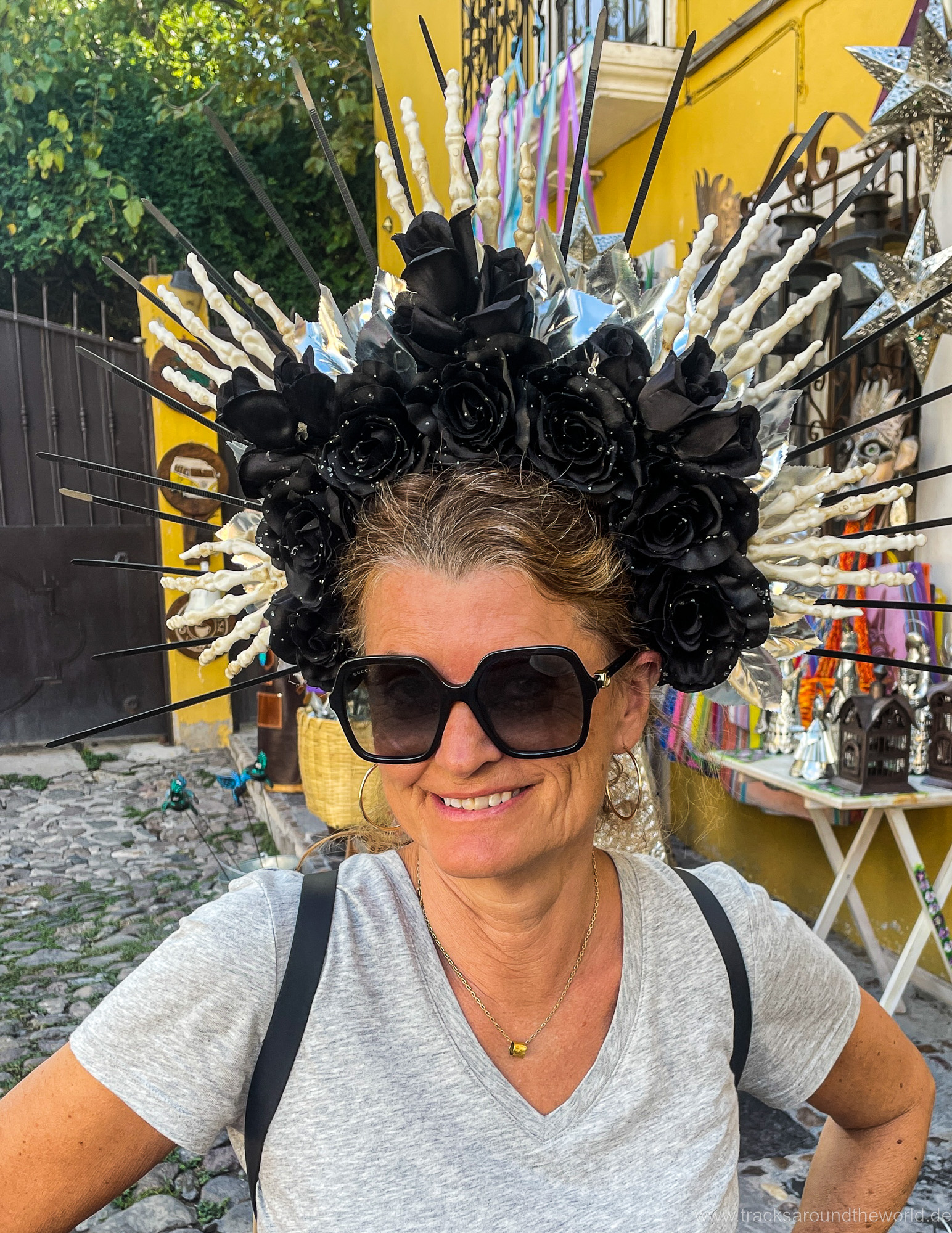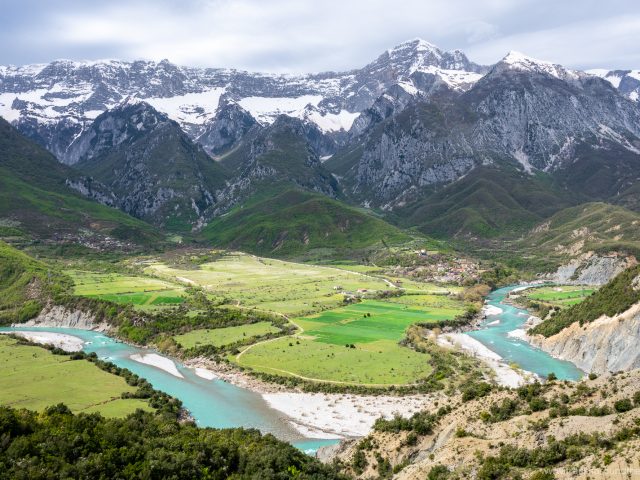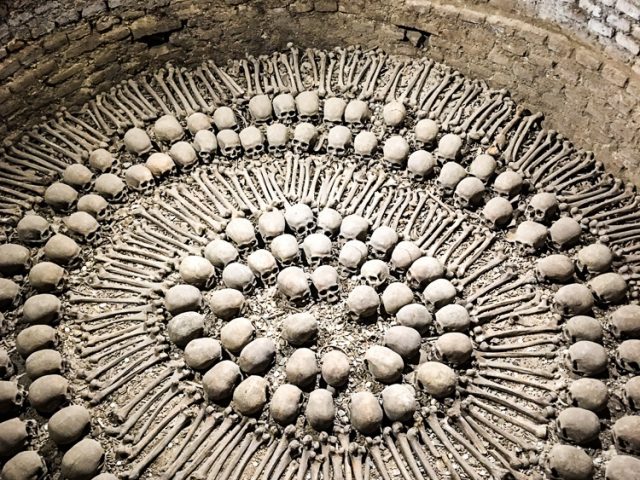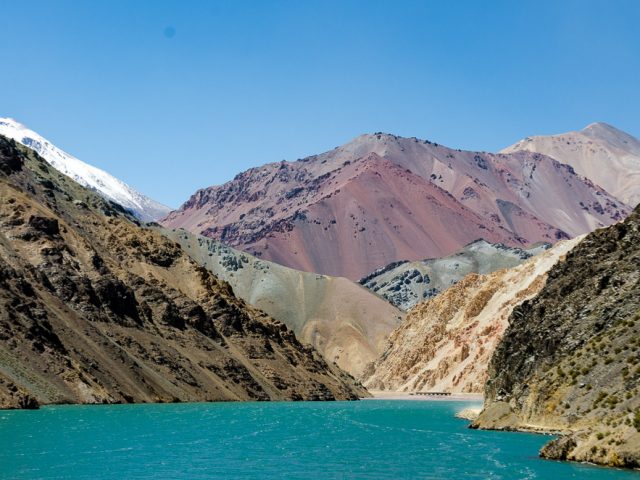Our decision to leave Baja California a few days earlier turned out to be absolutely right: Hurricane Norma is causing severe devastation and ferry traffic to the mainland got interrupted. Luckily, we don’t notice any of this anymore and instead enjoy the cool and dry temperatures of the highlands in mainland Mexico at over 2,000 meters above sea level. Very pleasant when you are no longer soaked in sweat or have the air conditioning running all the time.
In Durango, after three months, Shujaa finally gets a big cleaning again: Unfortunately, all the car washers here are in small backyards where we can’t get in with Shujaa. So, I have to do it myself – as I was used to in North America. We spend a few quiet days among cows and donkeys on the former John Wayne Ranch, which with its various historic buildings still serves as a film set for western films. In the Sierra de Organos we hike in bizarre rock formations… cool temperatures increase the activity level immensely!
The further we drive south in the highlands, the more we get into the former colonial center of Mexico and the cities become correspondingly more magnificent. The former silver city of Zacatecas, located on a mountain ridge, is beautiful, Aguascalientes and San Louis de Potosi are also interesting, and we have a lot of fun looking at beautiful, old and a bit morbid buildings combined with culture… after almost 10 months in North America this is something new again!
In order to explore a completely different region again, we decide to take a detour from the colonial highlands to the water-rich Sierra de Gorda, which is already on the edge of the Gulf of Mexico lowland. We quickly realize where all this water comes from: it rains almost non-stop during the three days… a new hurricane is approaching that is causing heavy rainfall here on the foothills. In Tamasopo we are impressed not only by the very touristy waterfalls, but above all by the “Puente de los Dios” located a little further upstream: beautiful, natural pools with waterfalls and caves where you have to jump into and climb back out again using a robber’s ladder. The rain from above no longer bothers us! The track to the Tamul waterfalls takes us on small roads through deep tropical vegetation: banana trees, papaya plants and very poor houses show us a picture that we would actually have expected much further south in Central America. Unfortunately, the Tamul waterfall currently has no water – despite all the rain that is currently coming down – and we are canceling the planned tour with our kayak Flipper due to bad weather. The enchanted and strongly spiritual garden “Las Pozas” of the British millionaire and eccentric Sir Edward James compensates for the poor weather and the long, winding and strenuous drives through the mountains of the Sierra de Gorda. Fog, low-hanging branches and lots of potholes combined with permanent speed bumps (so-called “topes”) make driving a bit difficult.
Almost back in the highlands, we are rather disappointed by the “Grutas de Tolantongo”, which are highly praised – also by many other overlanders. Although the location in a deep canyon is very beautiful and the tunnel and waterfall are impressive, the artificially created water basins and, above all, the infrastructure designed for Mexican domestic tourism are not “our thing”. It is not even weekend yet and we have to make our way to the sights through densely packed tent cities, snack stands on every corner and loud Mexican music. But everyone to its own “gusto”. We enjoy much more the peace and quietness of our parking space on the edge of the canyon not far away.
You can’t always be in the right place at the right time on a trip around the world: e.g. it was a real pity that we were traveling on the Baja California outside the whale season. But now we are “spot on” for the multi-day festivities surrounding the “Dias de los Muertos” in the heartland of the southern colonial highlands. In the very picturesque town of Bernal we get a first taste of what awaits us in the next few days: flower decorations as far as the eye can see, lovingly decorated altars with photos and favorite foods of the loved ones who have passed away and artistically masked people in “dead look”.
The Dias de los Muertos (Days of the Dead) are days of remembrance for the dead, similar to our All Saints Day or Halloween and yet very different. It is said that loved ones come back from the afterlife for a day to celebrate their reunion with music, dancing and good food. On the first day the children are remembered, on the second day the adults. The bright yellow flowers (student flowers) are supposed to show the dead people the way. We think it’s wonderful that these days are celebrated and not have a sad connotation. The days are celebrated in a life-affirming explosion of color. They originally come from pre-Hispanic cultures such as the Aztecs, which are now mixed with Christian rites. The altars play a central role in this, welcoming the dead and providing everything necessary (food, water, pictures as a reminder, incense for cleansing, etc.). The figure “La Catrina” is a central representation. The cartoonist José Guadalupe Posada only invented the character at the beginning of the 20th century, which was intended to sarcastically represent the Mexican upper class, “… in the end, no matter how beautifully you dress, we will all die.”
After a visit to the city of Santiago de Queretaro, which is also worth seeing, we set up our main camp during these fascinating but also – because of the many people – very tiring days in the well-known picture-book city of San Miguel de Allende, where we also briefly meet our travel friends Tabea and Werner again. The city has perfectly preserved colonial buildings, the exposed location on a mountainside offers great views and the high number of North Americans (gringos) who have settled here ensures nice shops, restaurants and boutique hotels… Each one more beautiful than the other – also because the Mexicans, with their sense of subtlety, also know how to decorate. It’s a feast for the eyes. Exploring the winding streets and courtyards is extremely varied and even after three days we are still discovering new corners. Day by day the people are becoming more numerous… the celebrations around the days of commemoration are without a doubt the highlight of the year here… and in the evening we fall completely exhausted into Shujaa’s bed, which we have parked well in a central but quiet parking lot.
A short detour for a day to the neighboring colonial town of Guanajuato is another highlight: completely different to San Miguel… more morbid, more run-down and less spruced up, more authentic and much, much more chaotic. We actually wanted to attend the evening processions here, but we are so exhausted from sightseeing that we have to take a day’s break at a quiet lake before we end the last day of the Dias in San Miguel de Allende.


